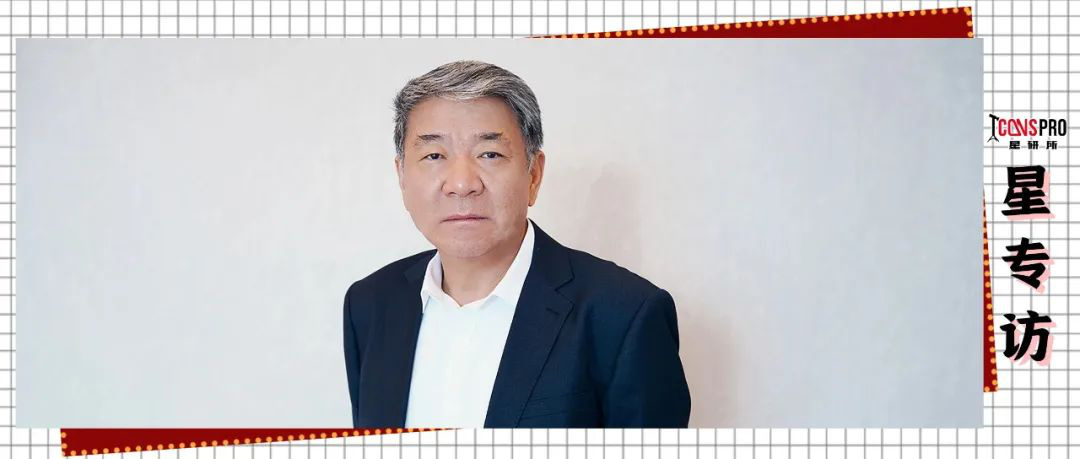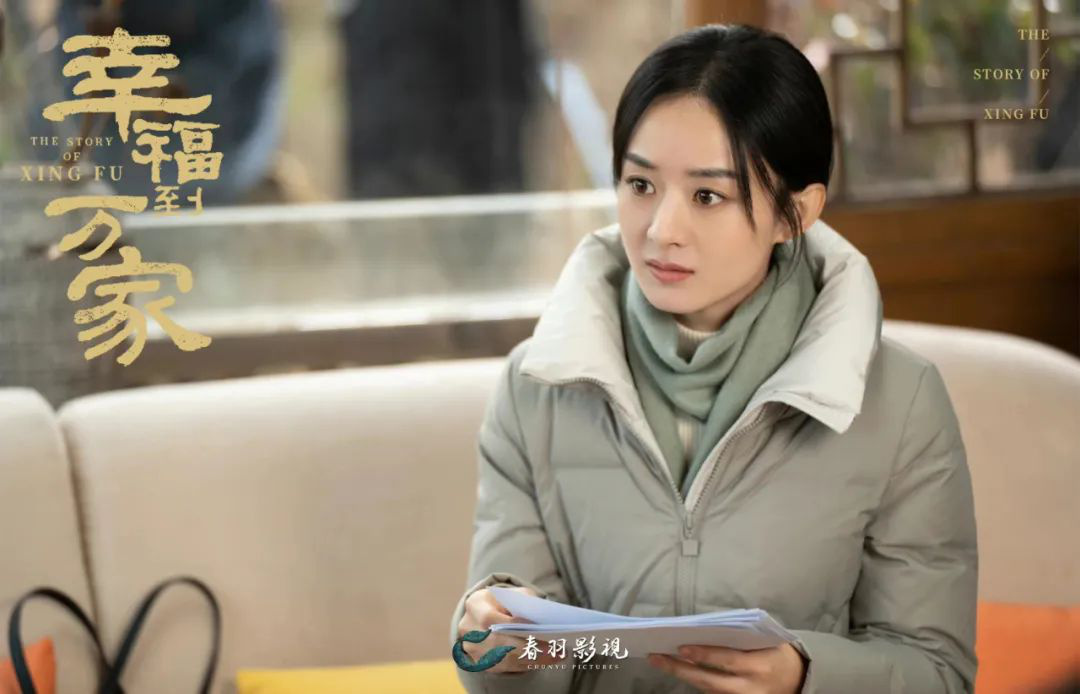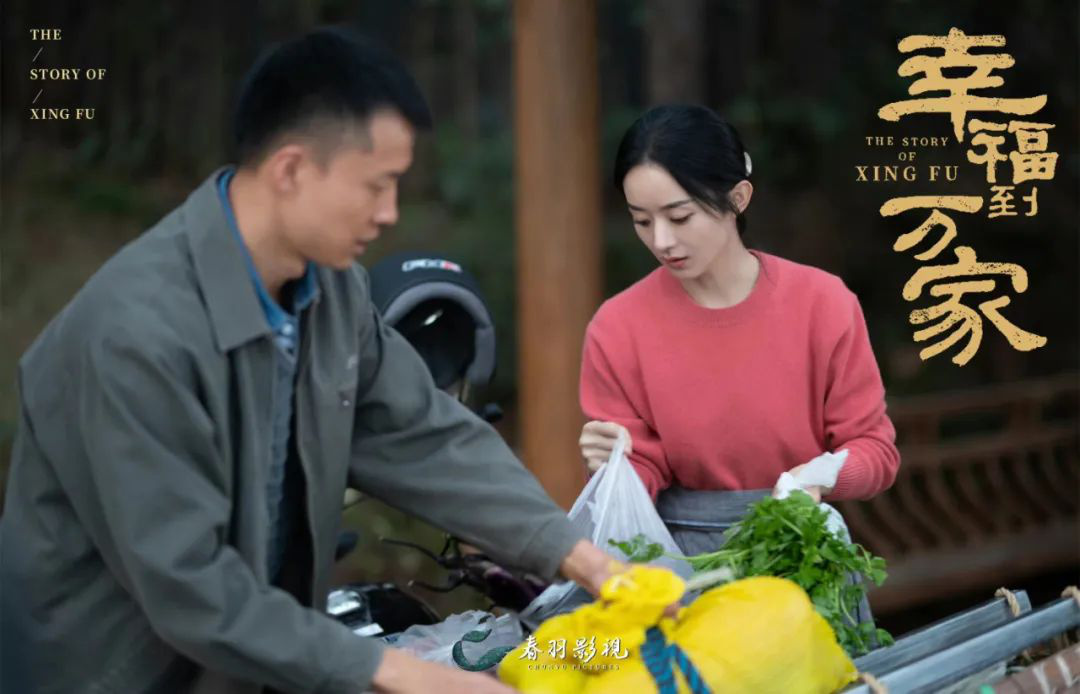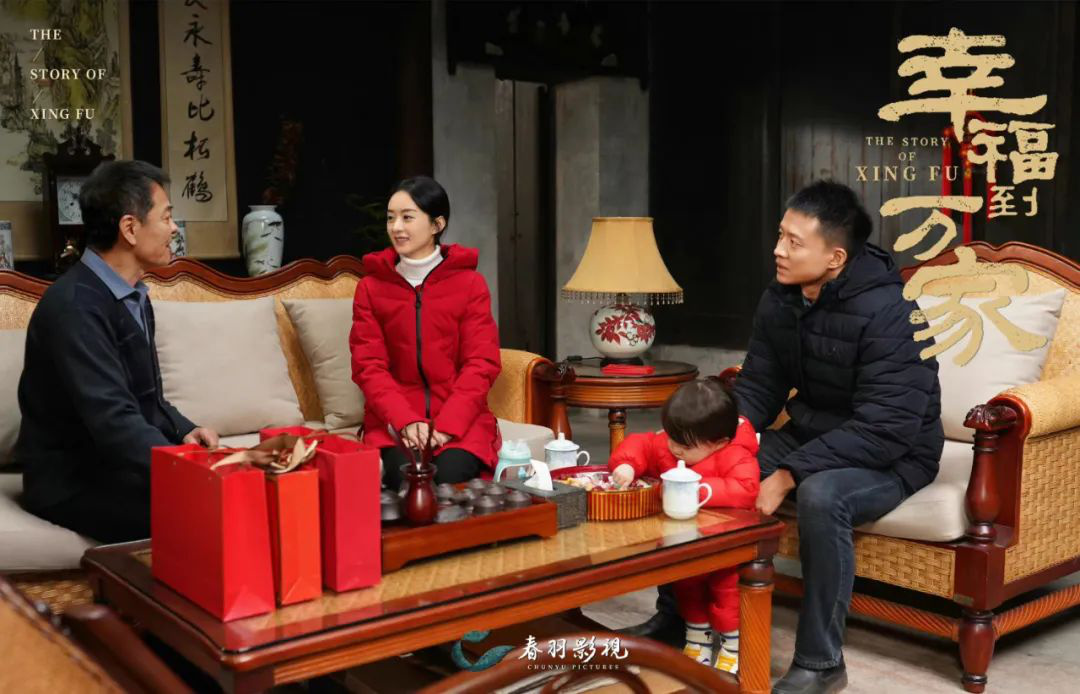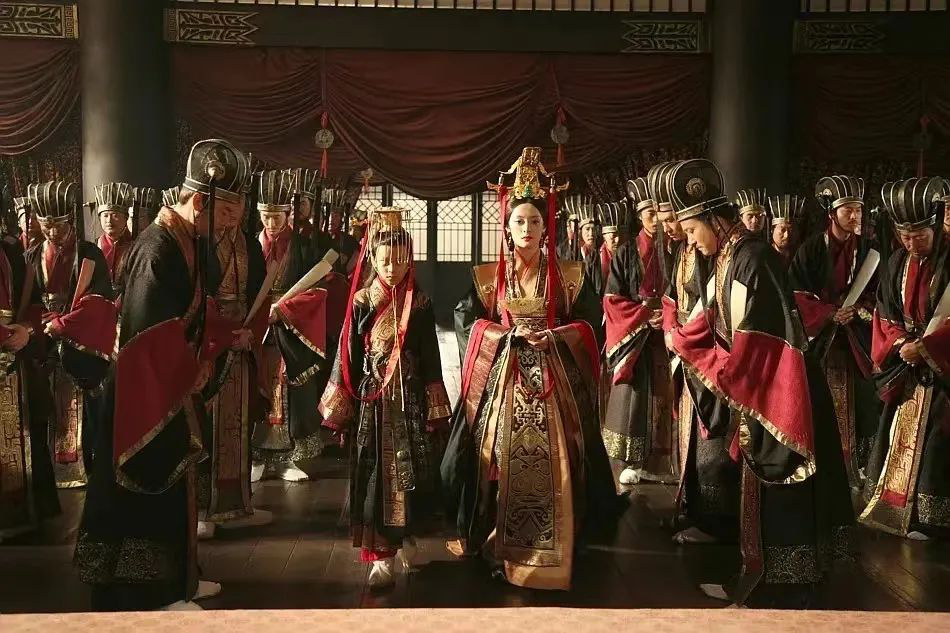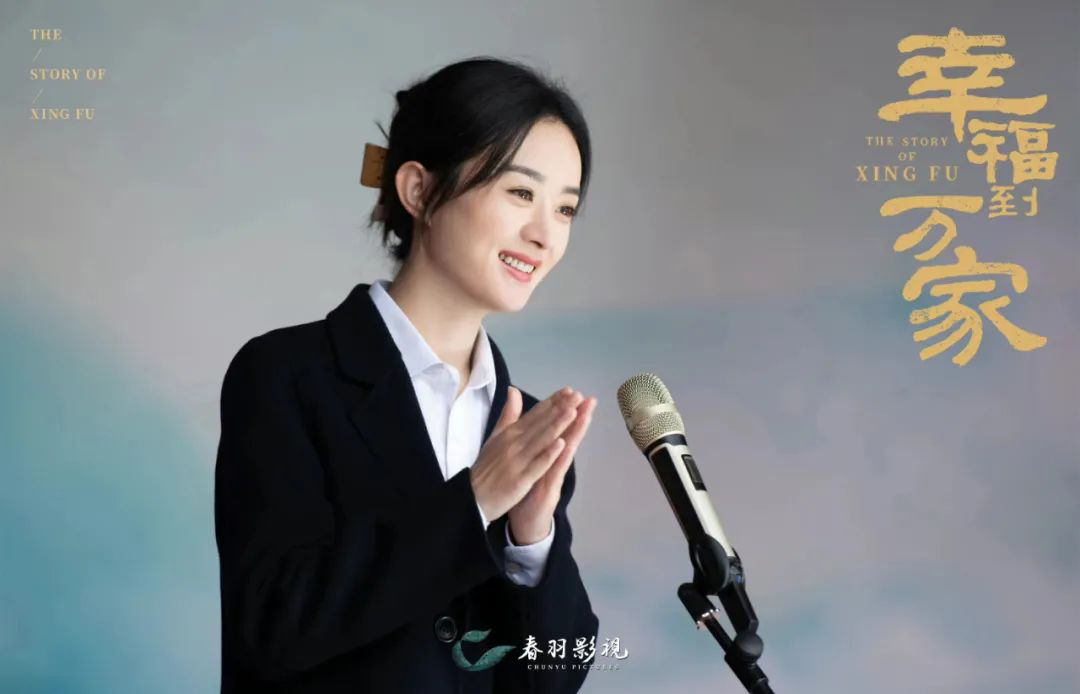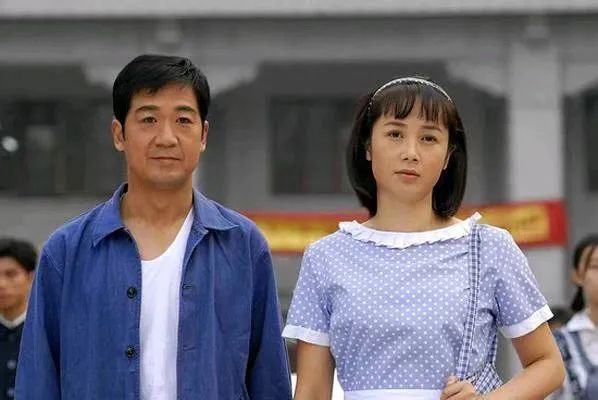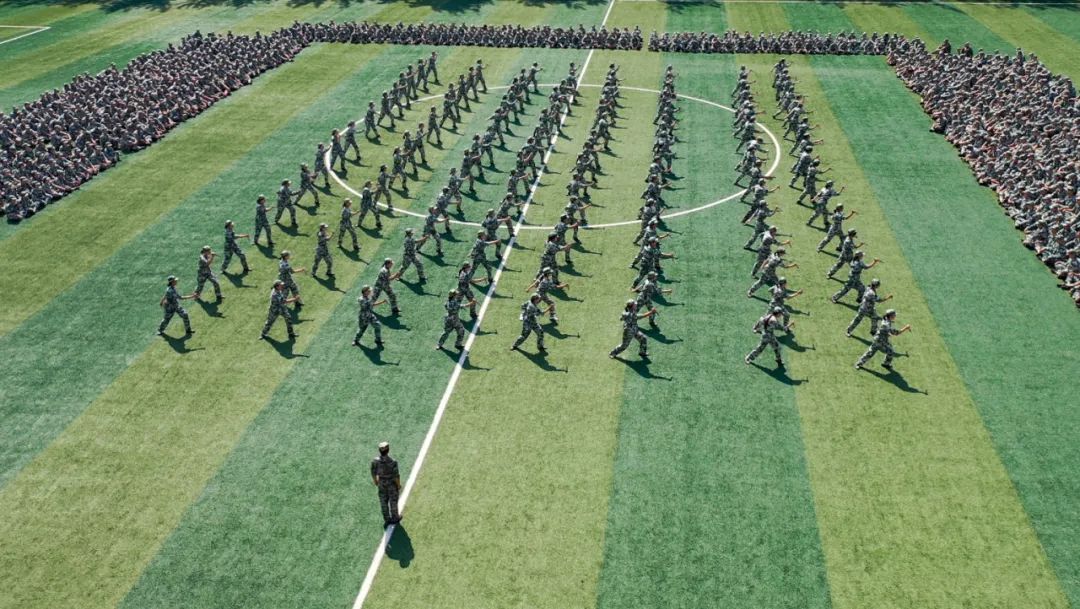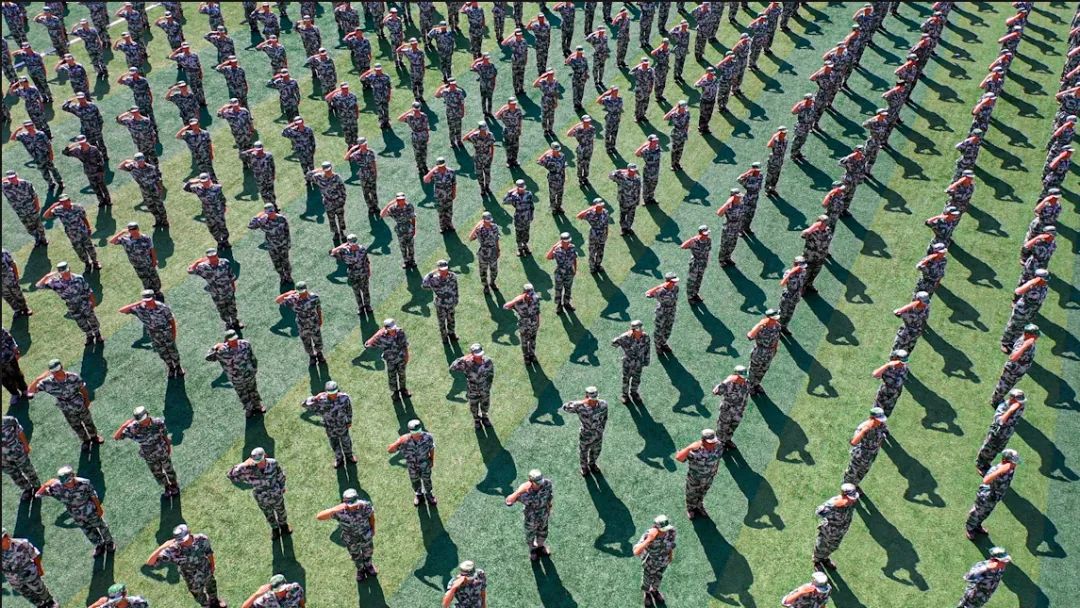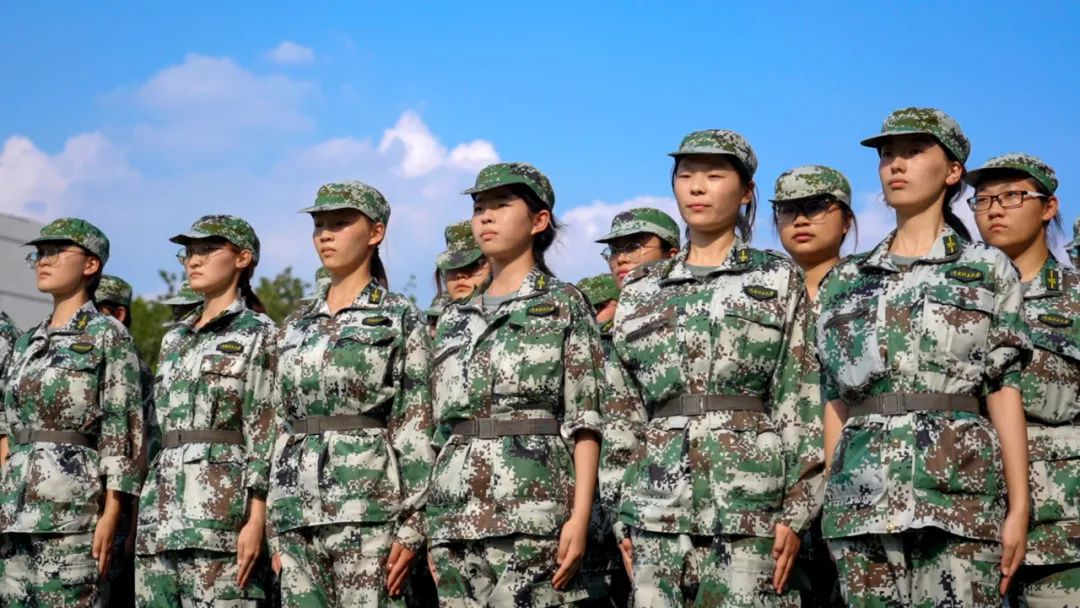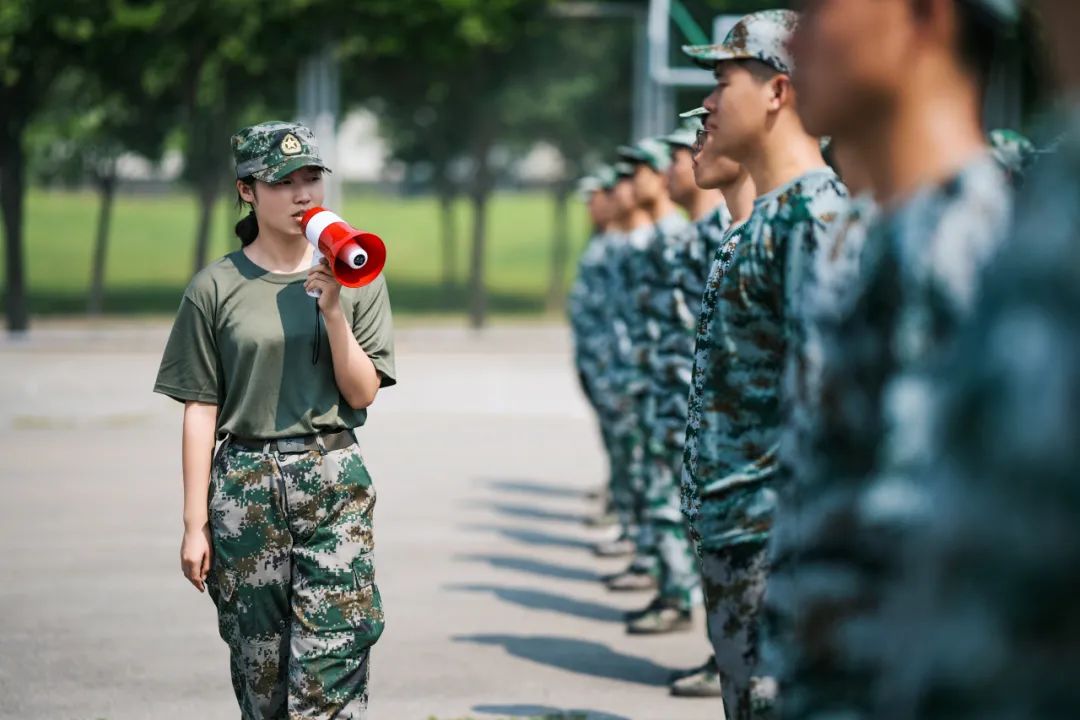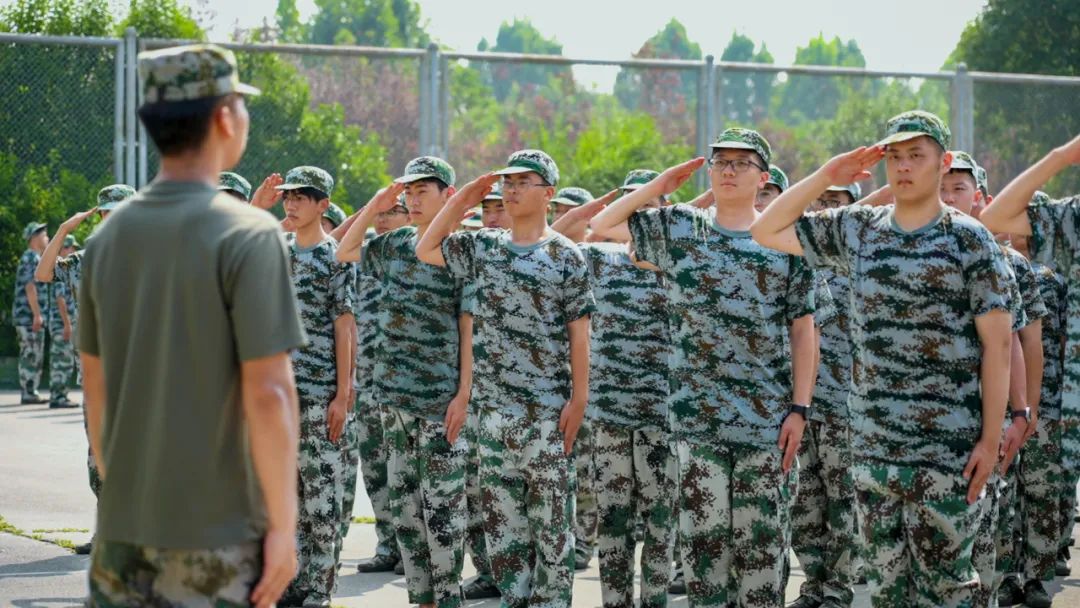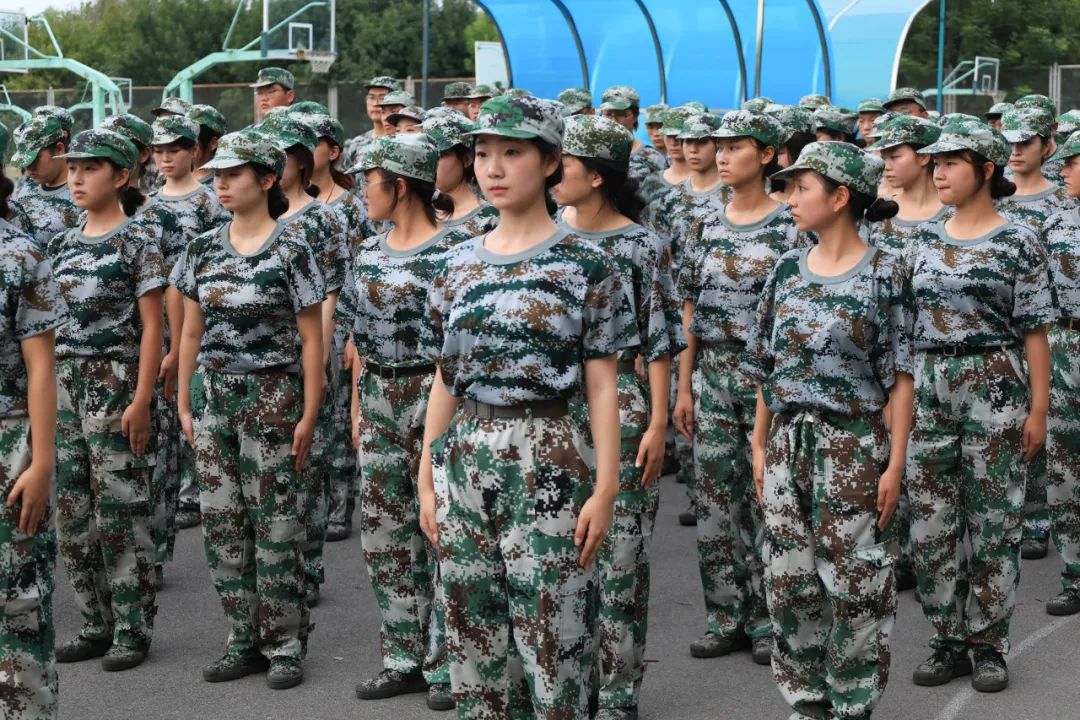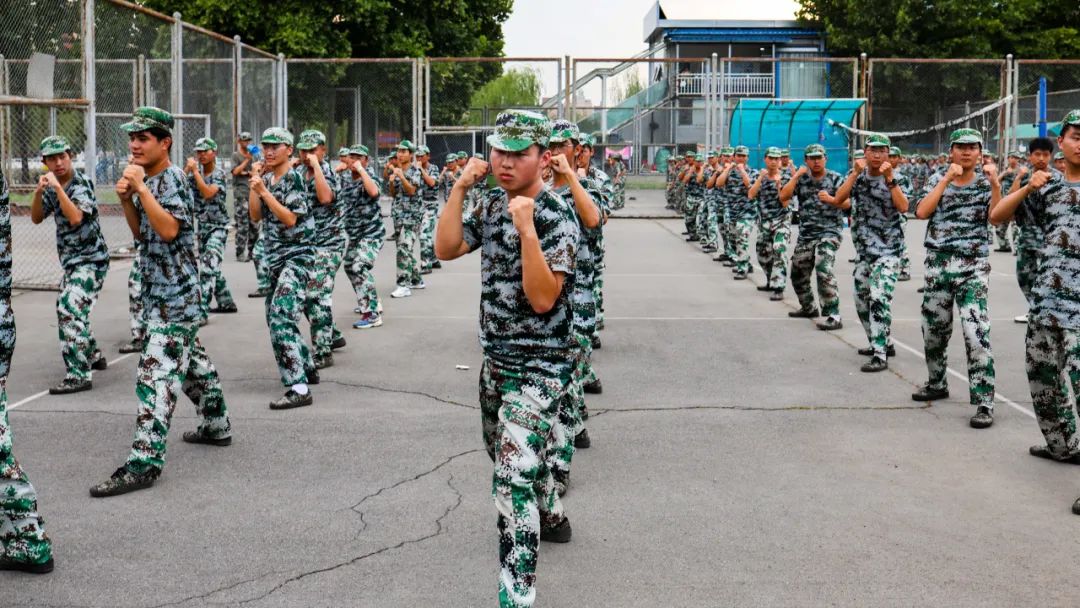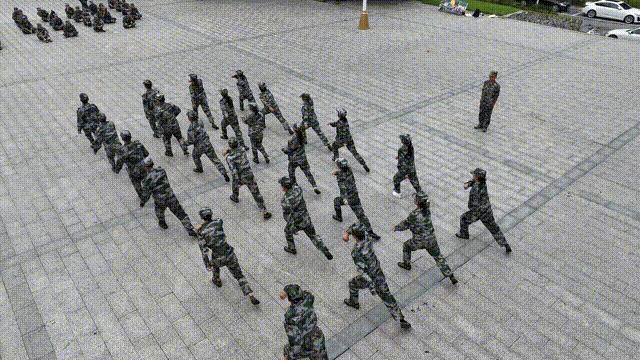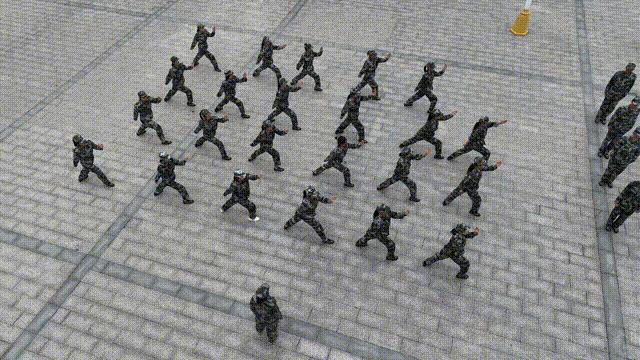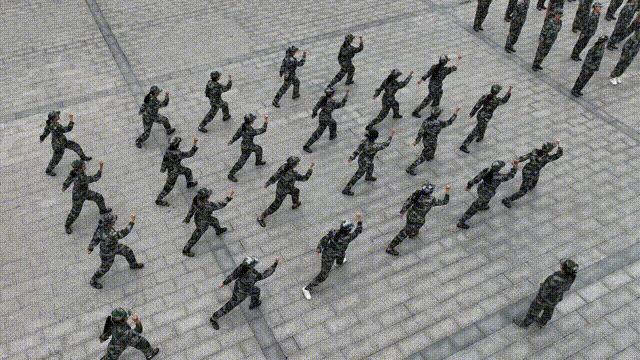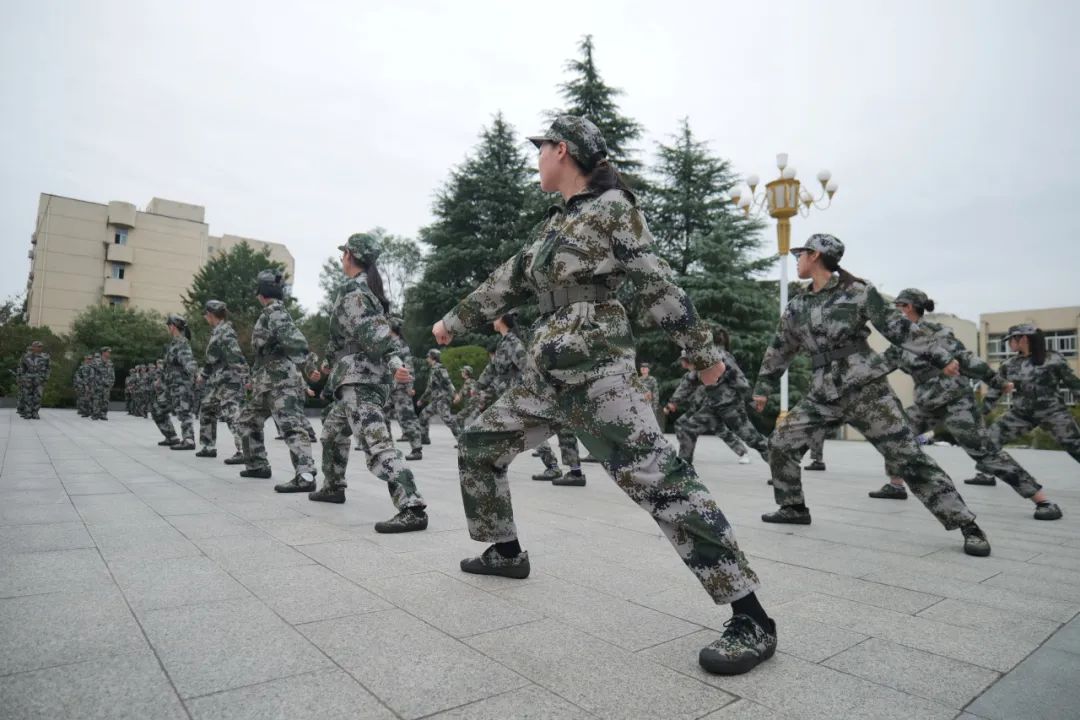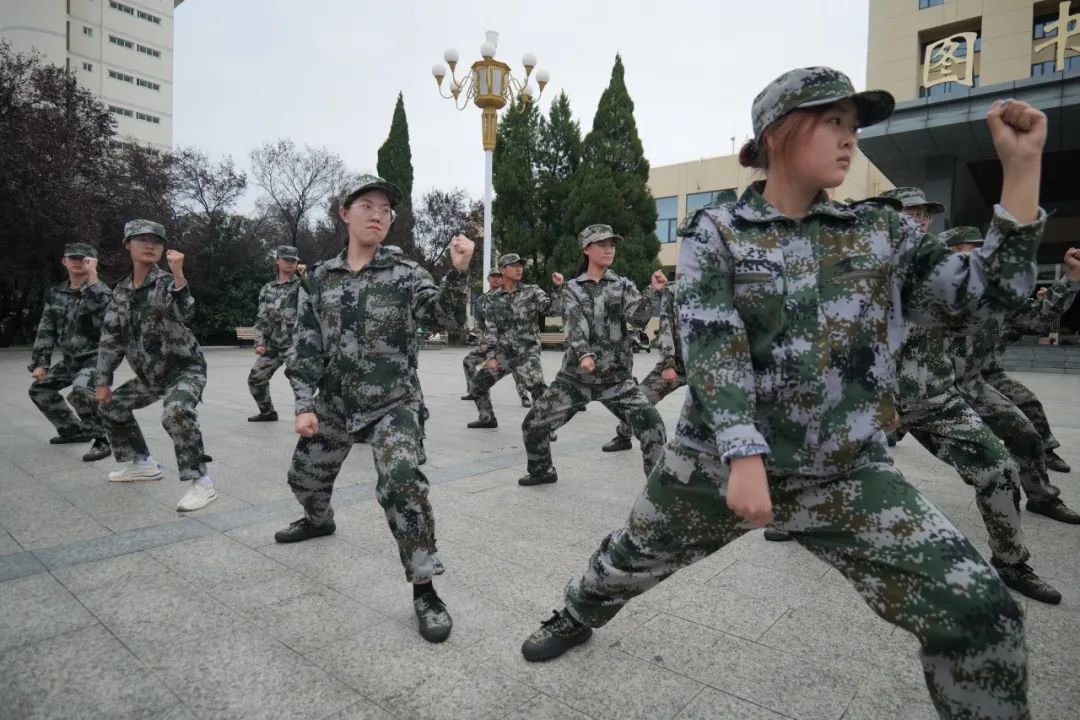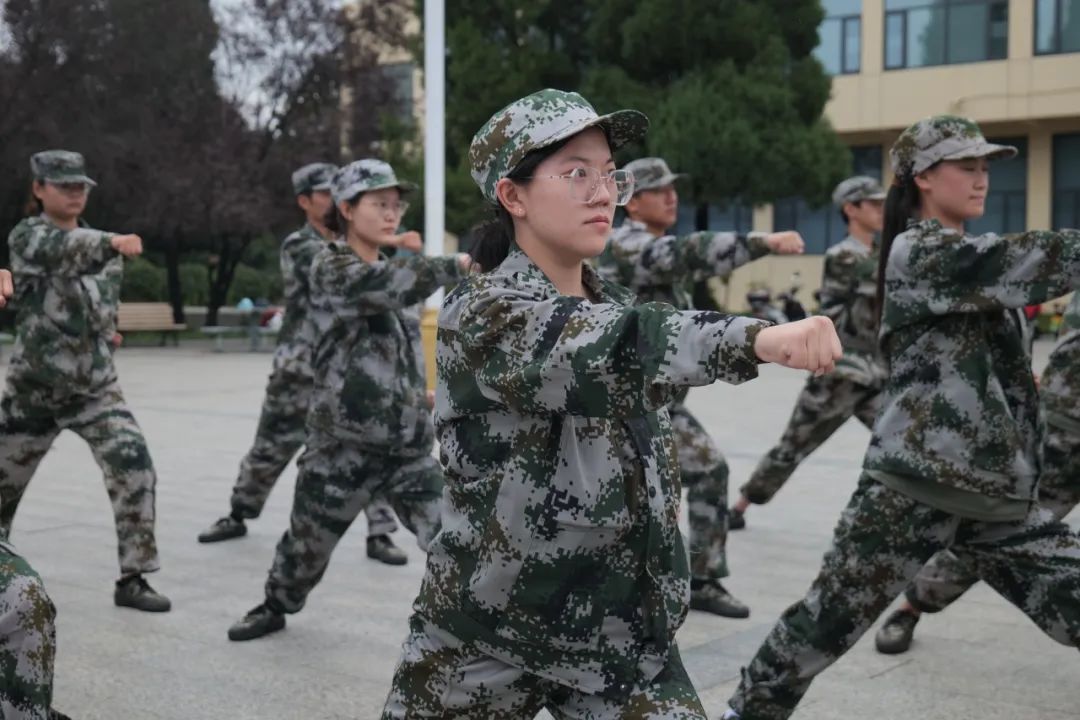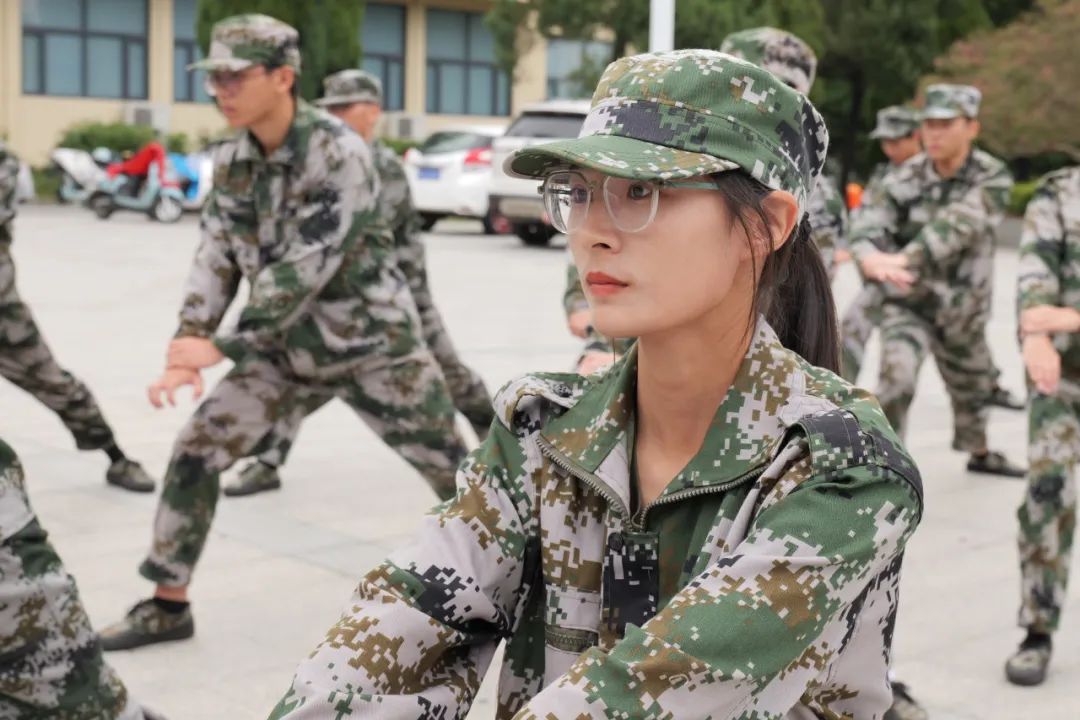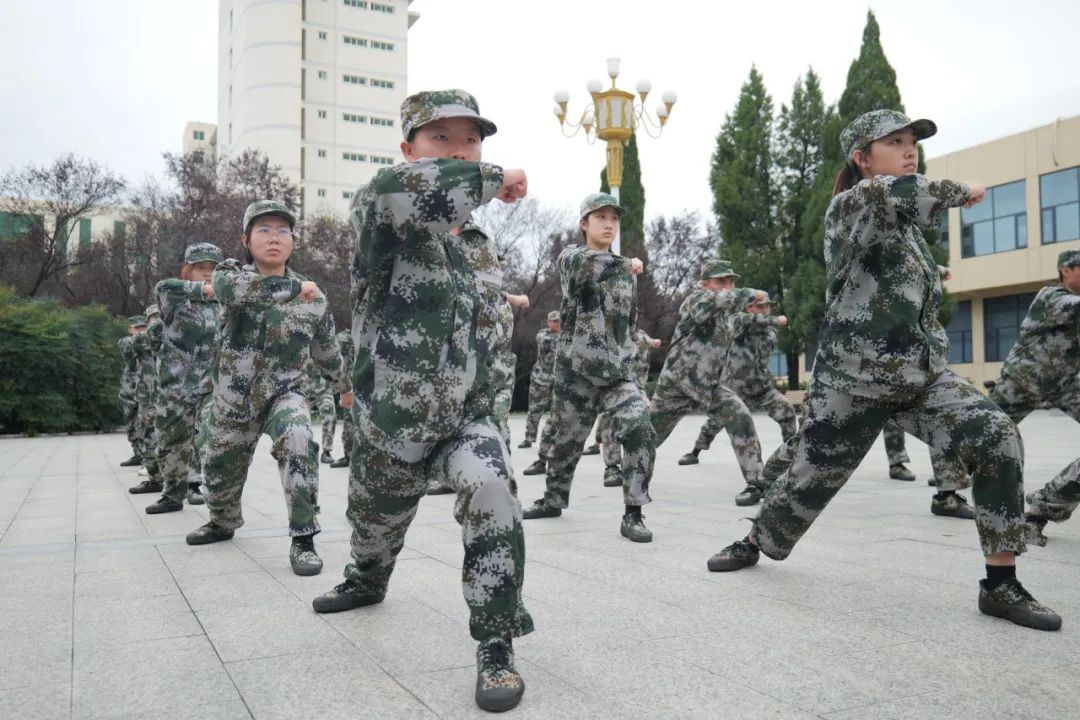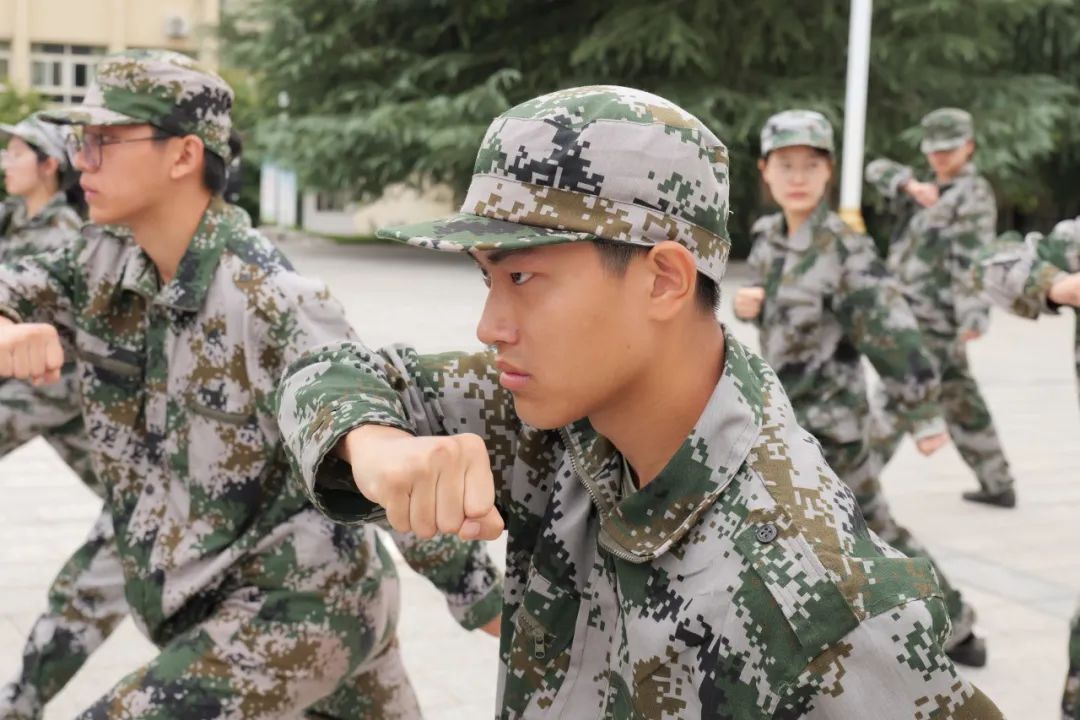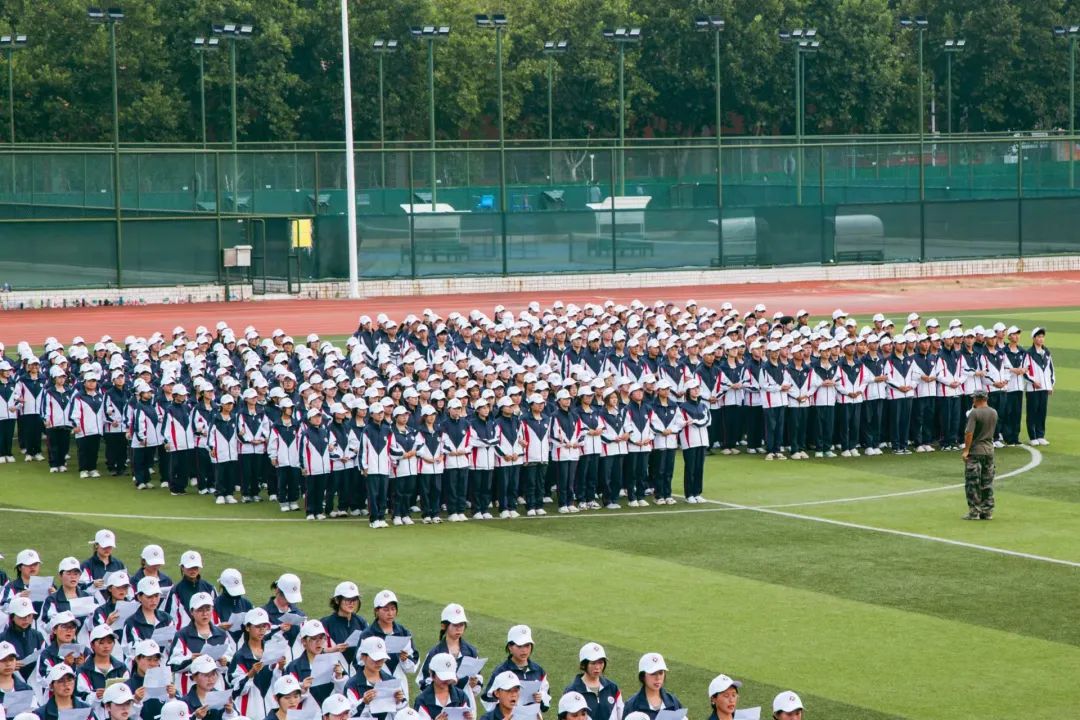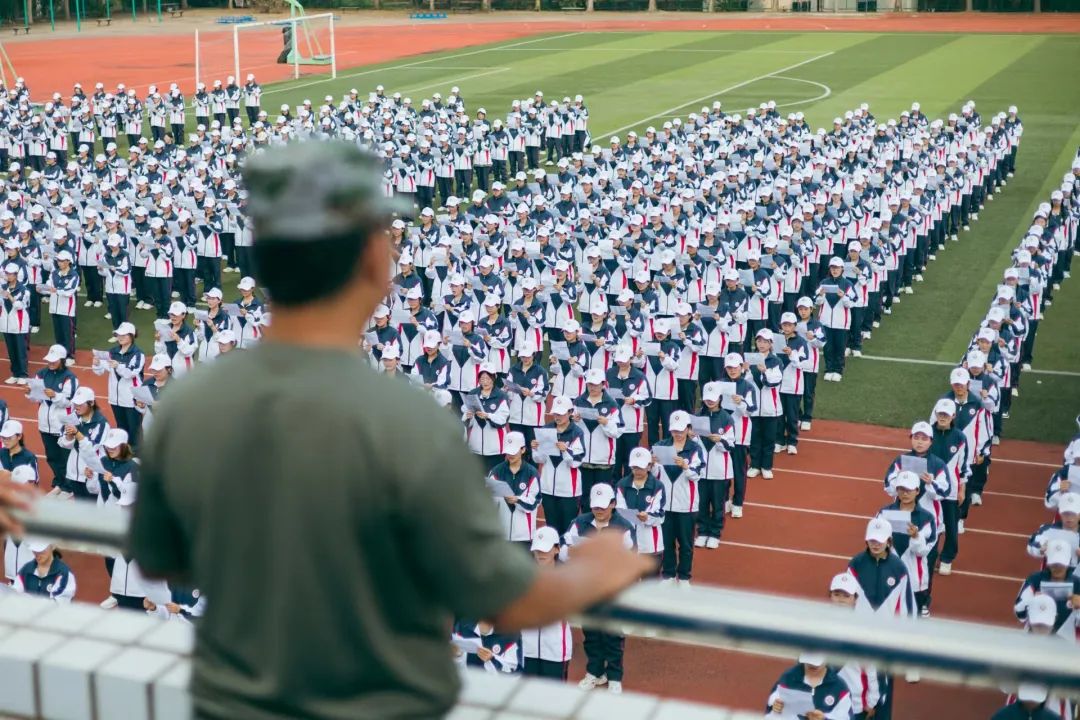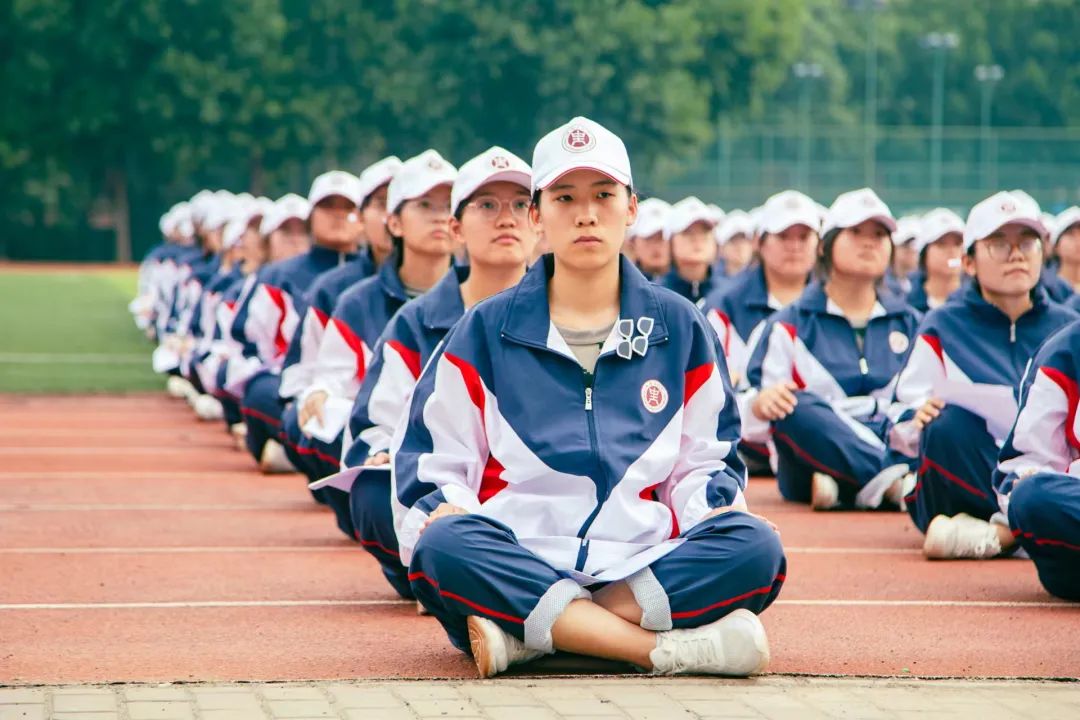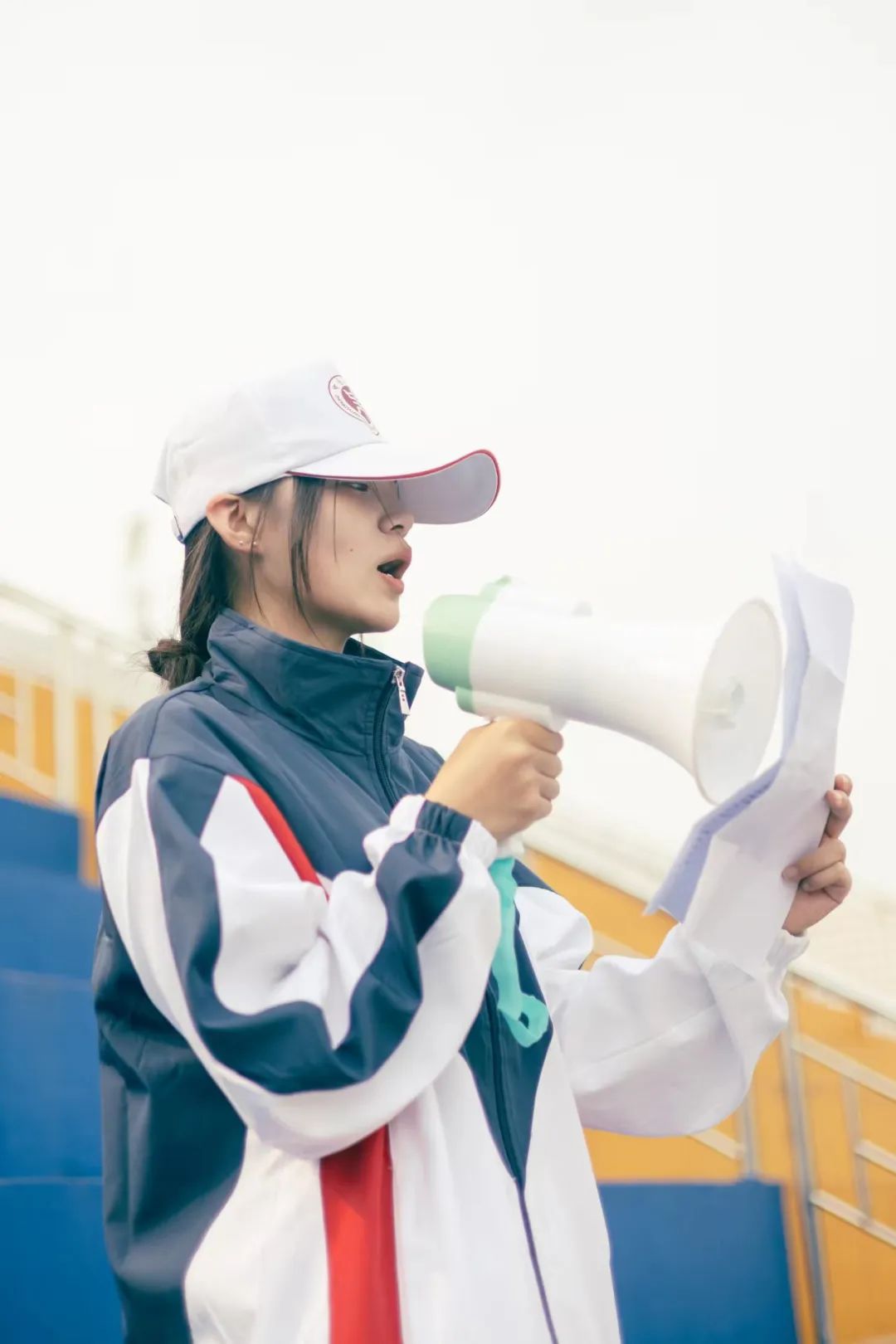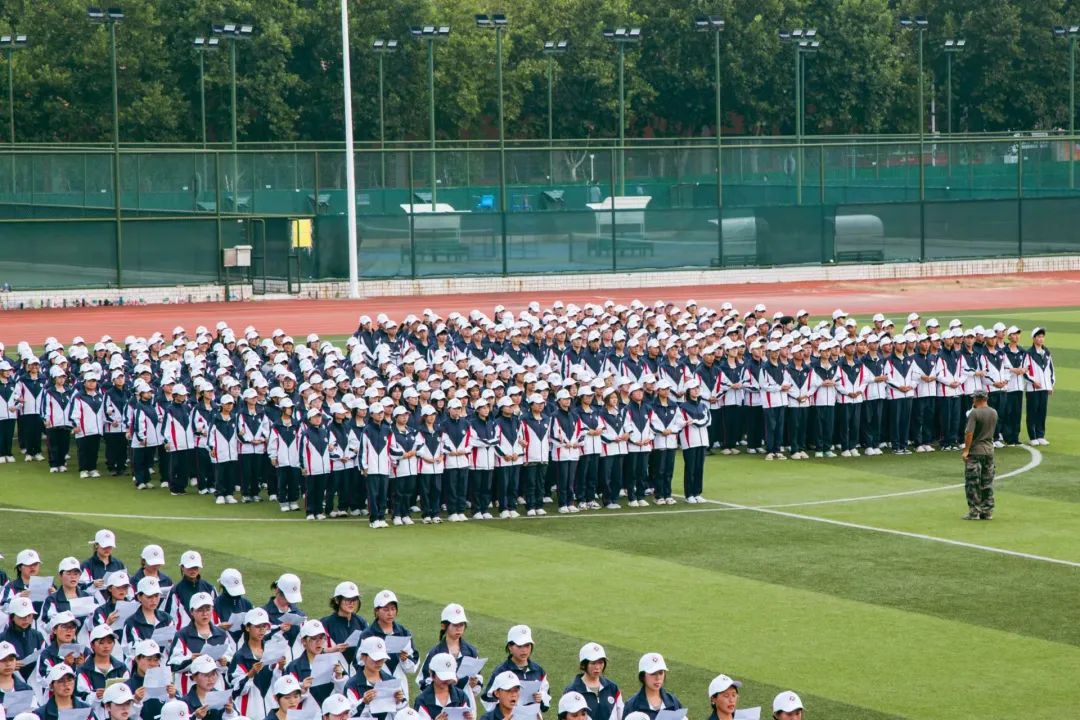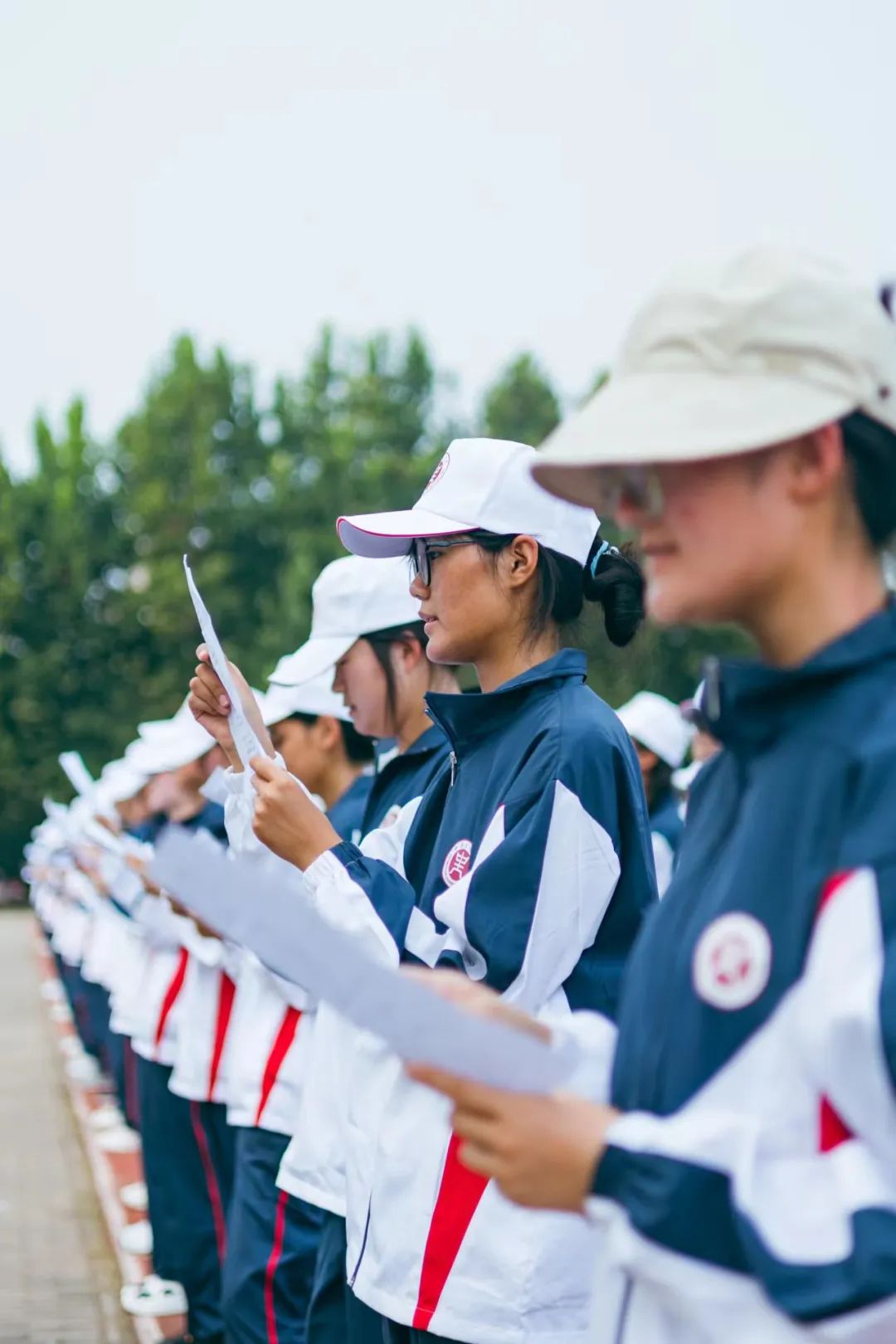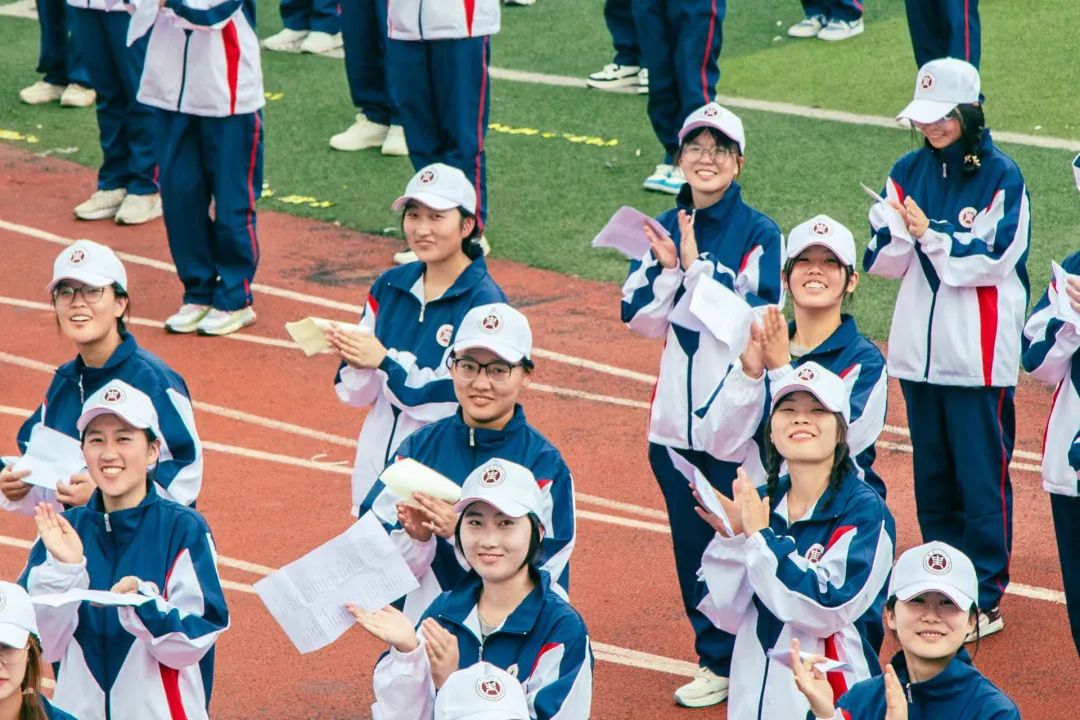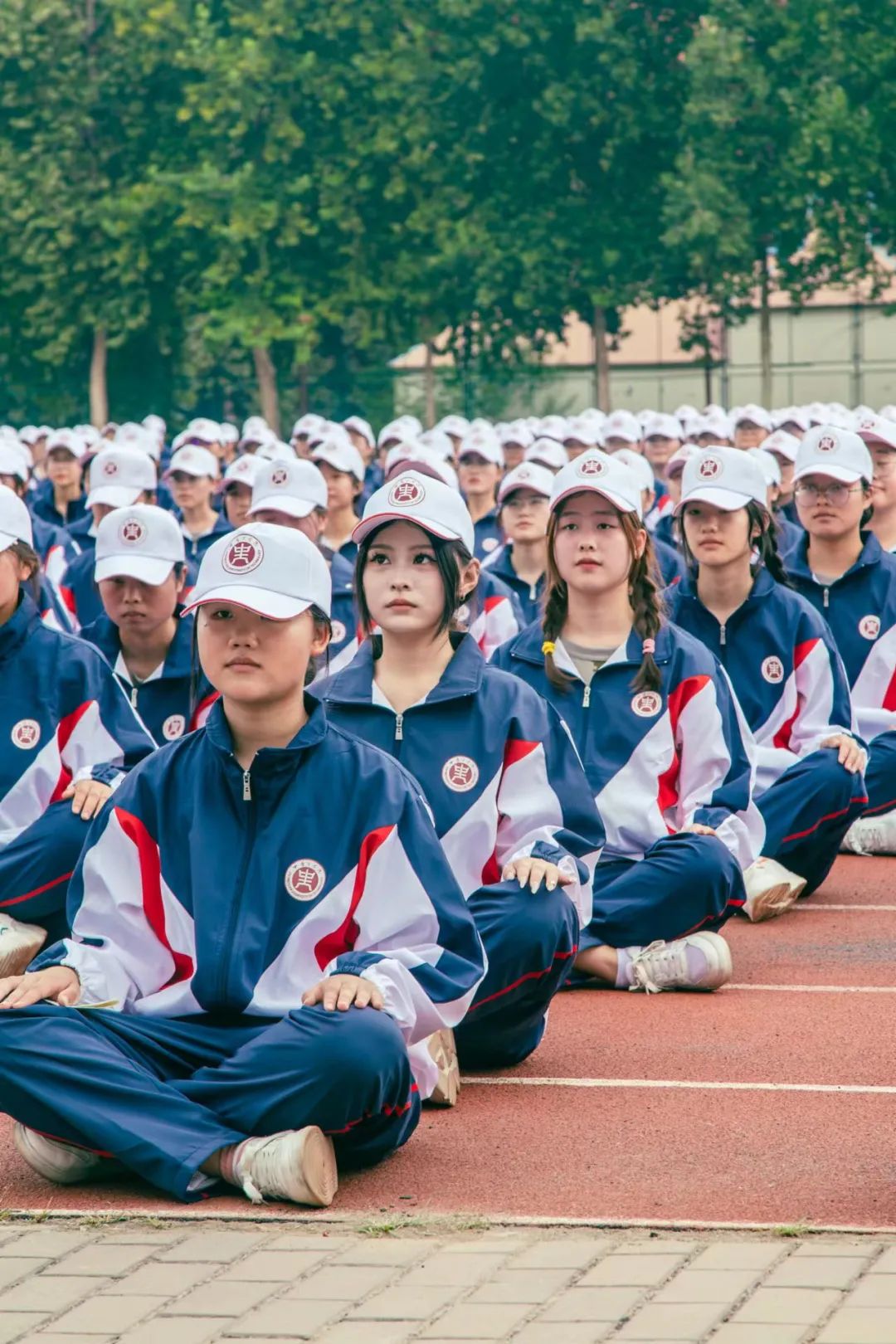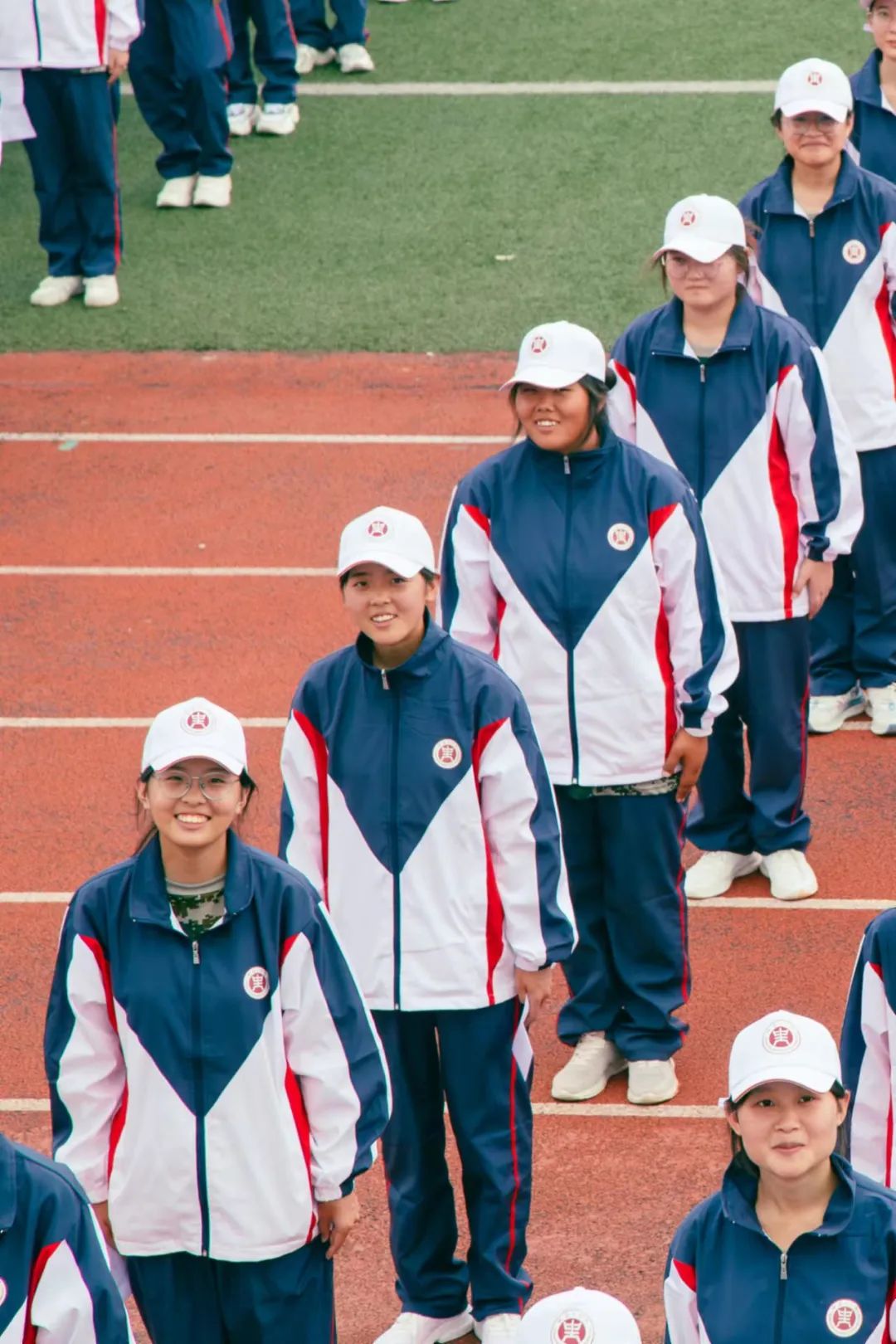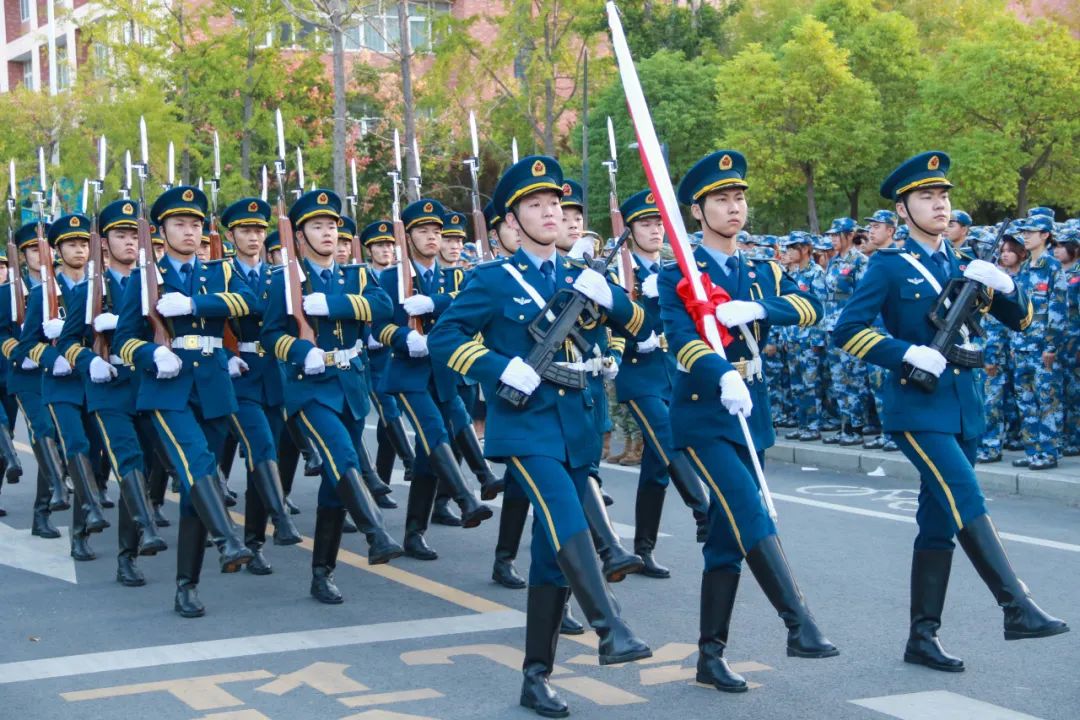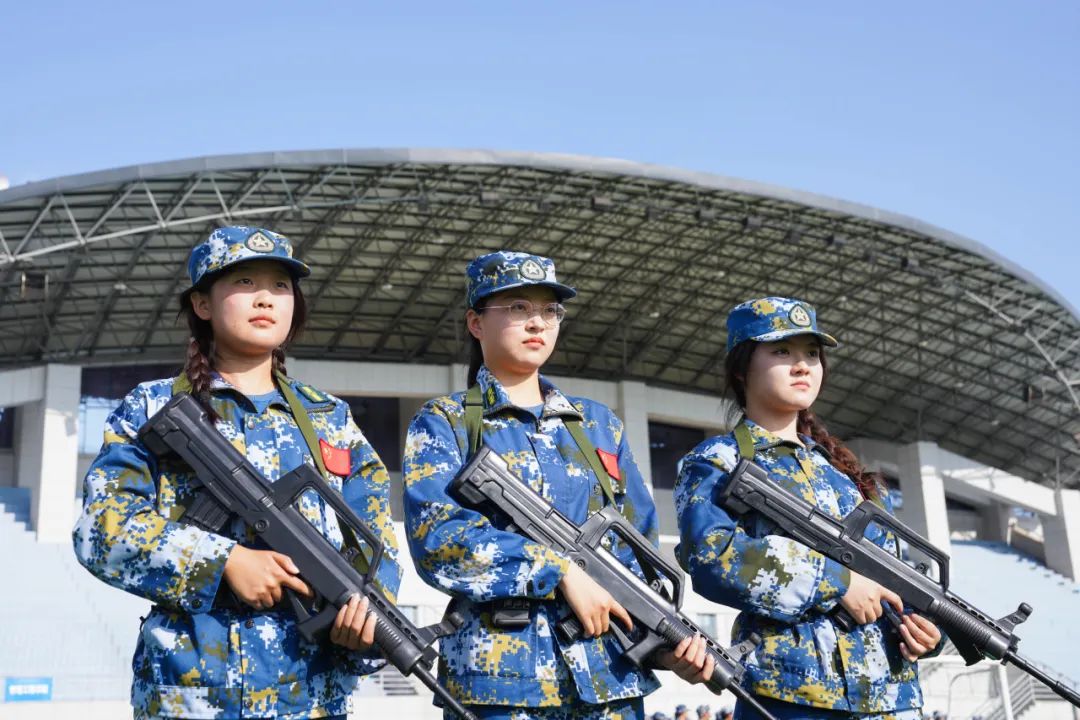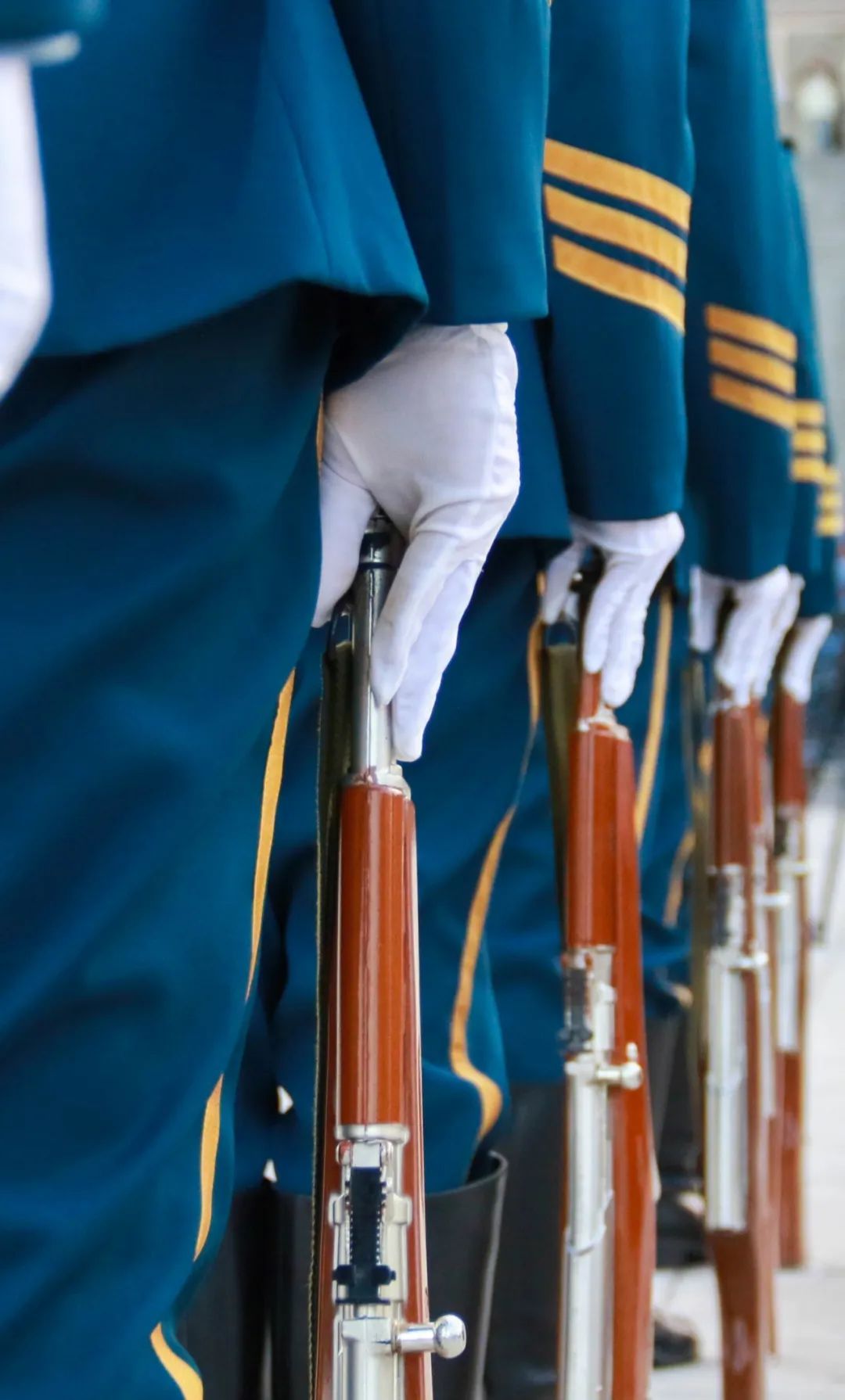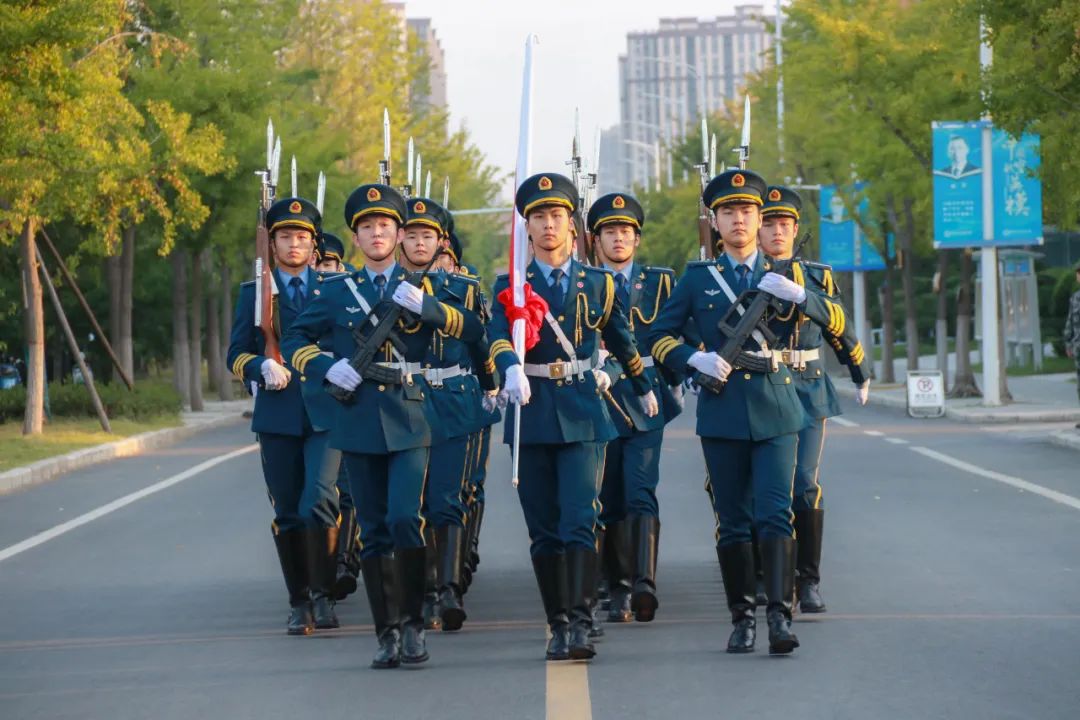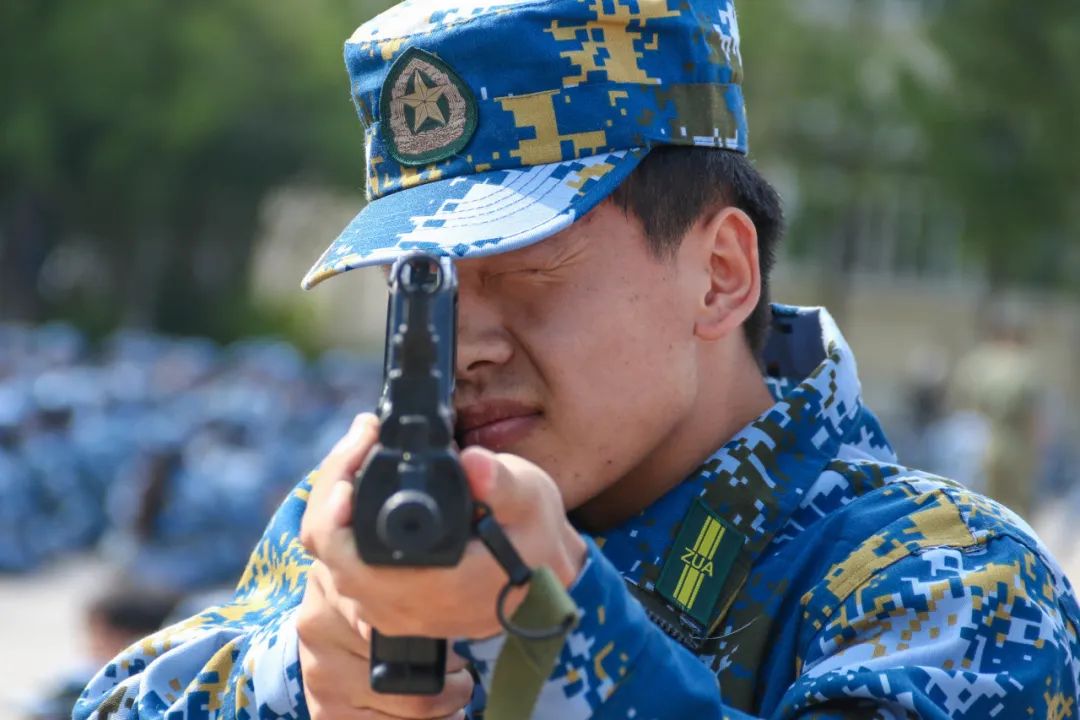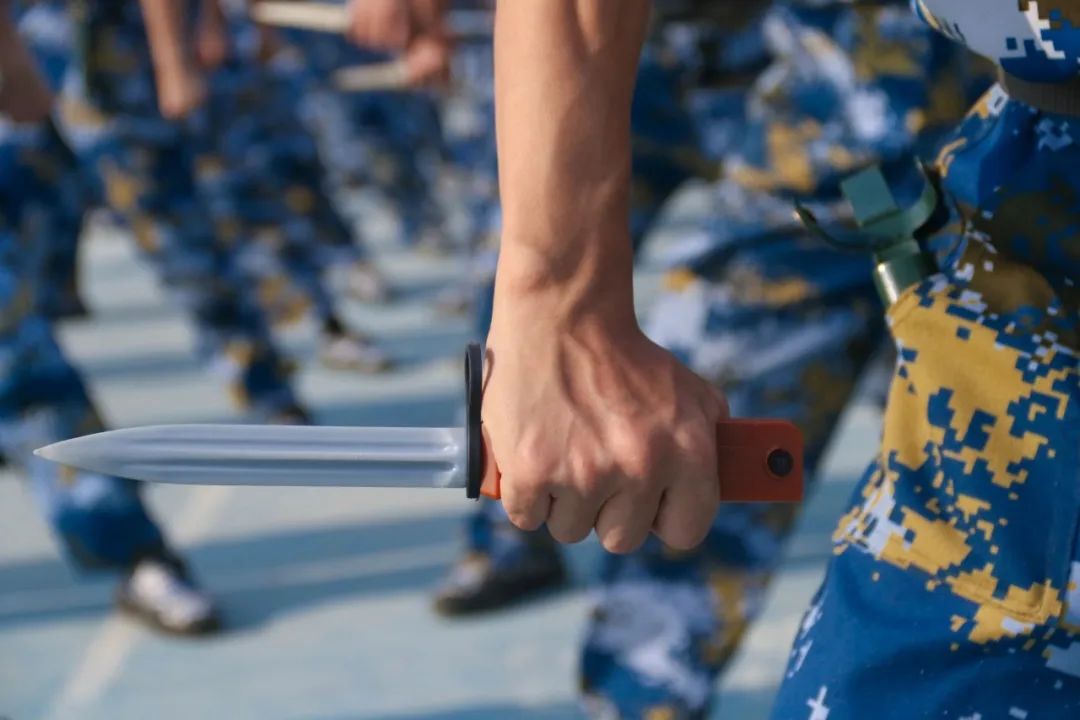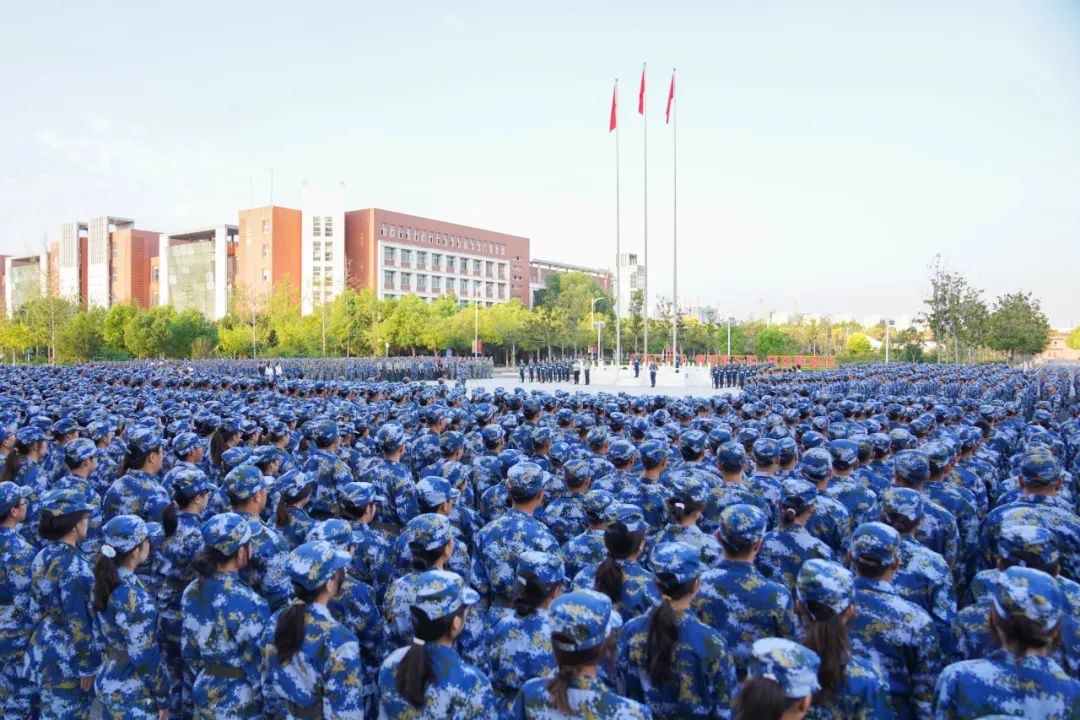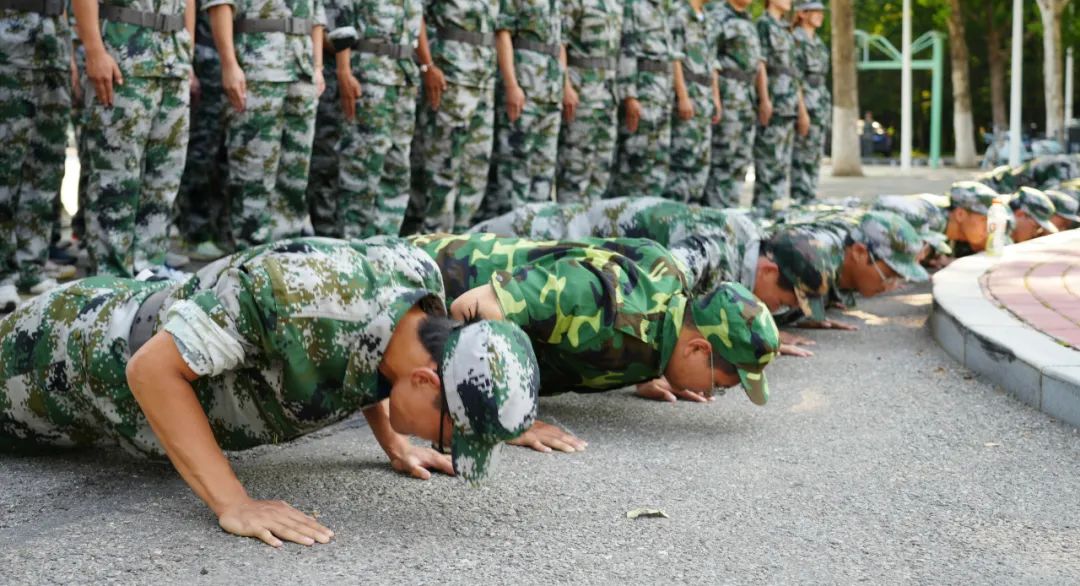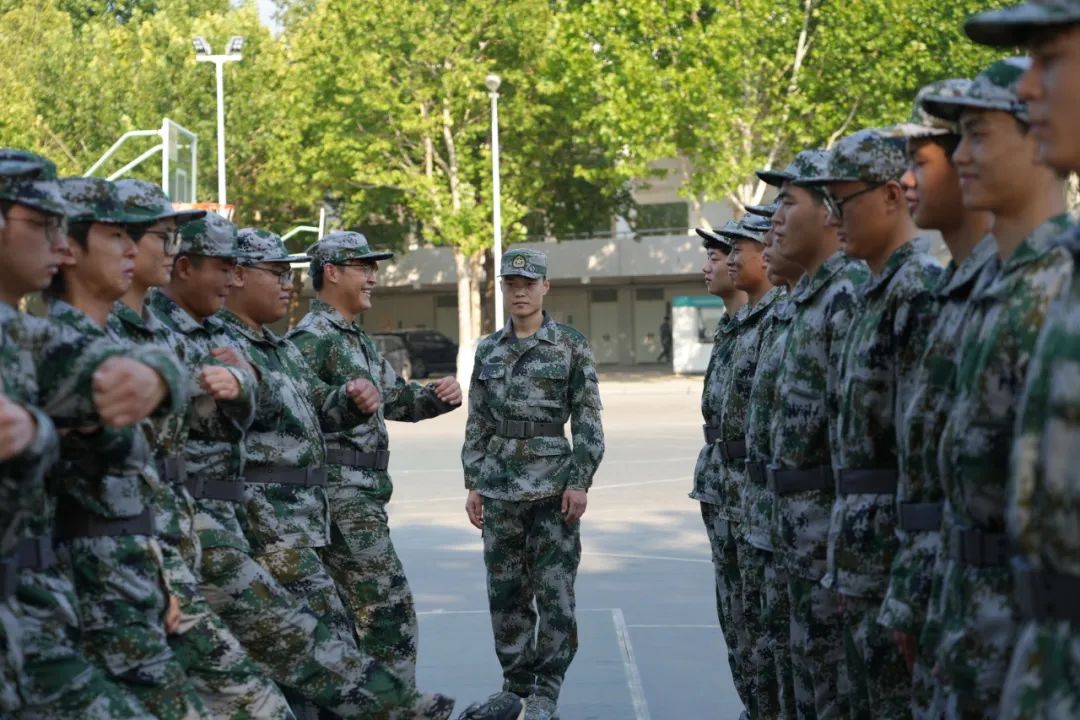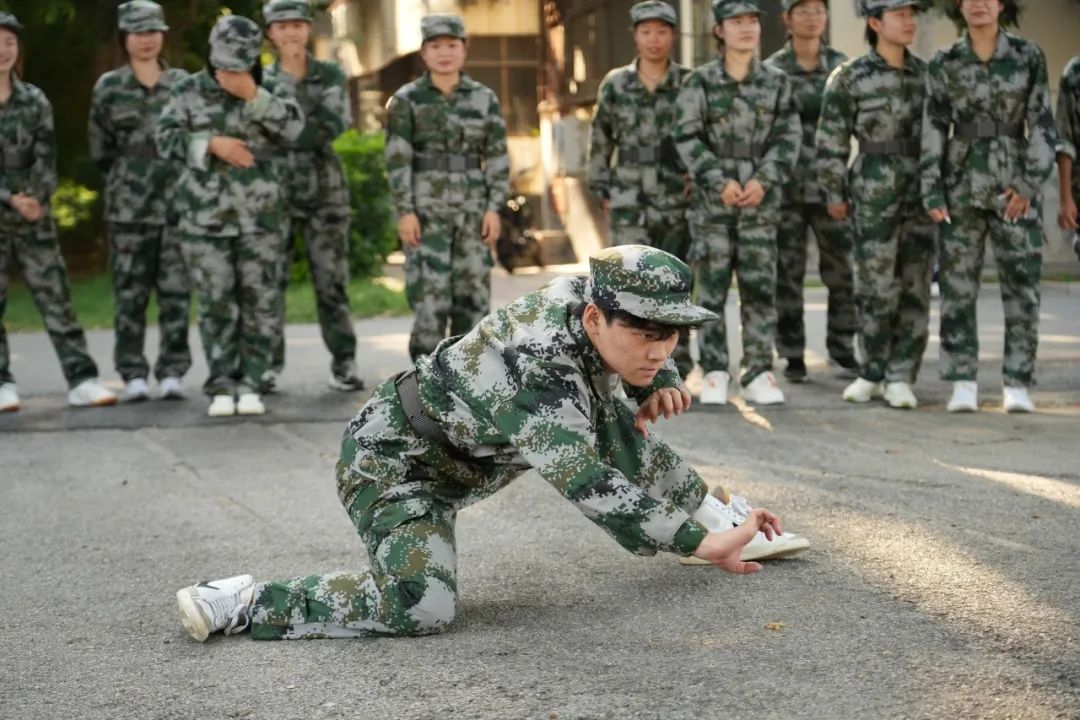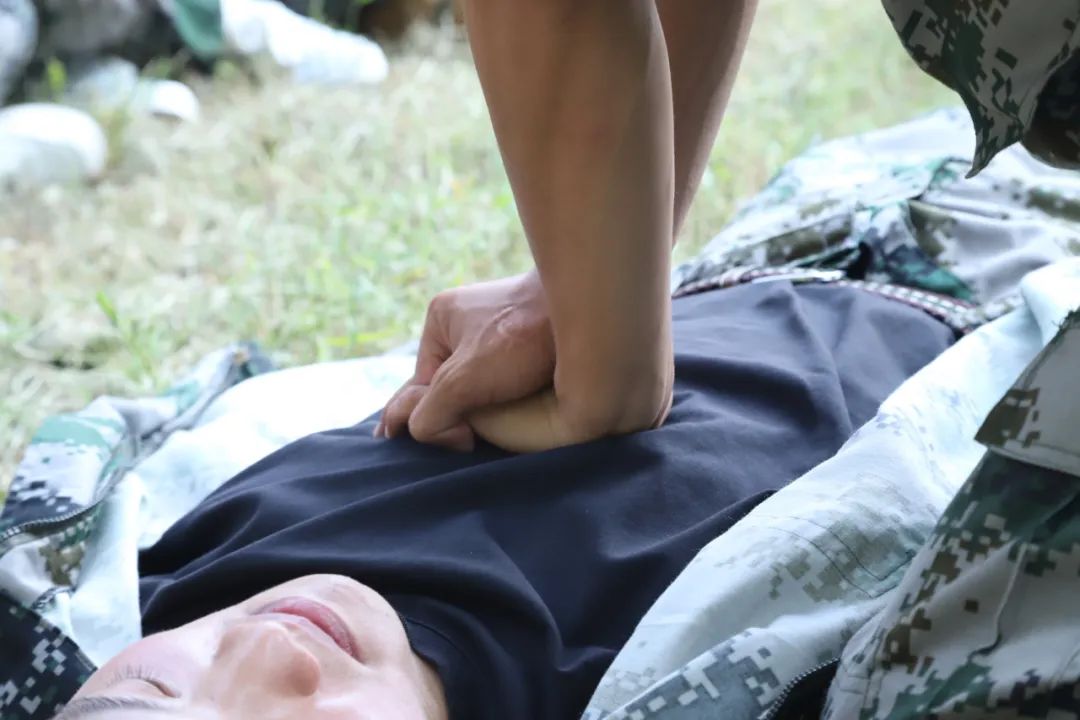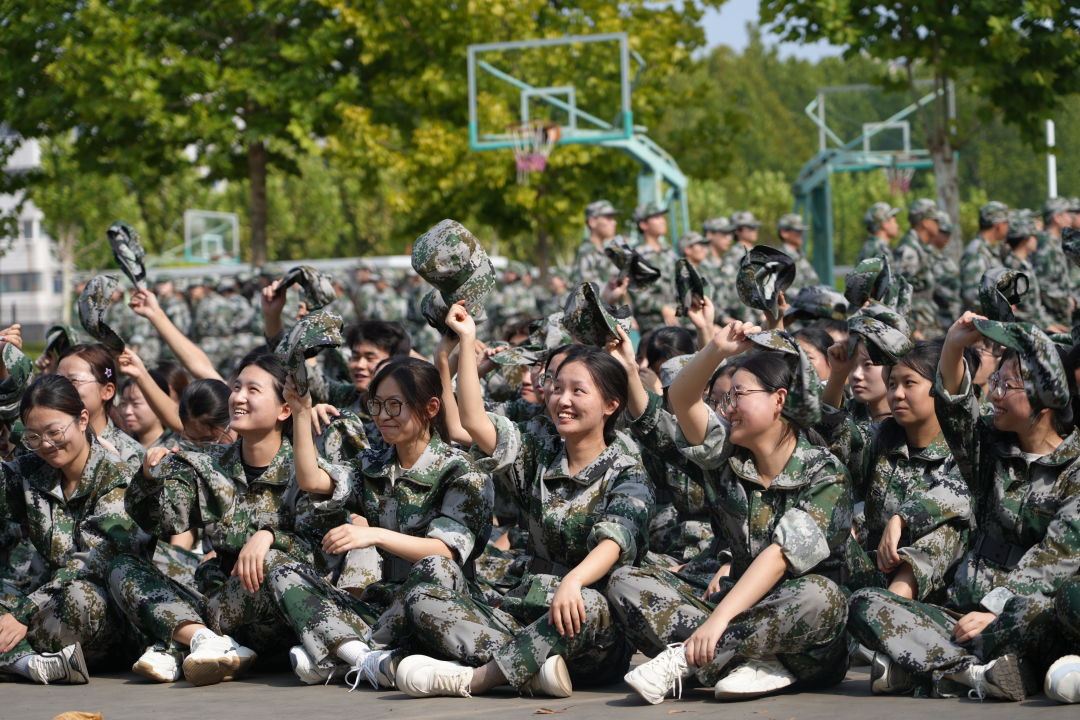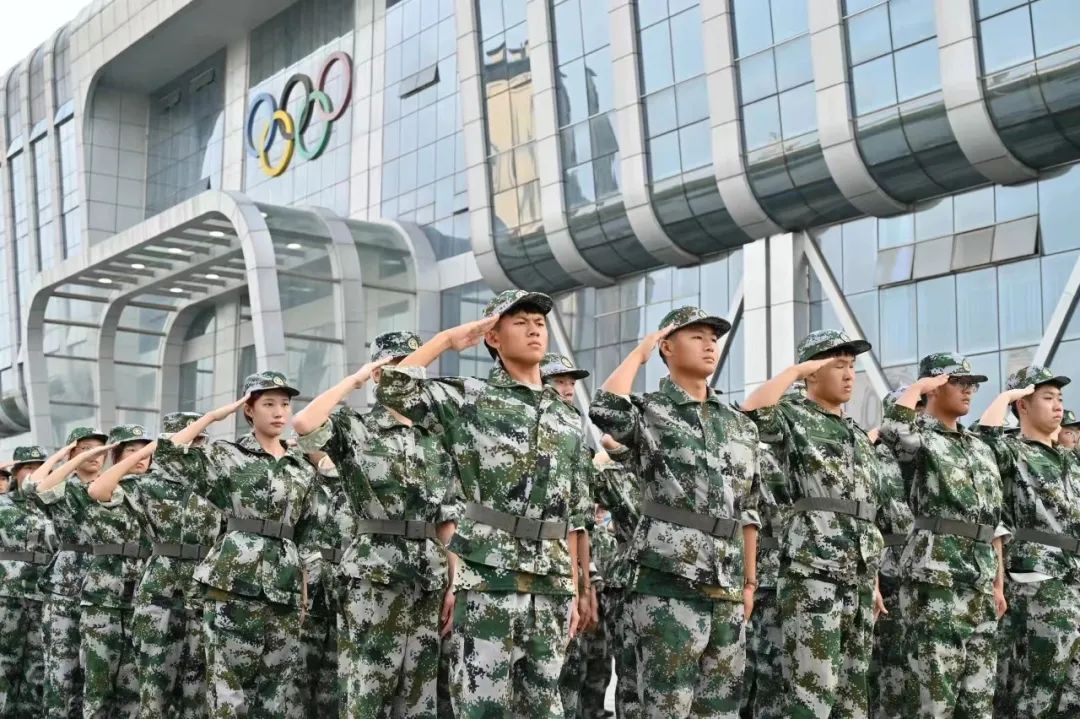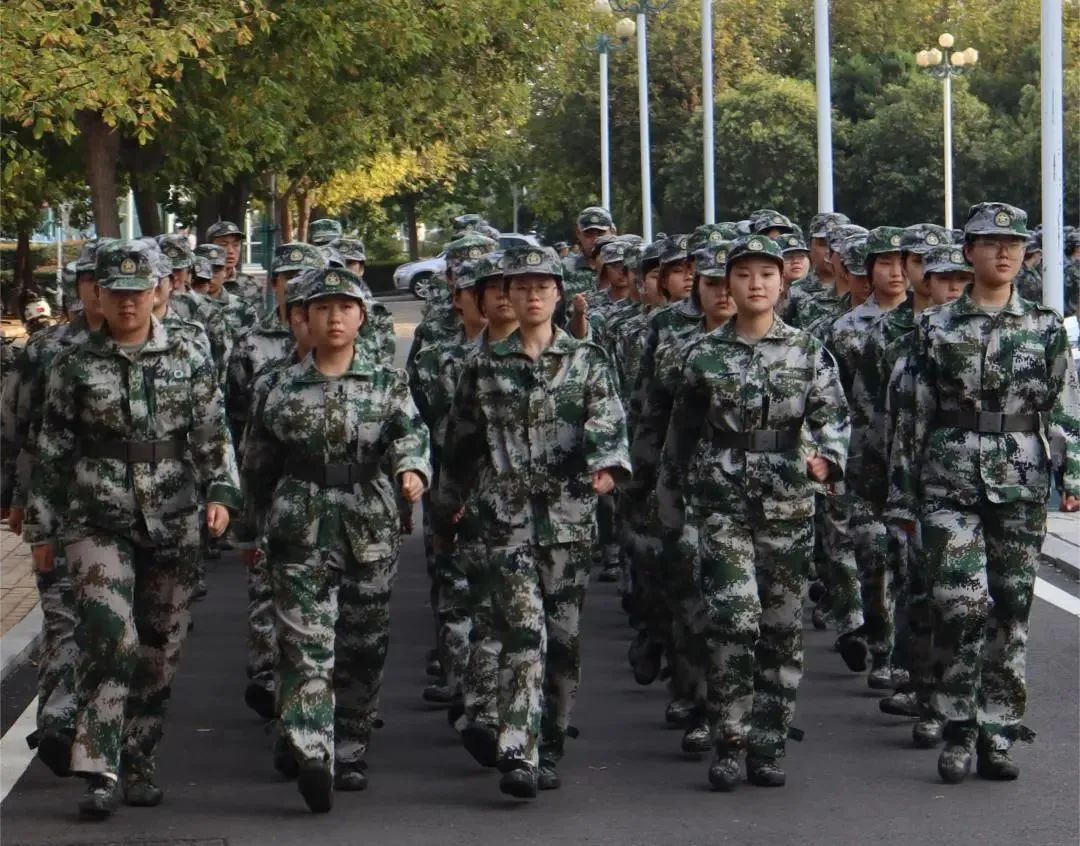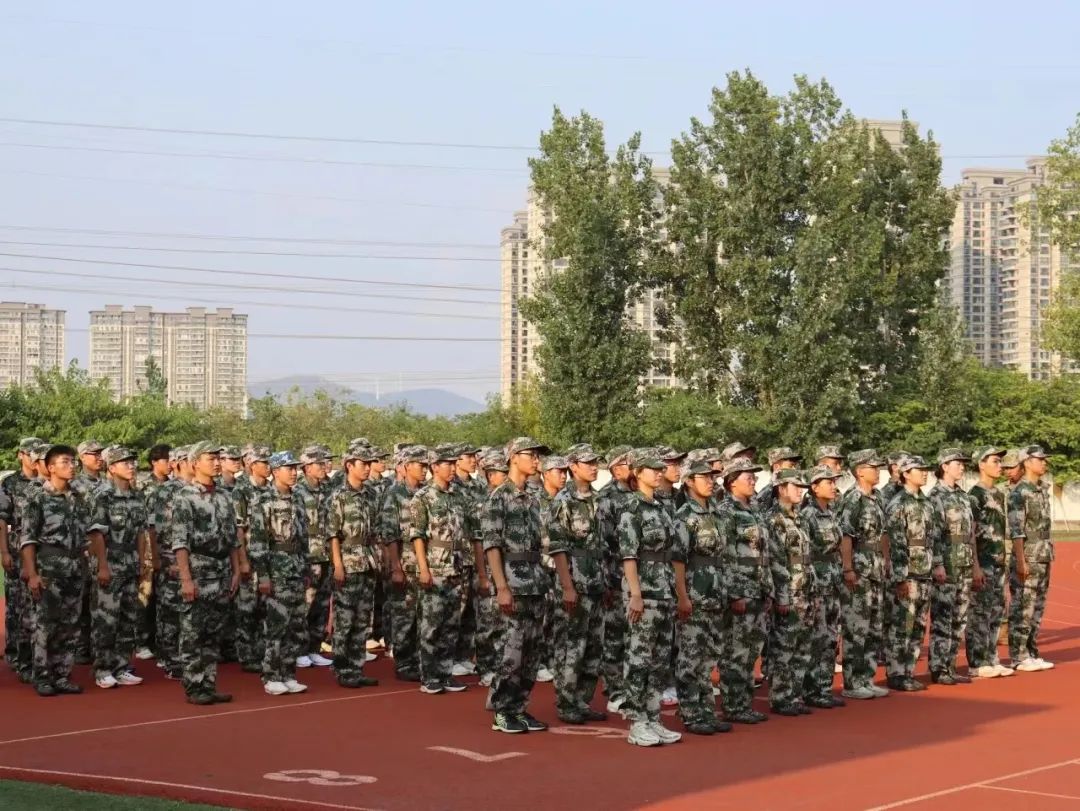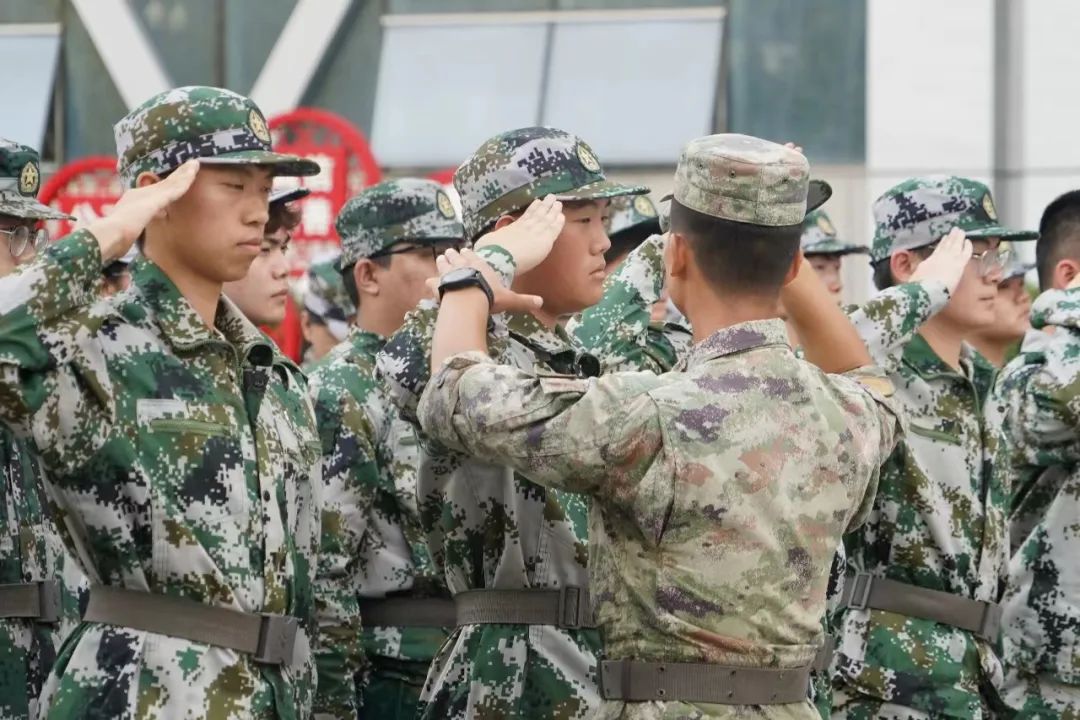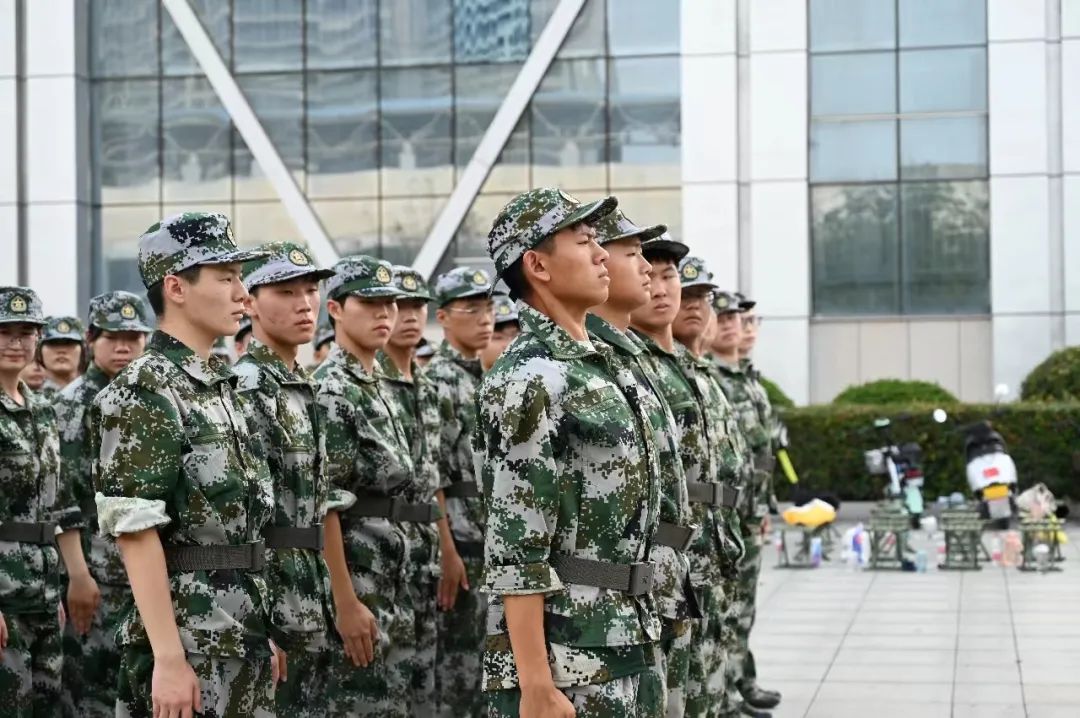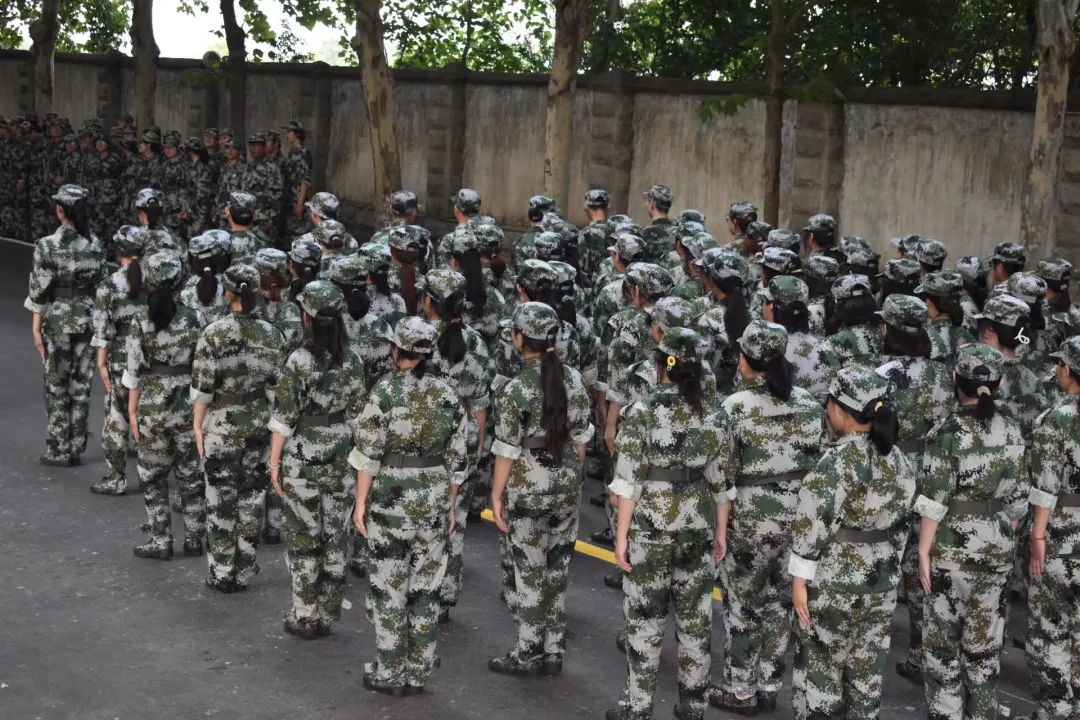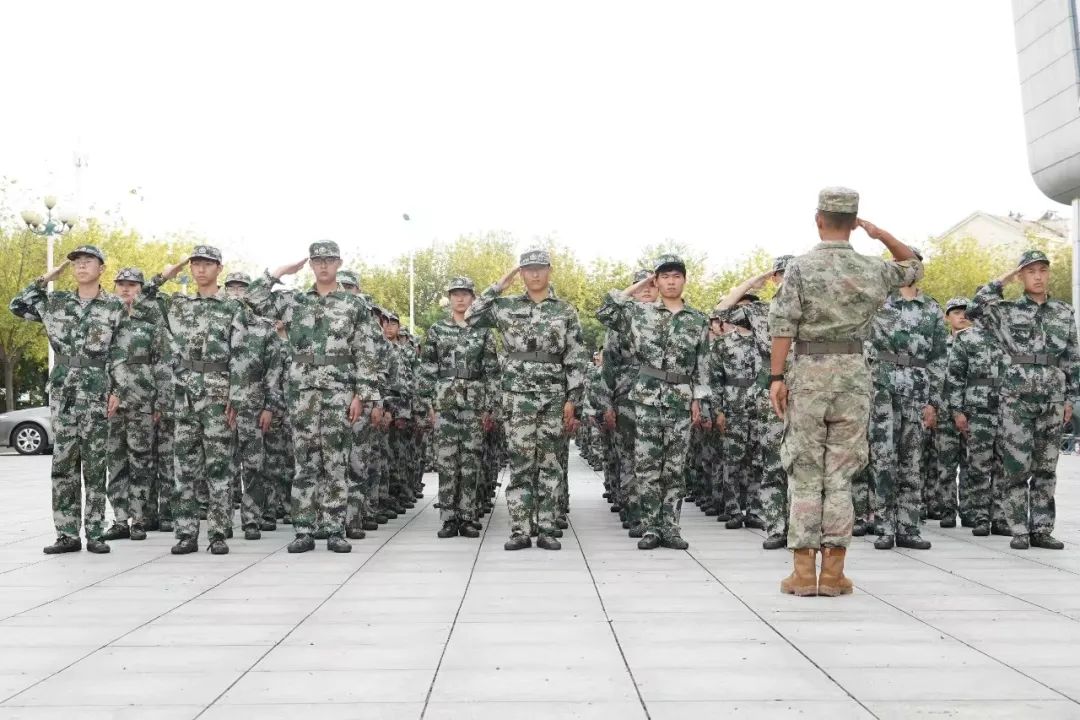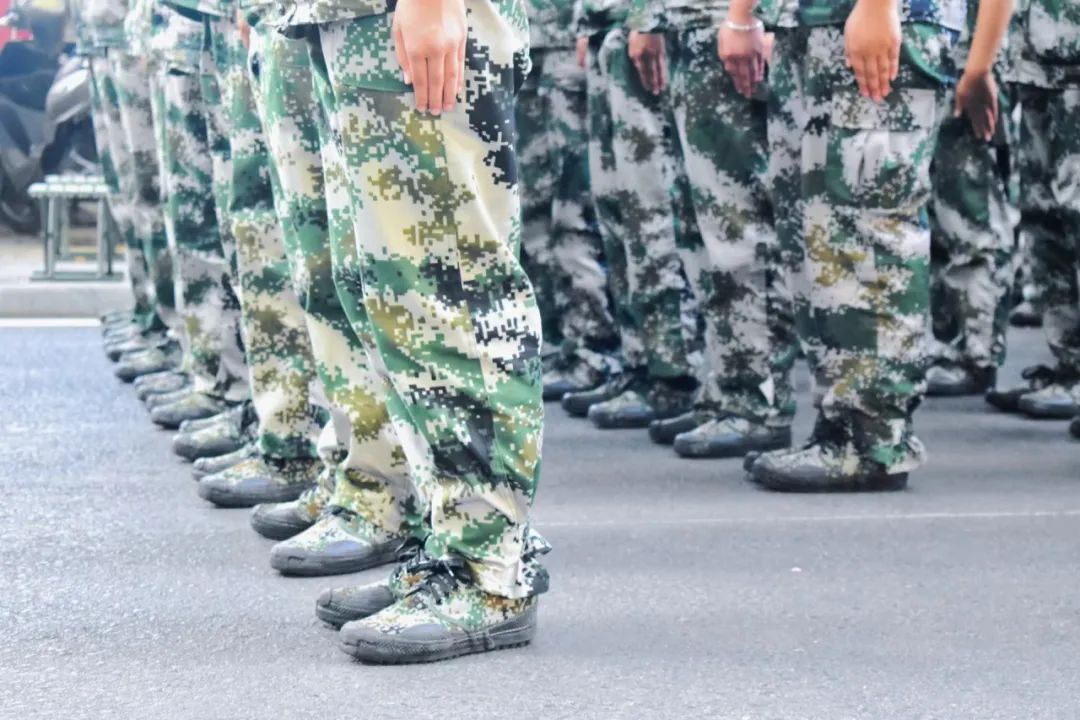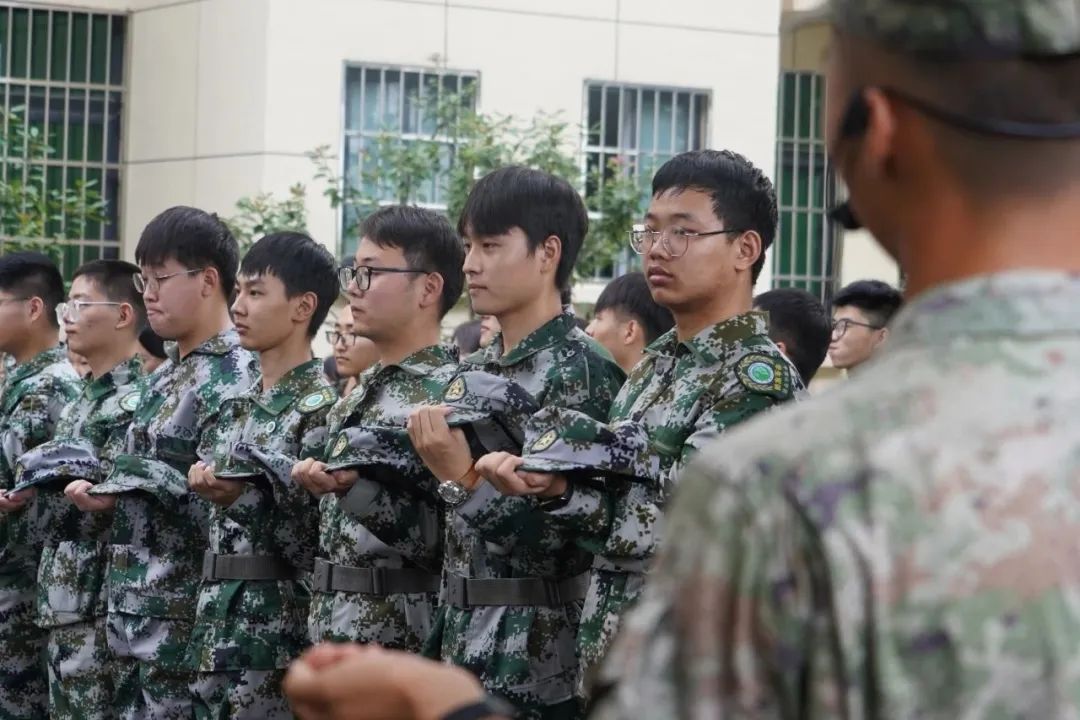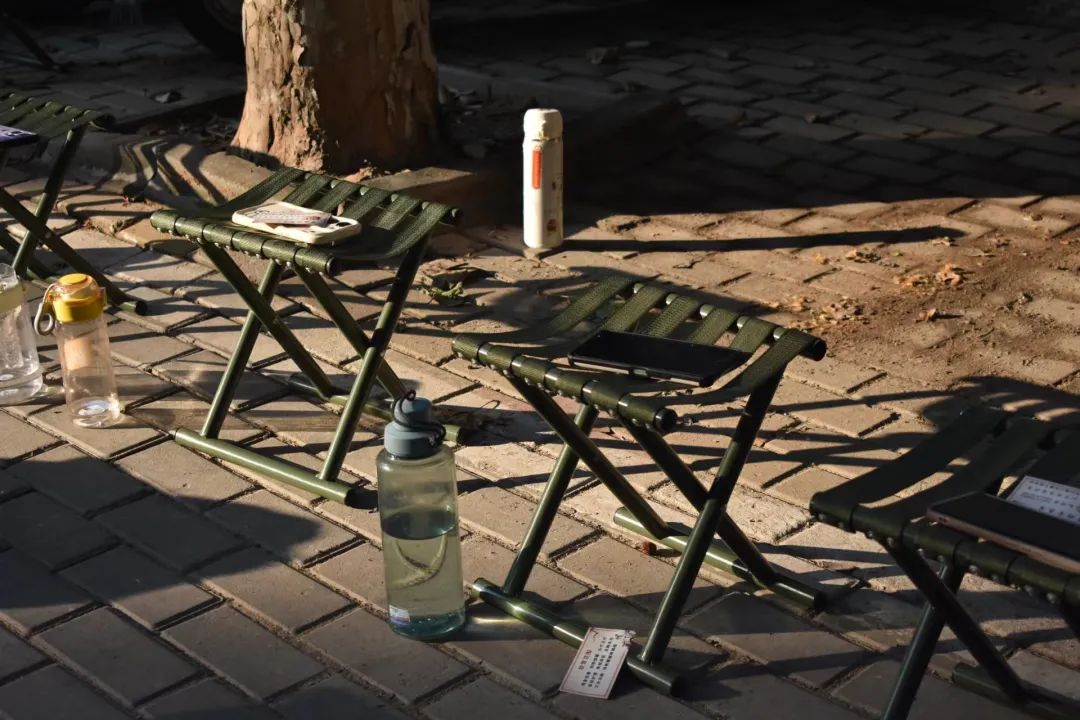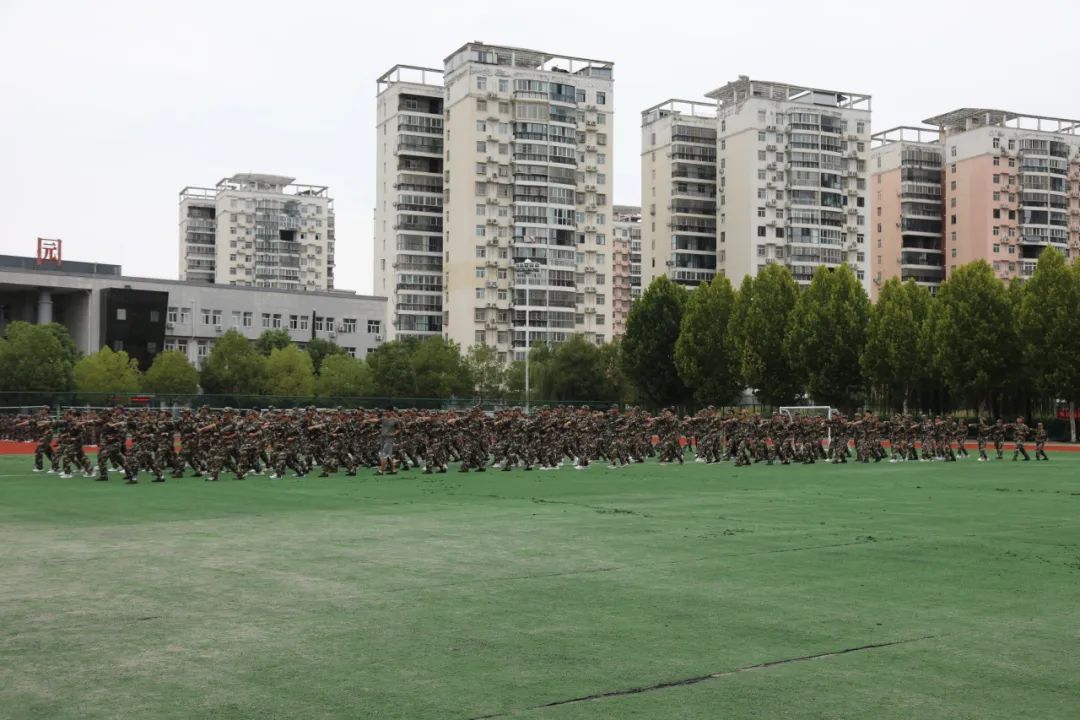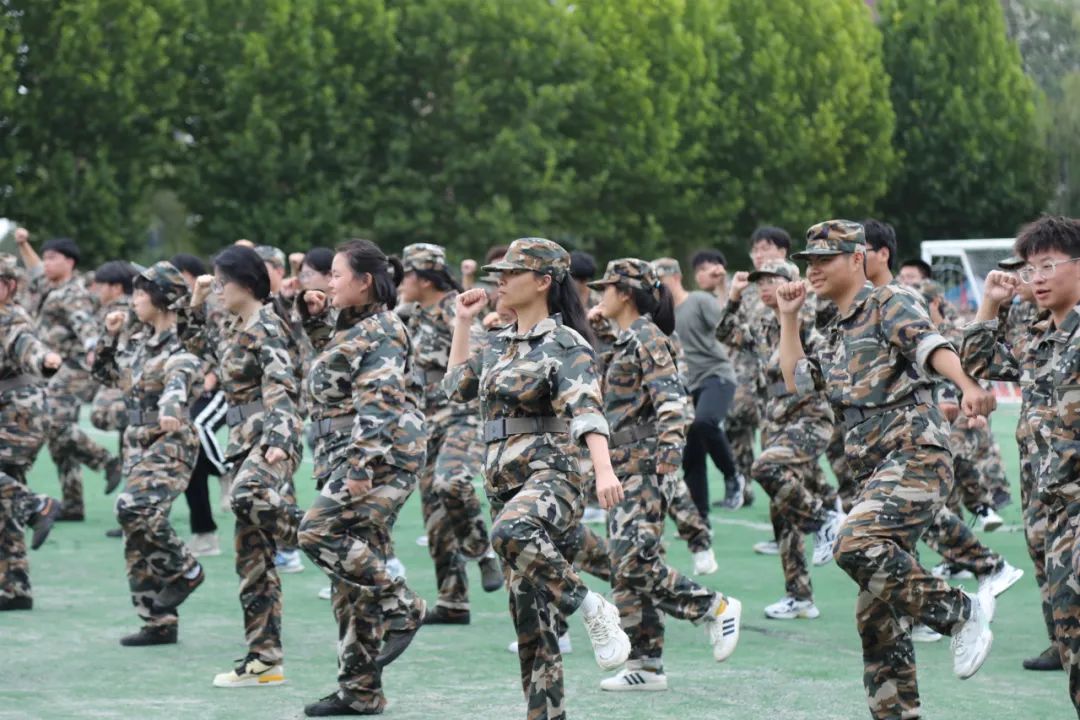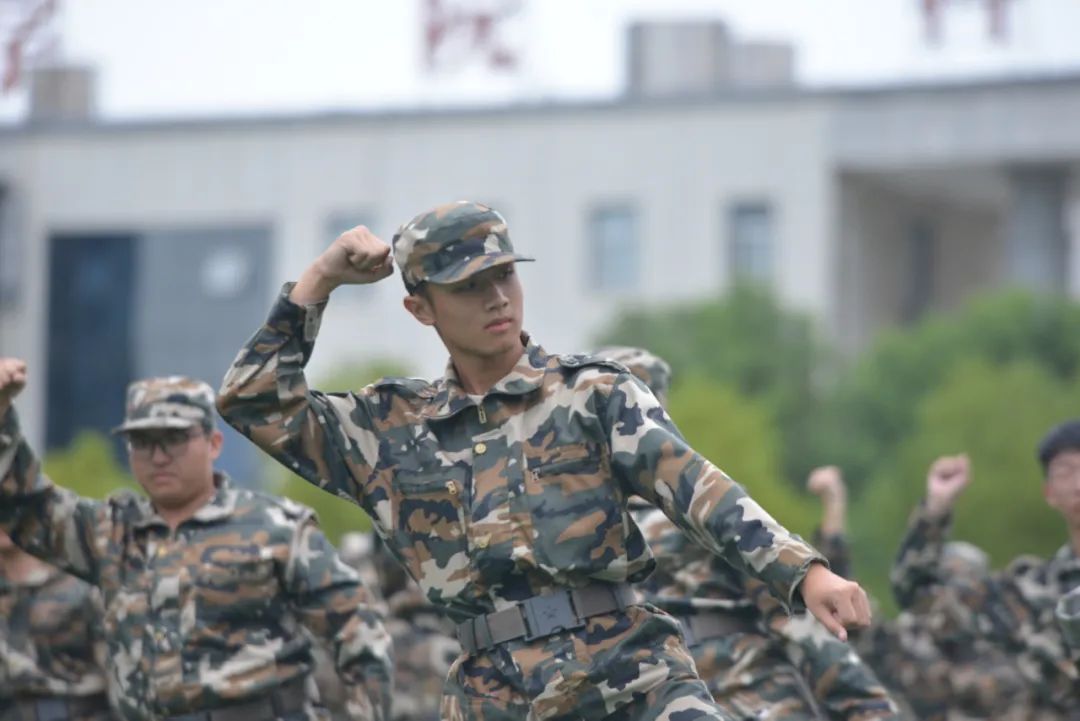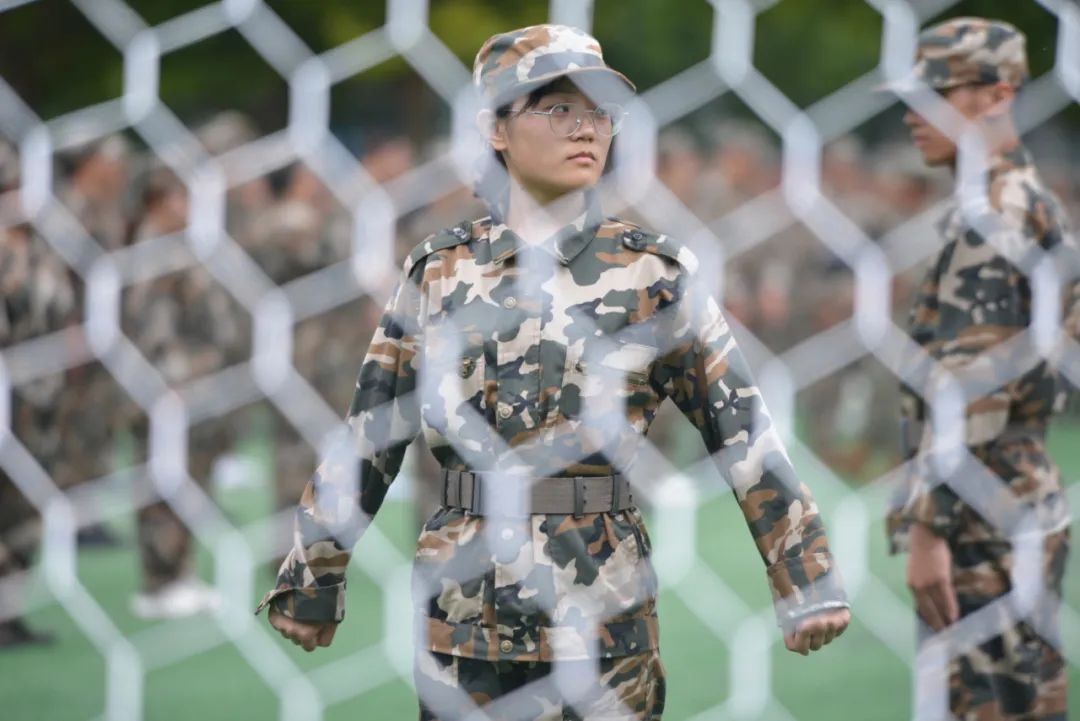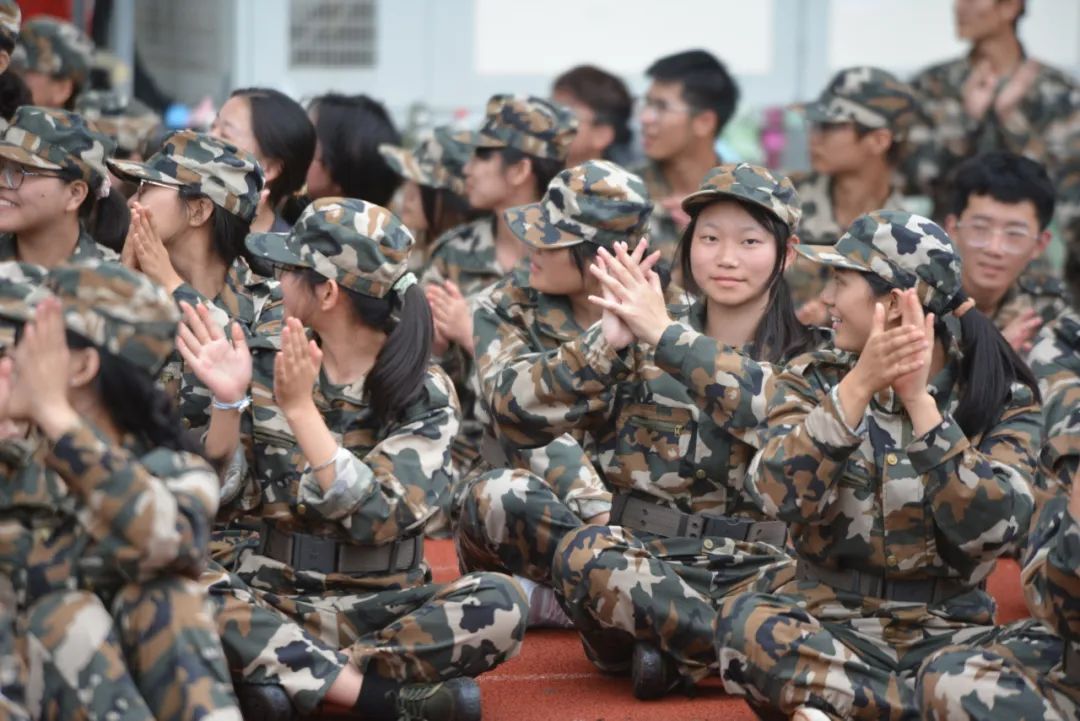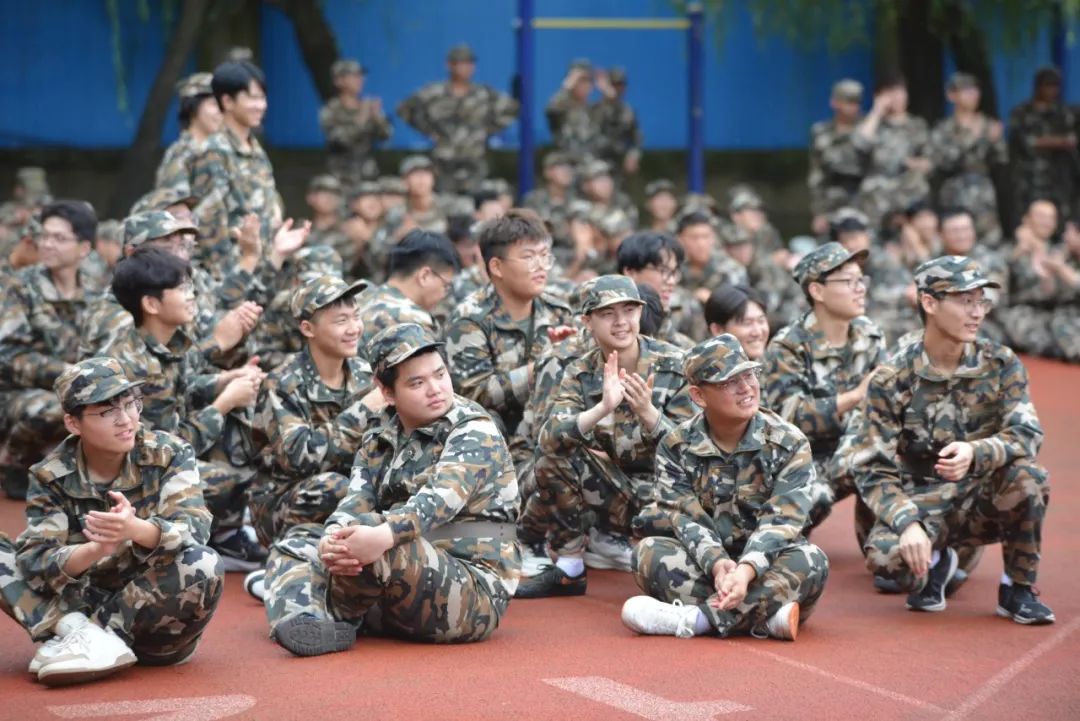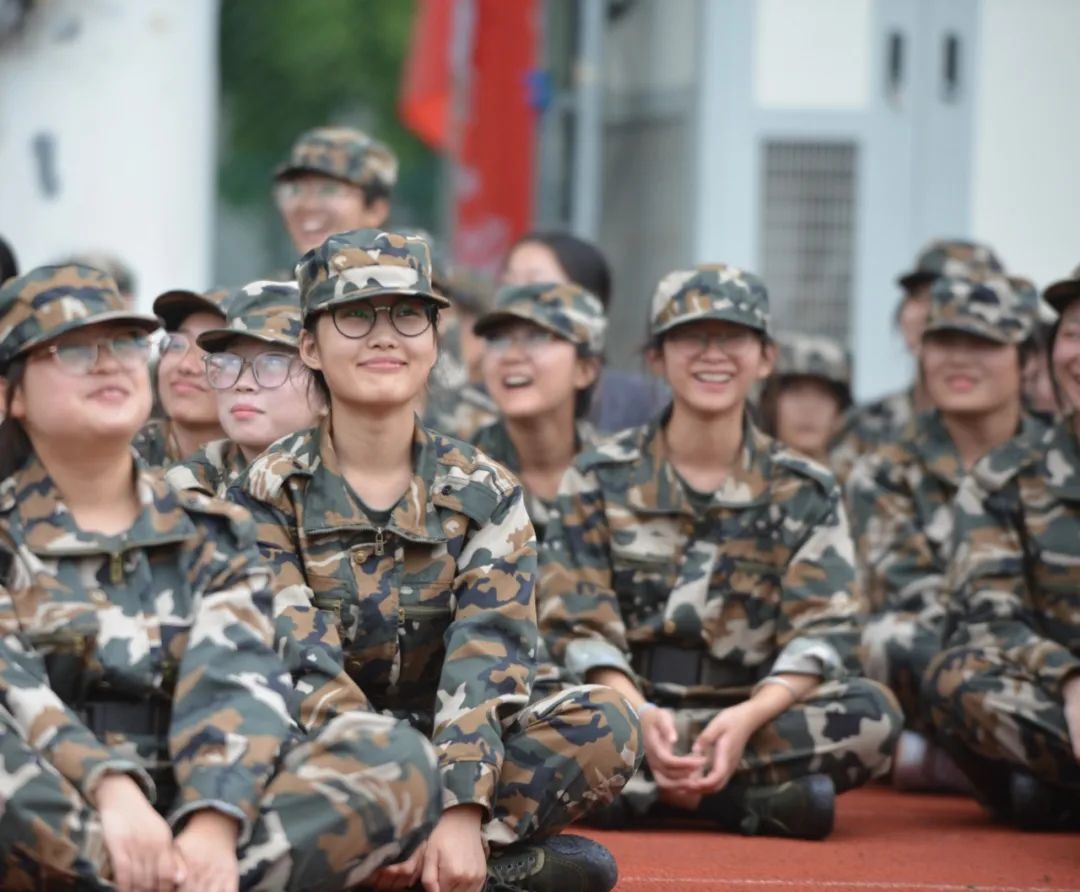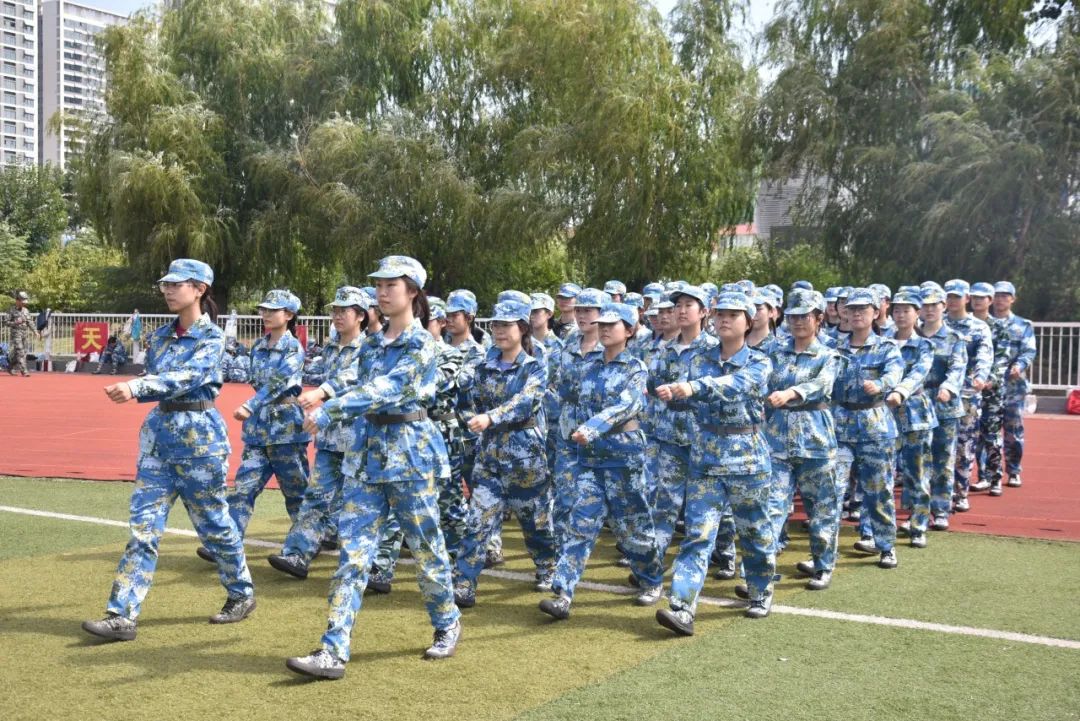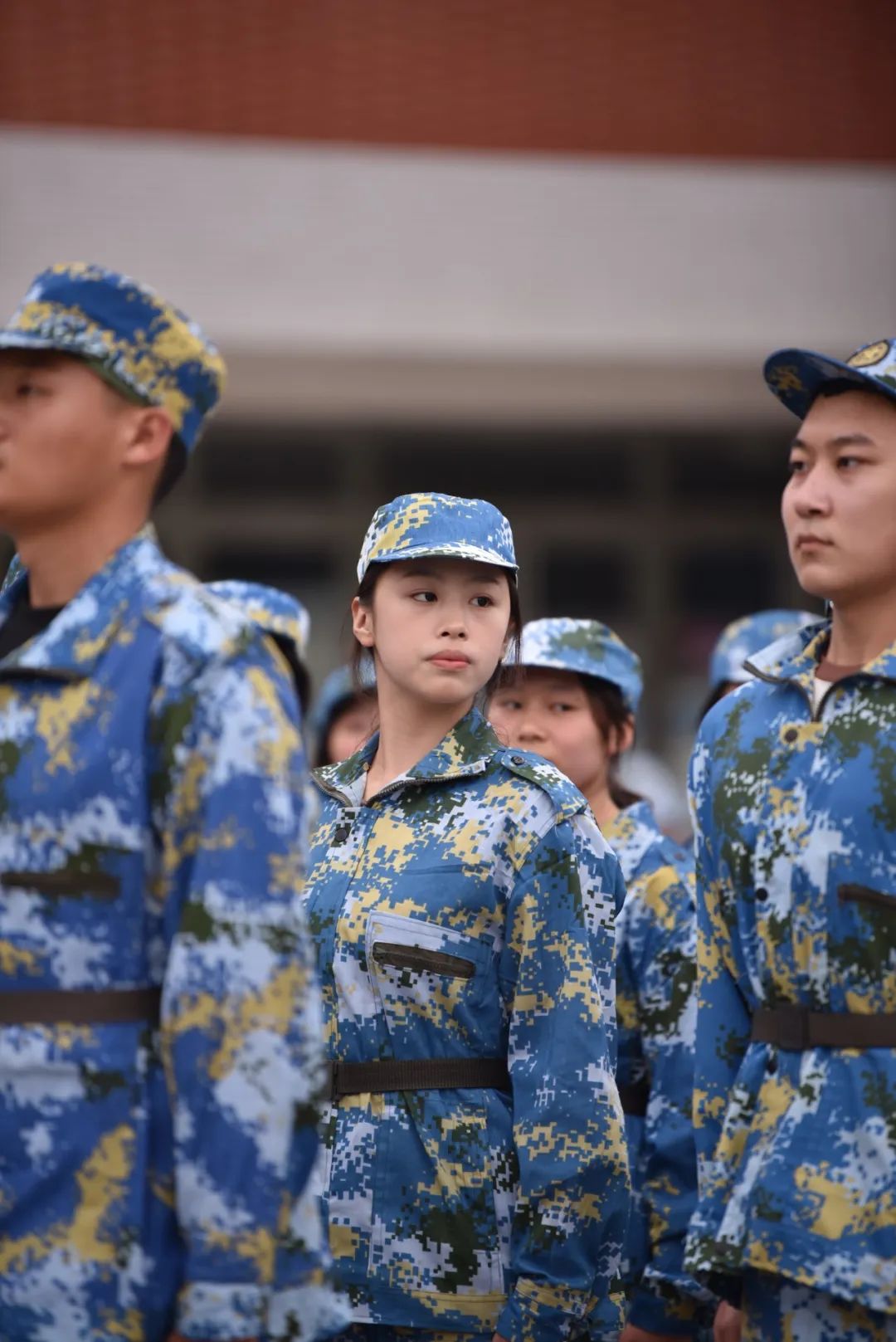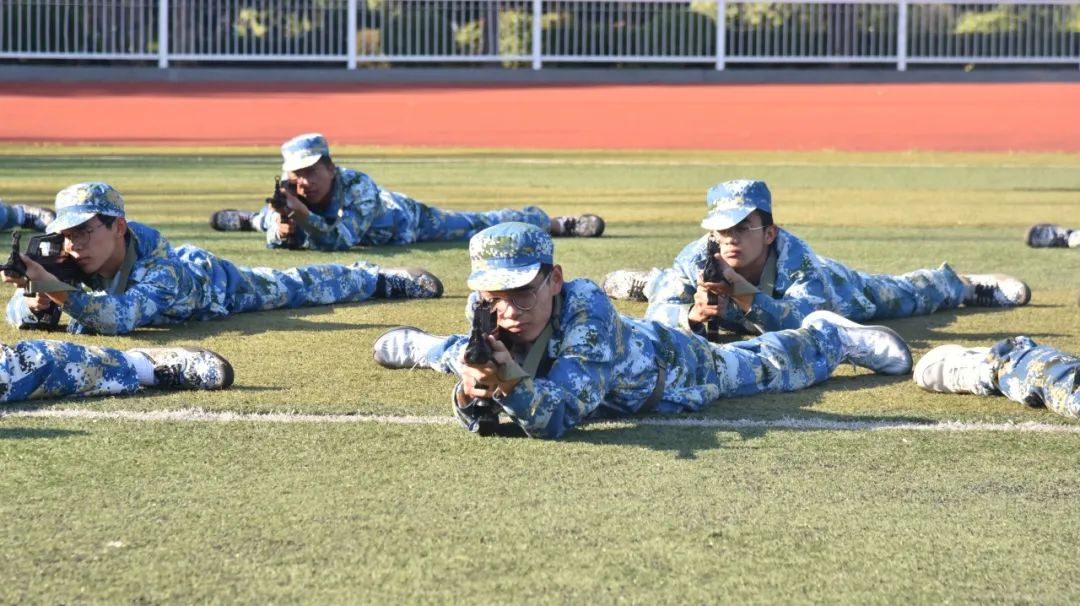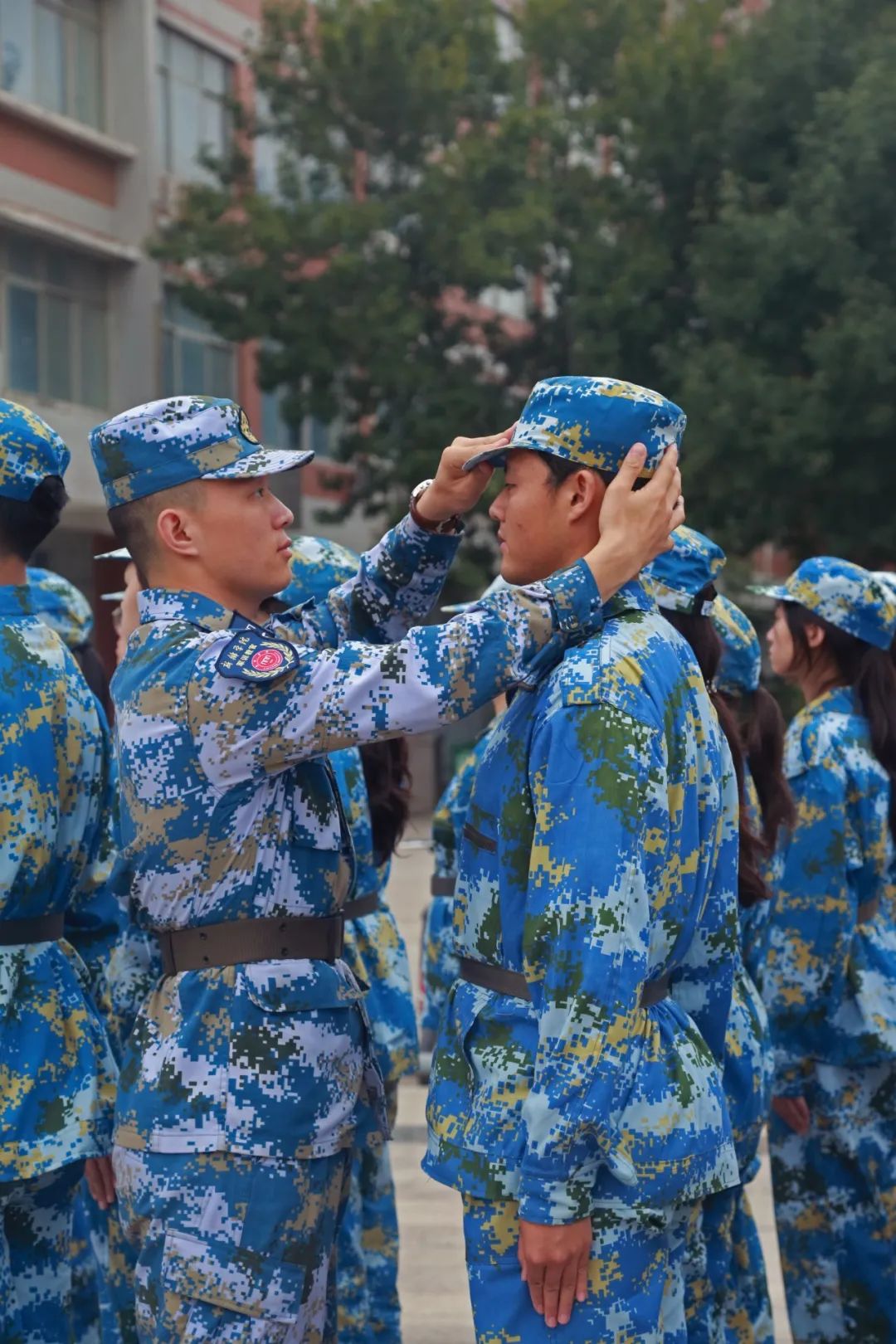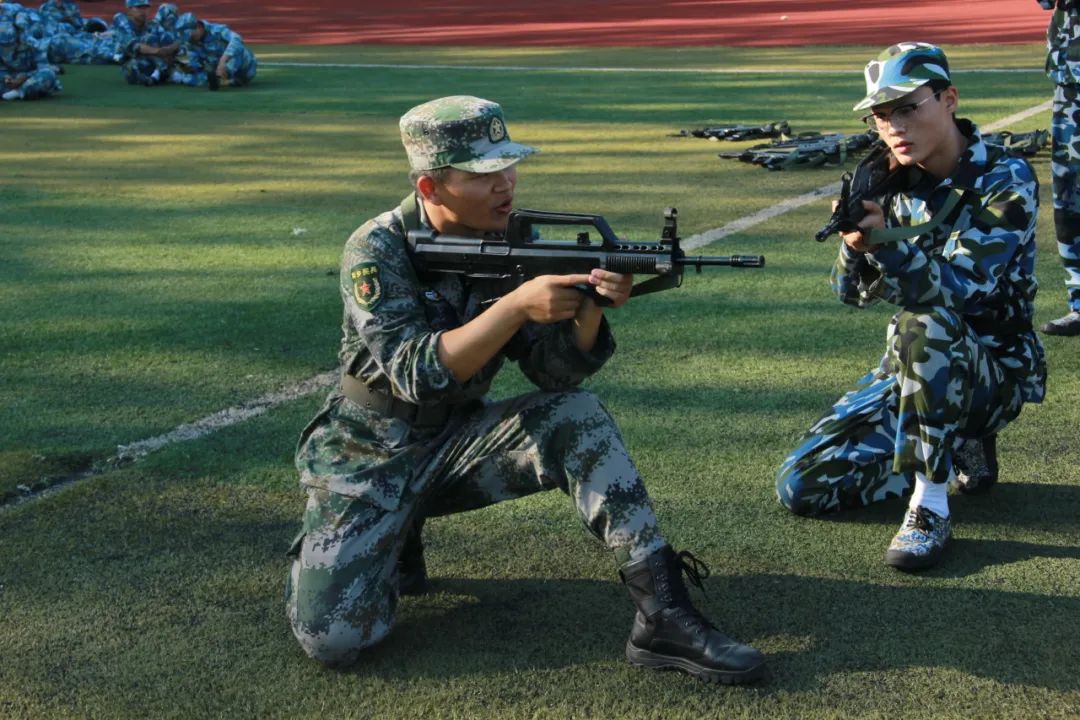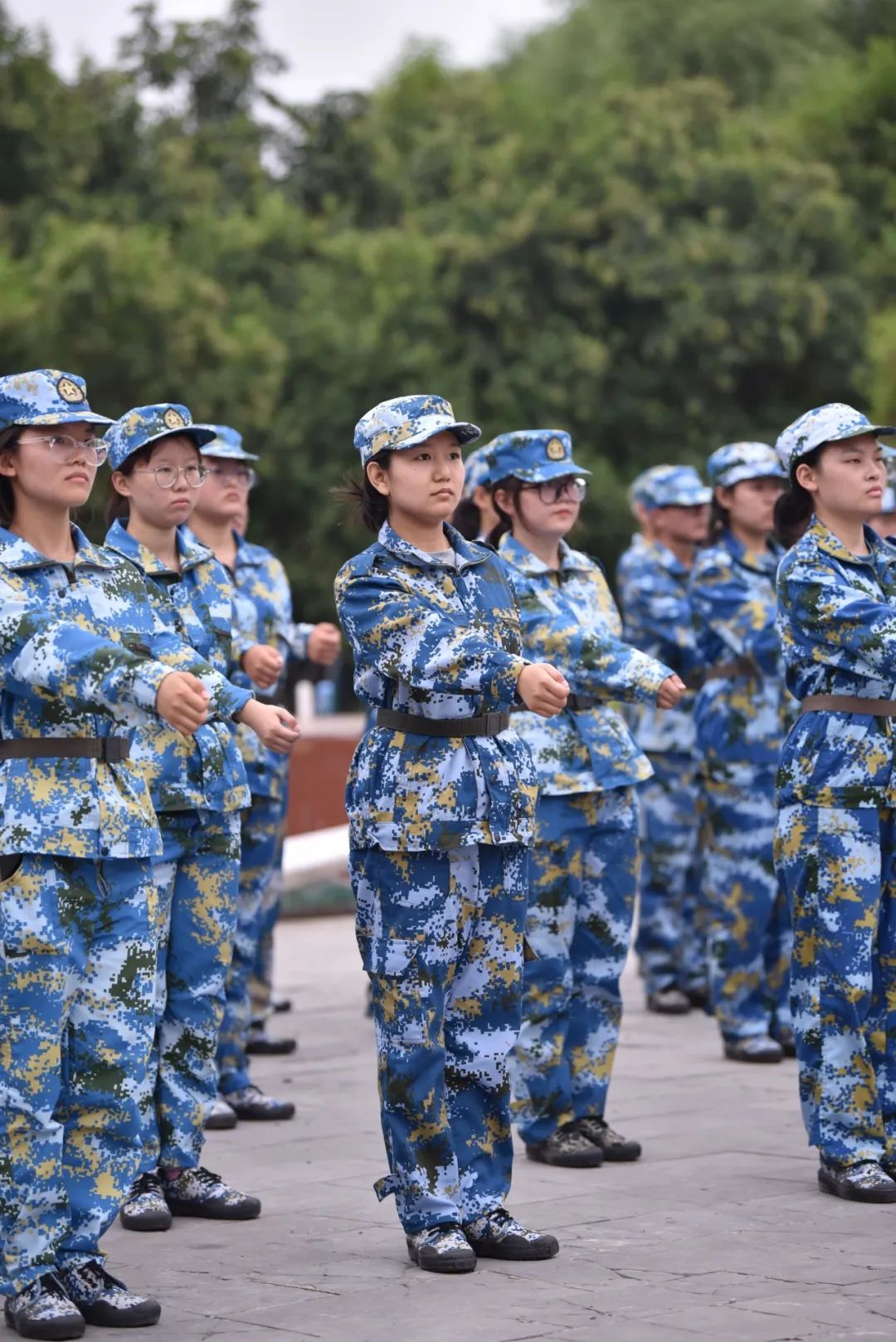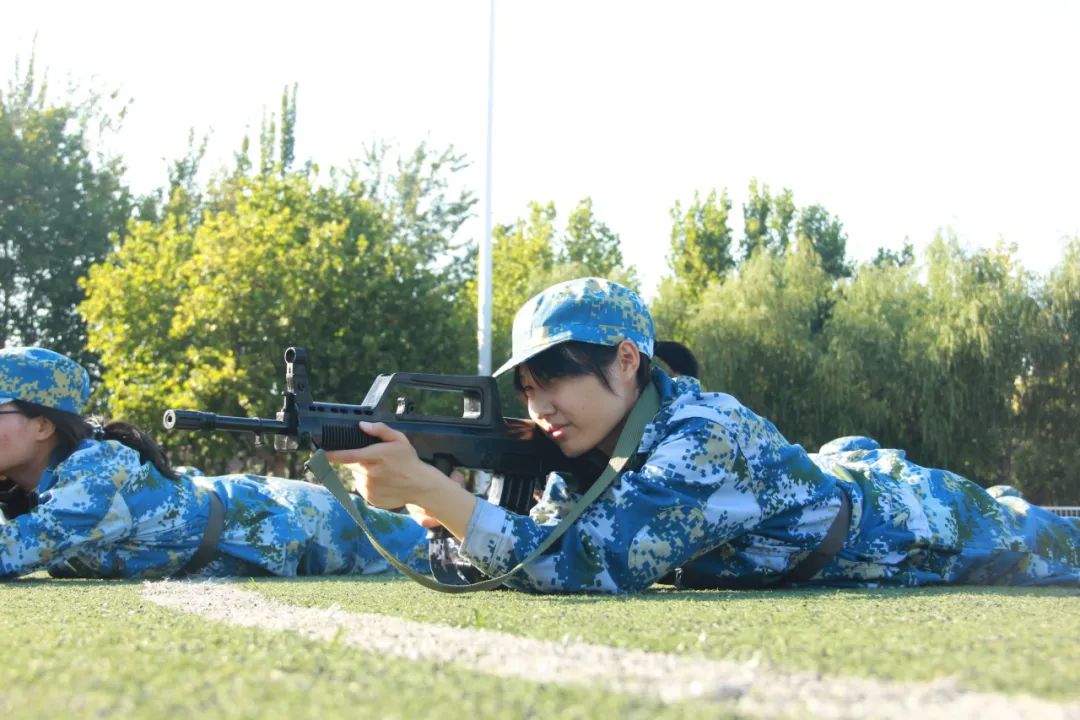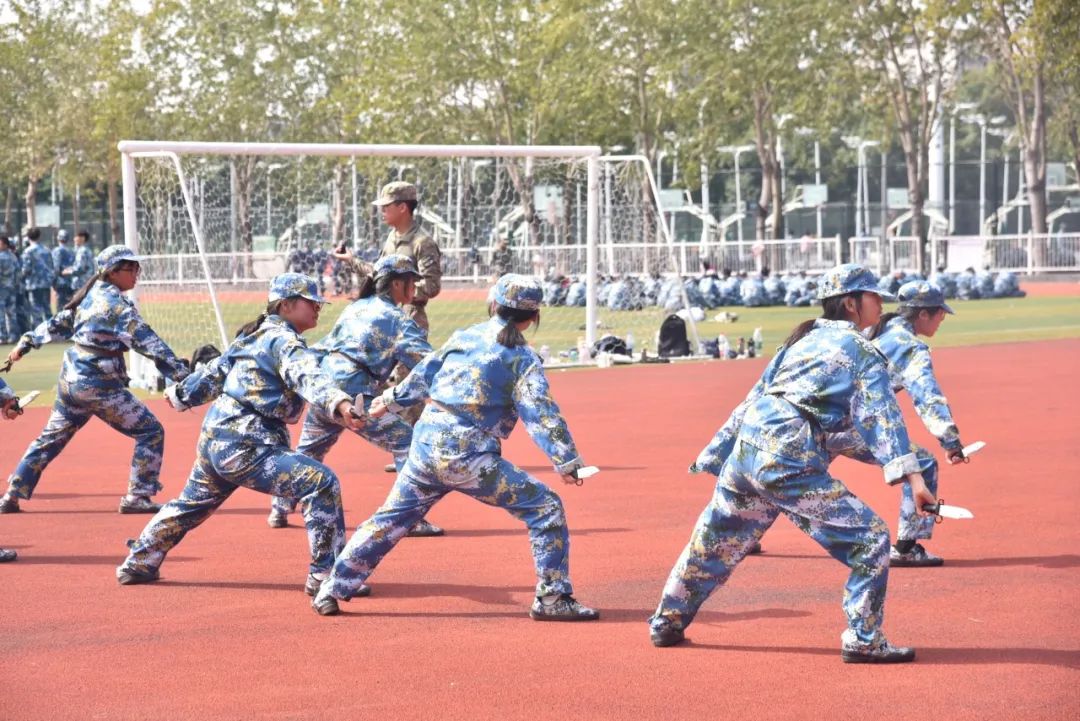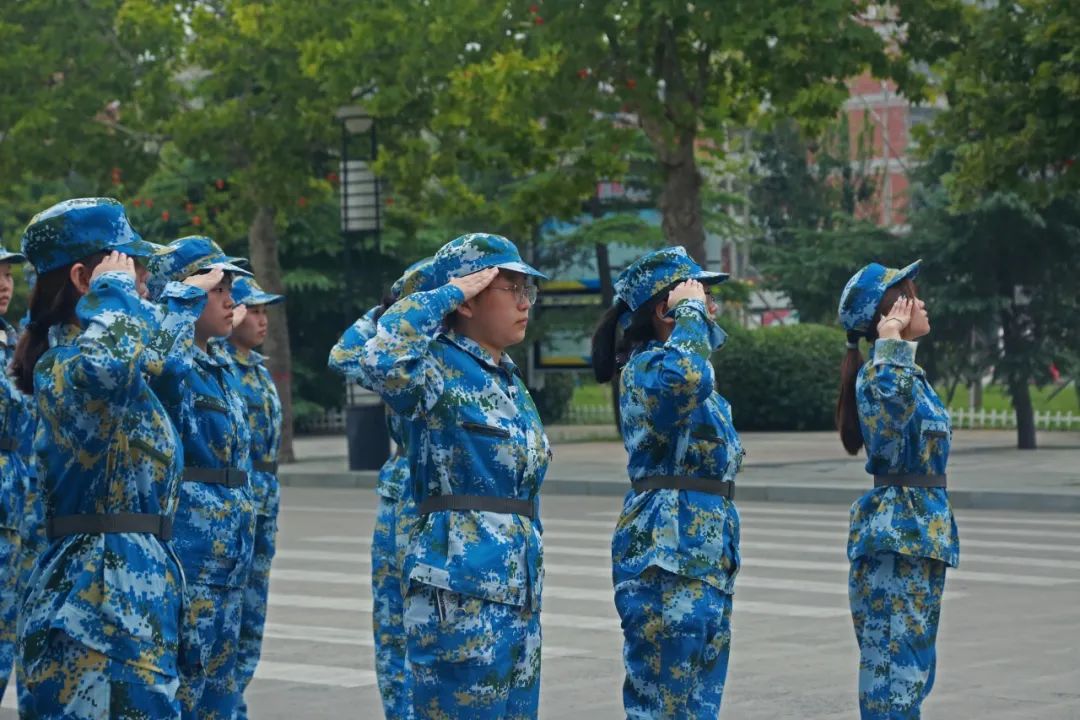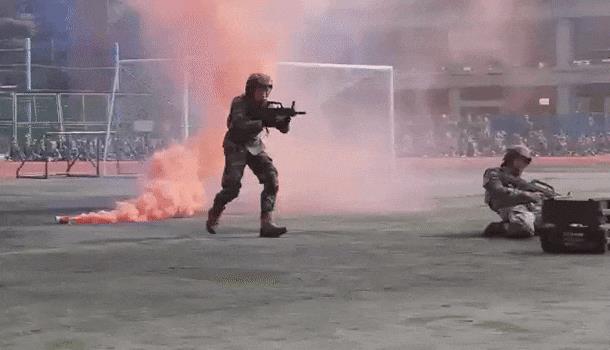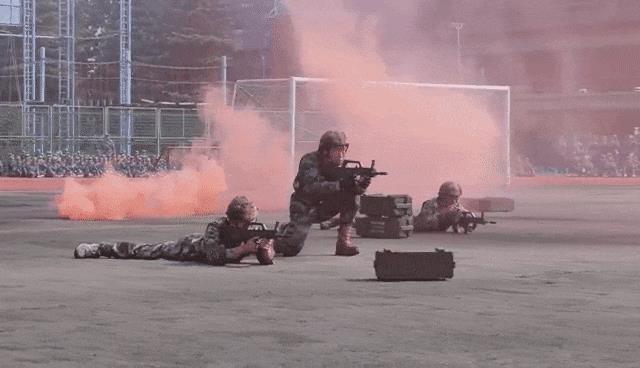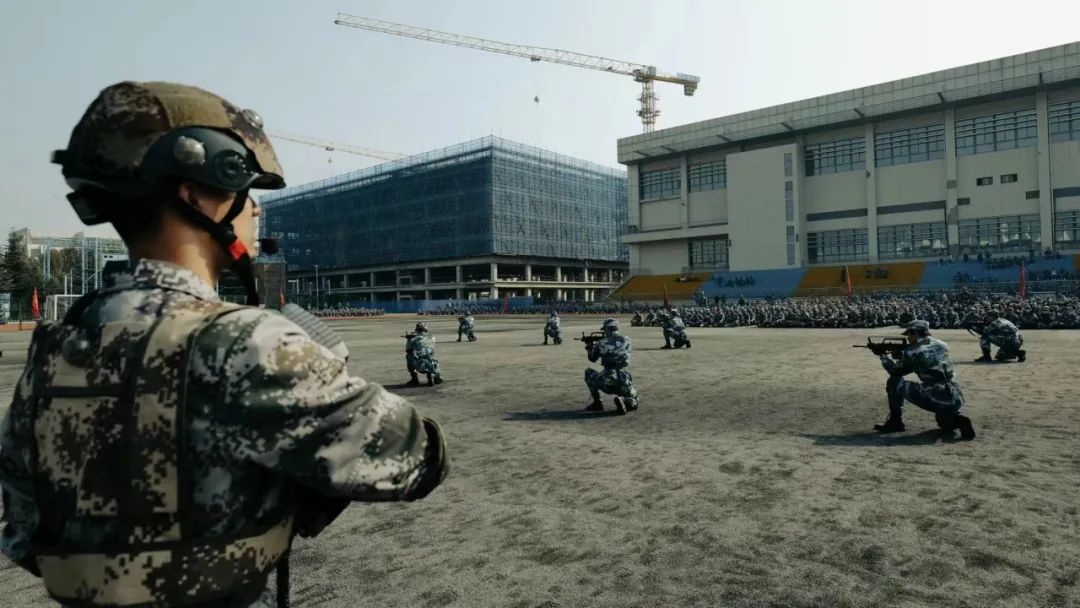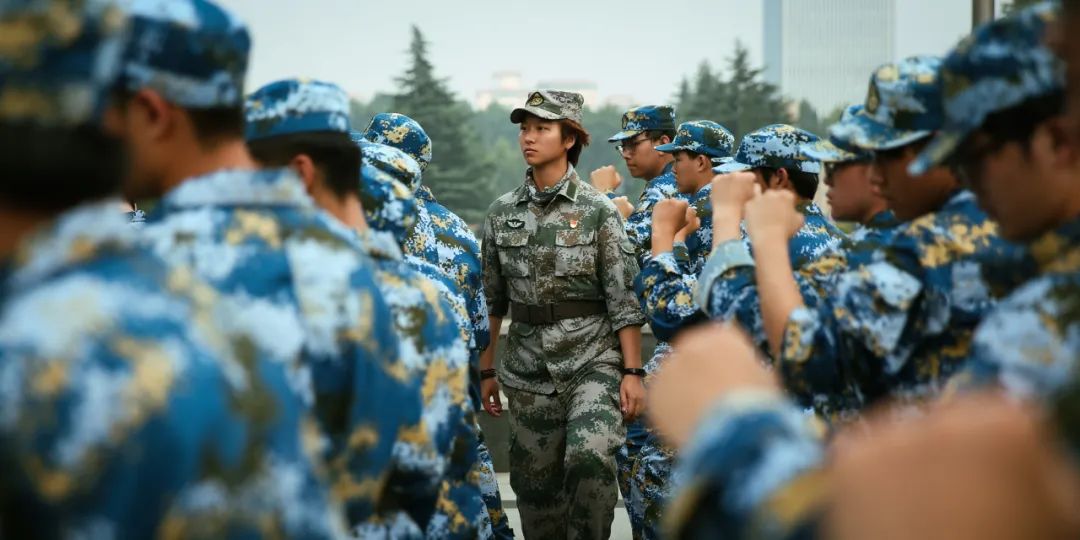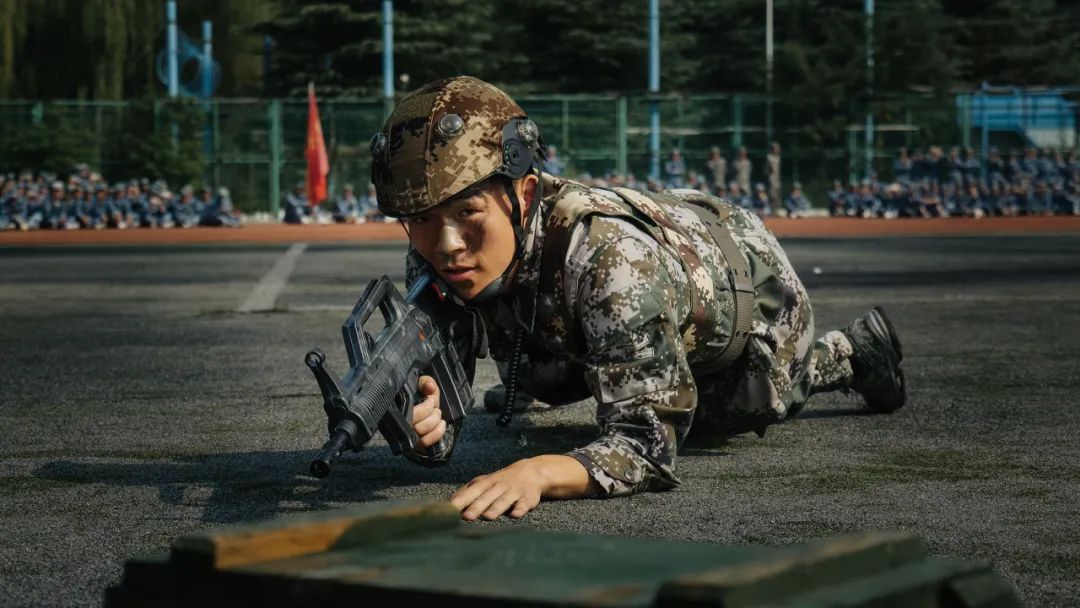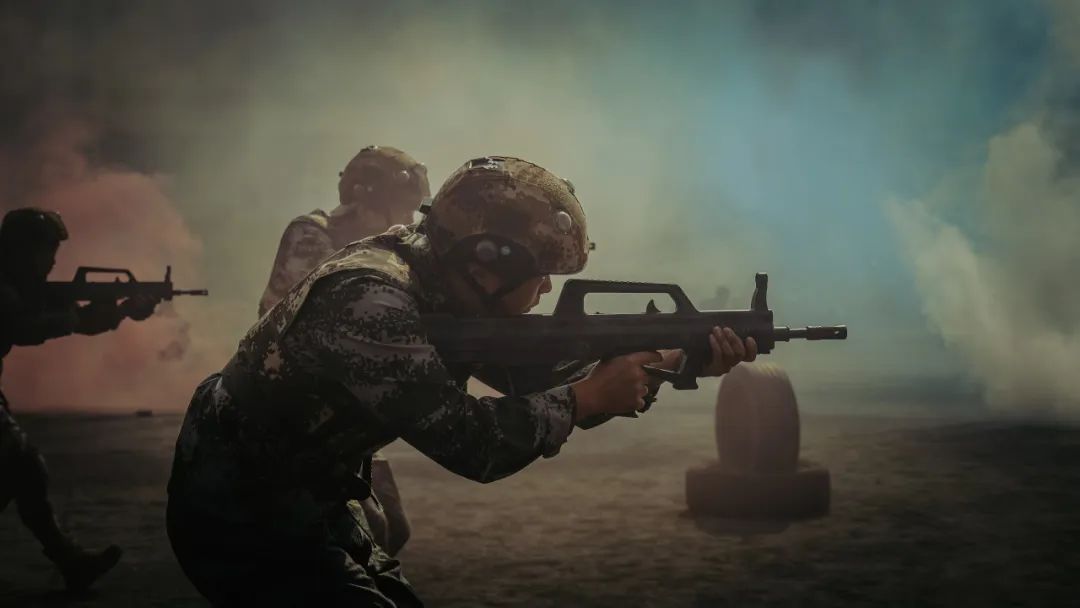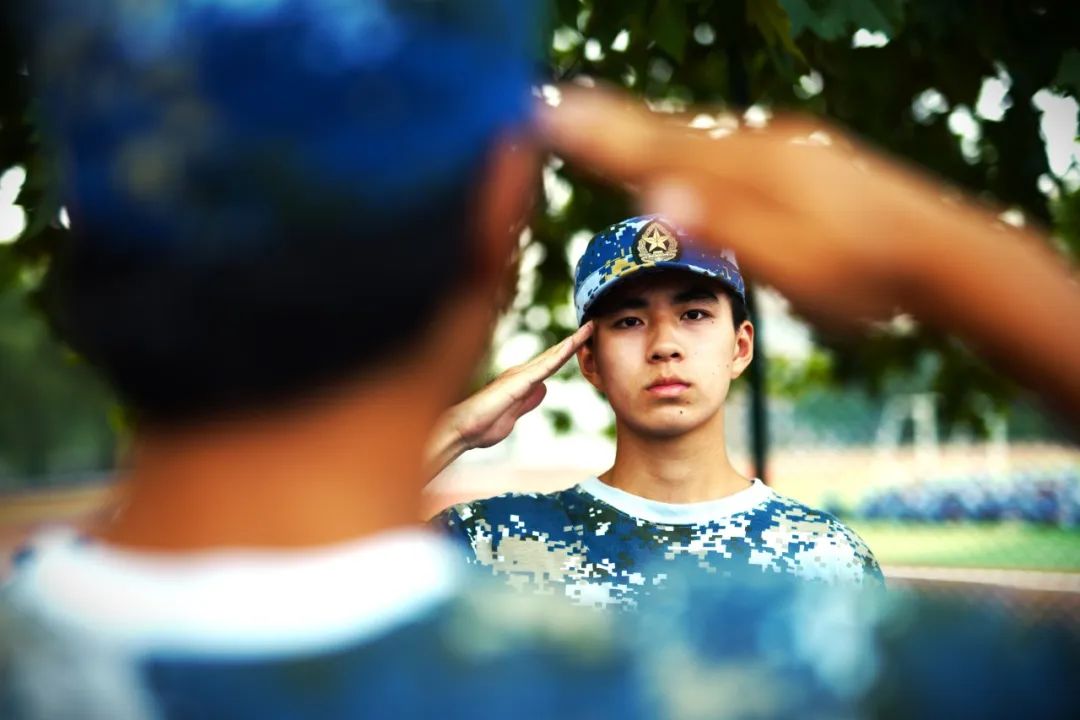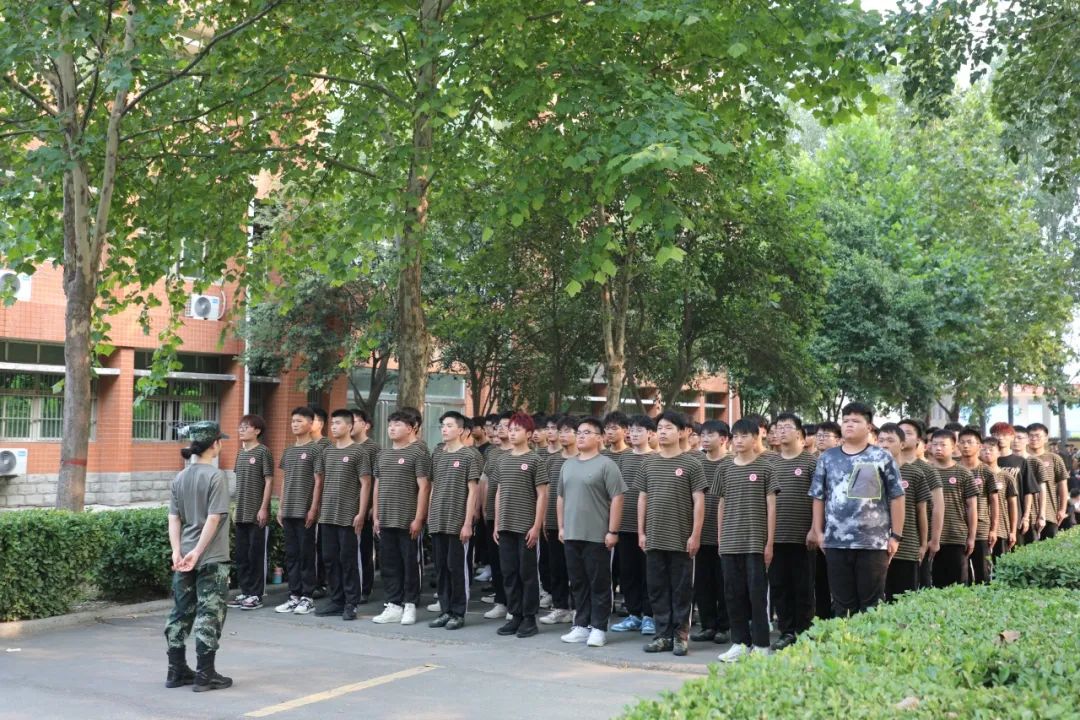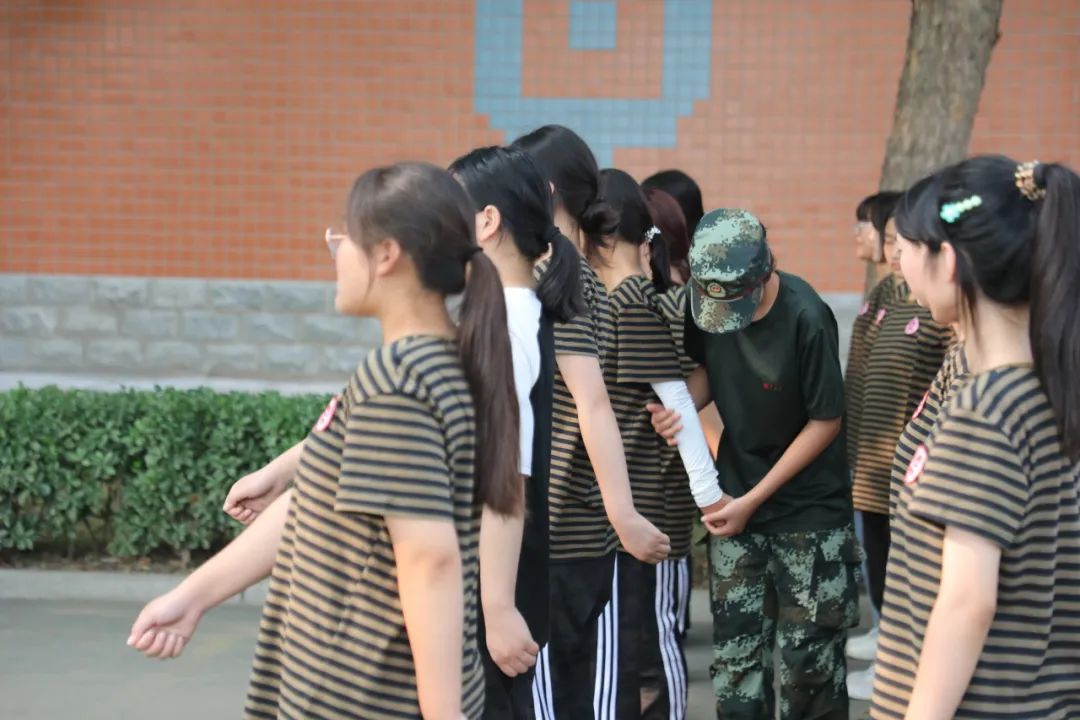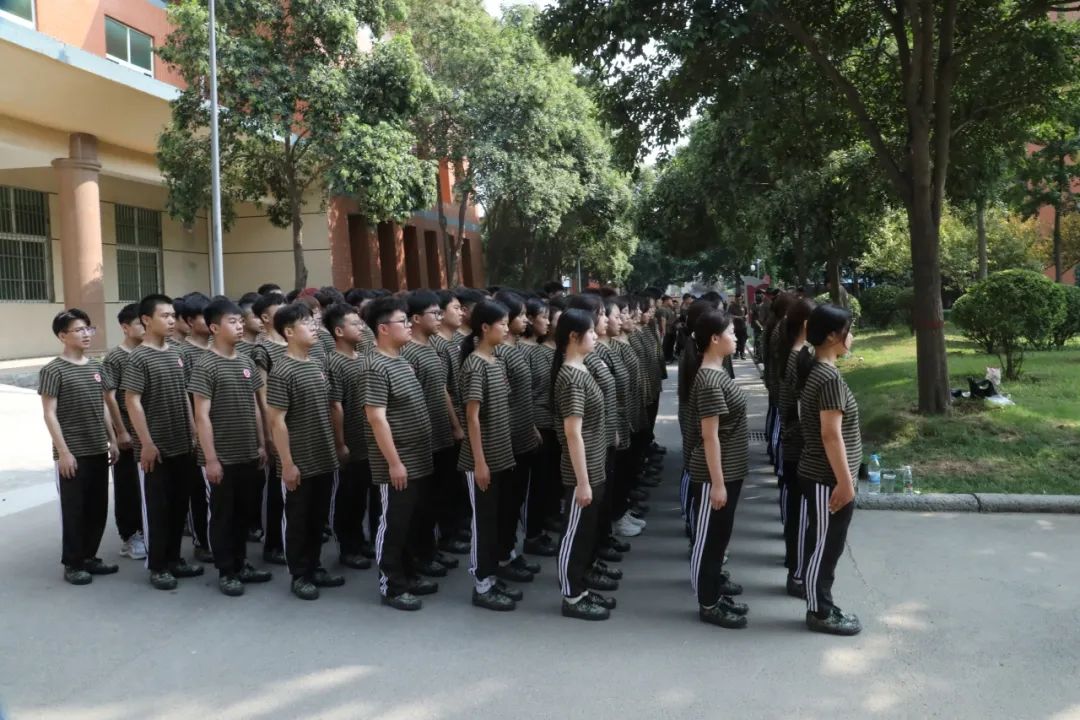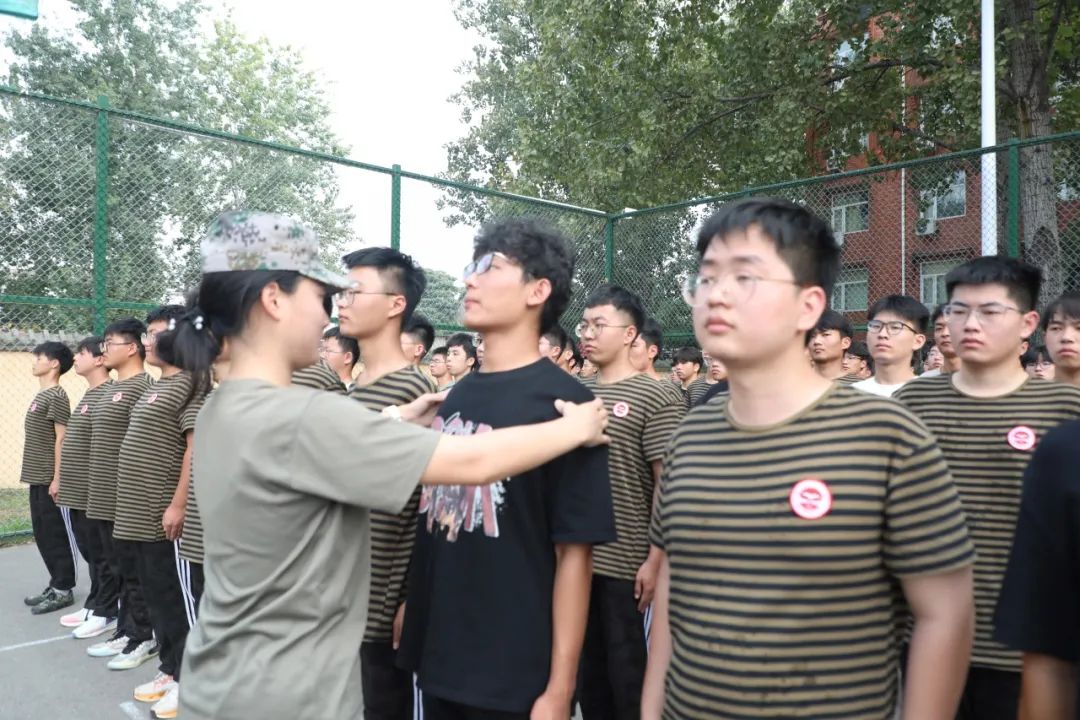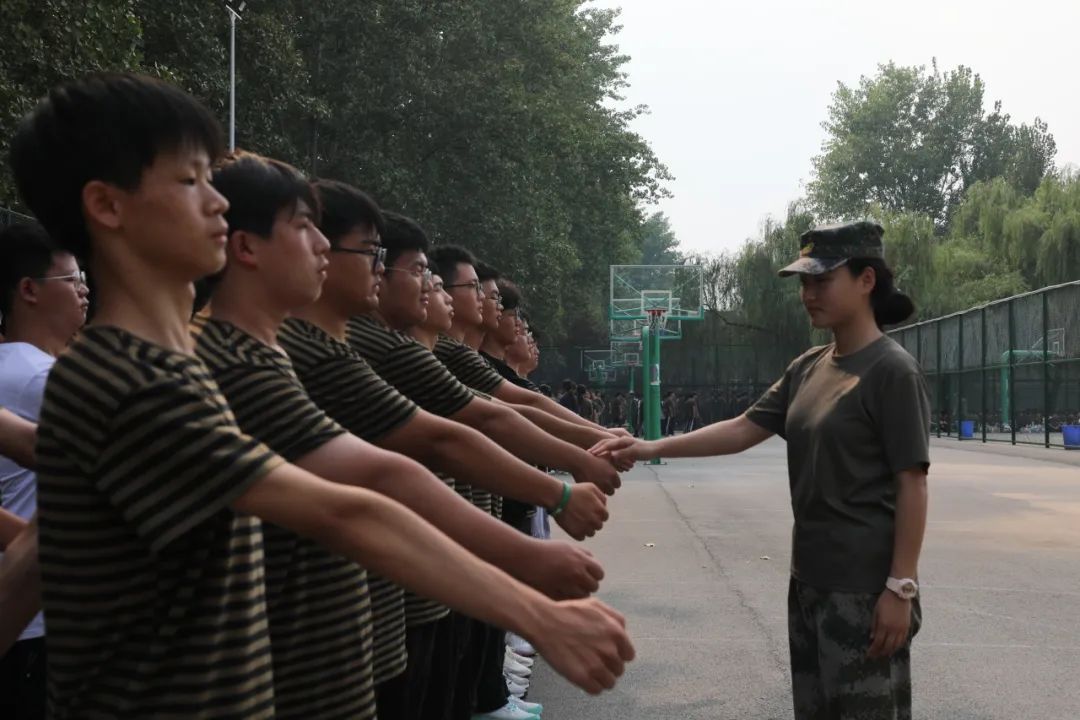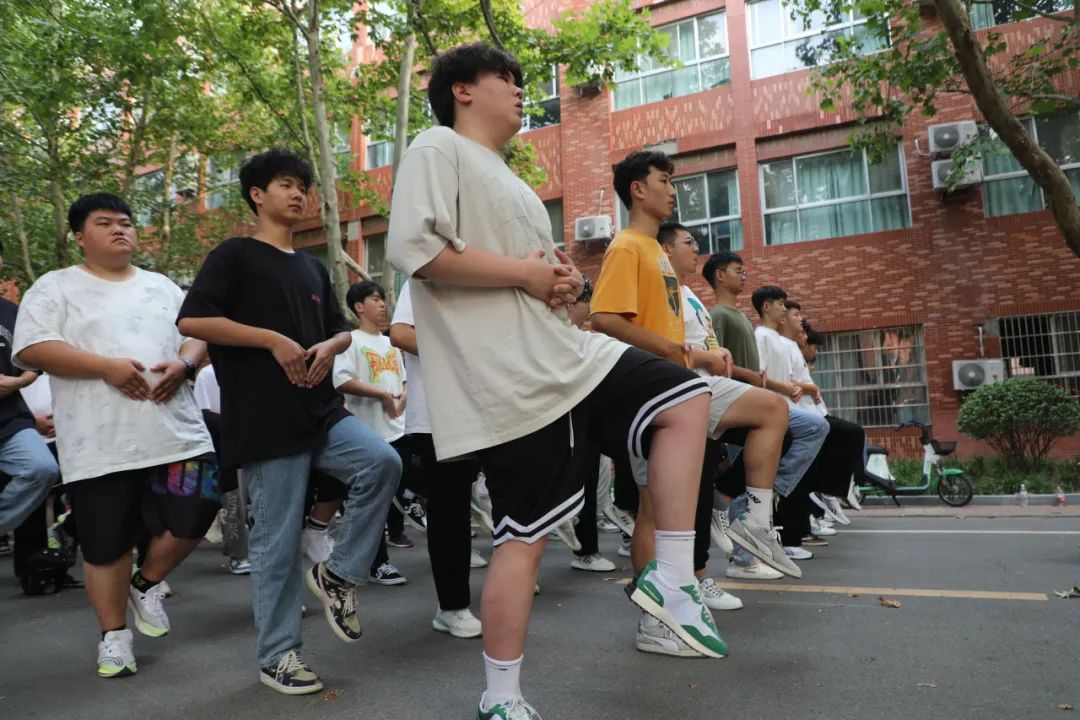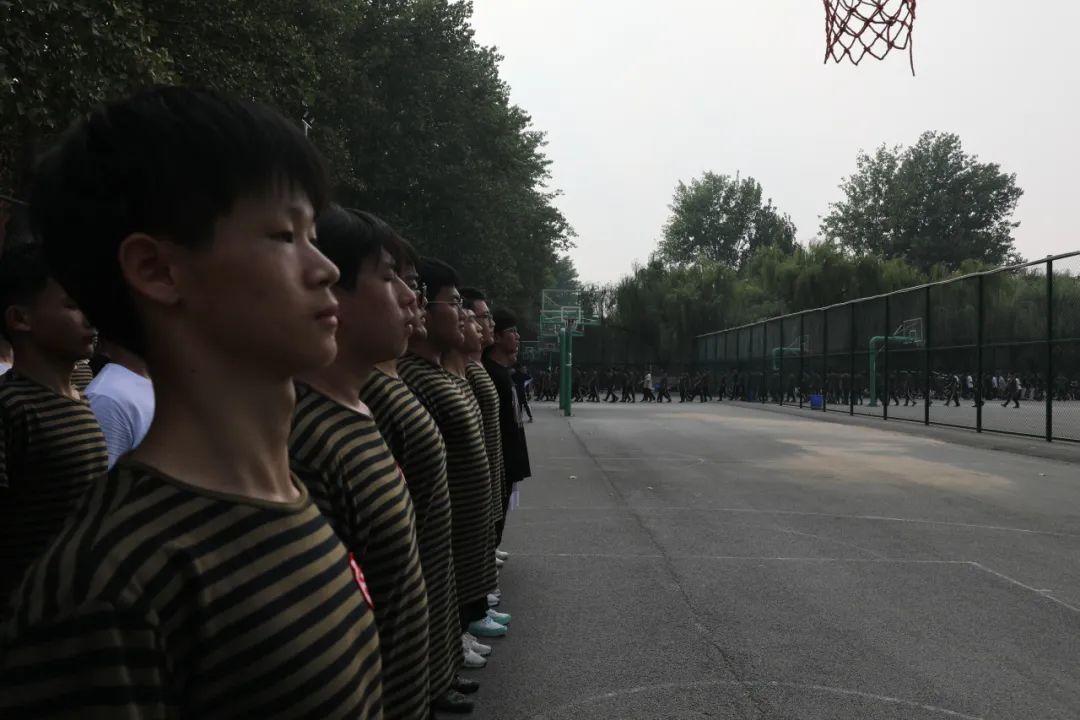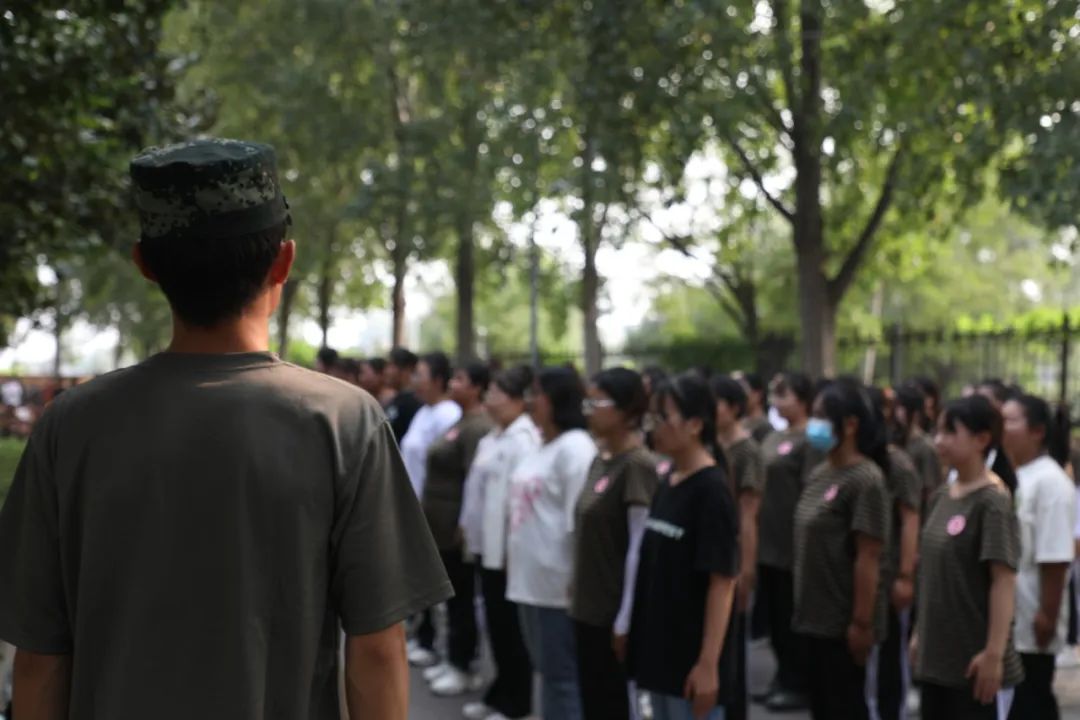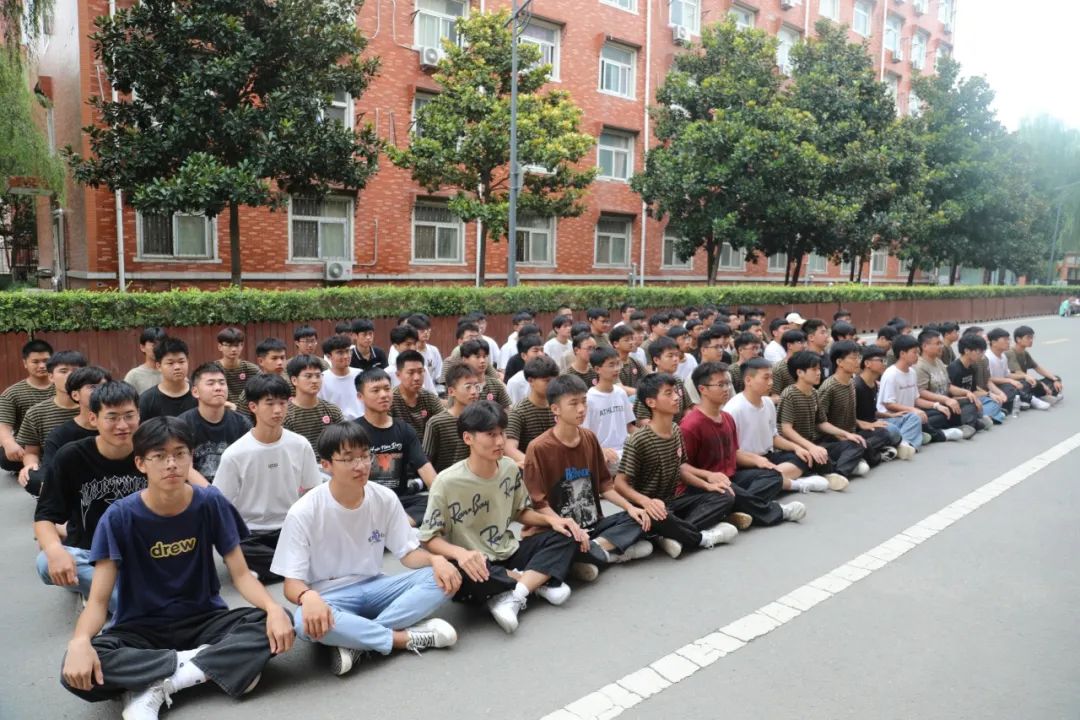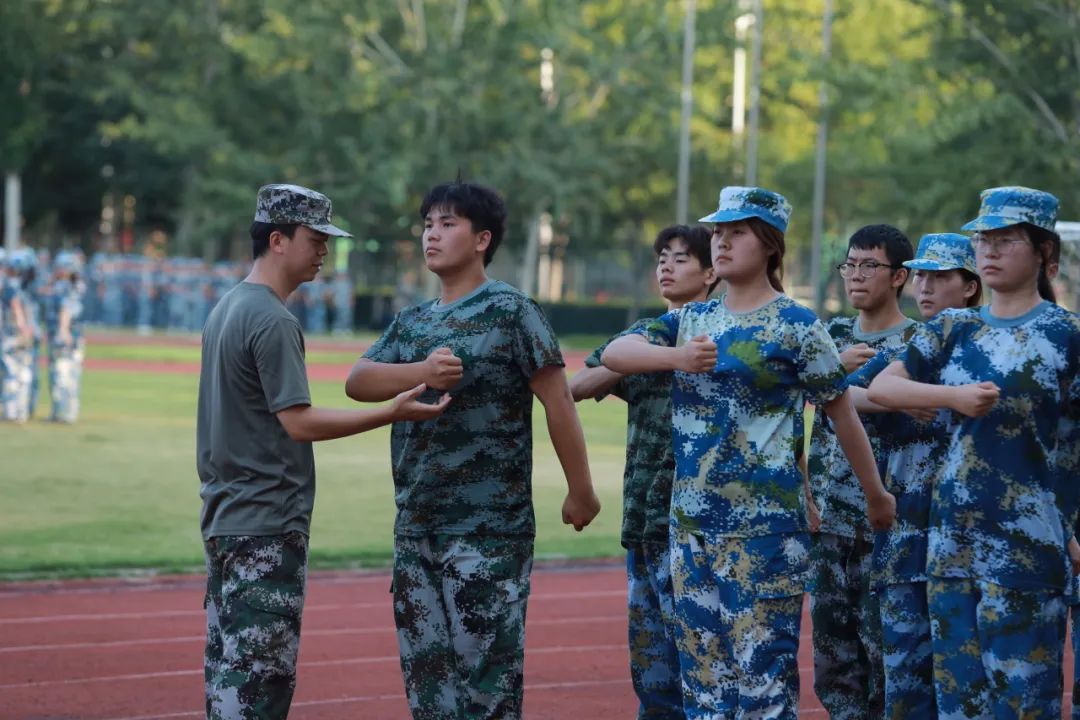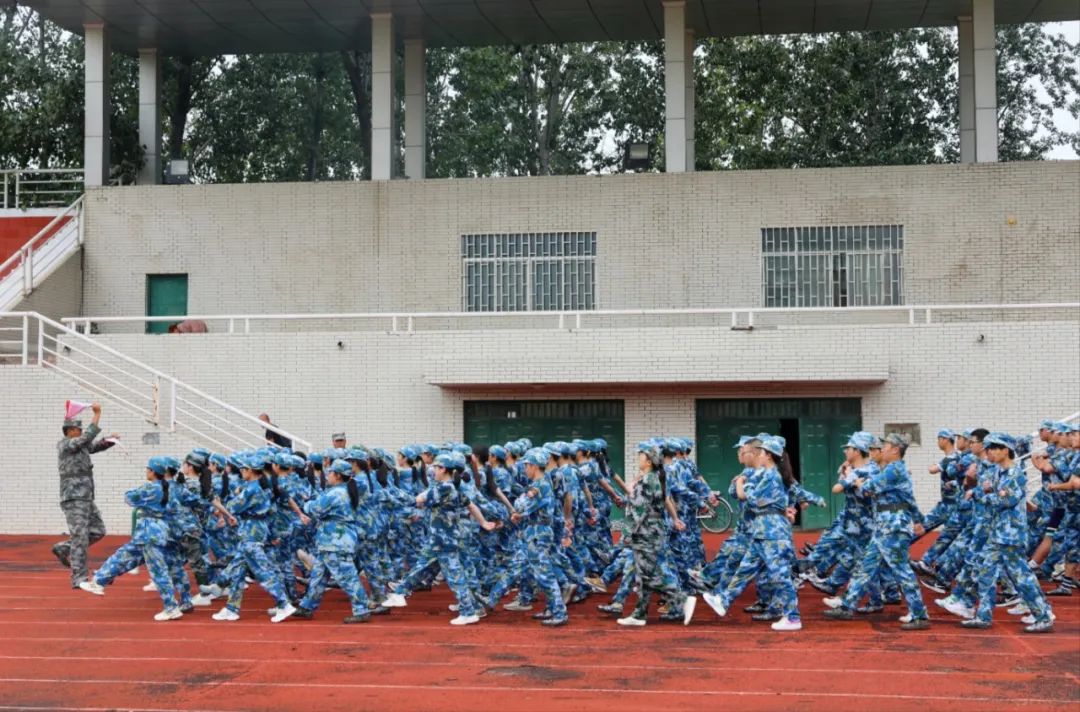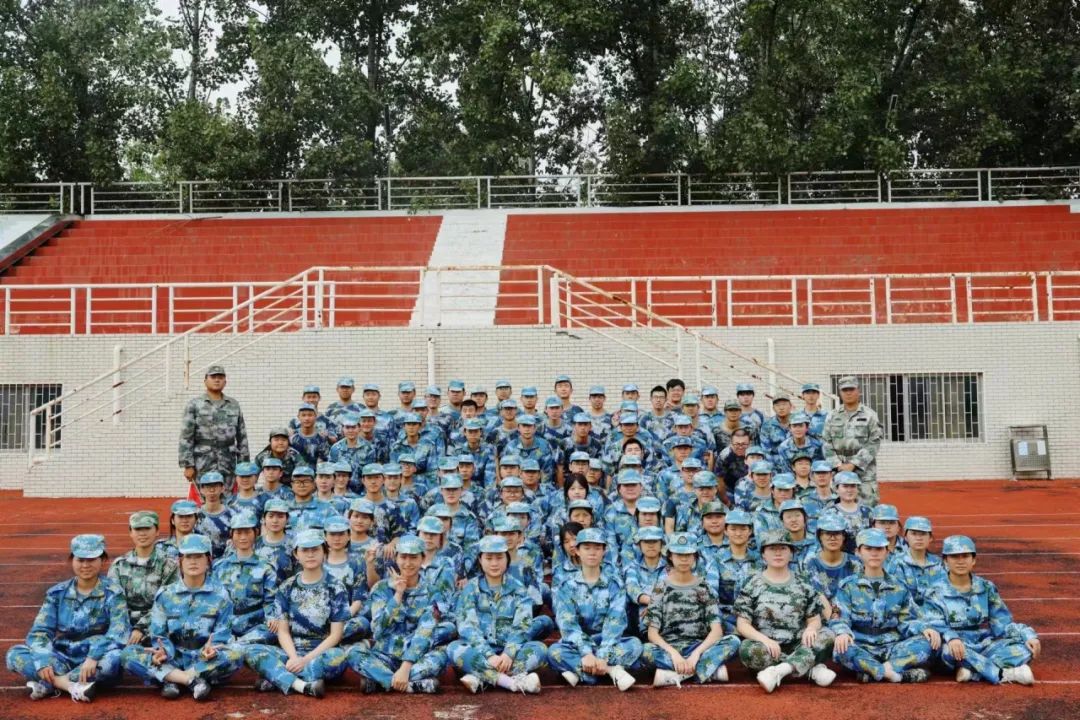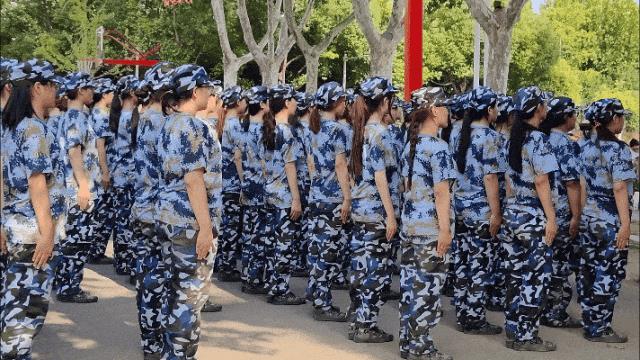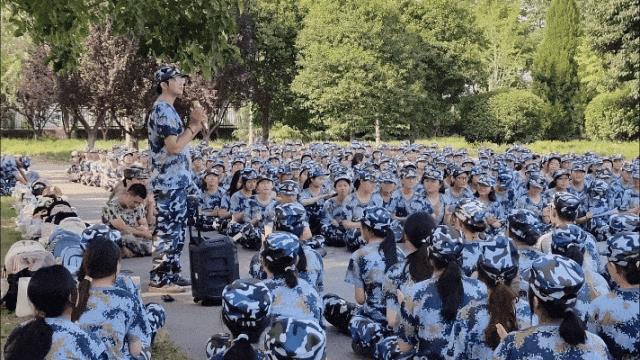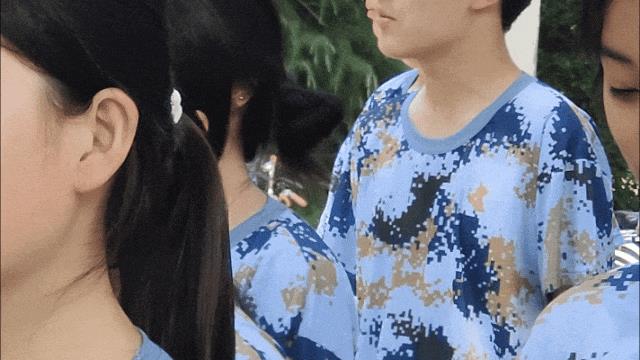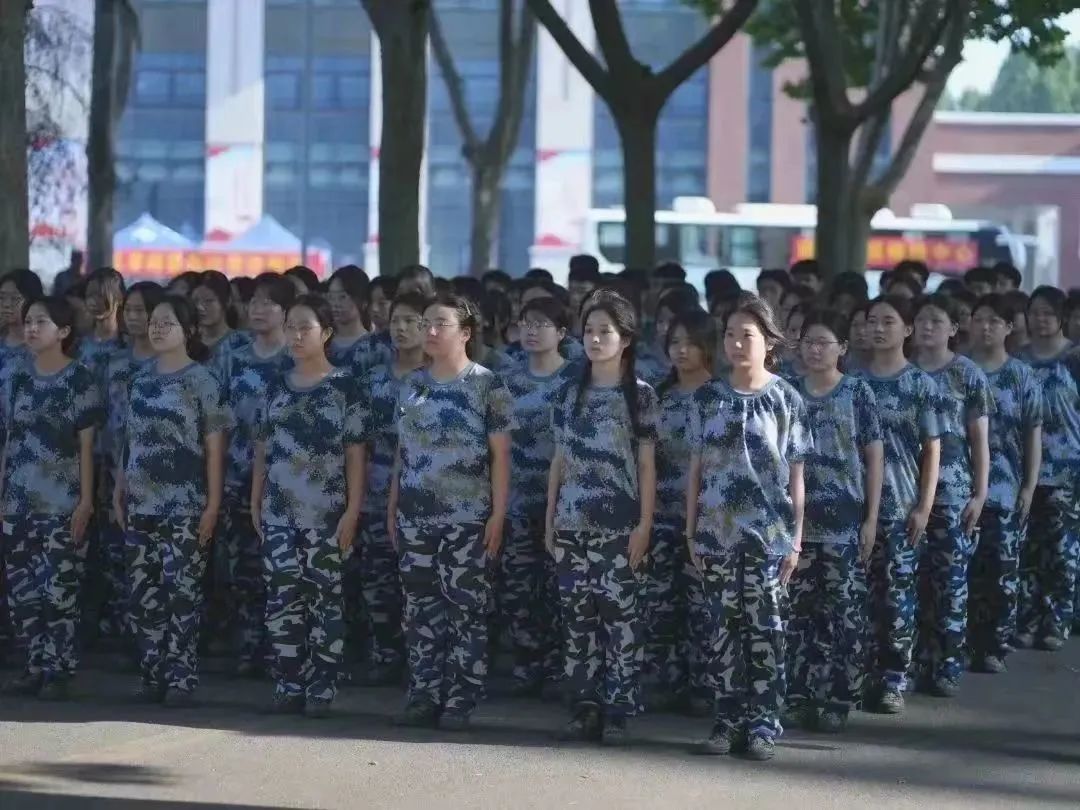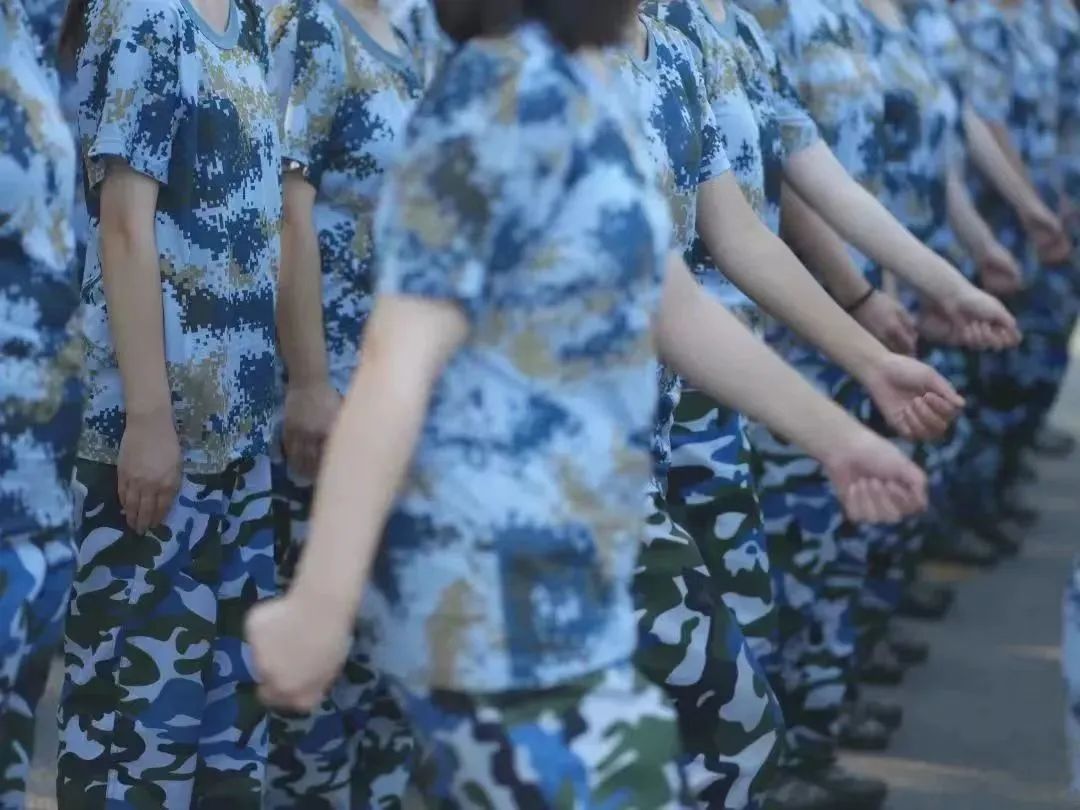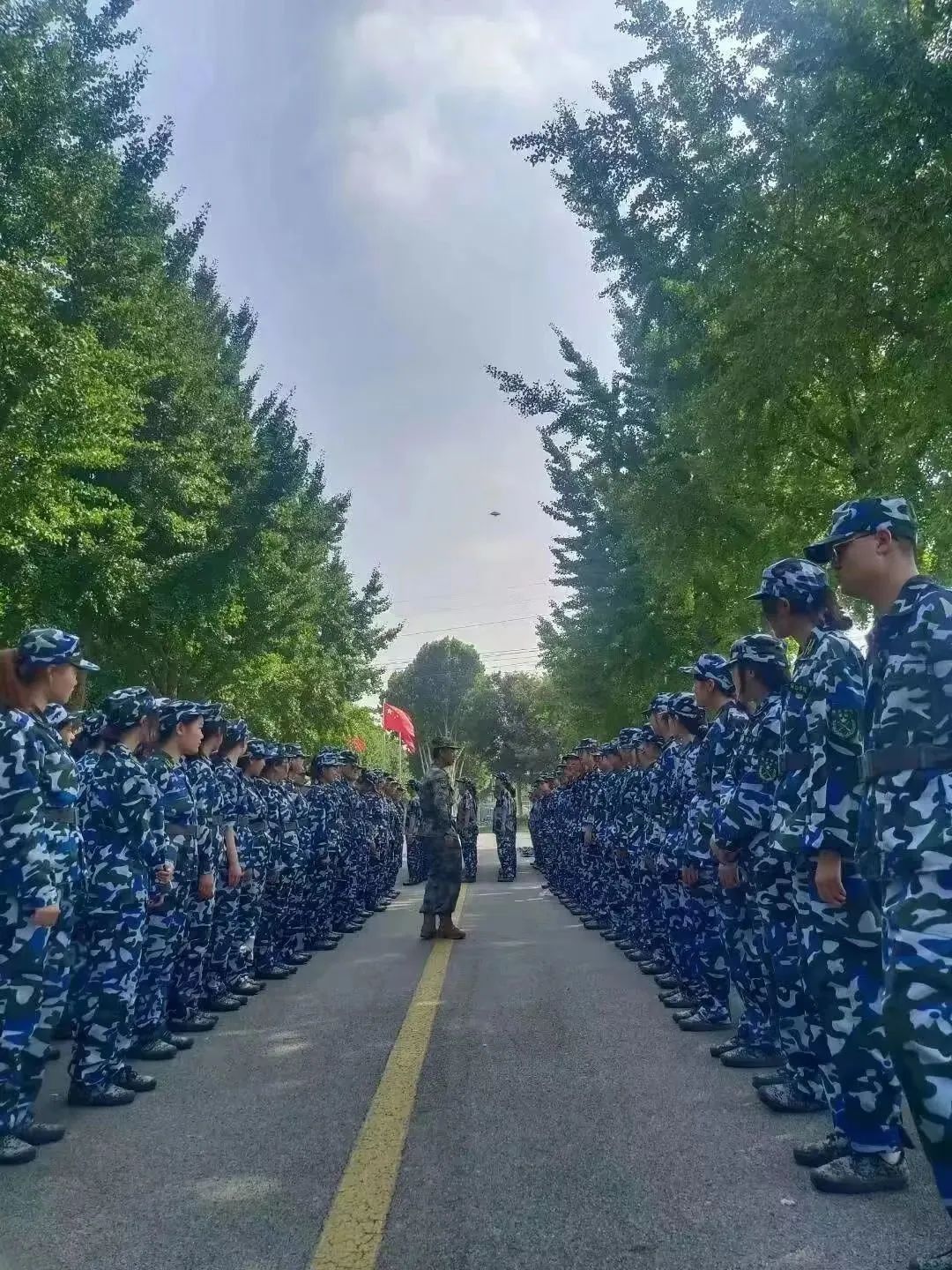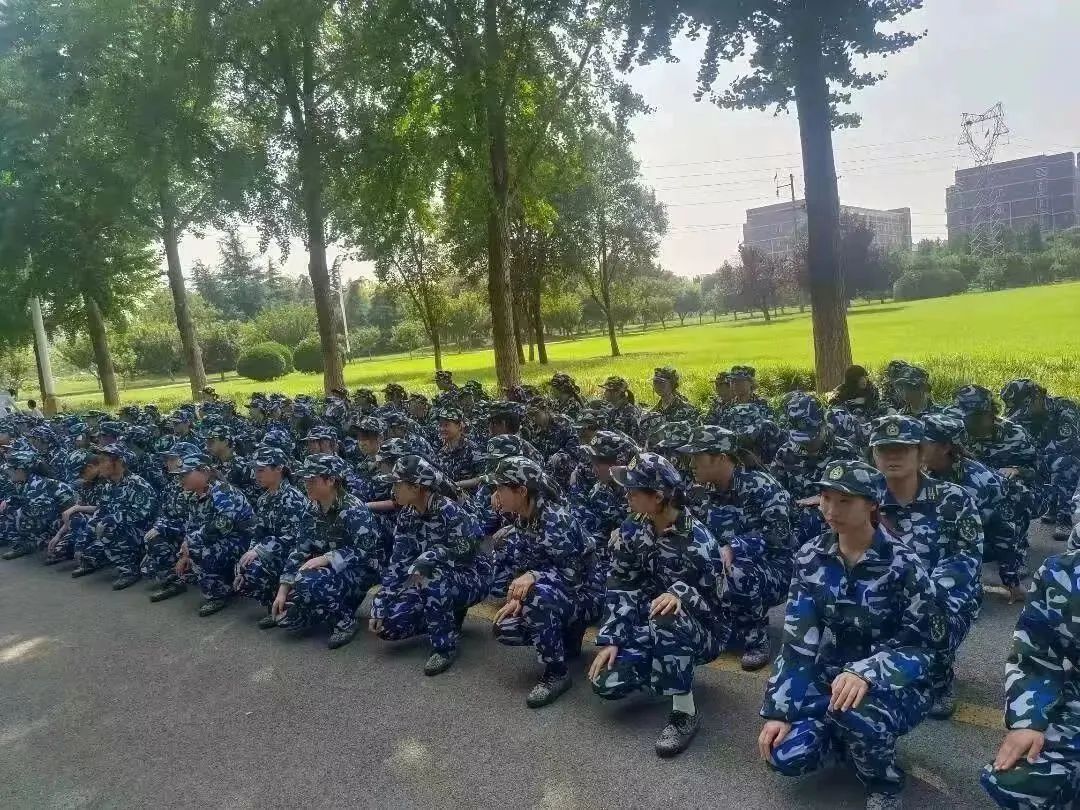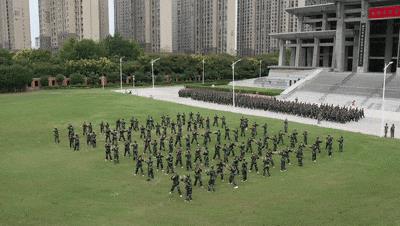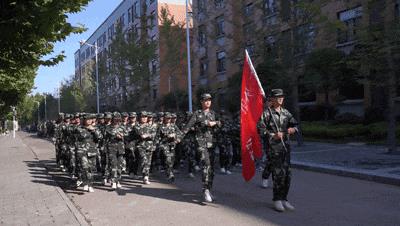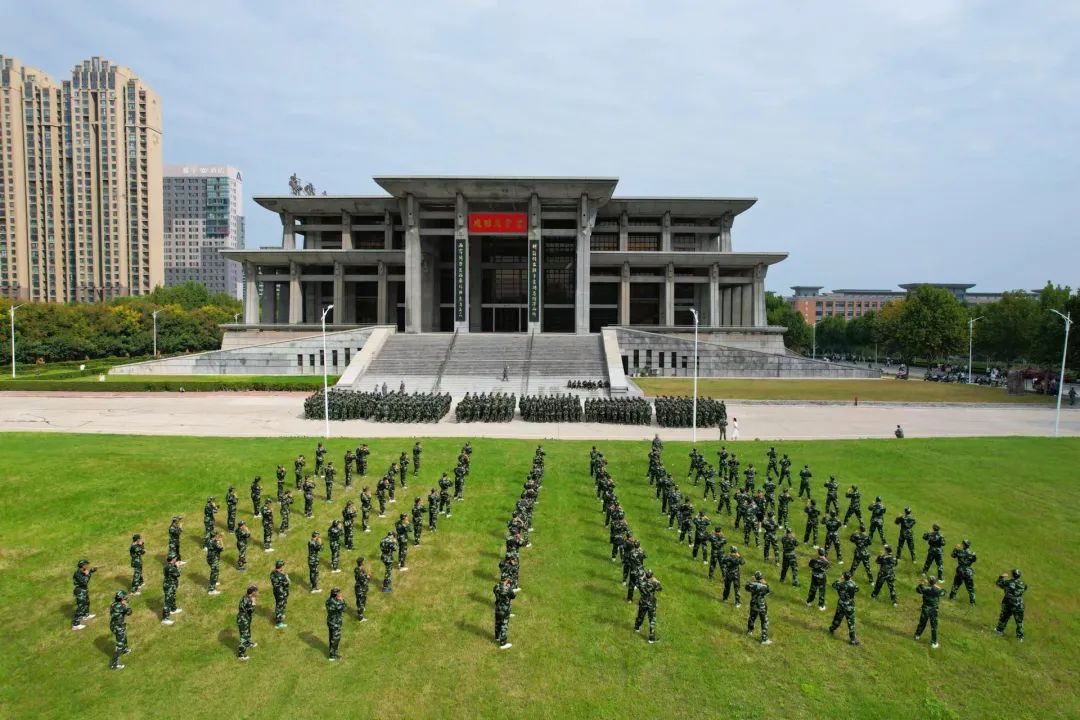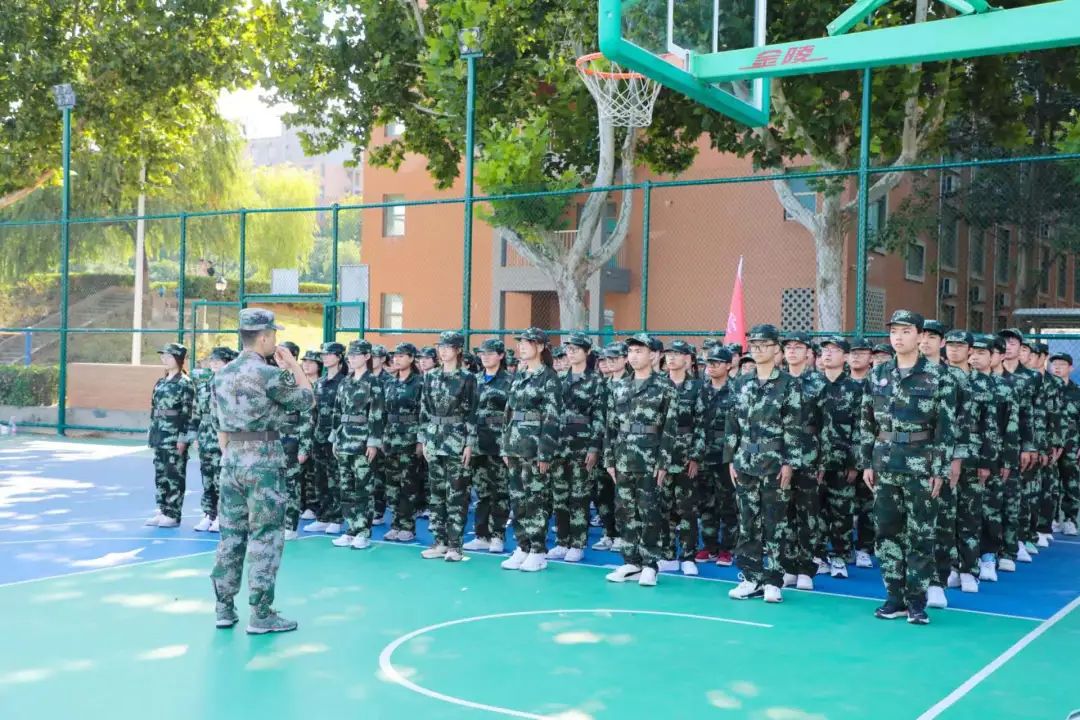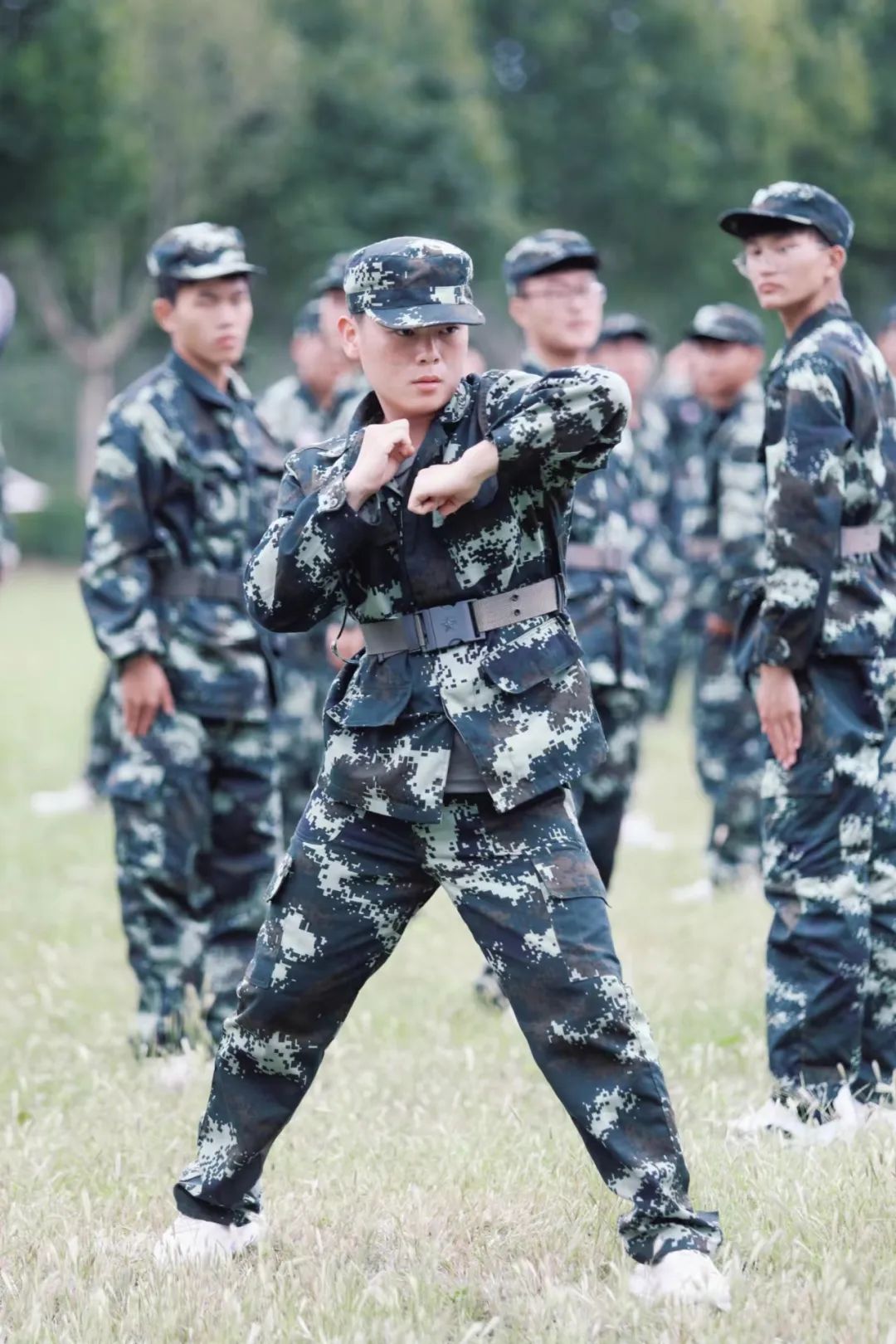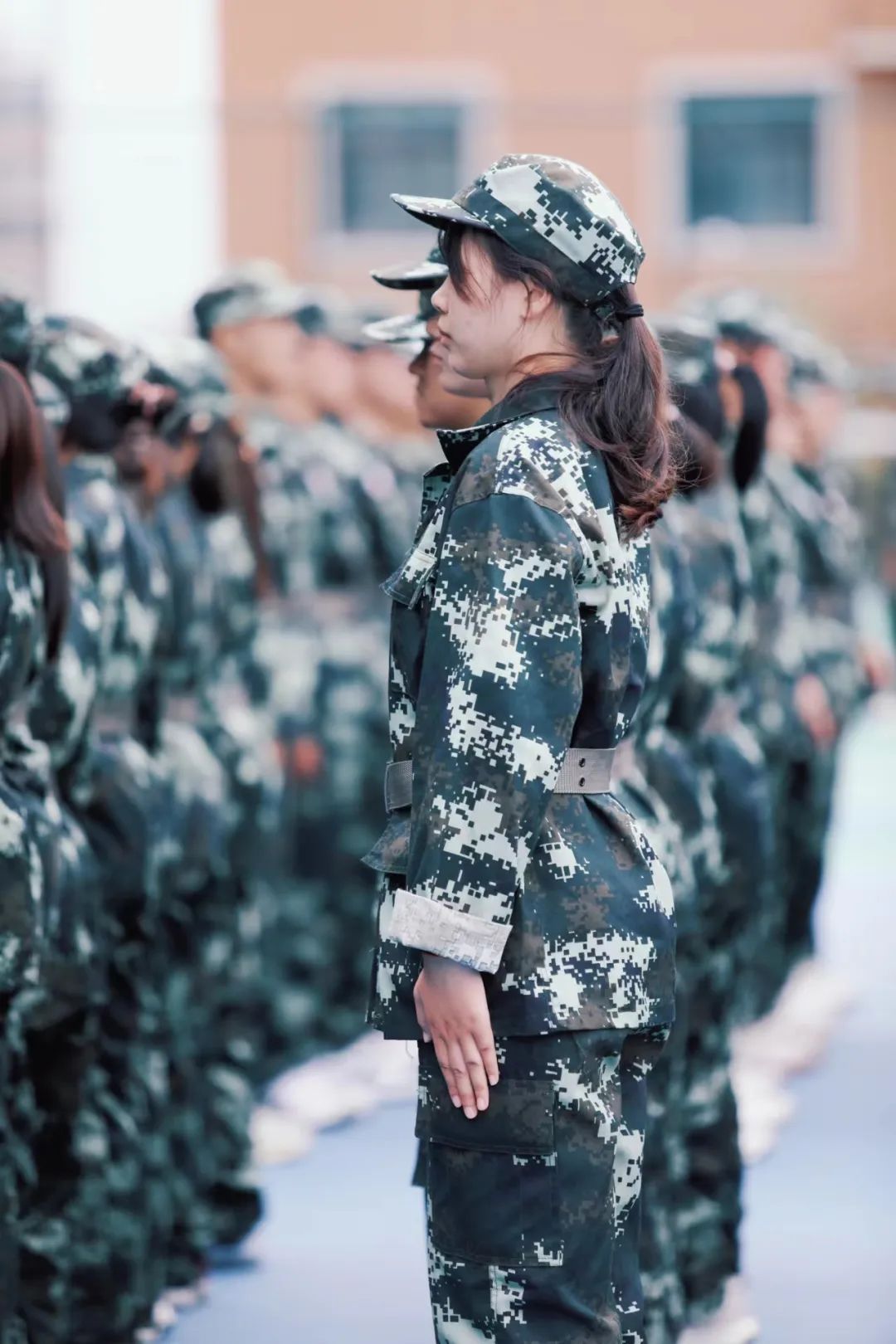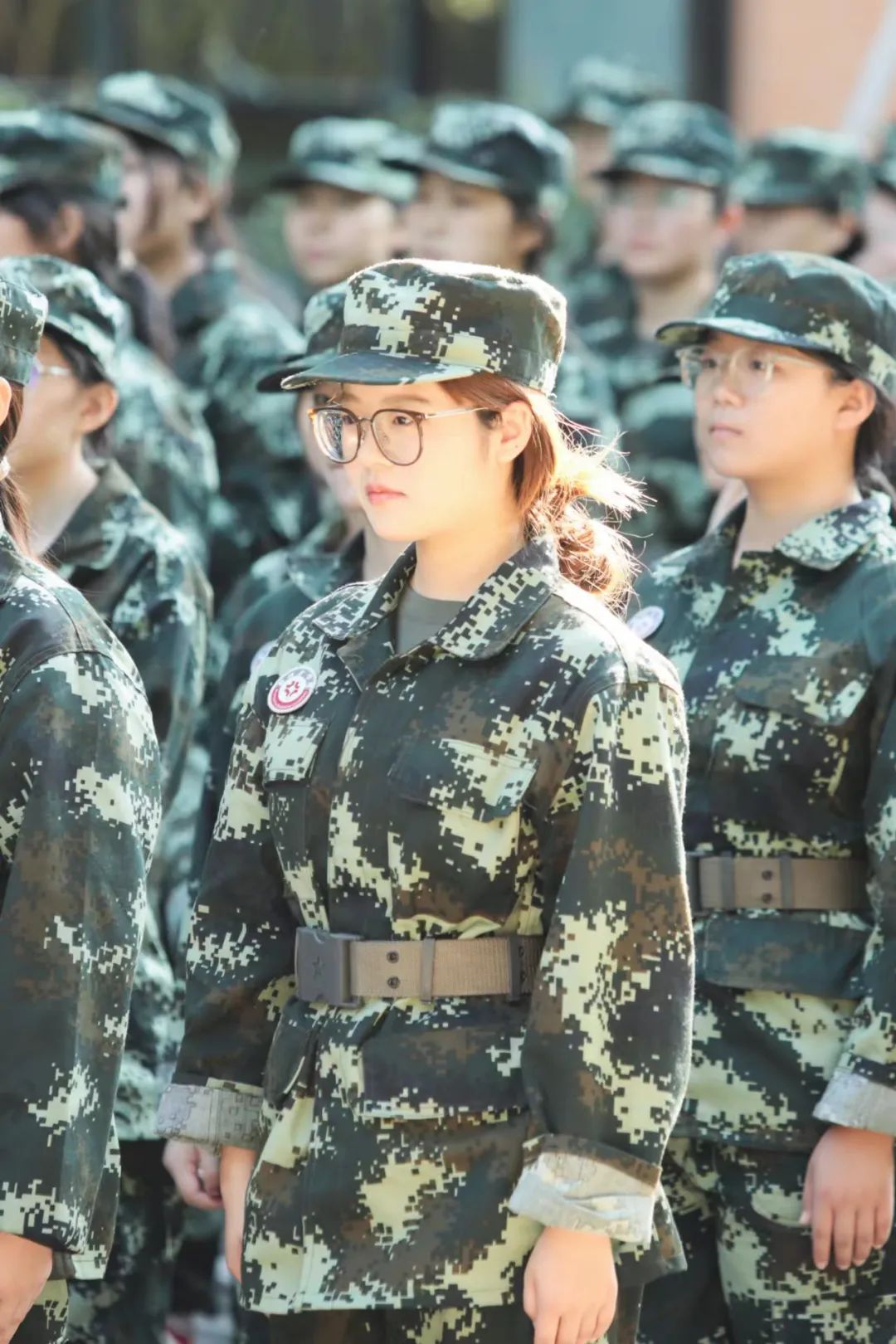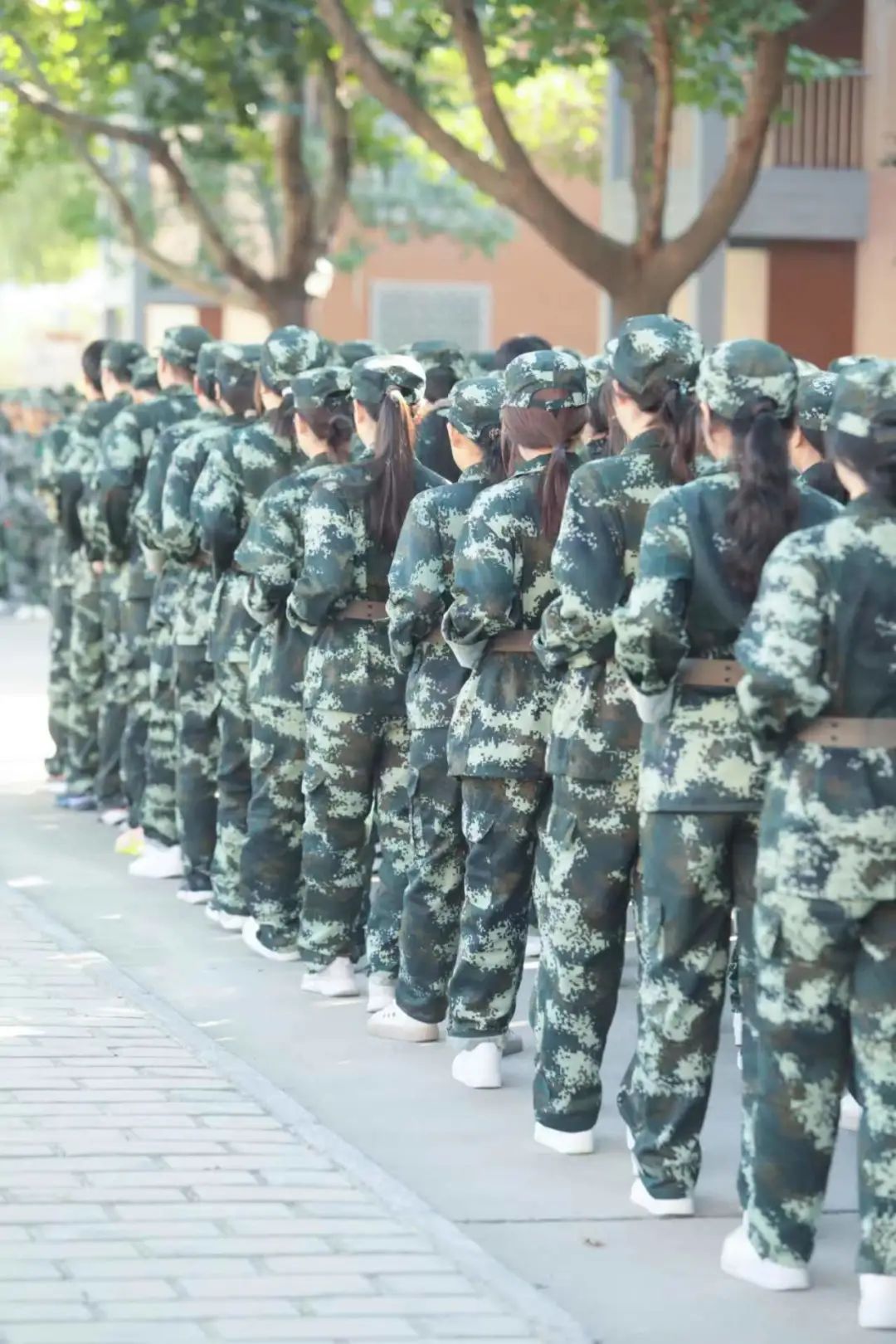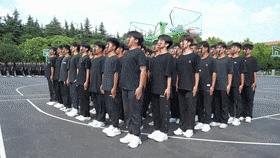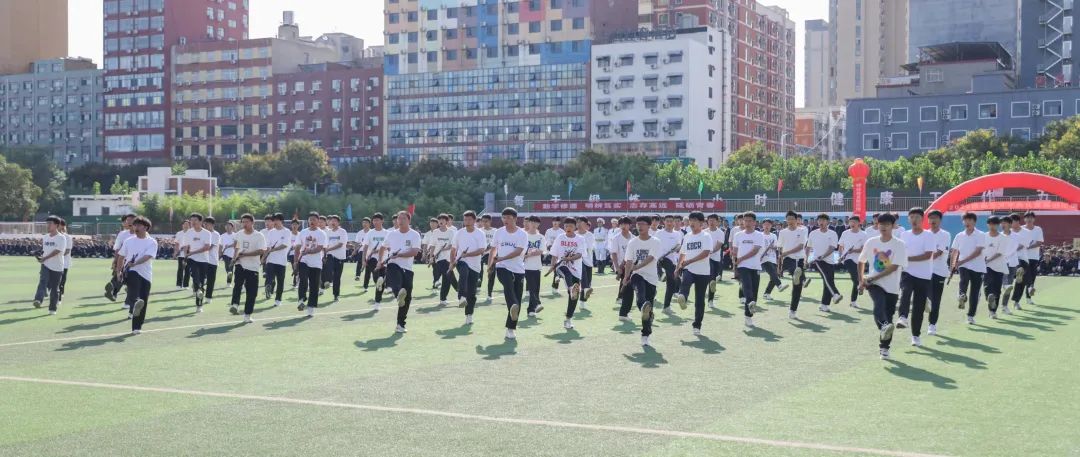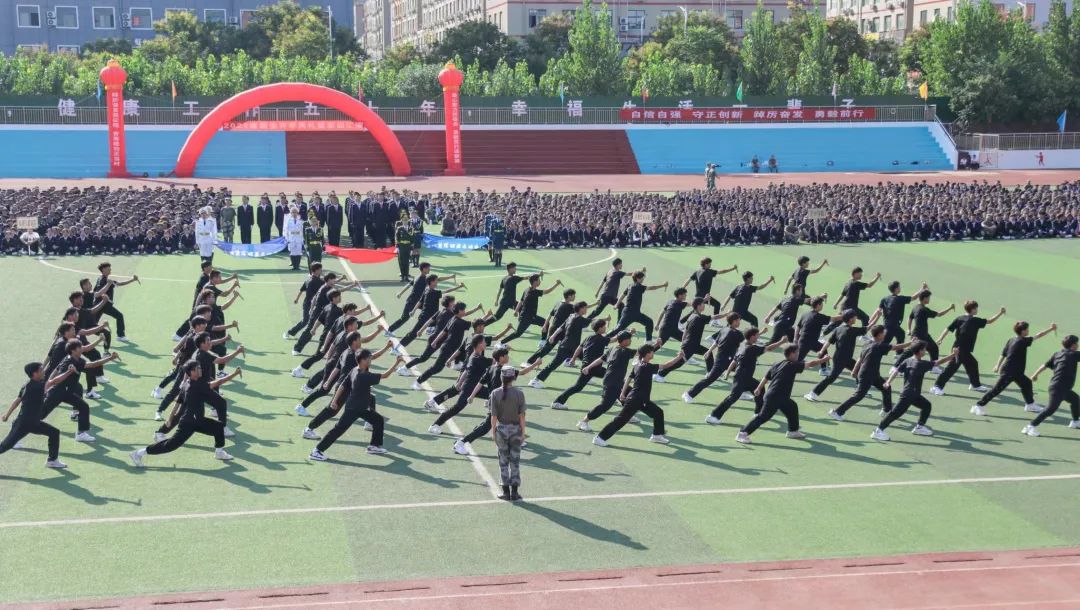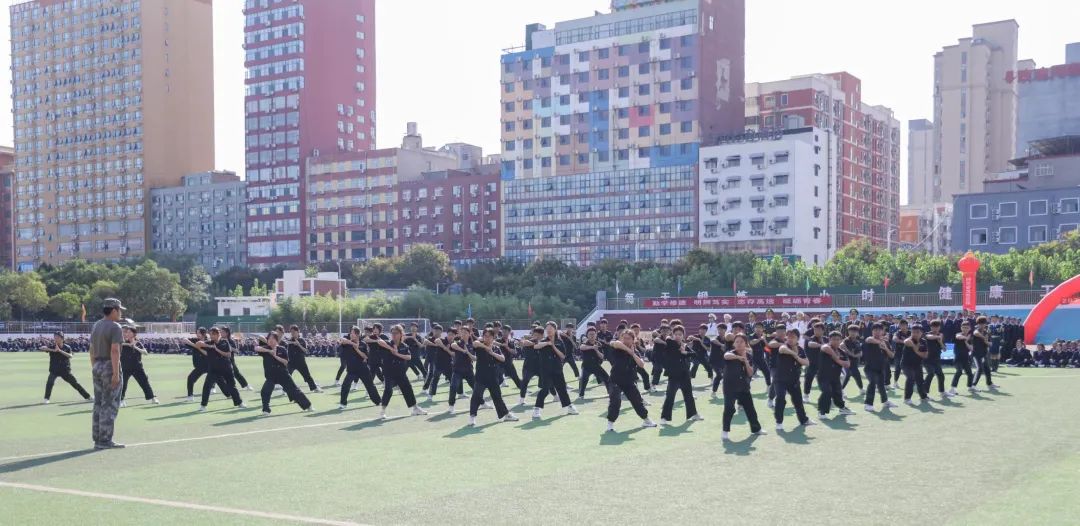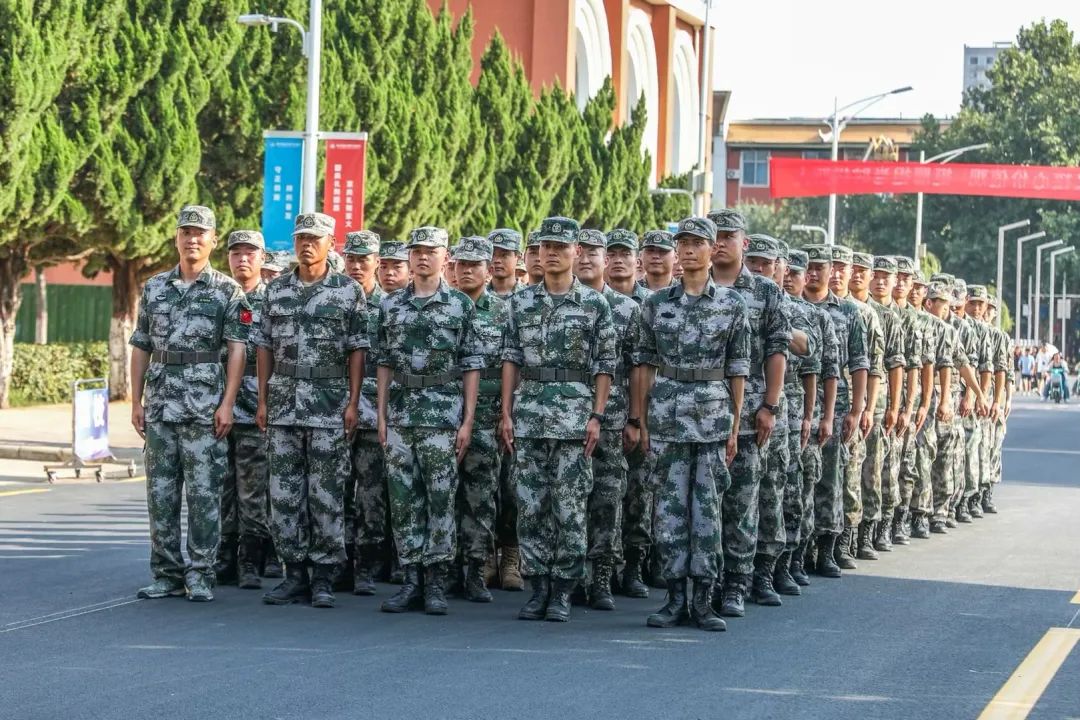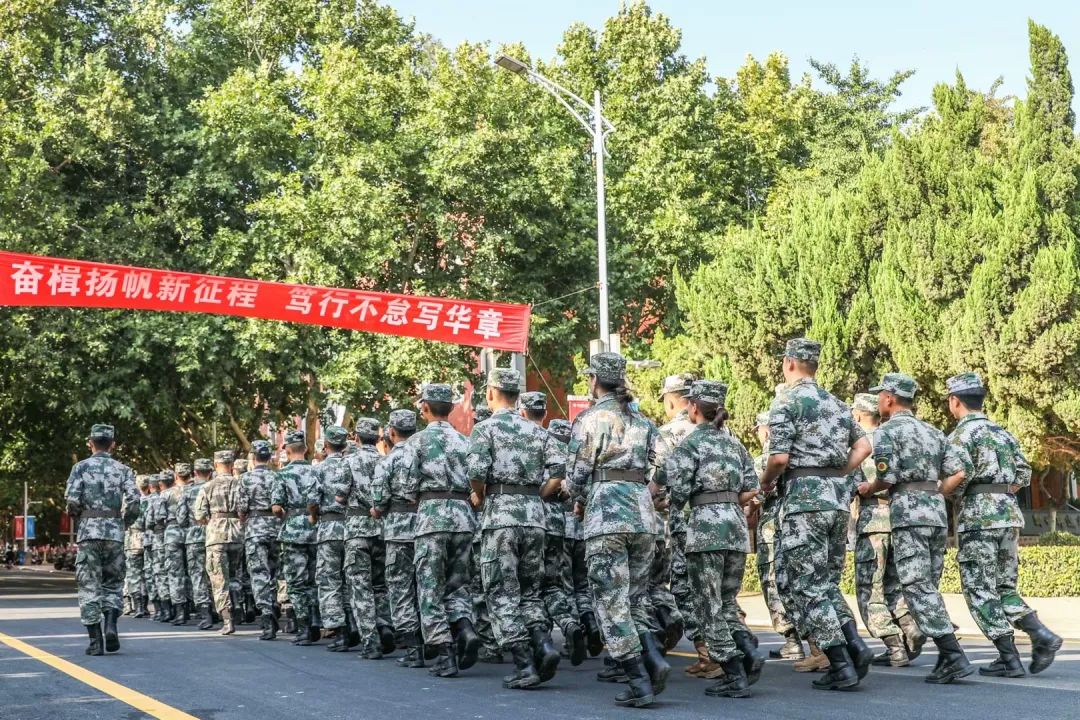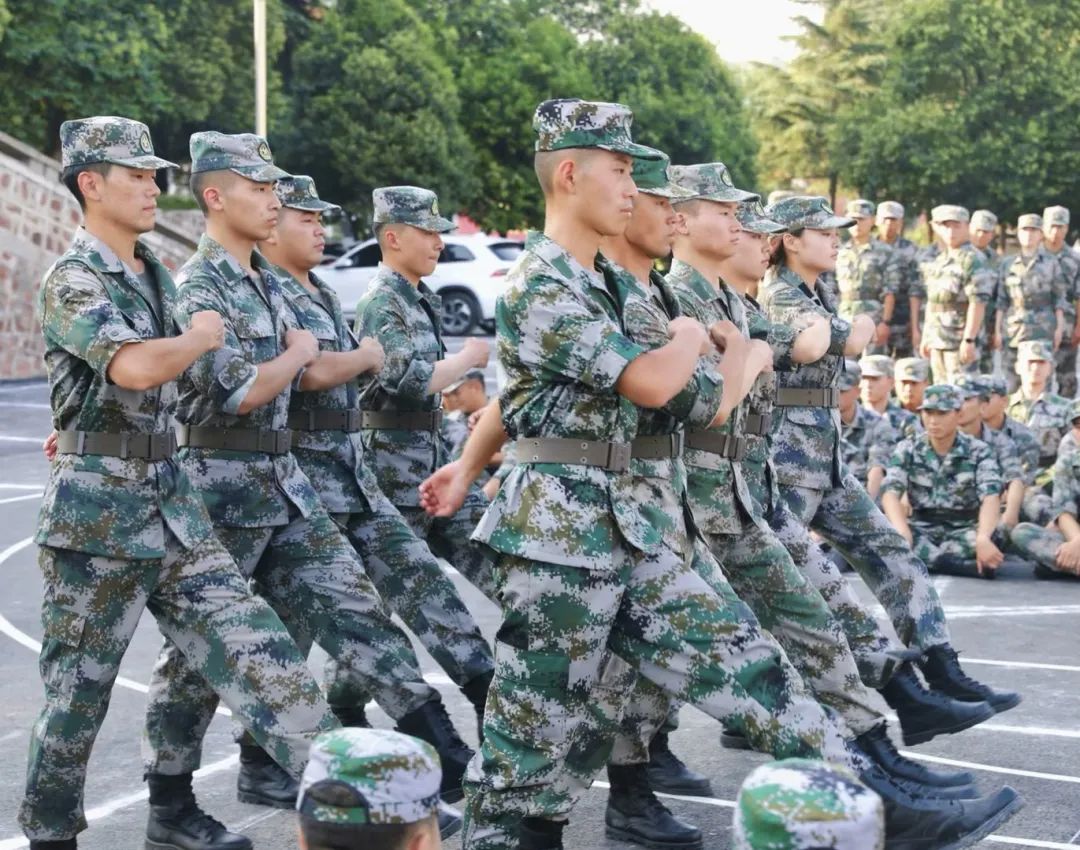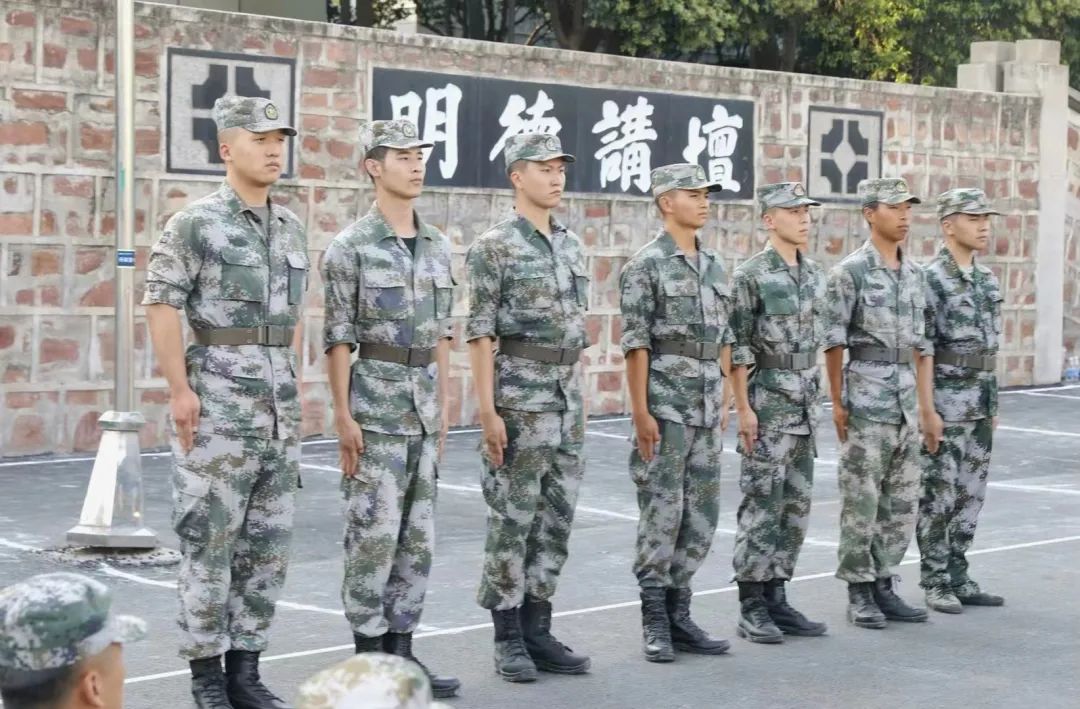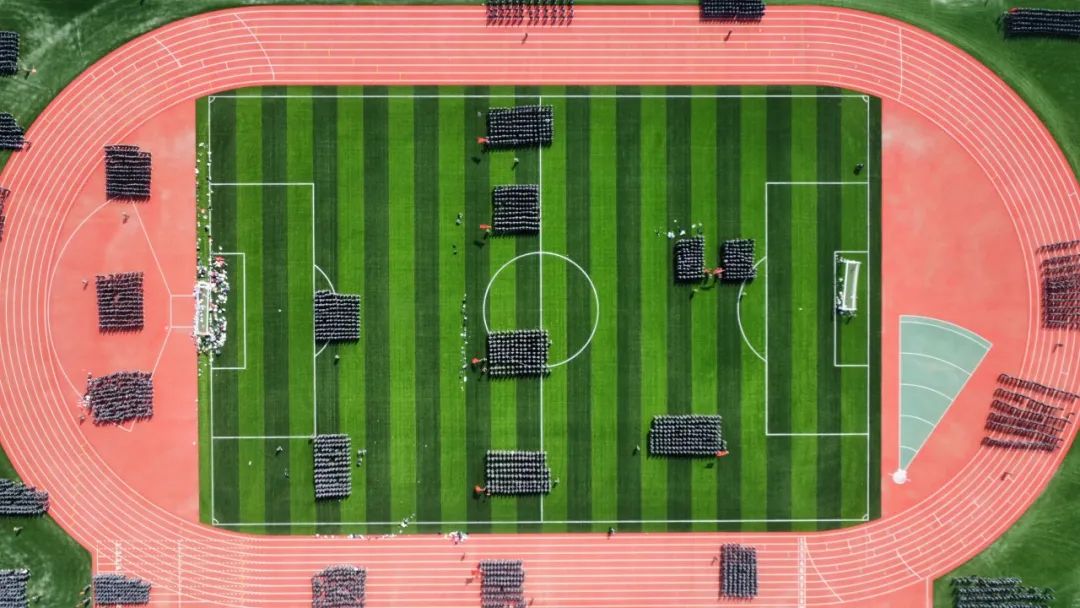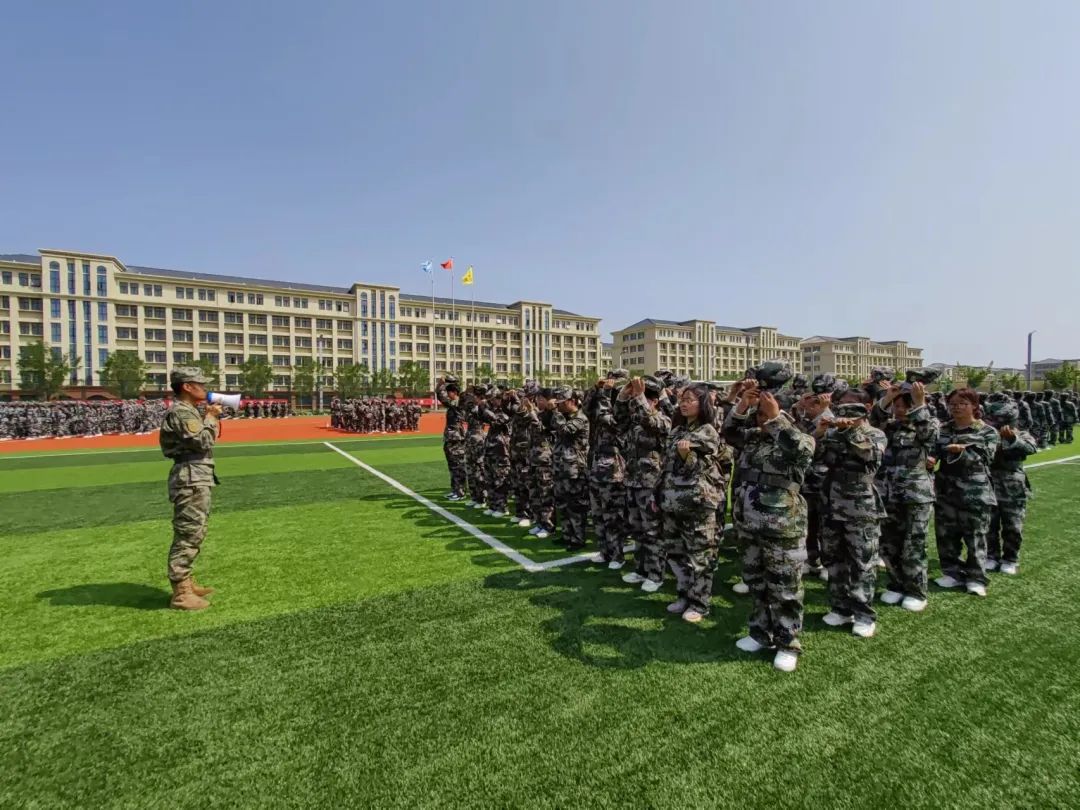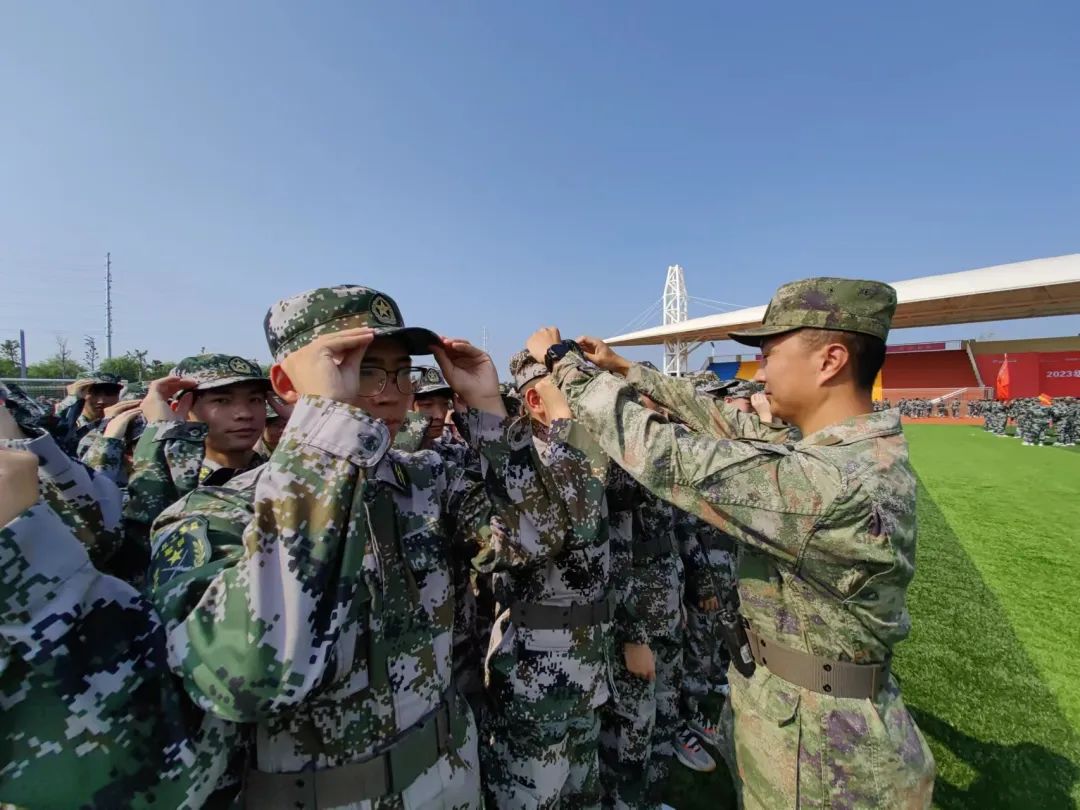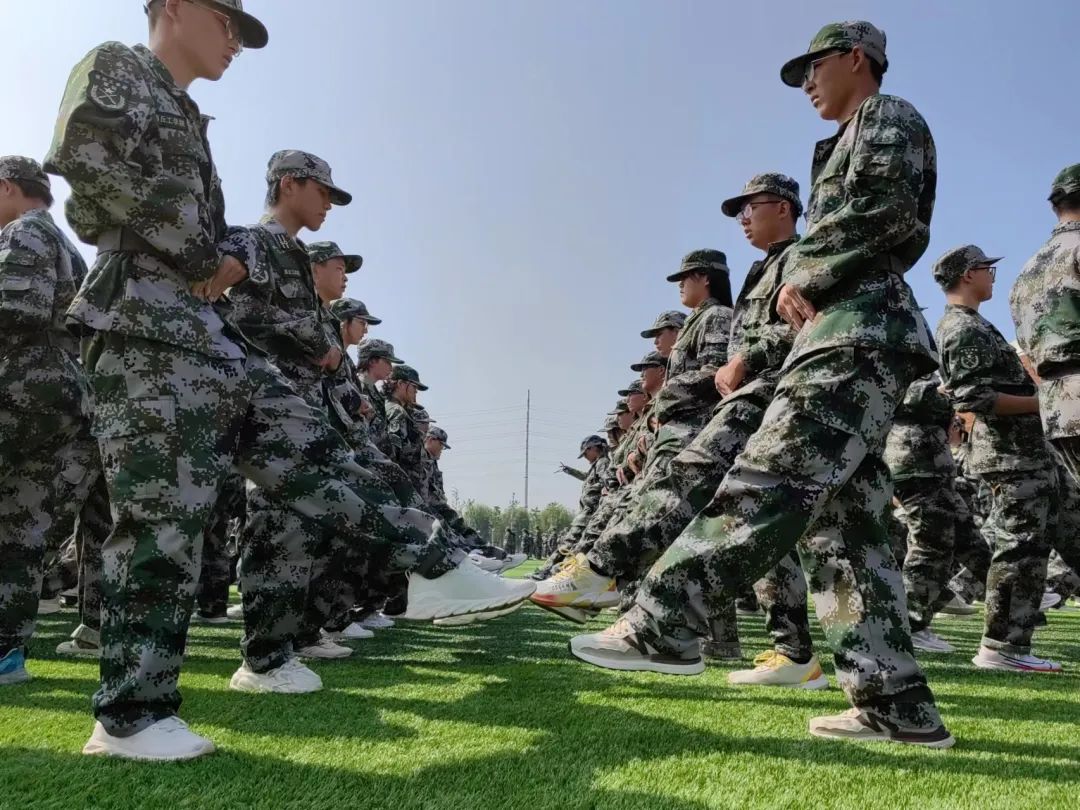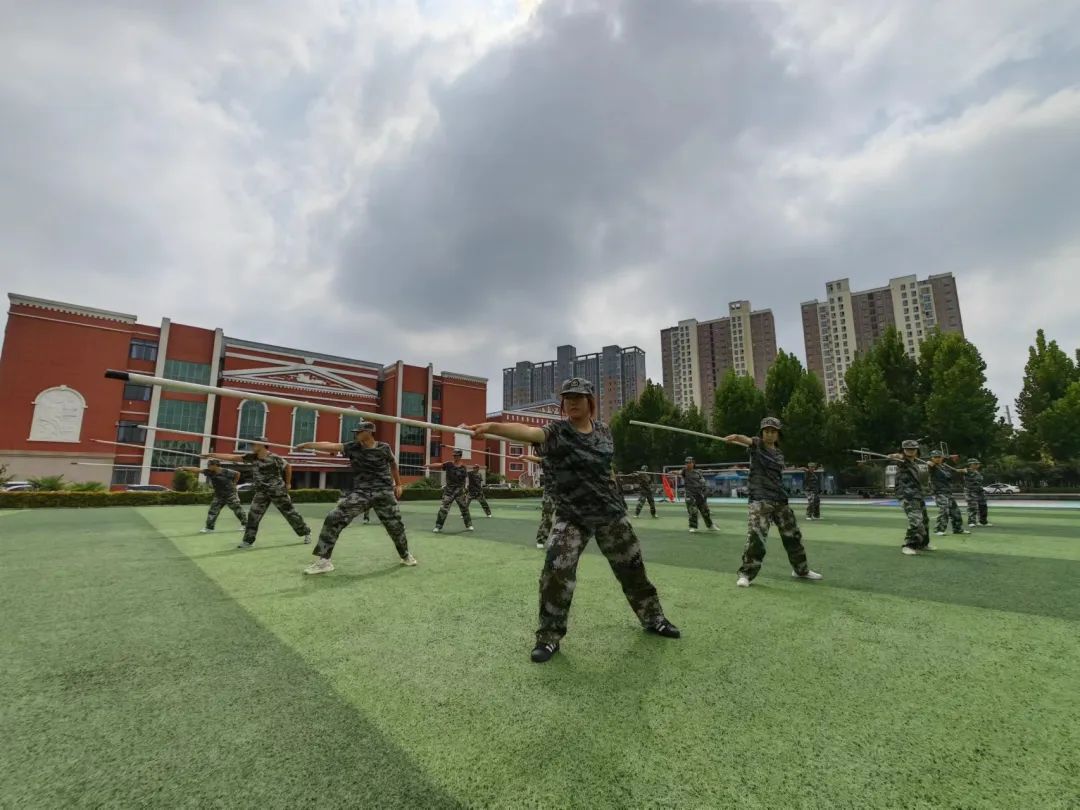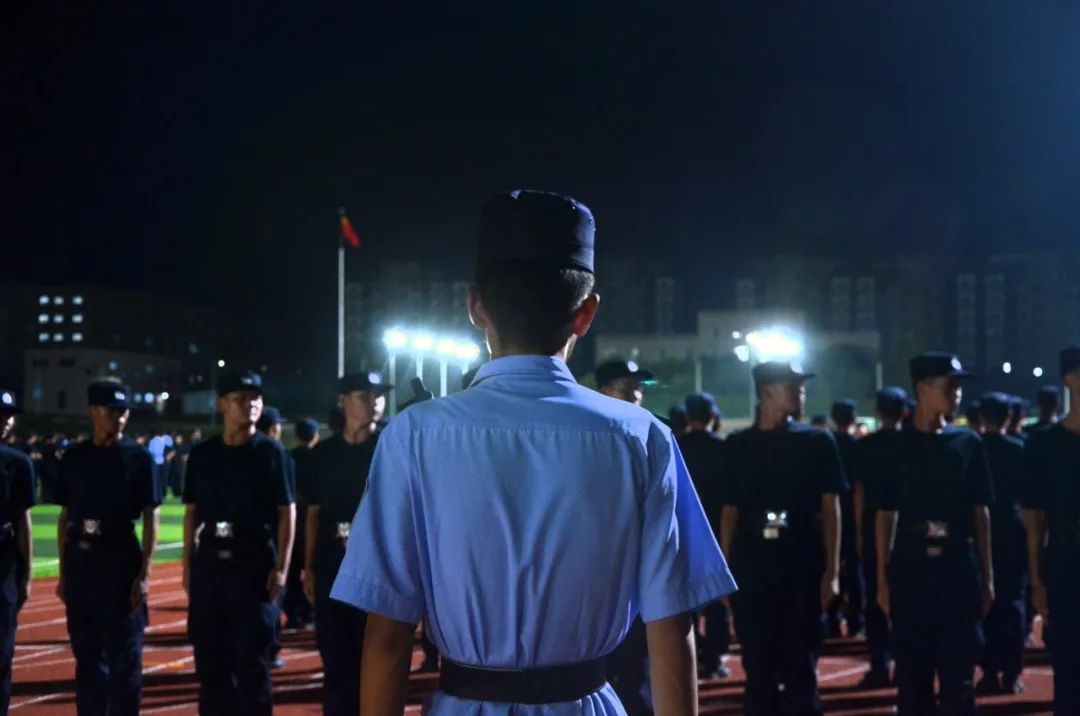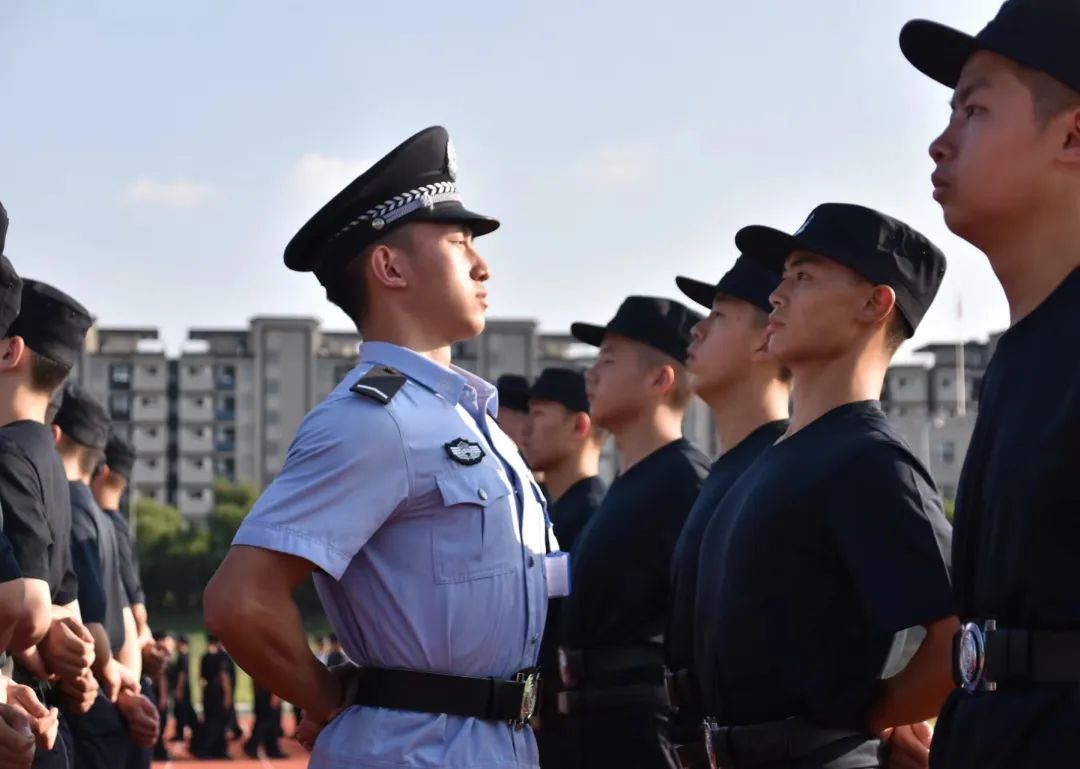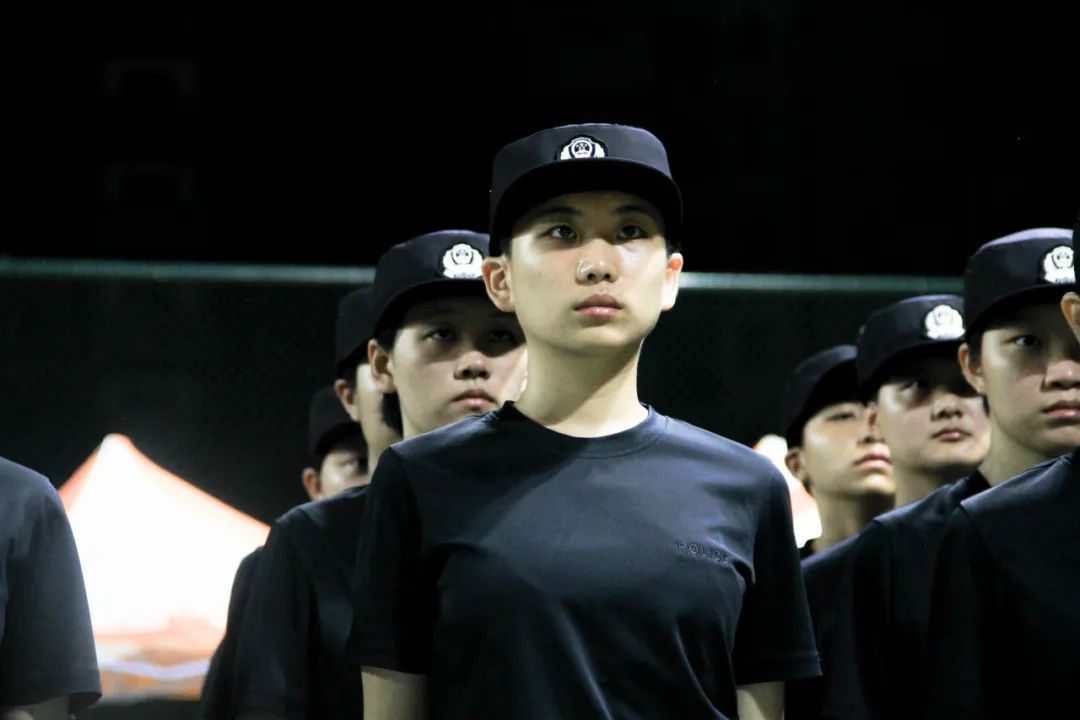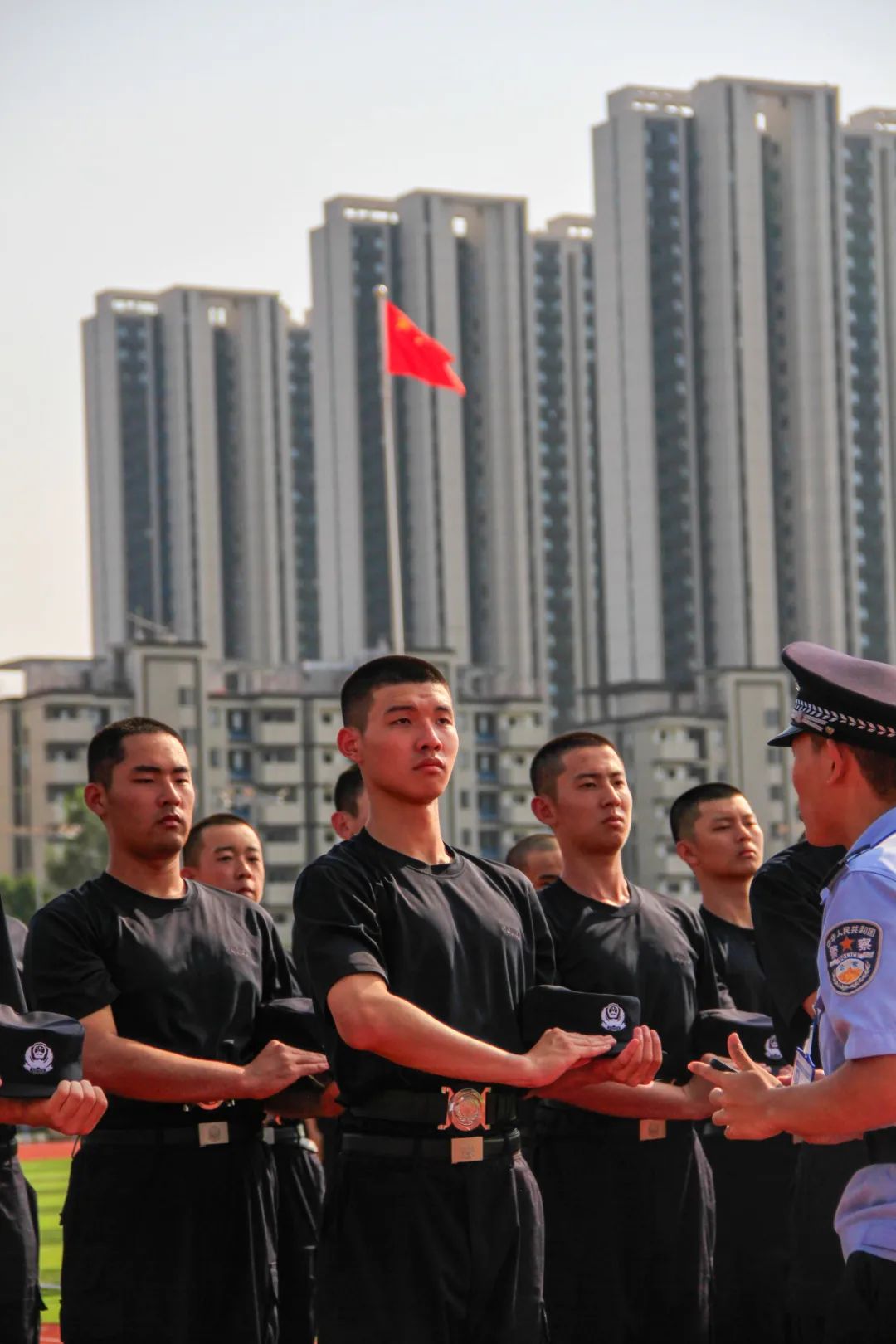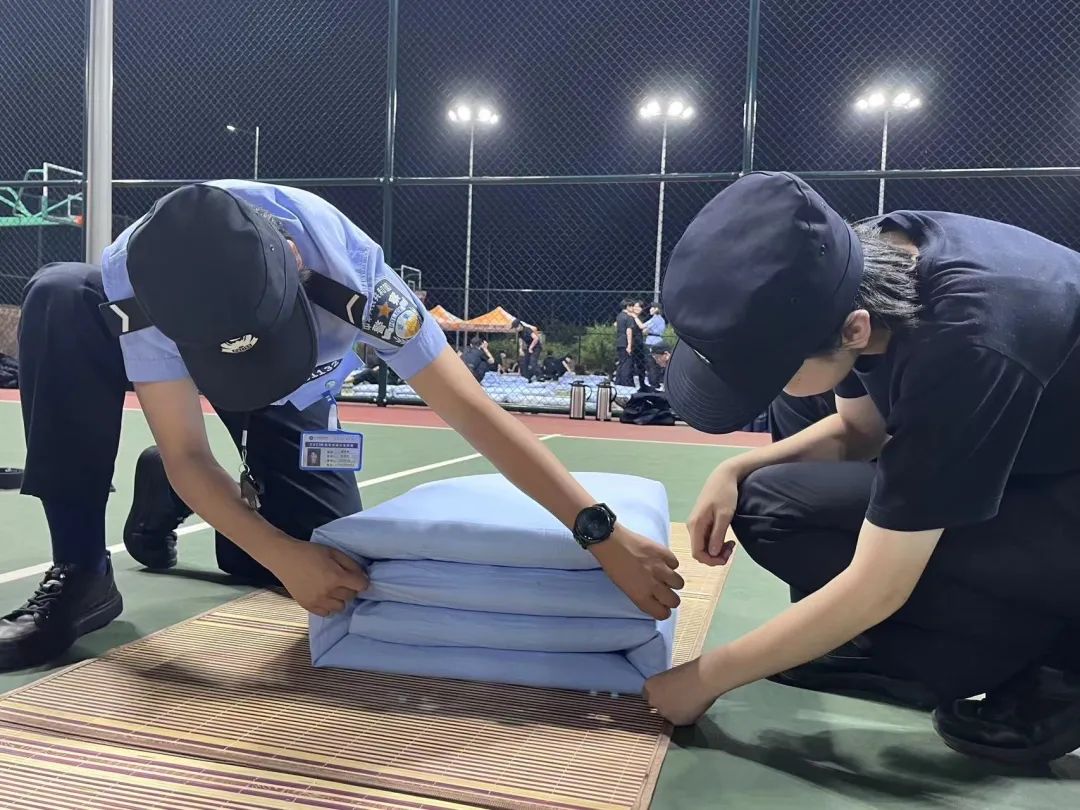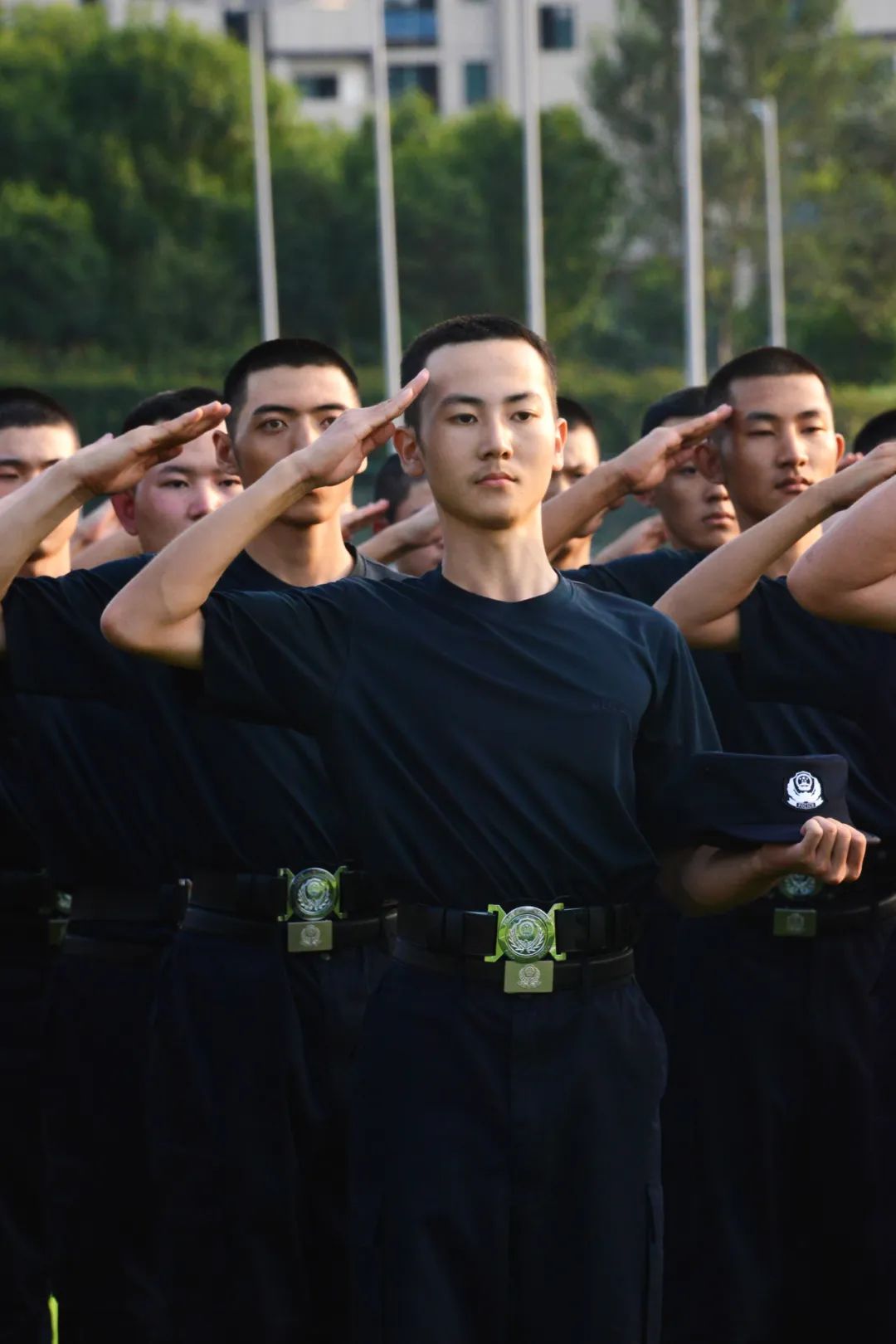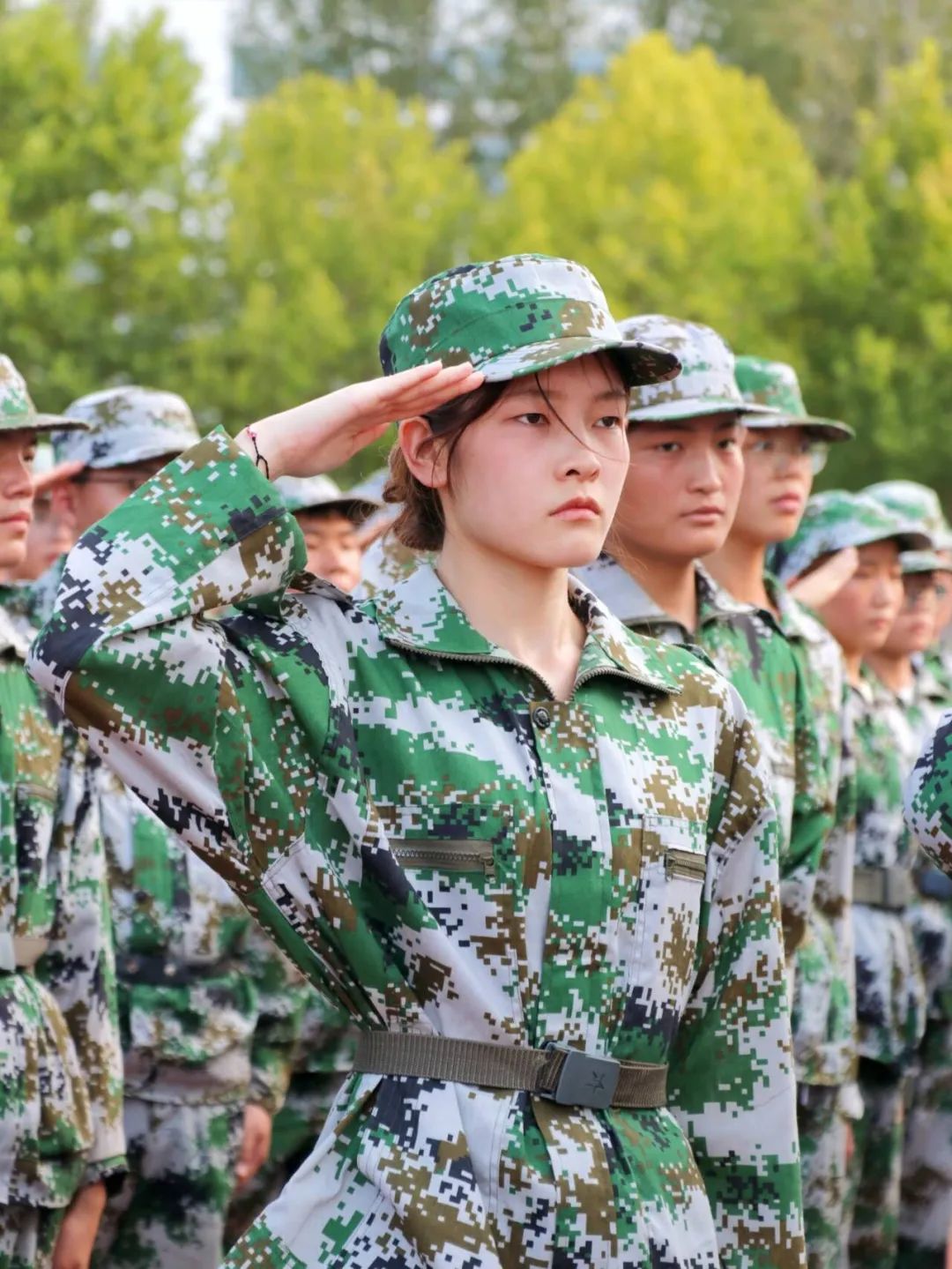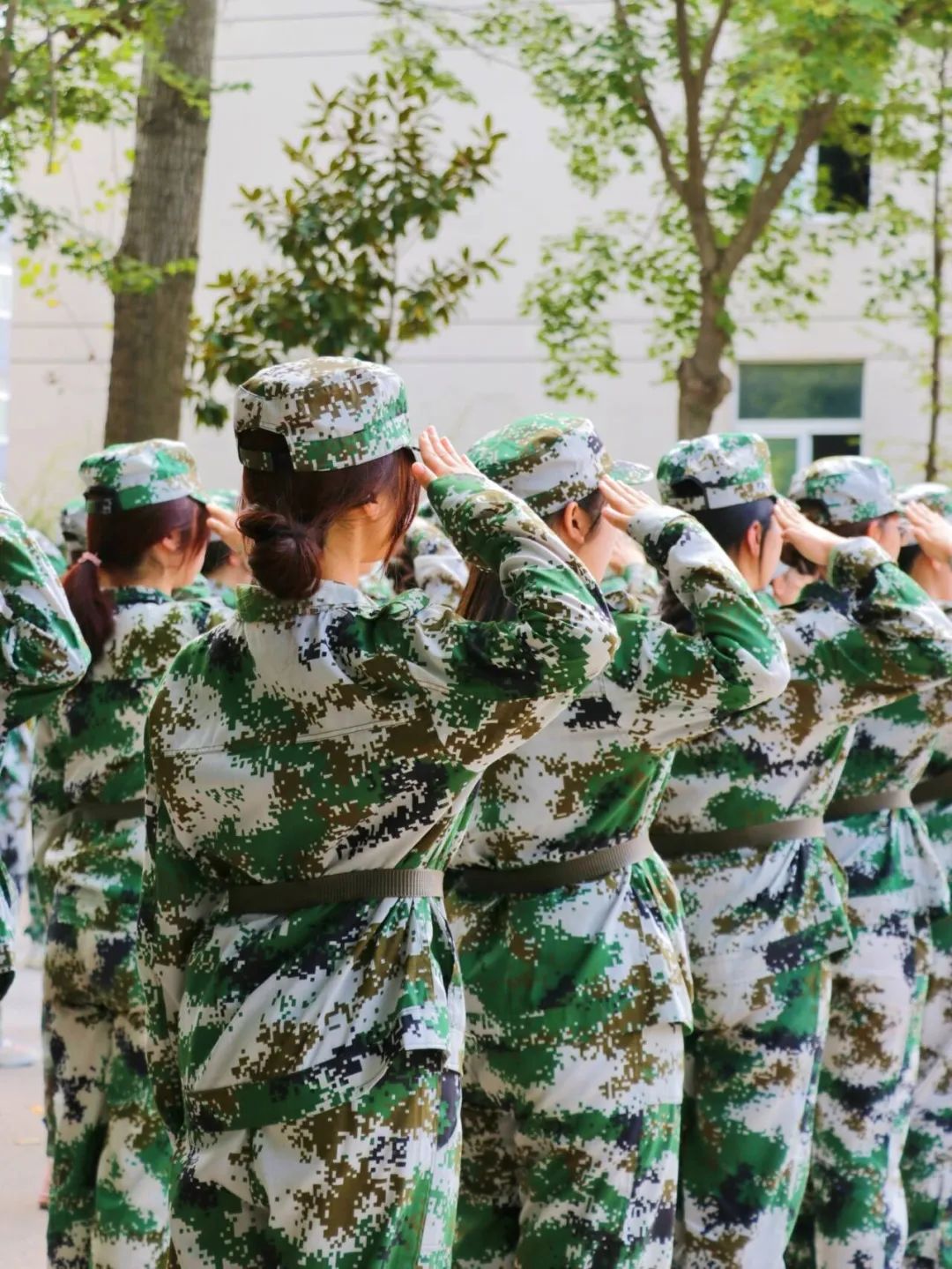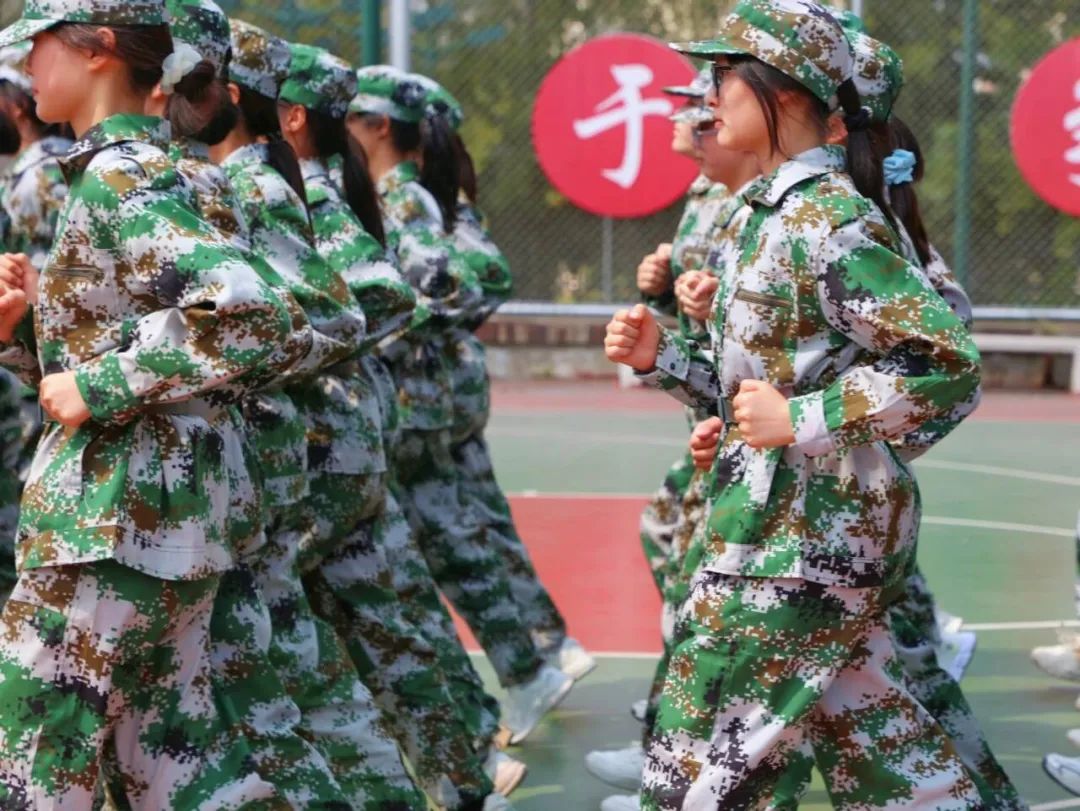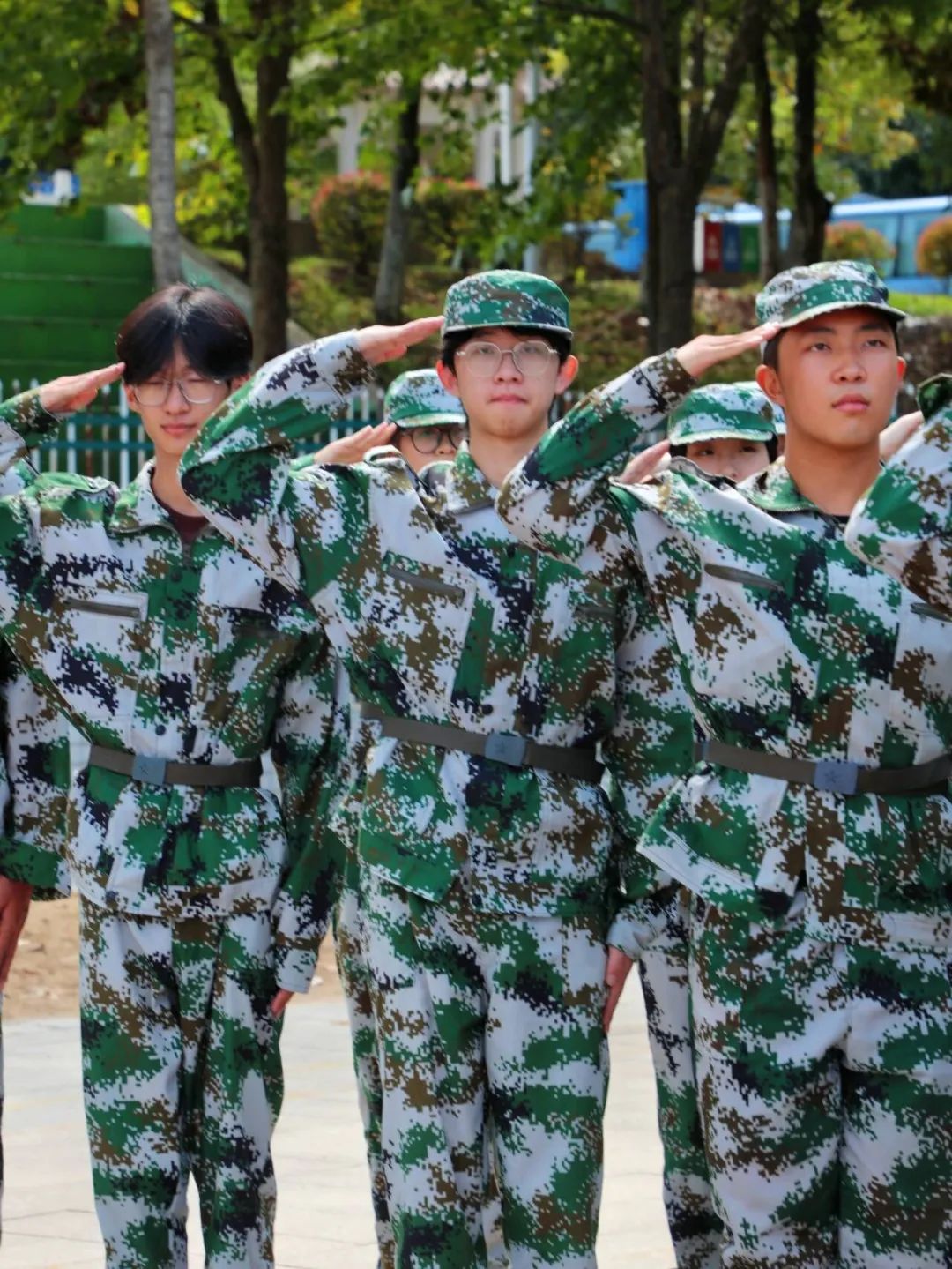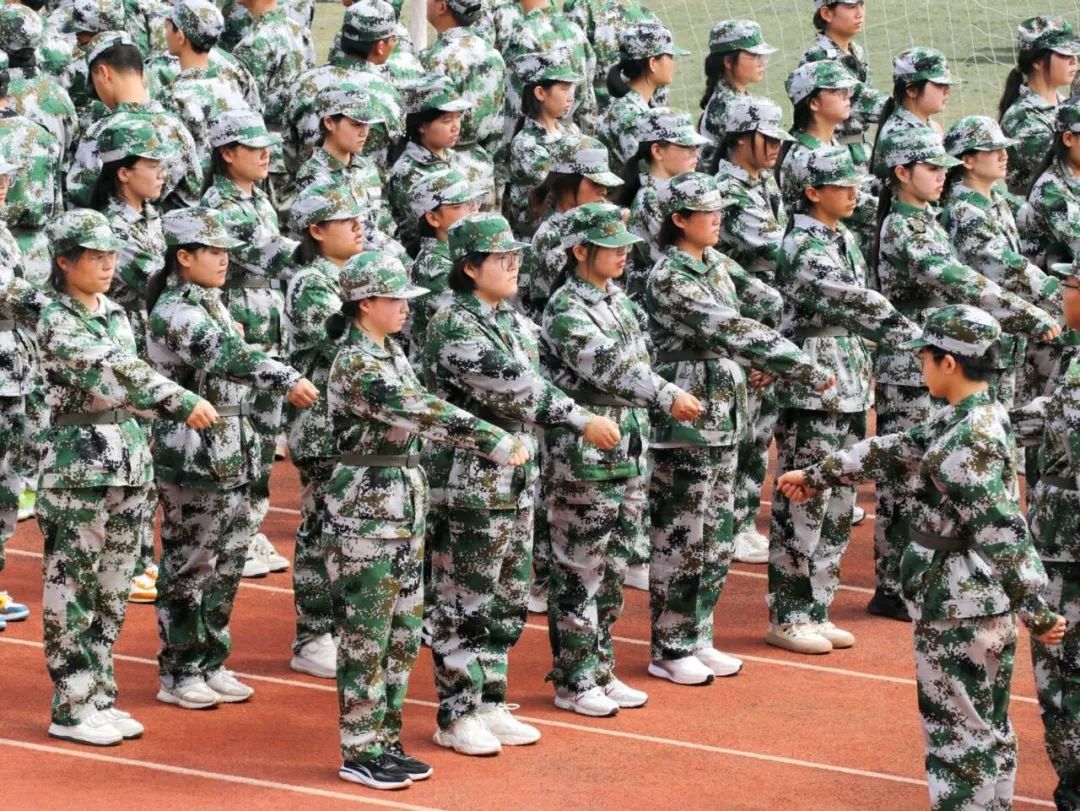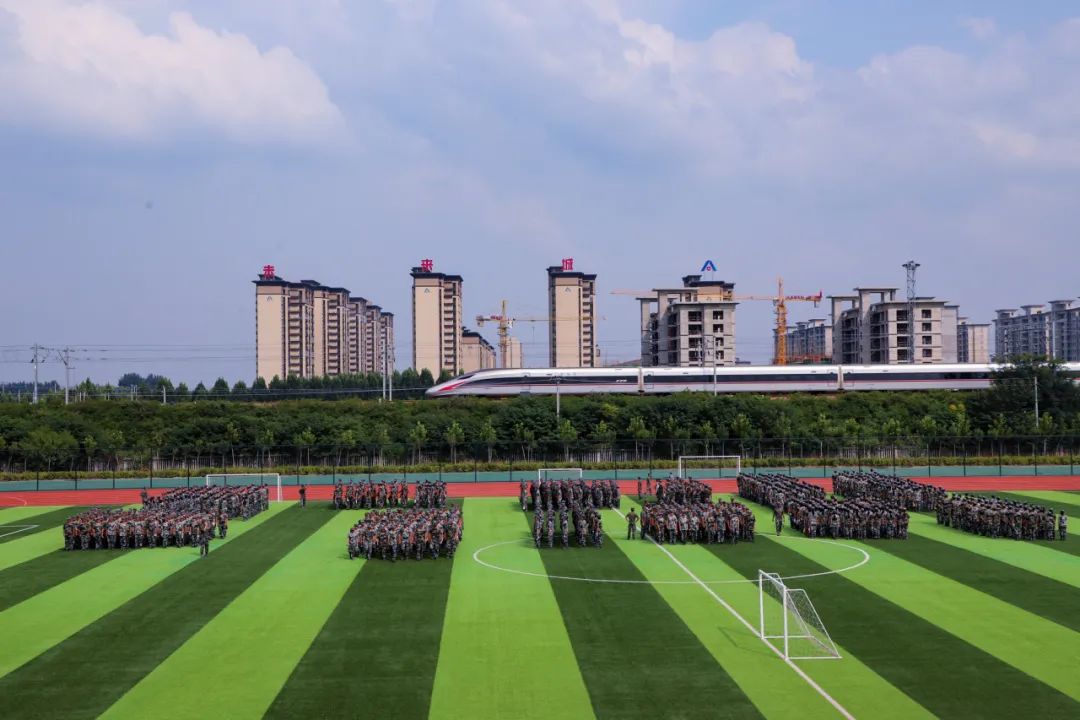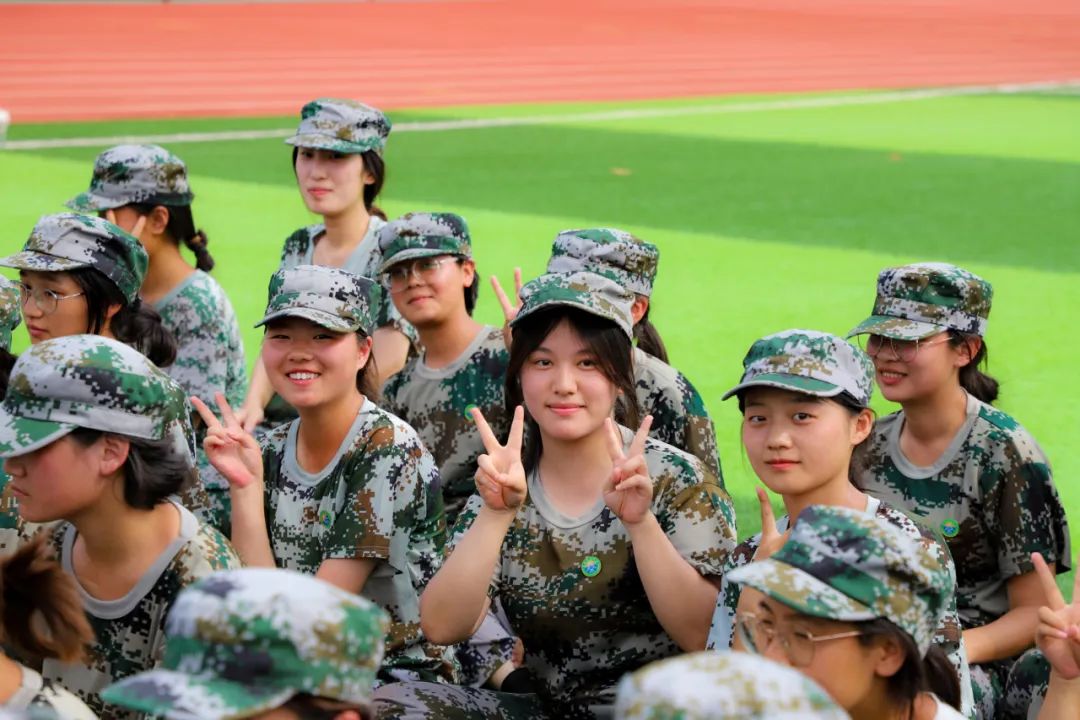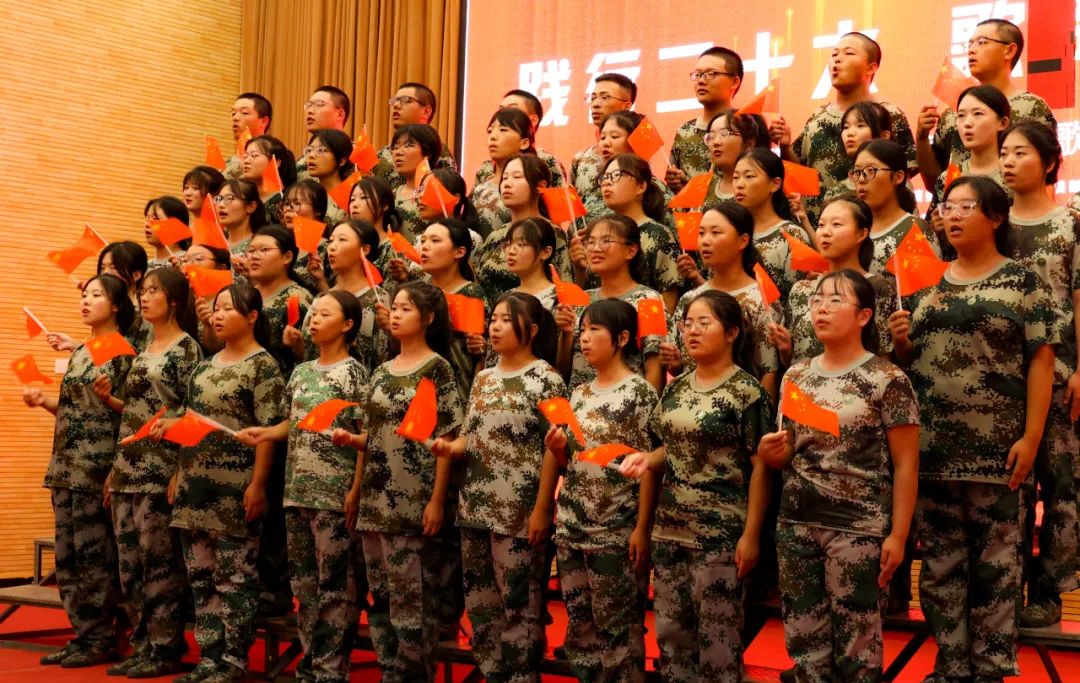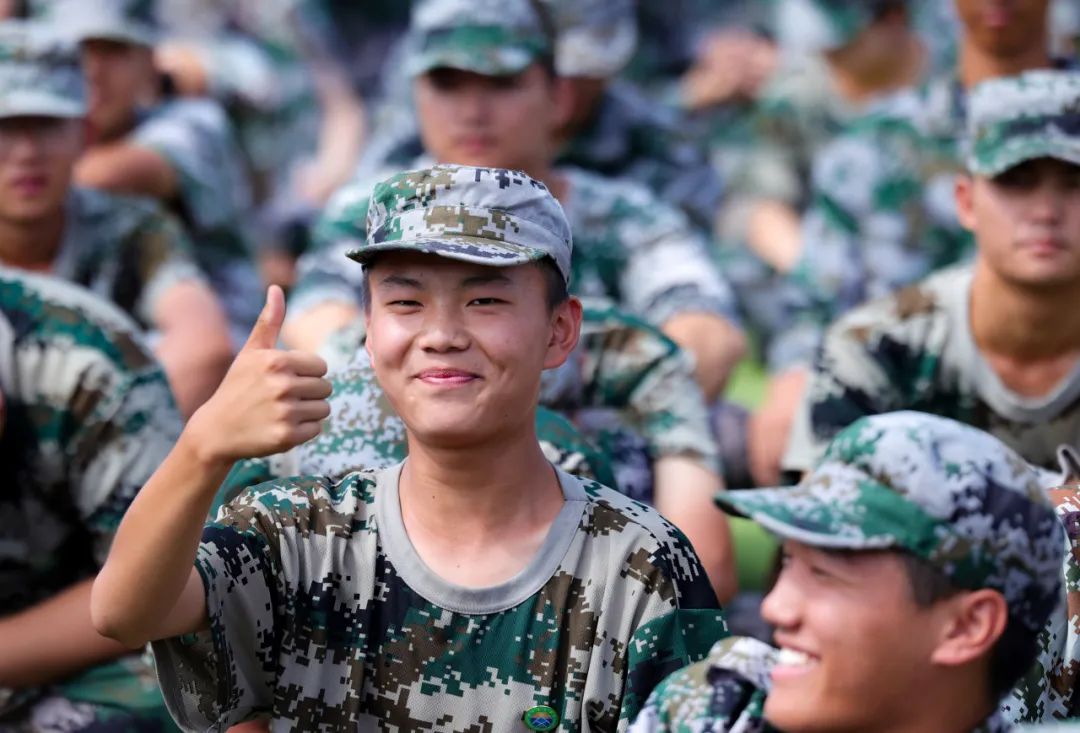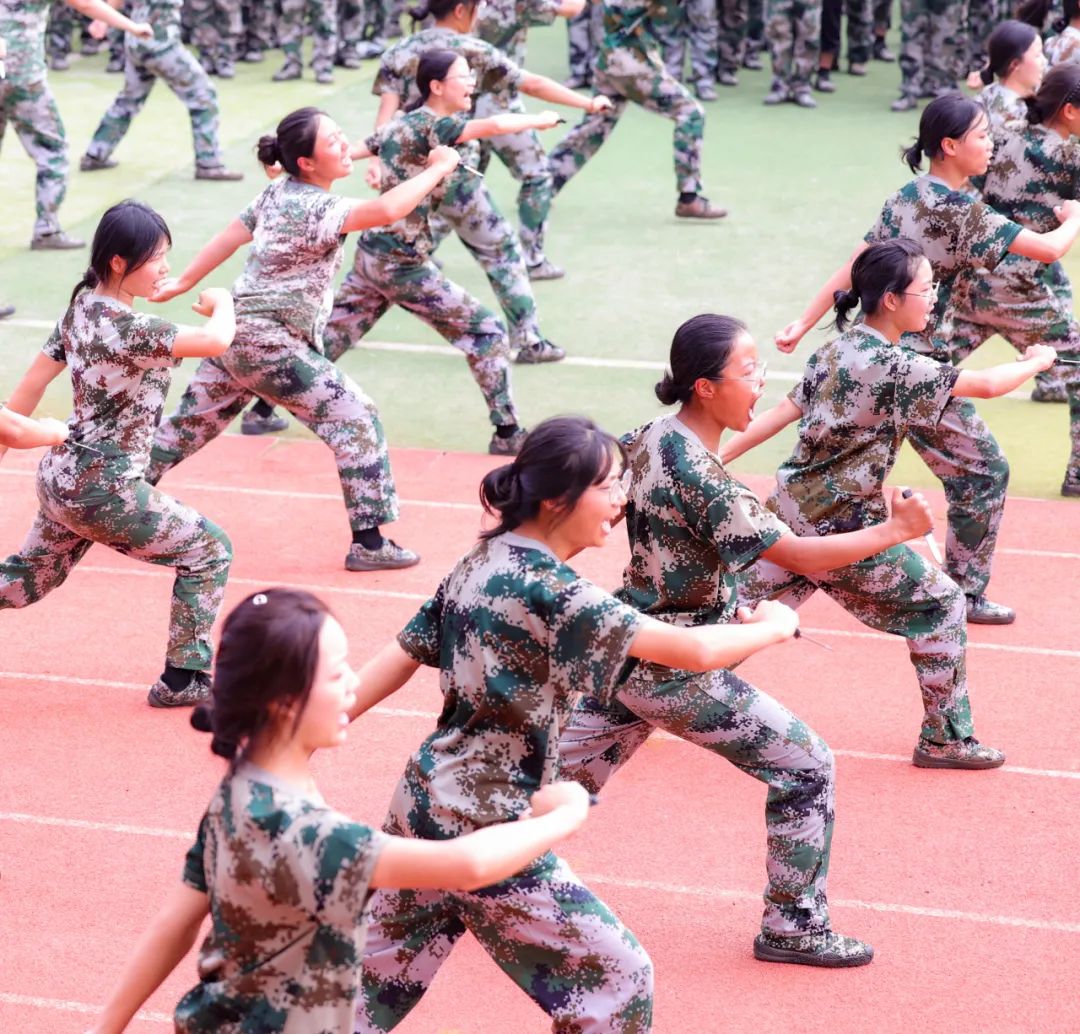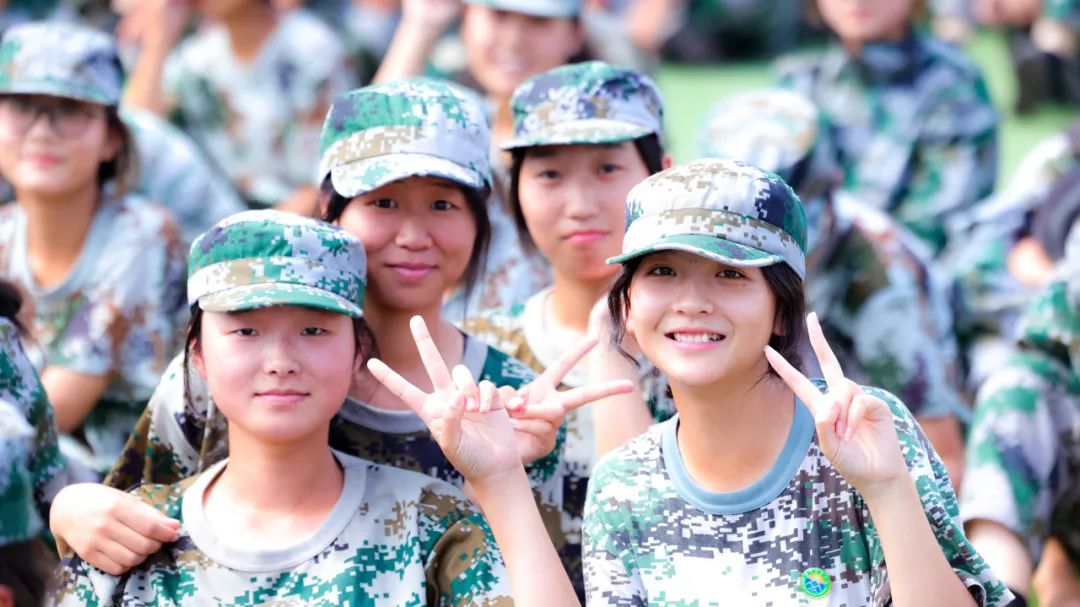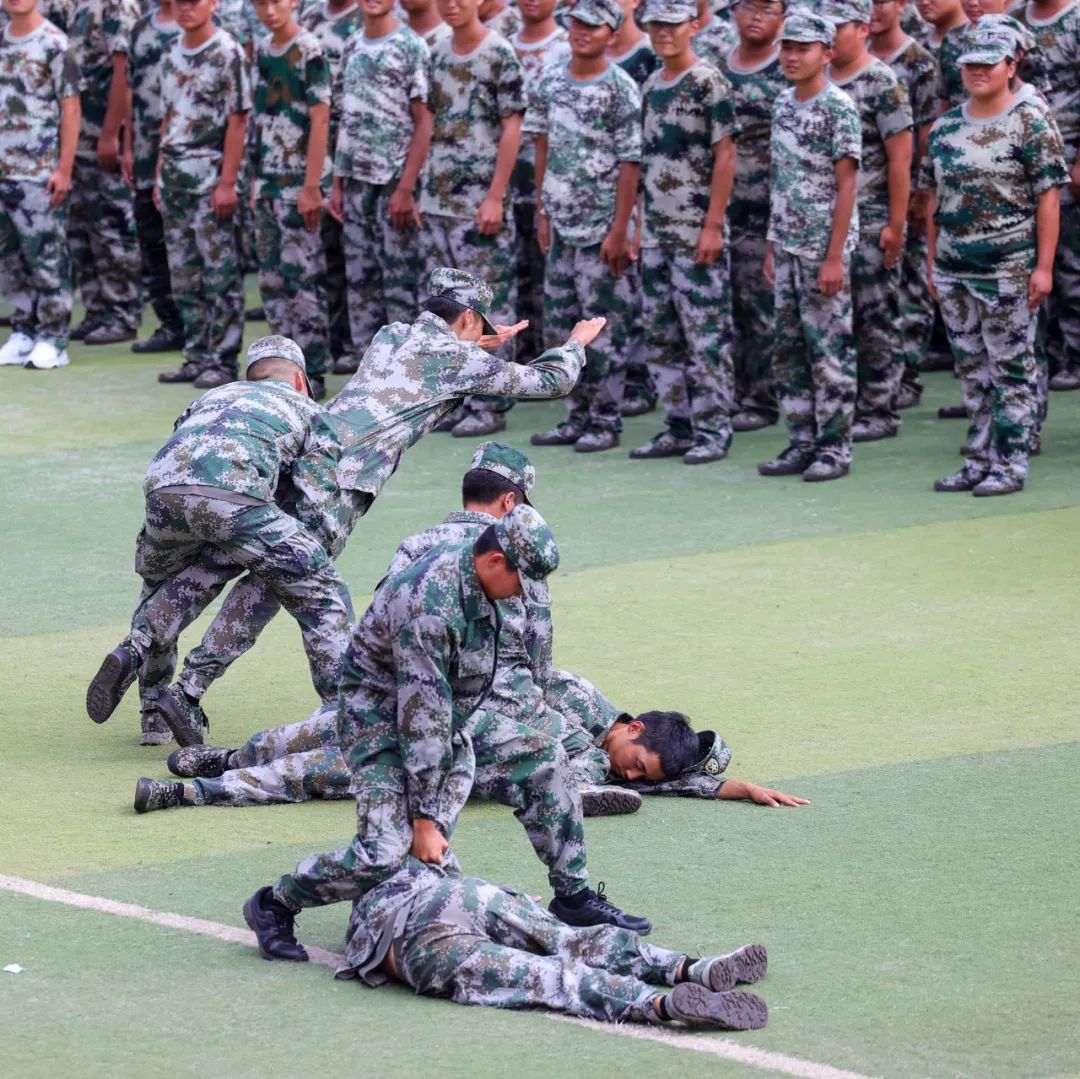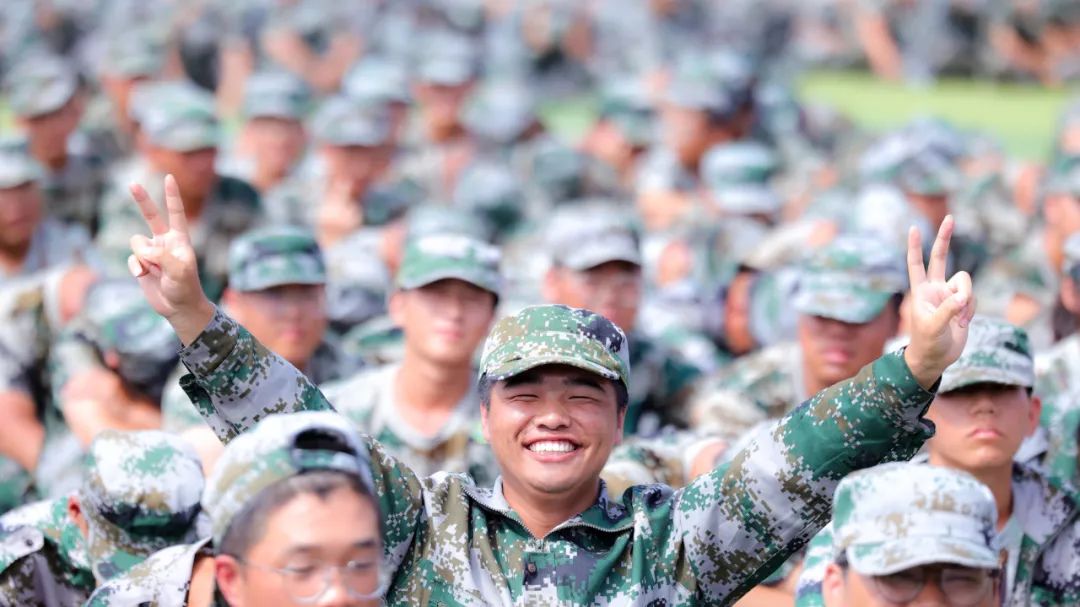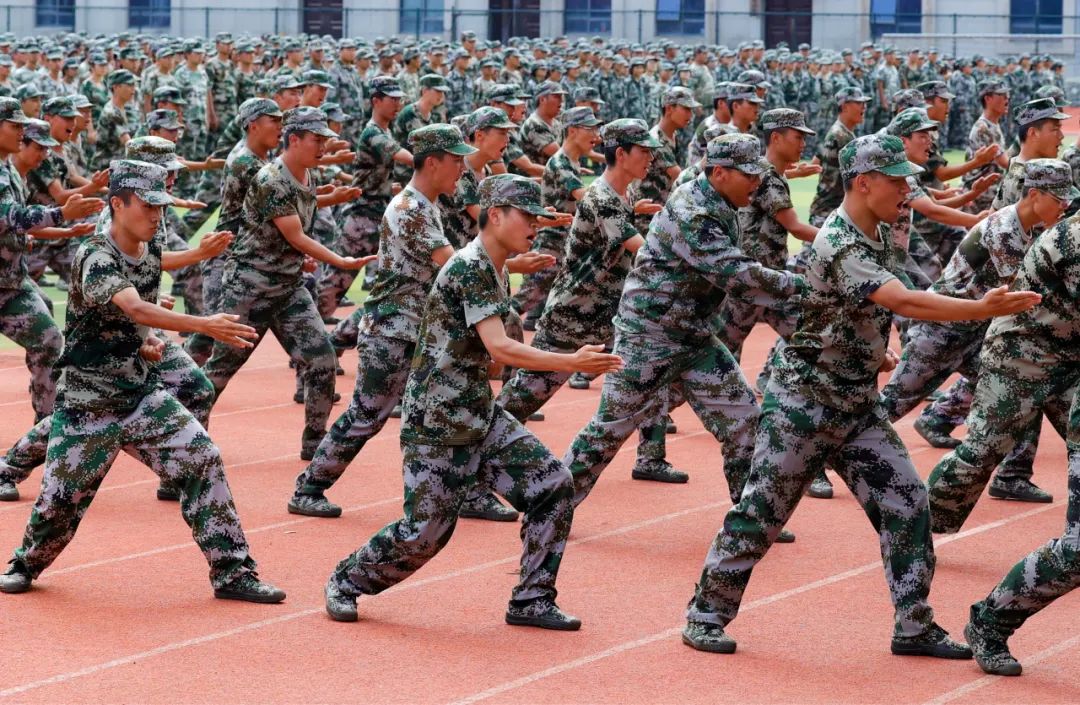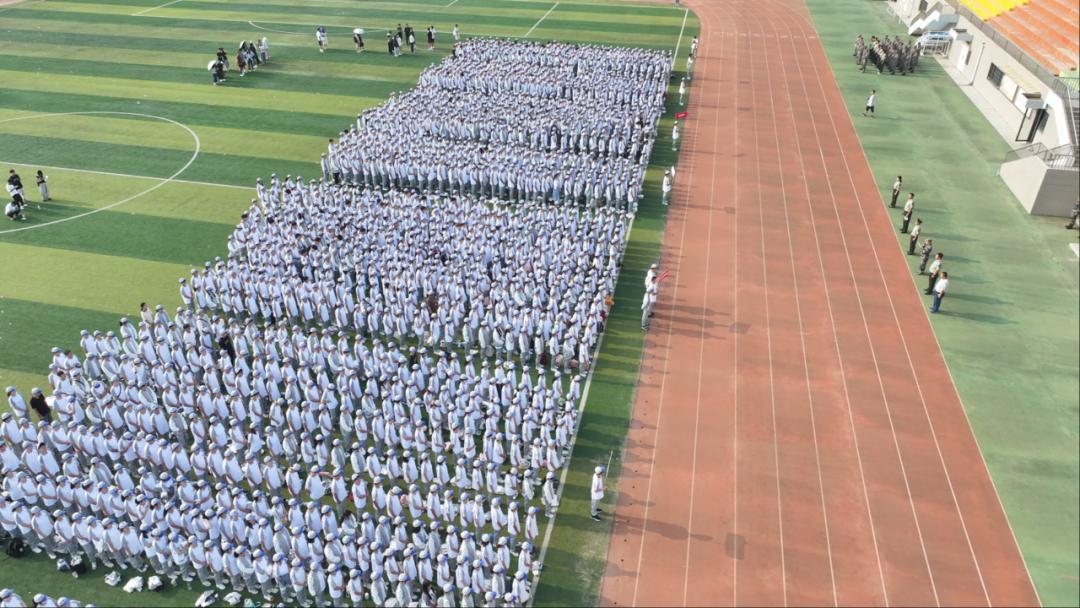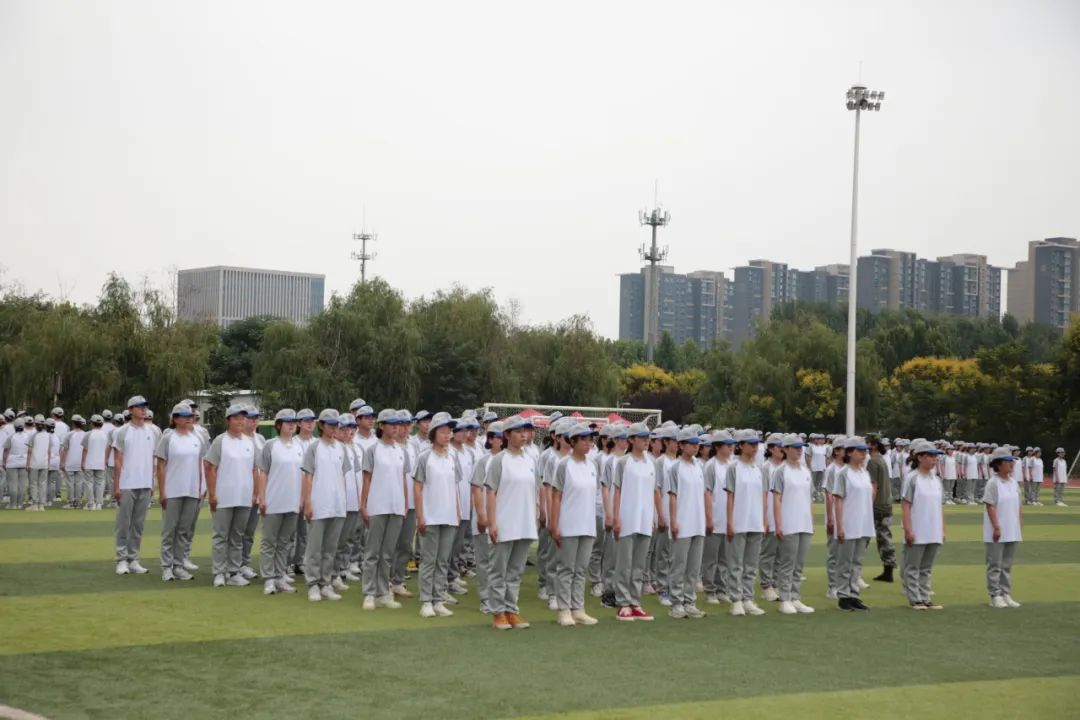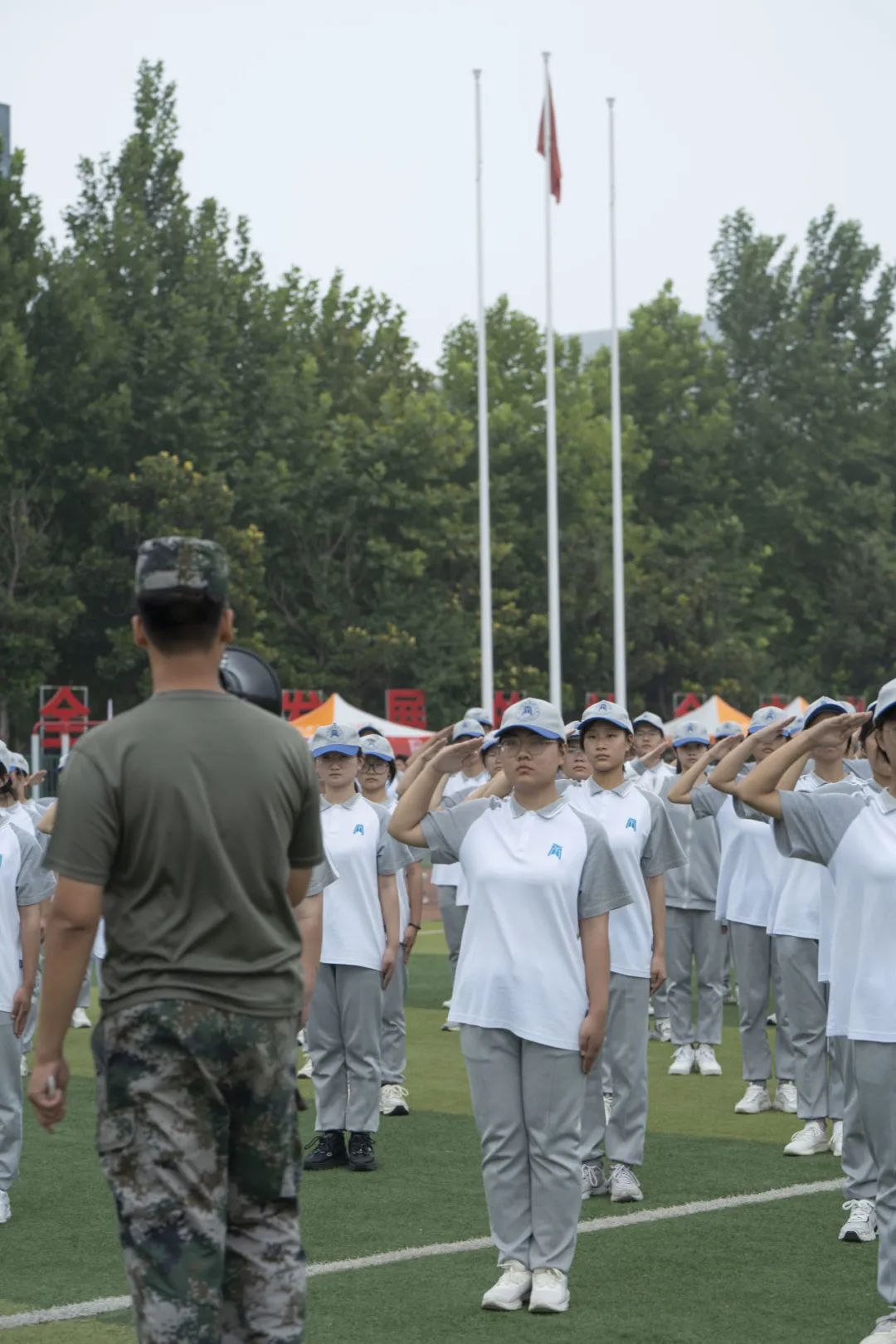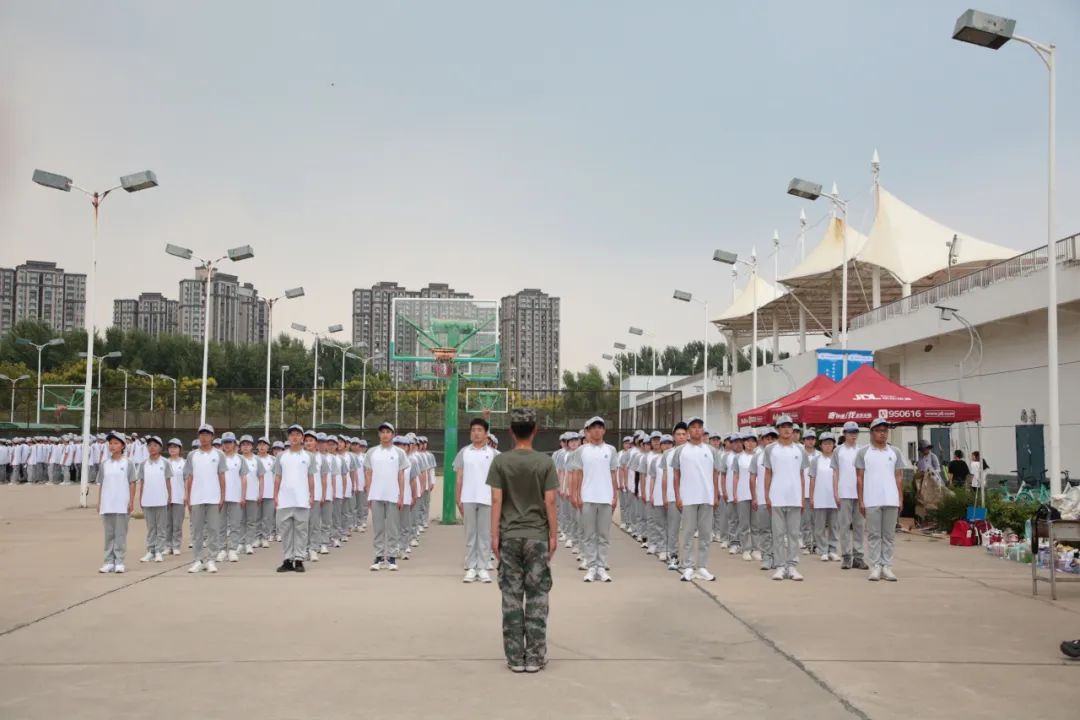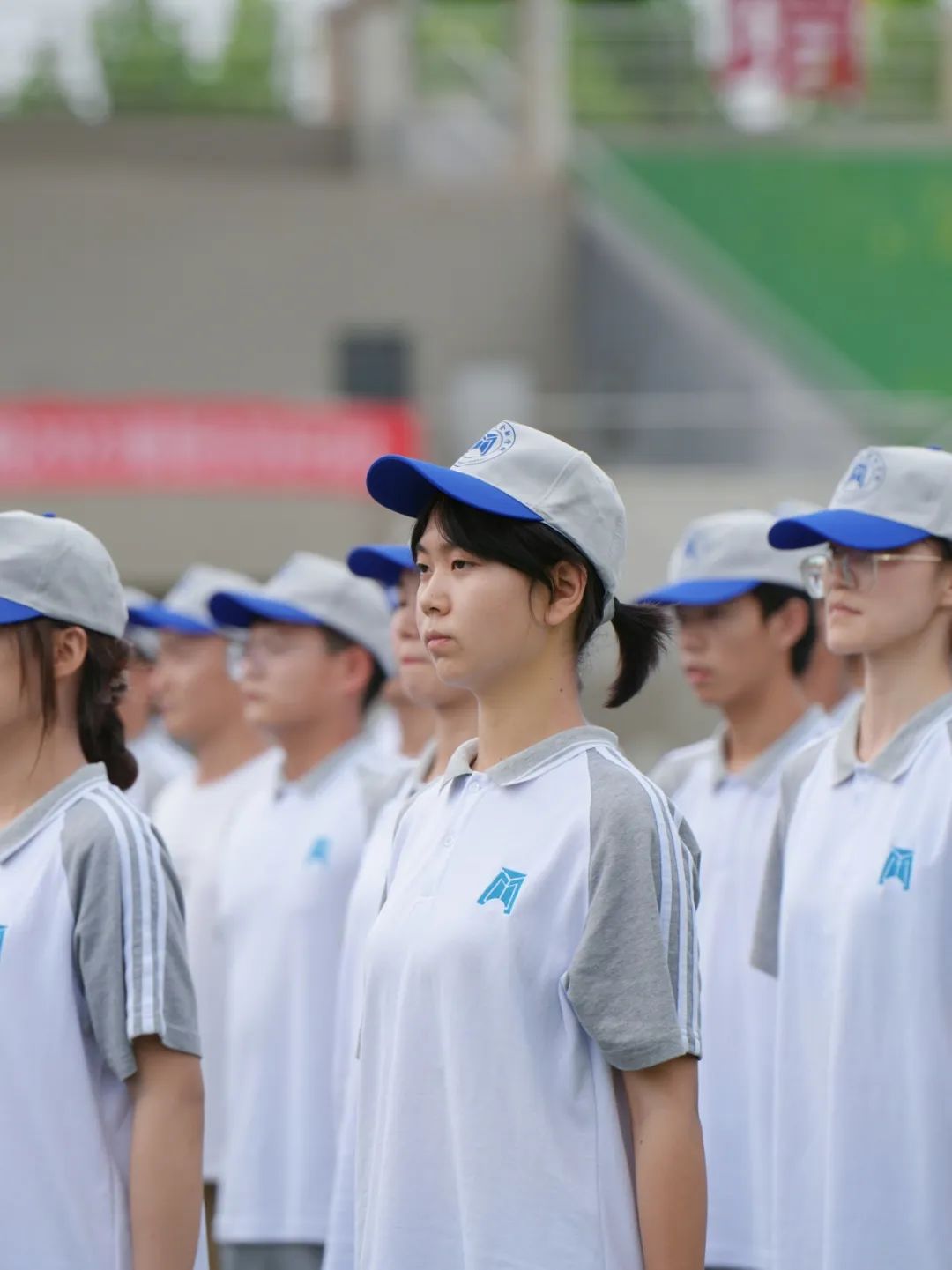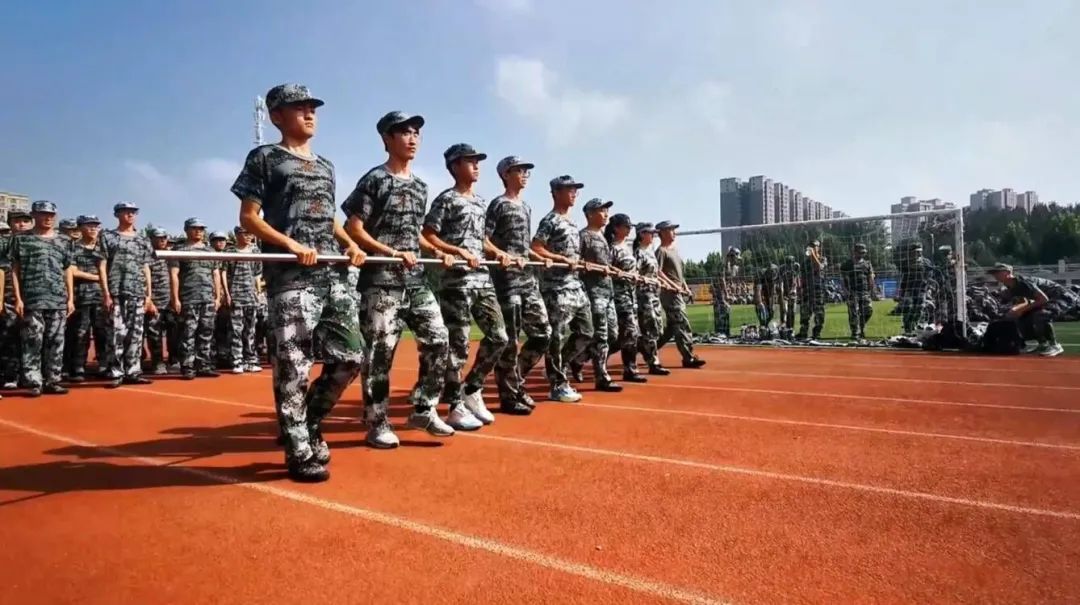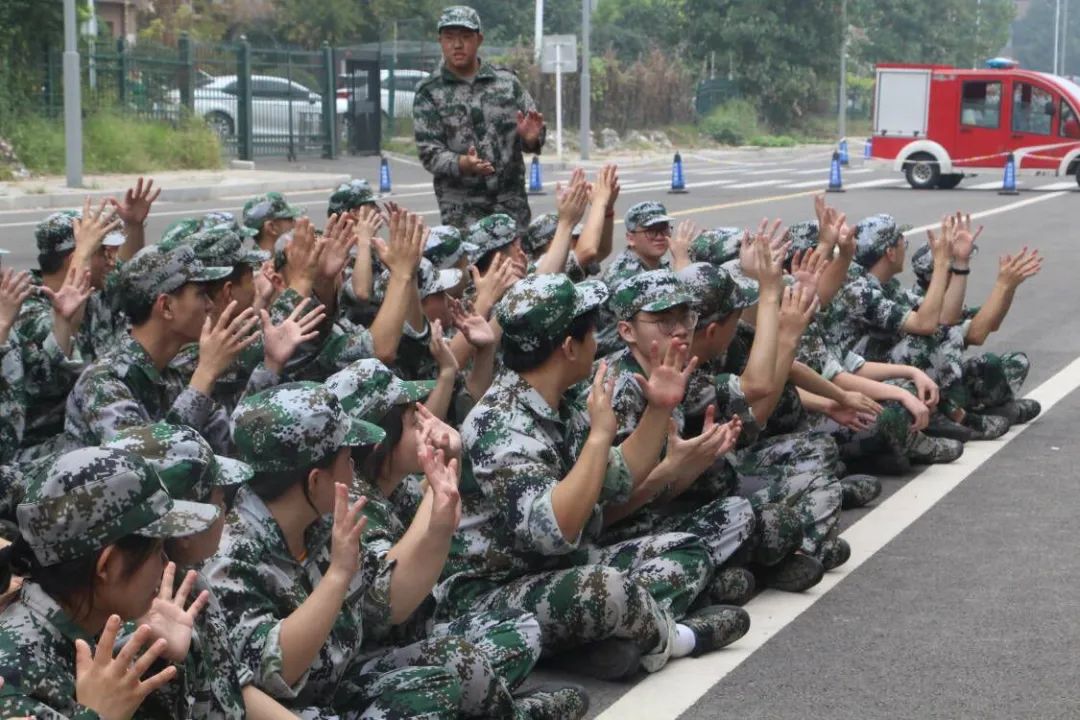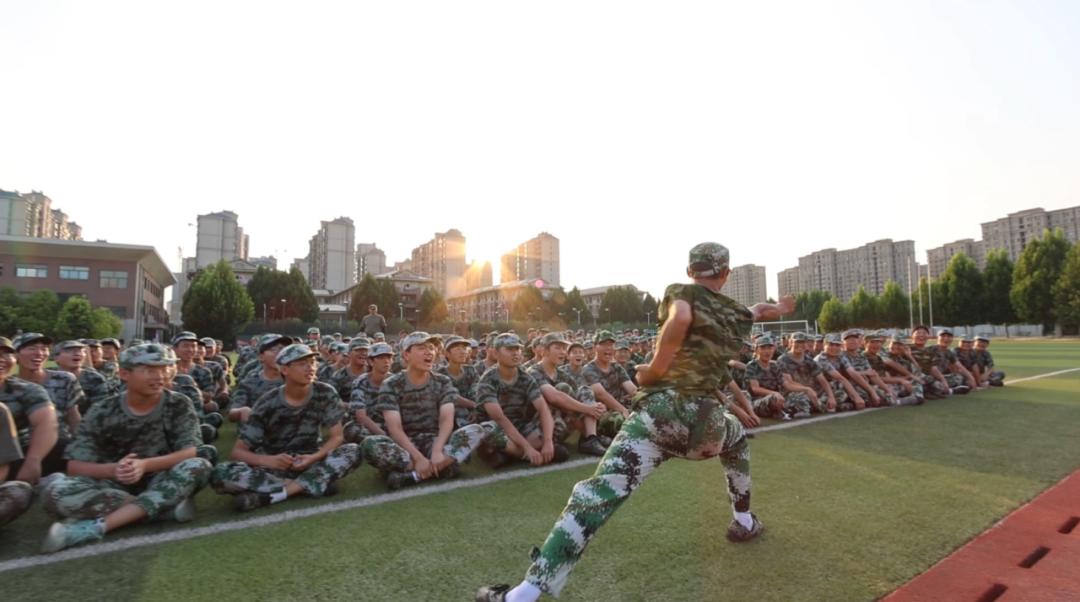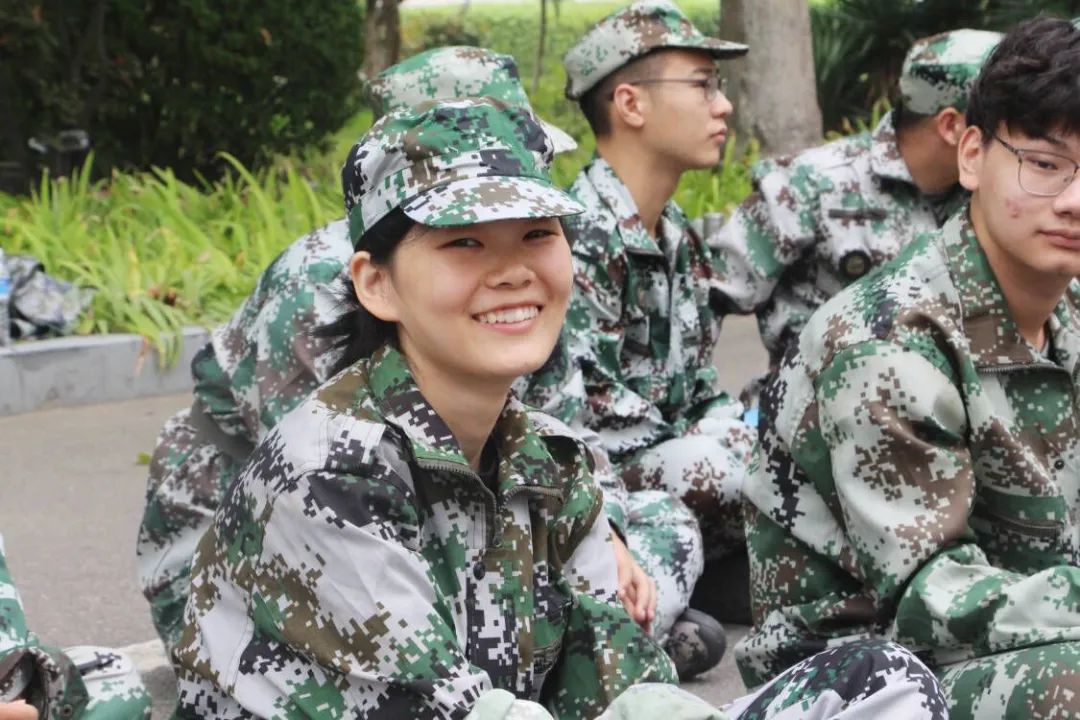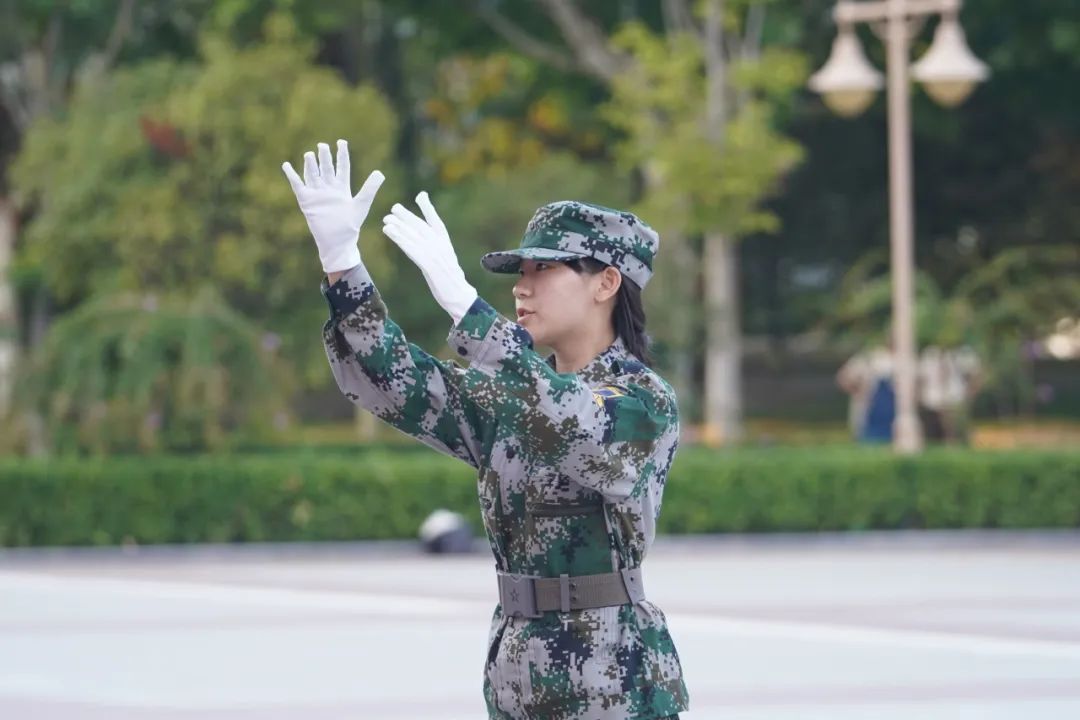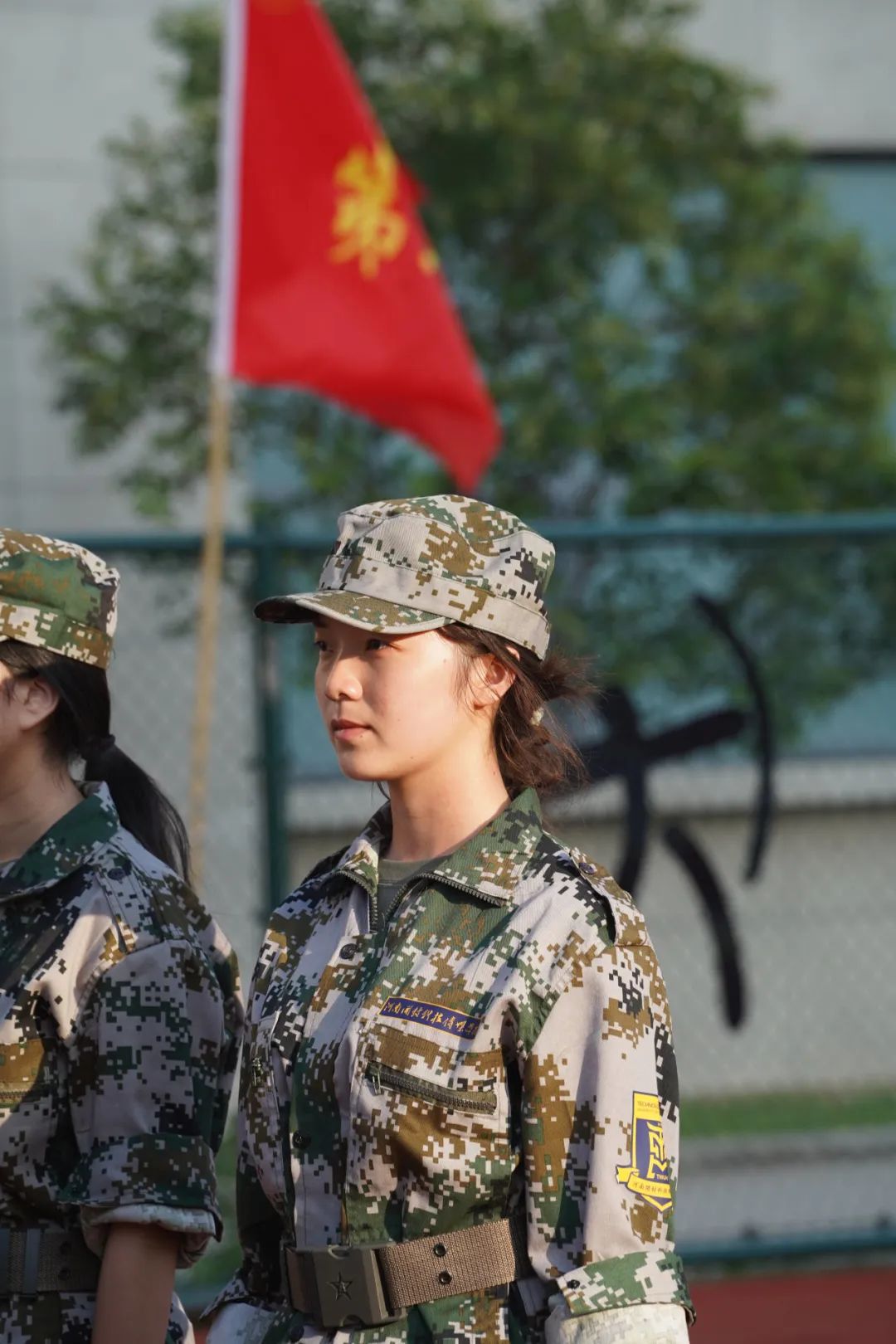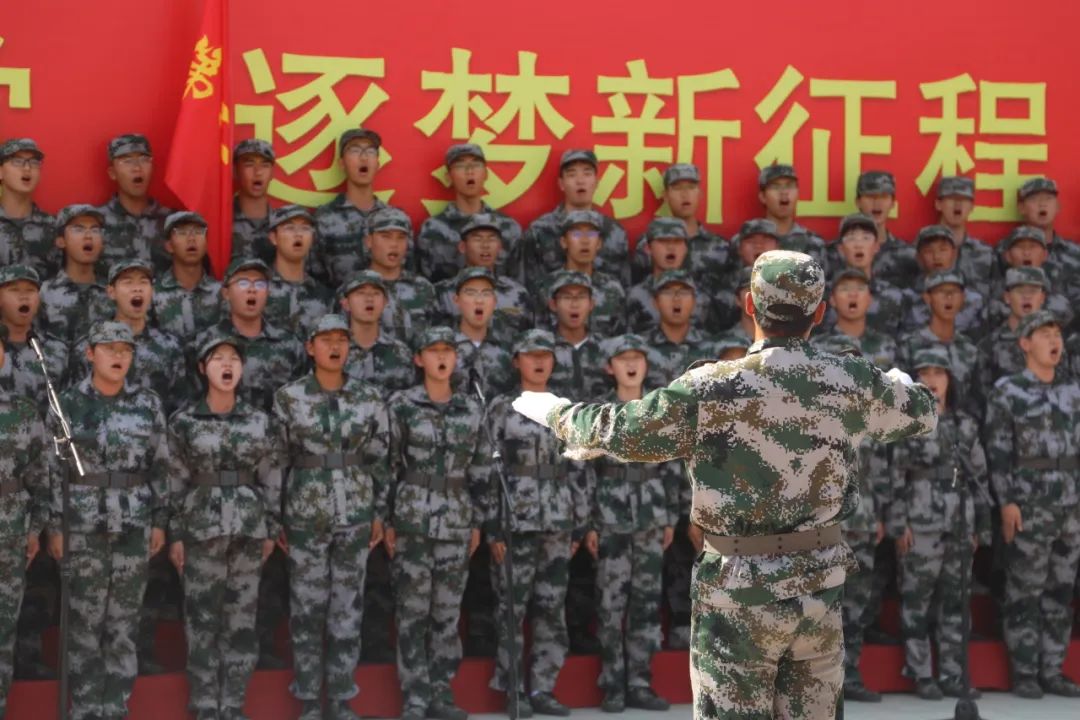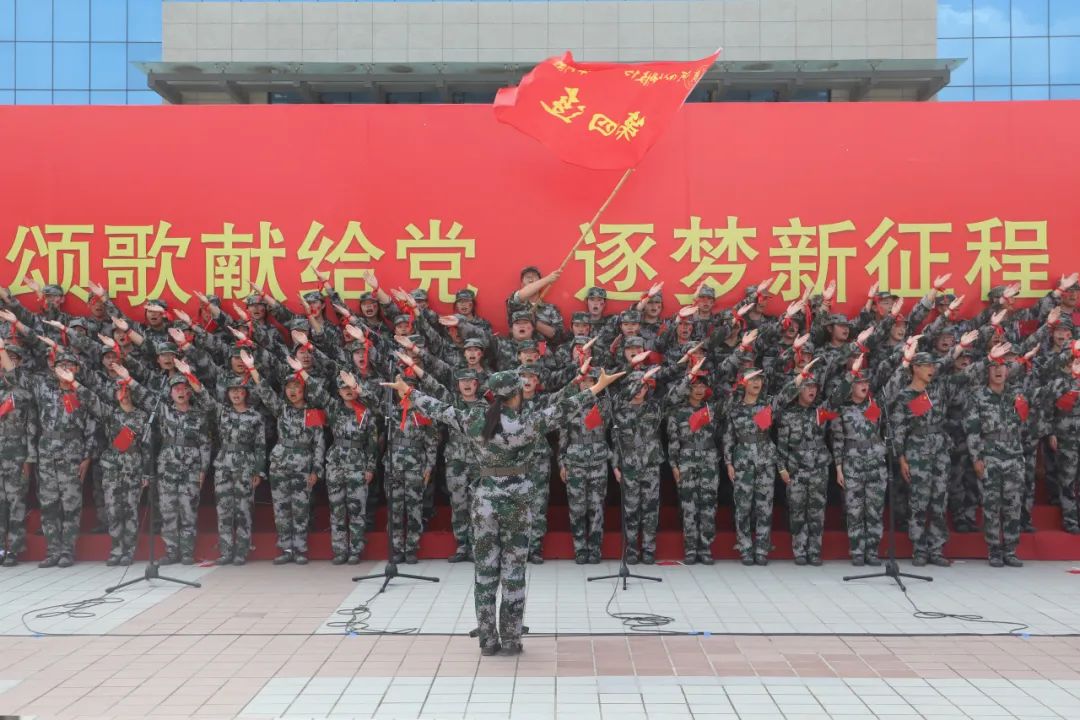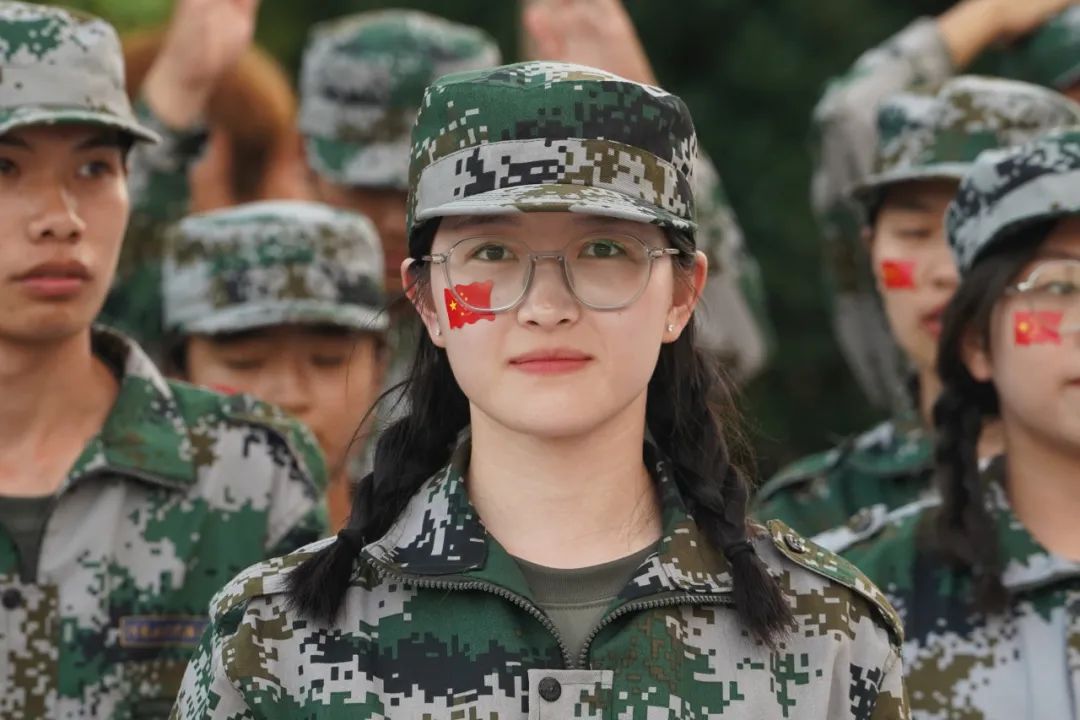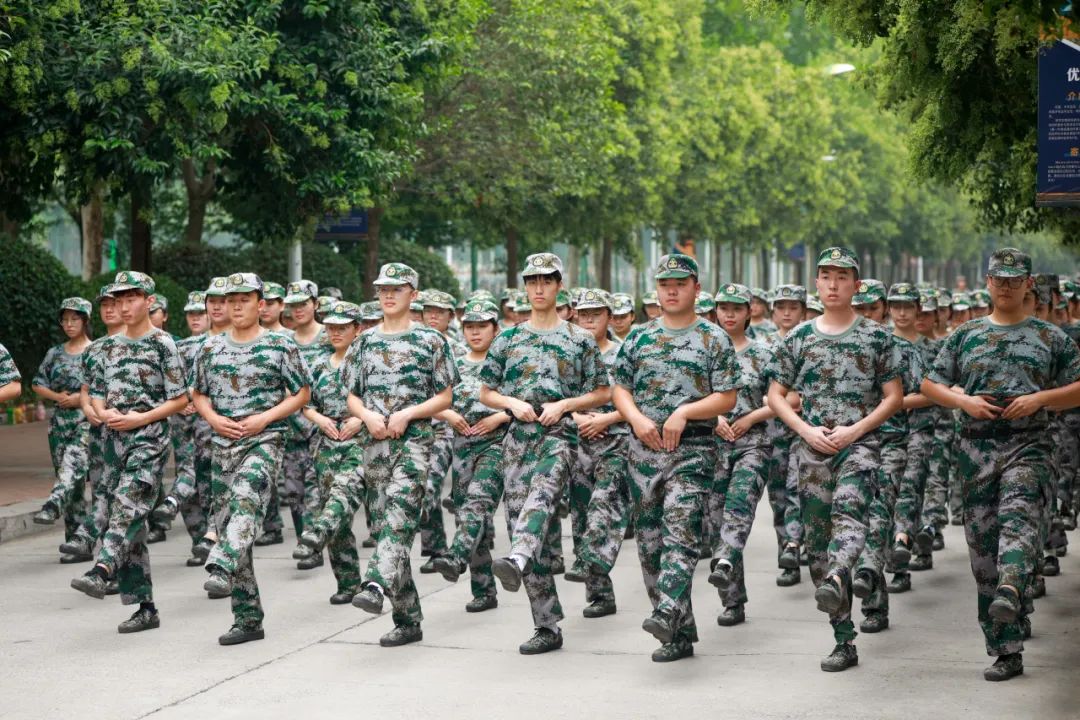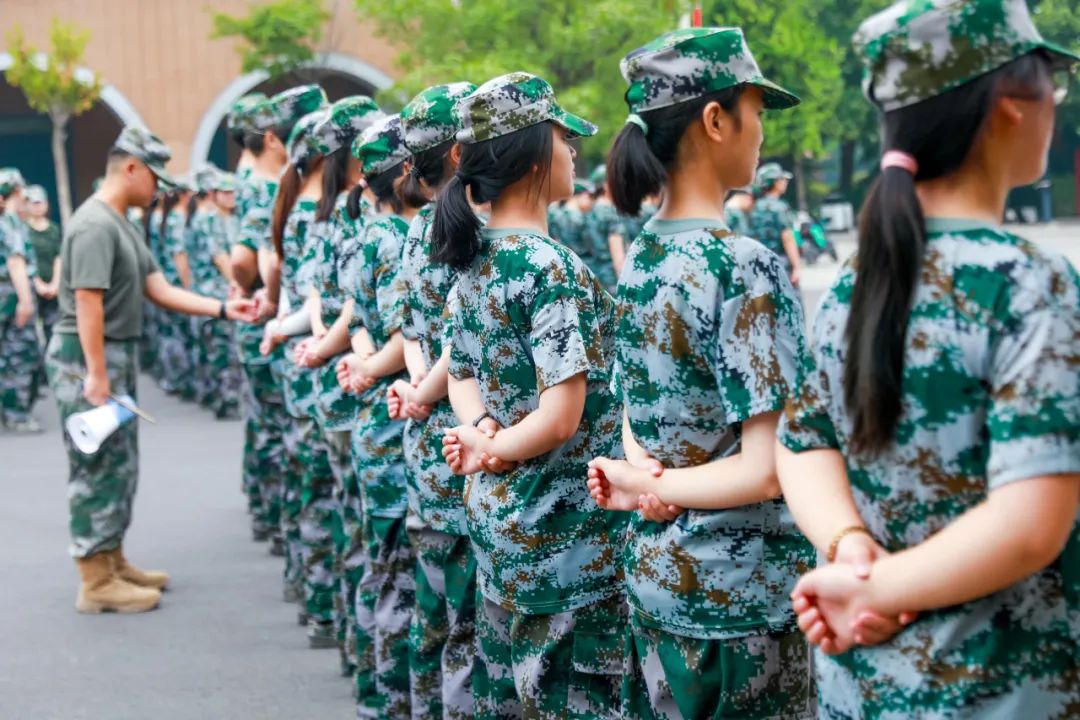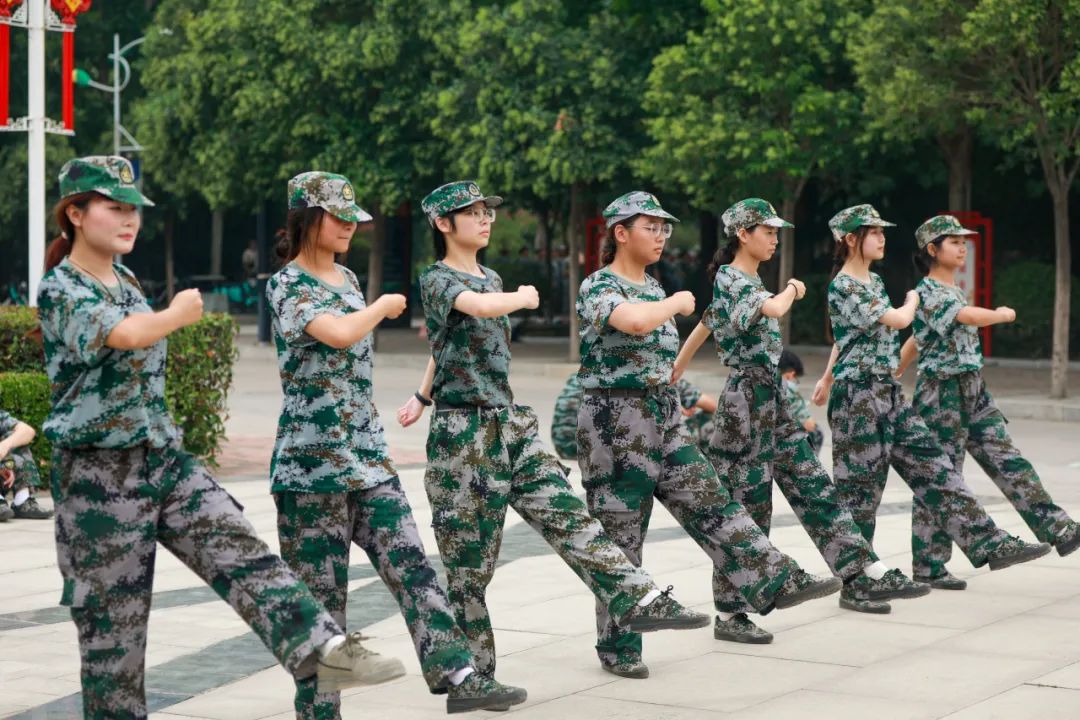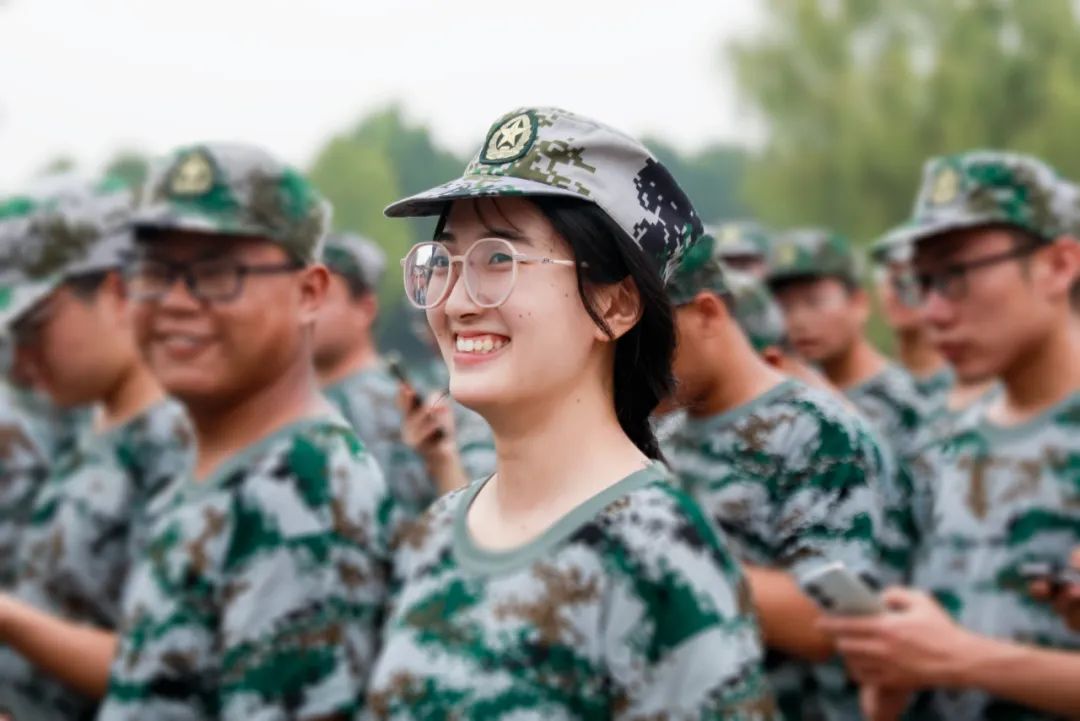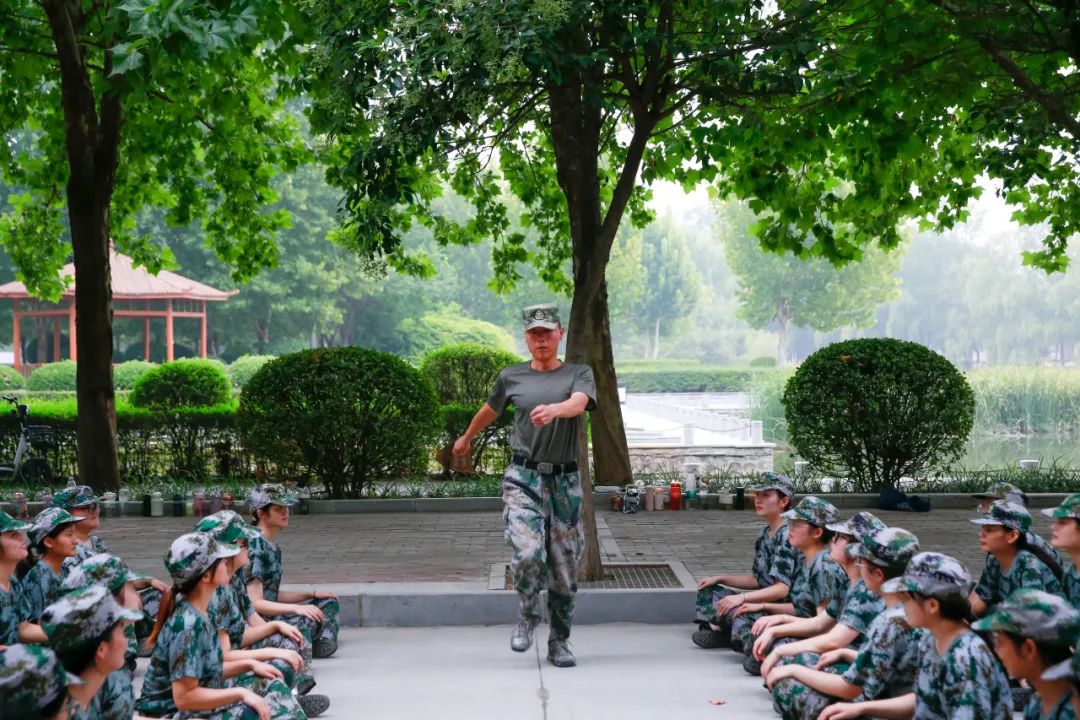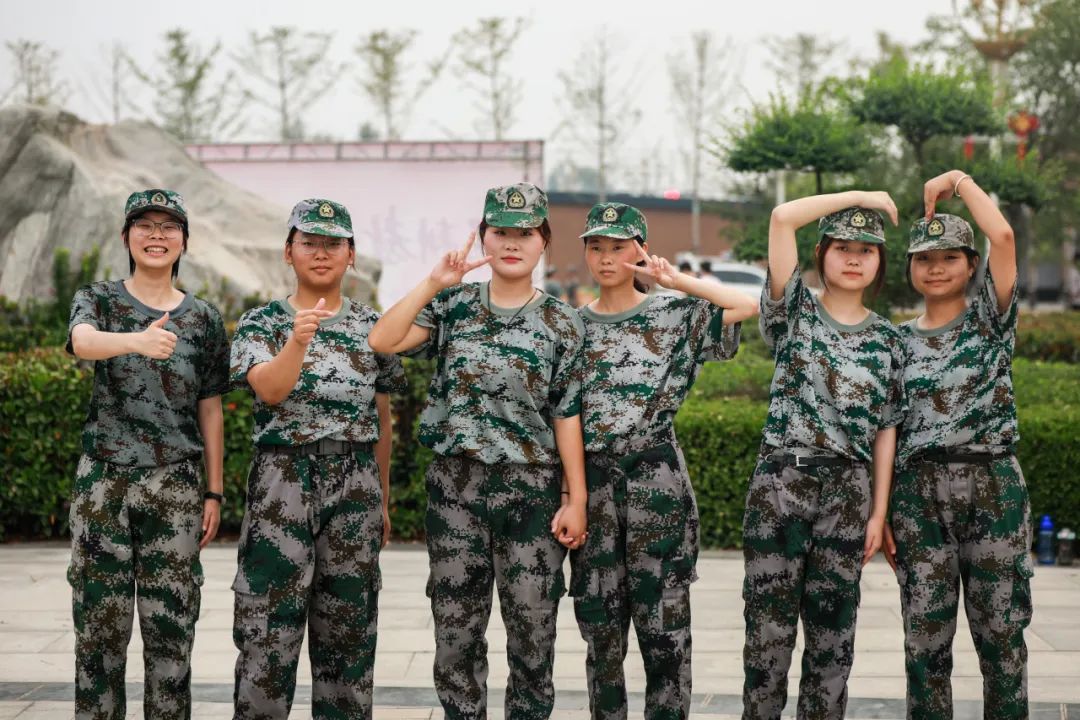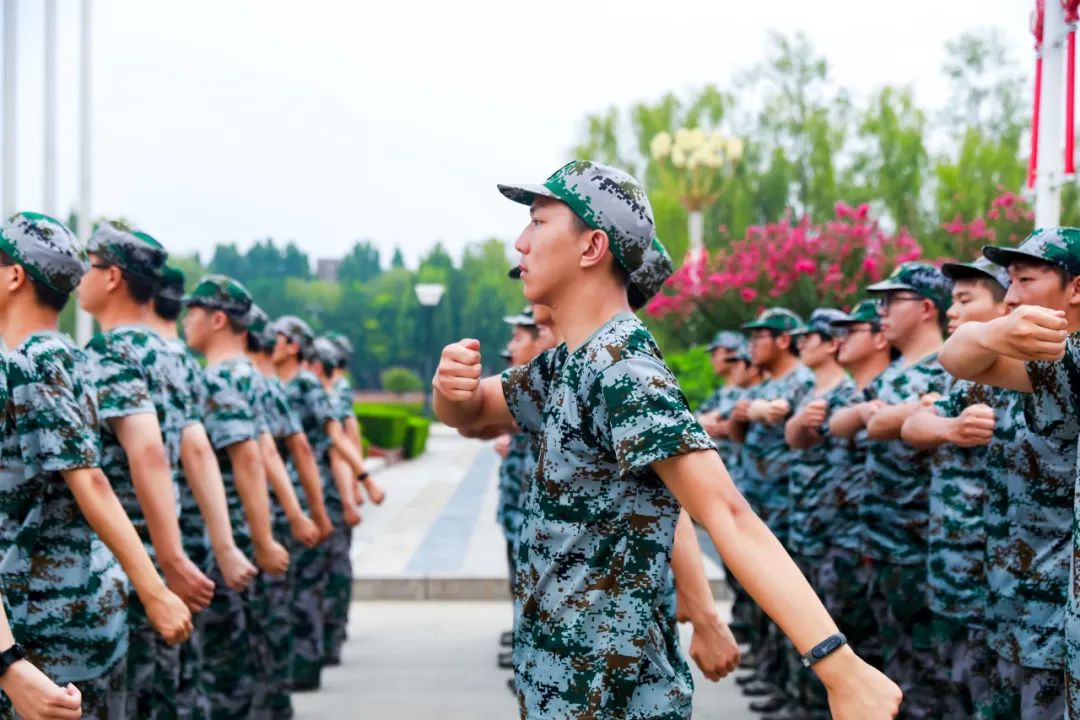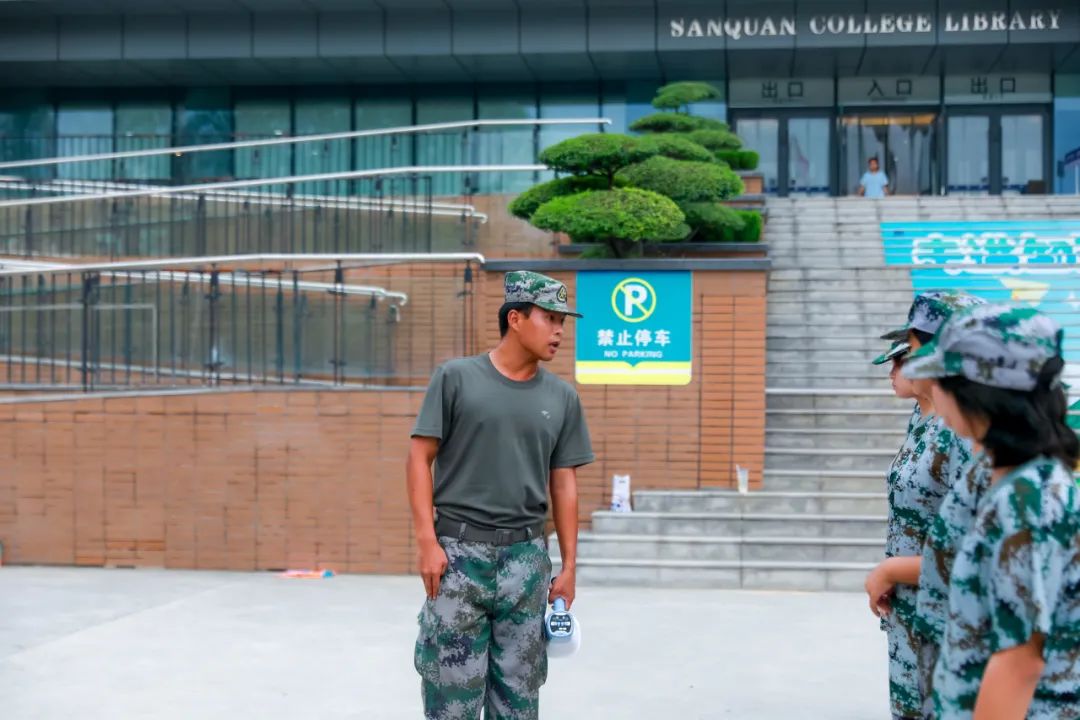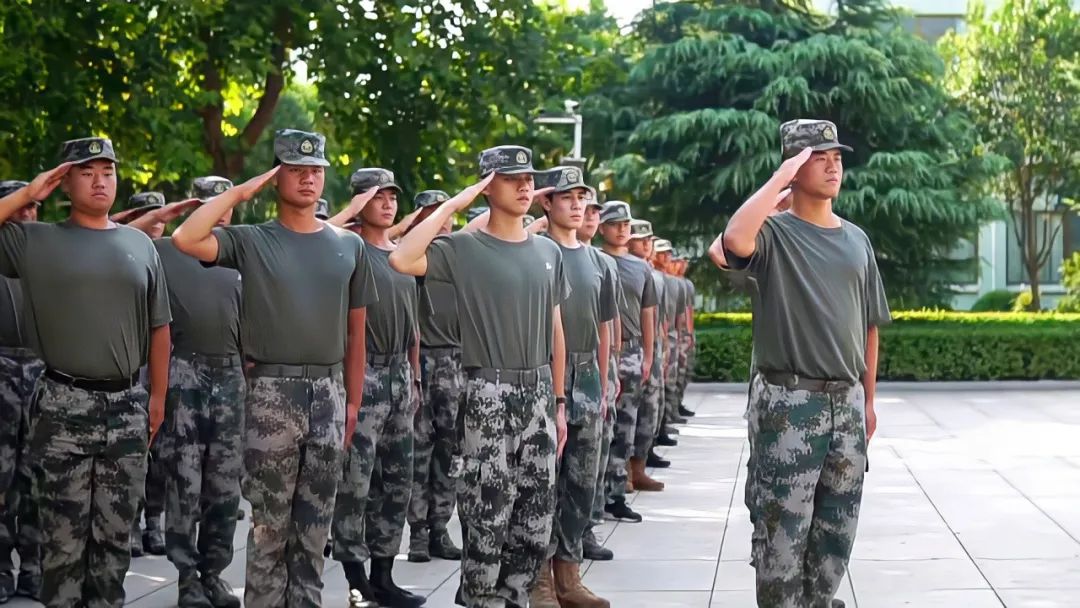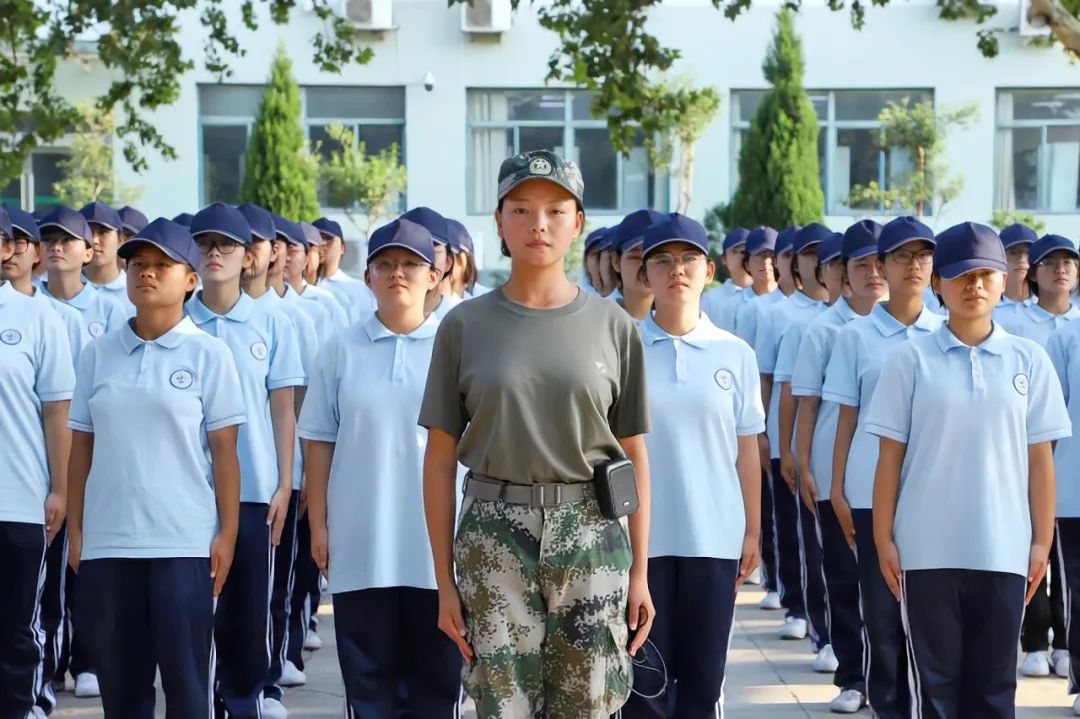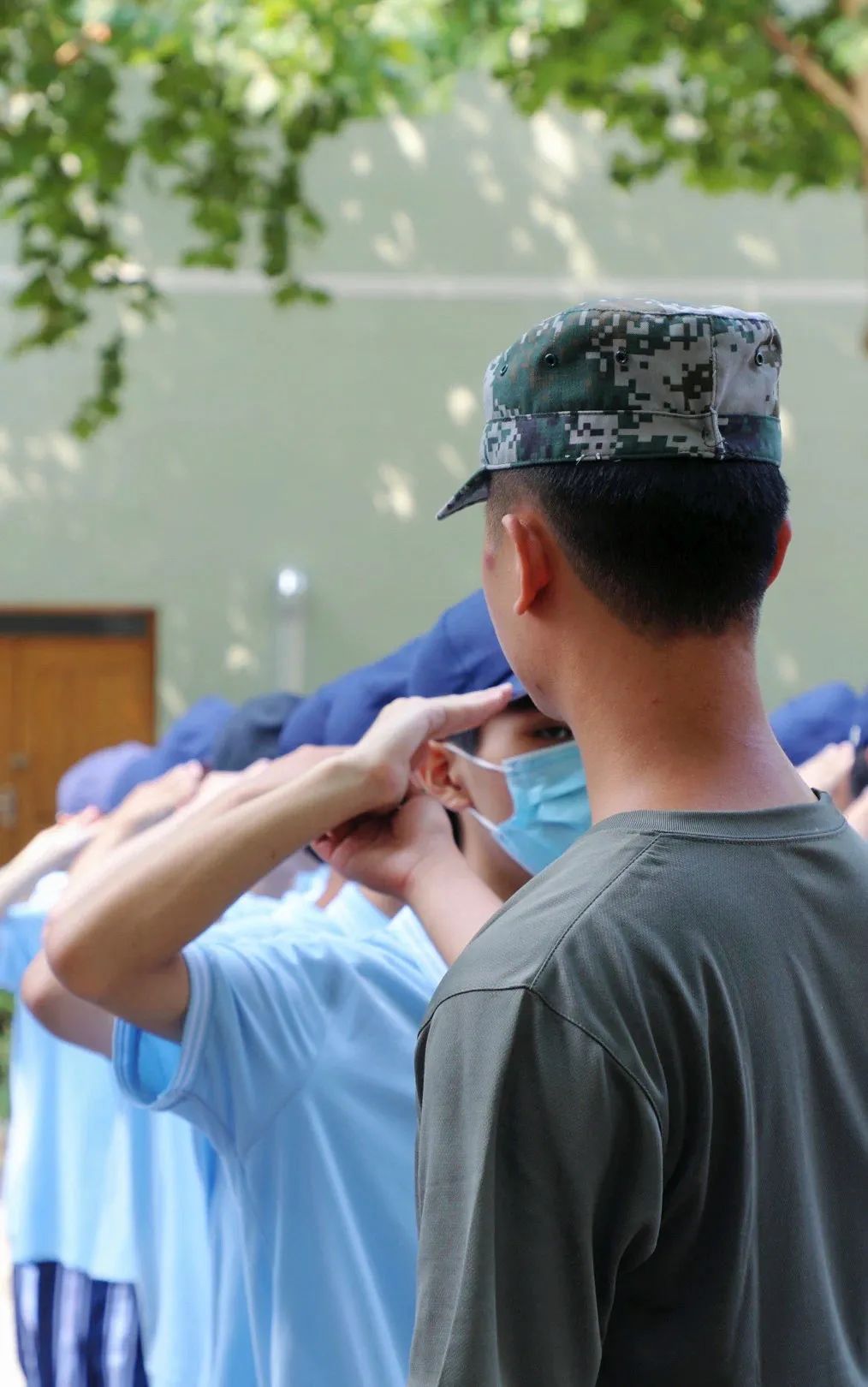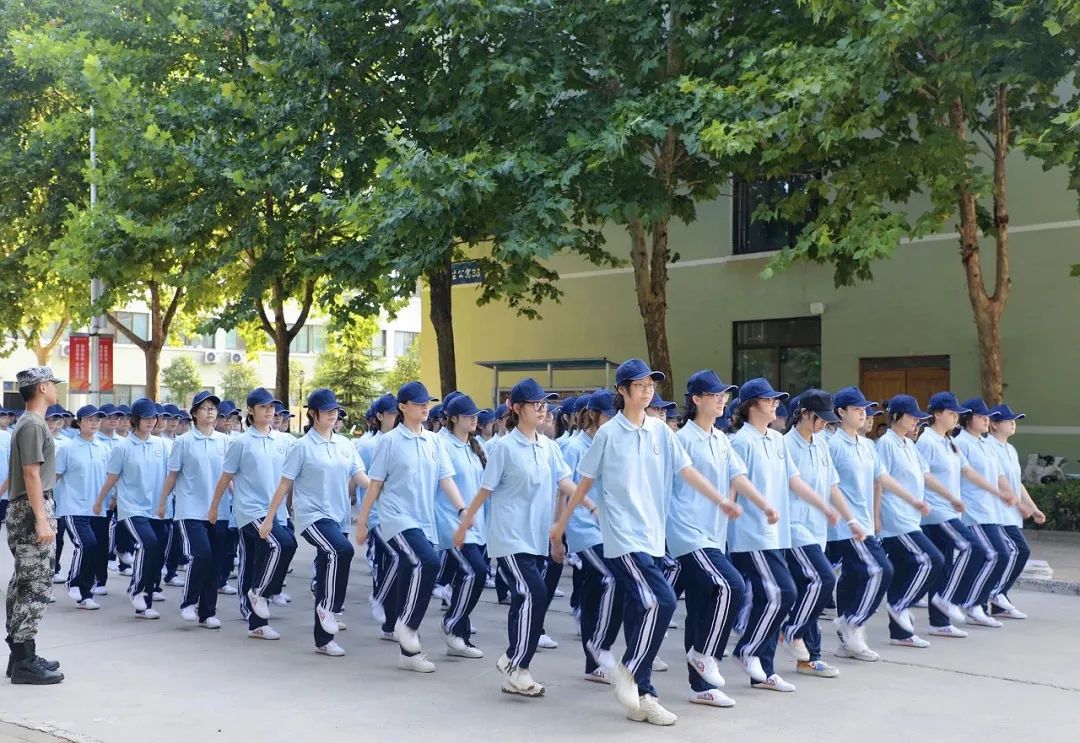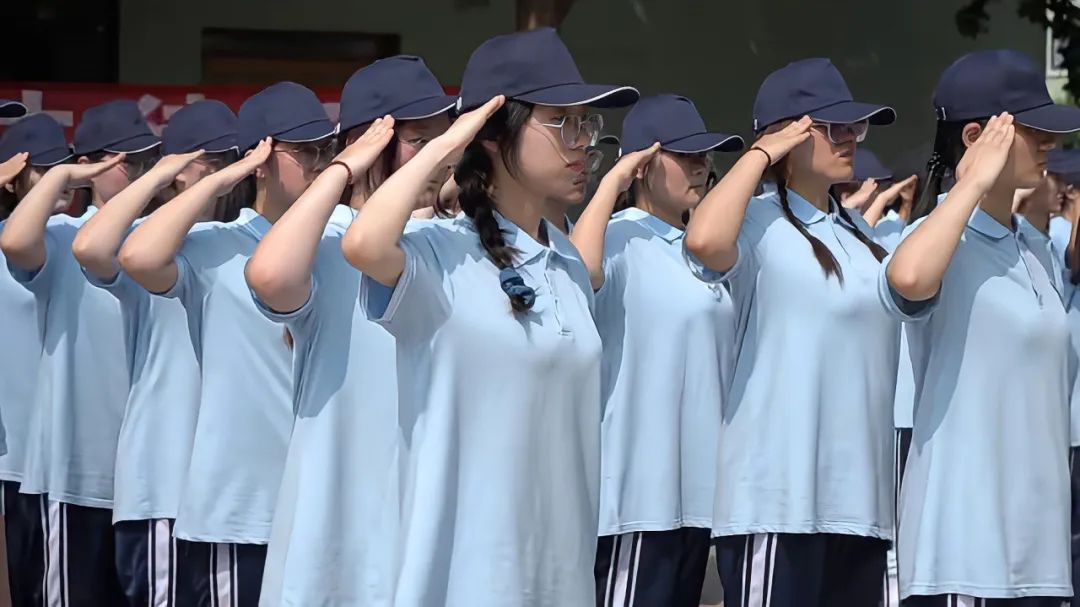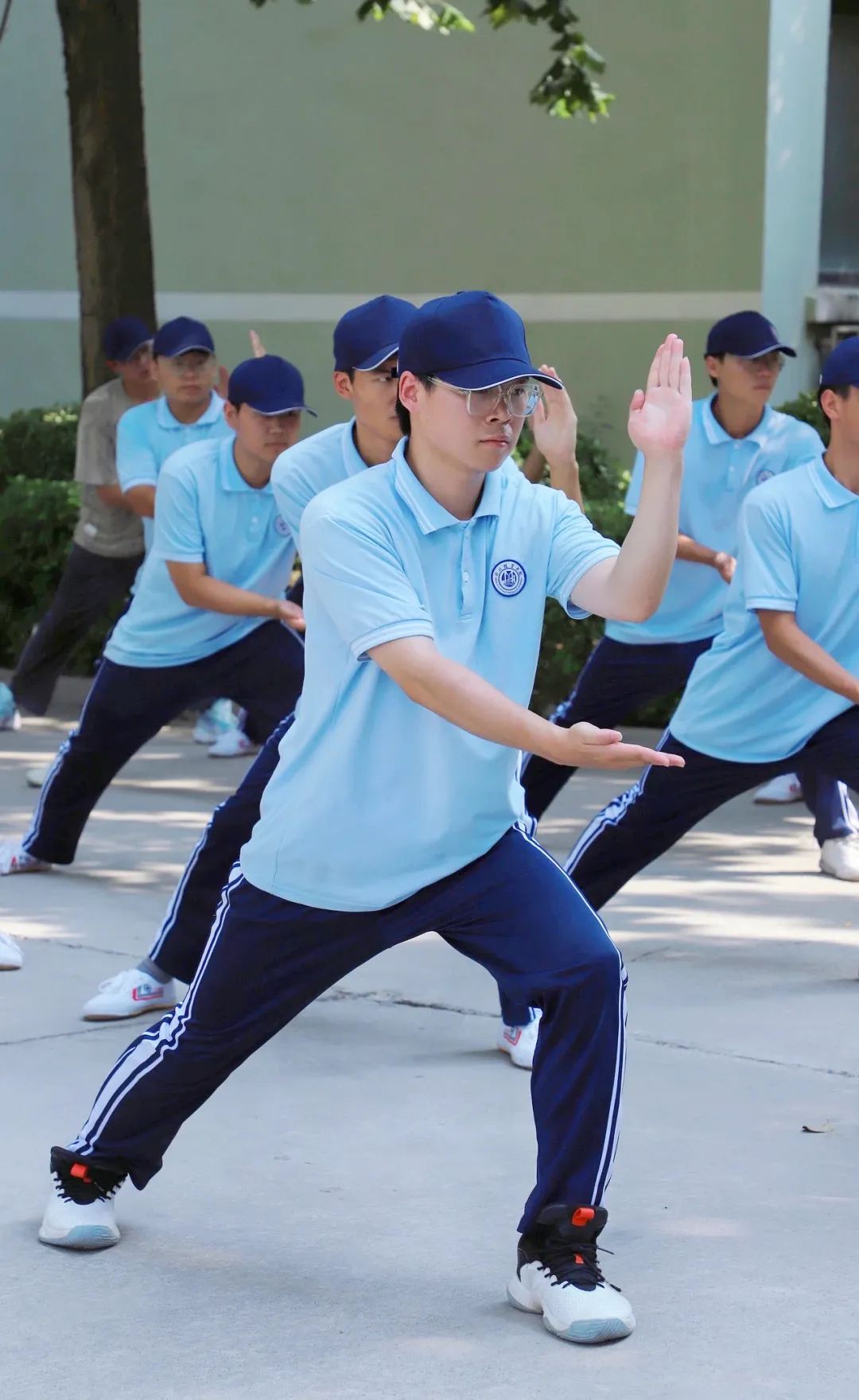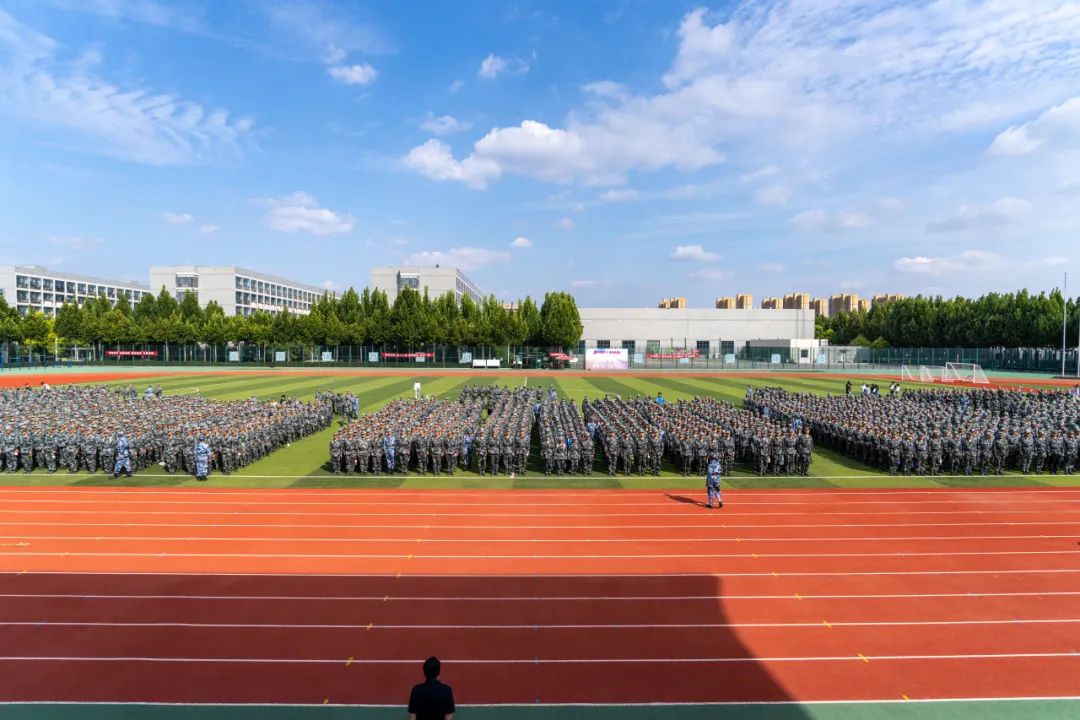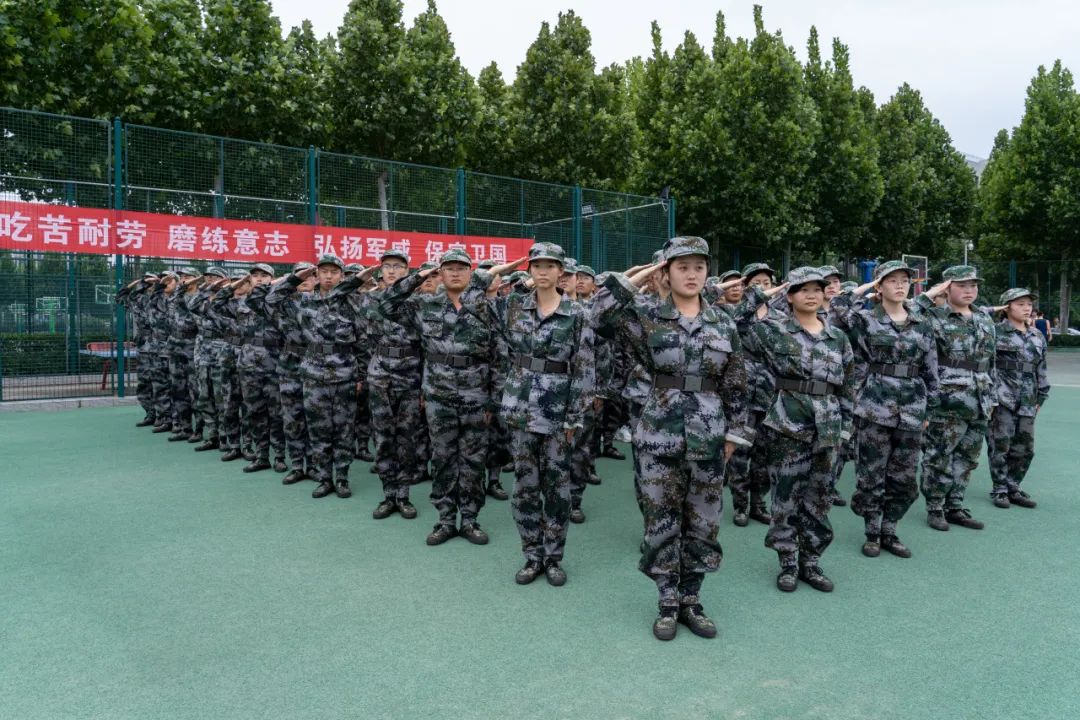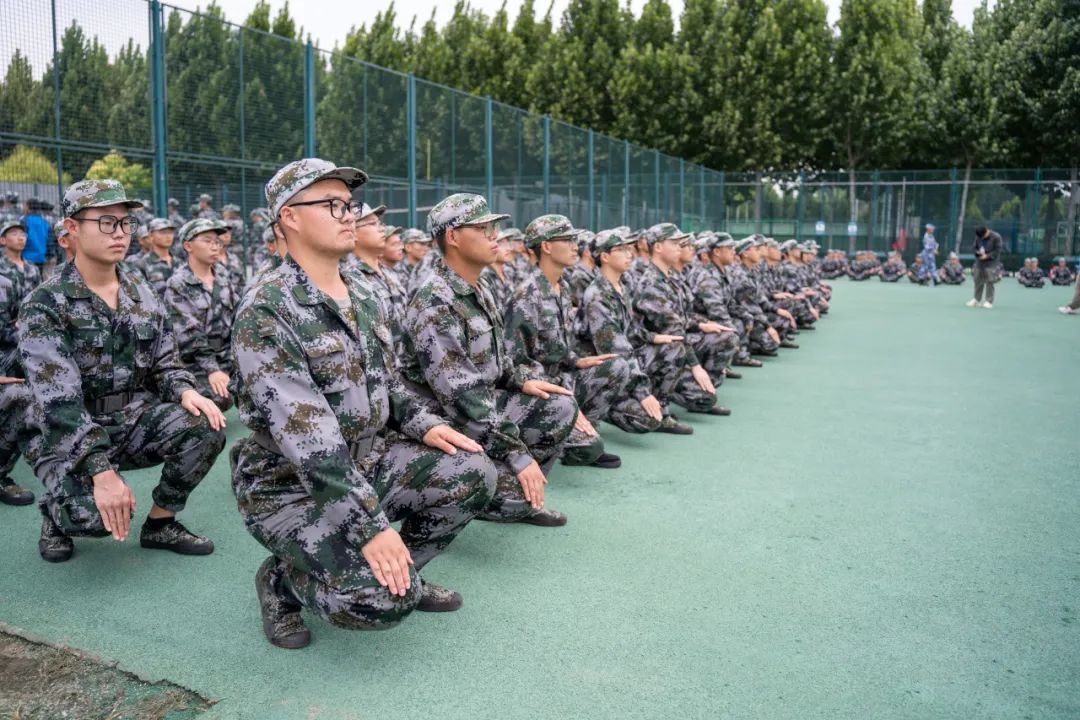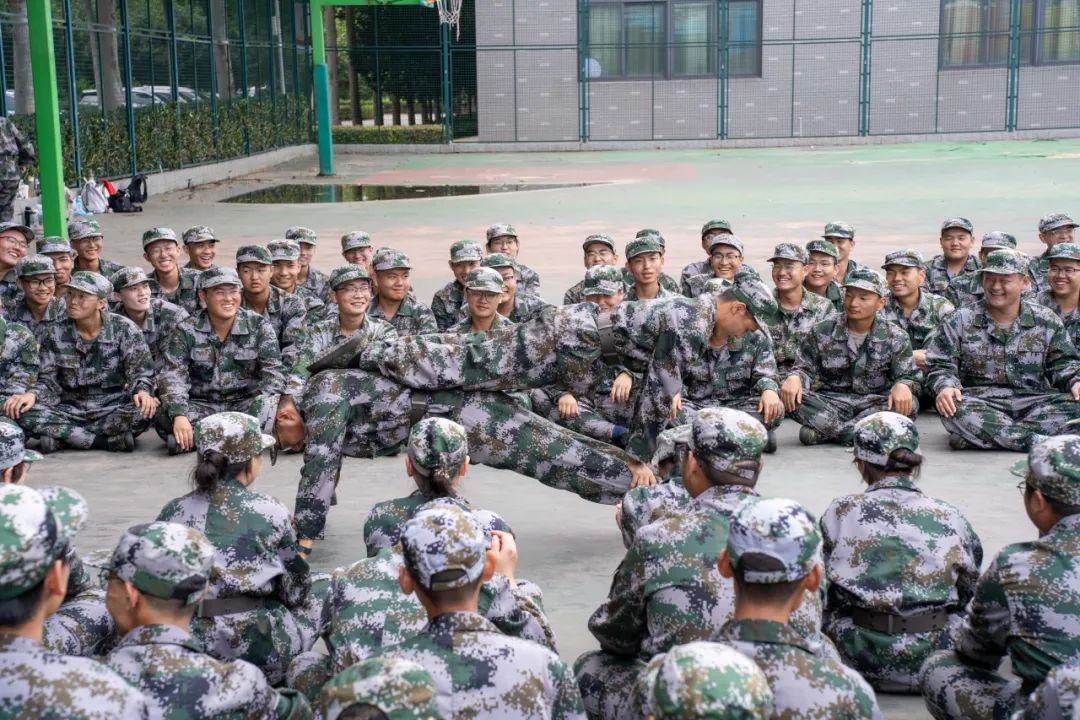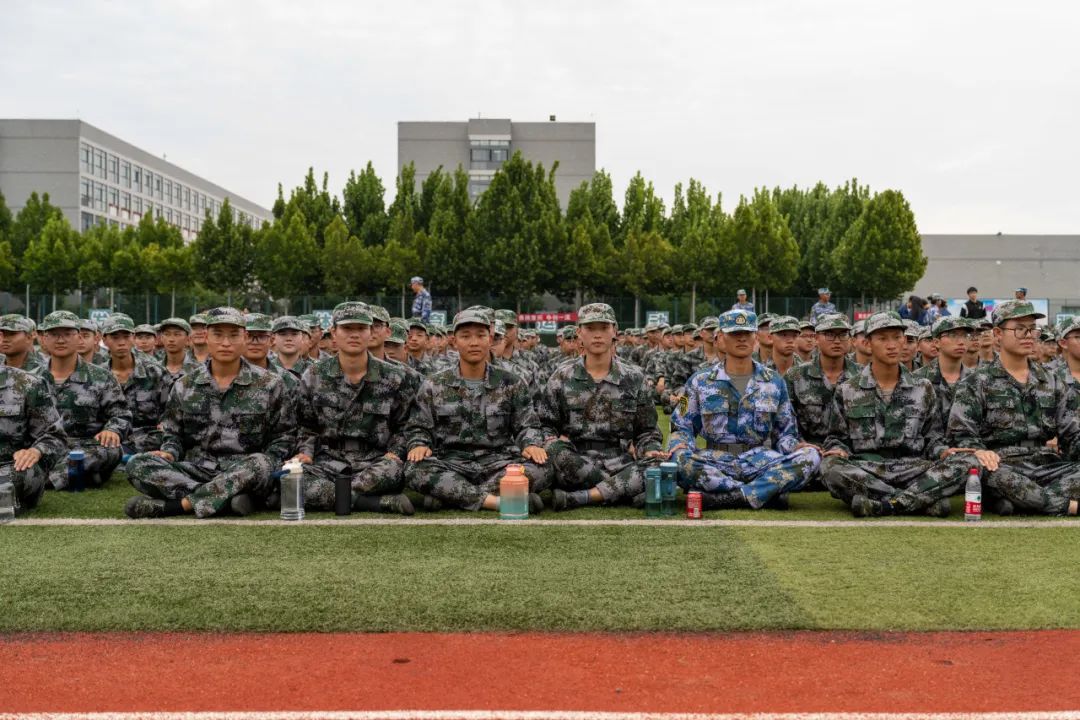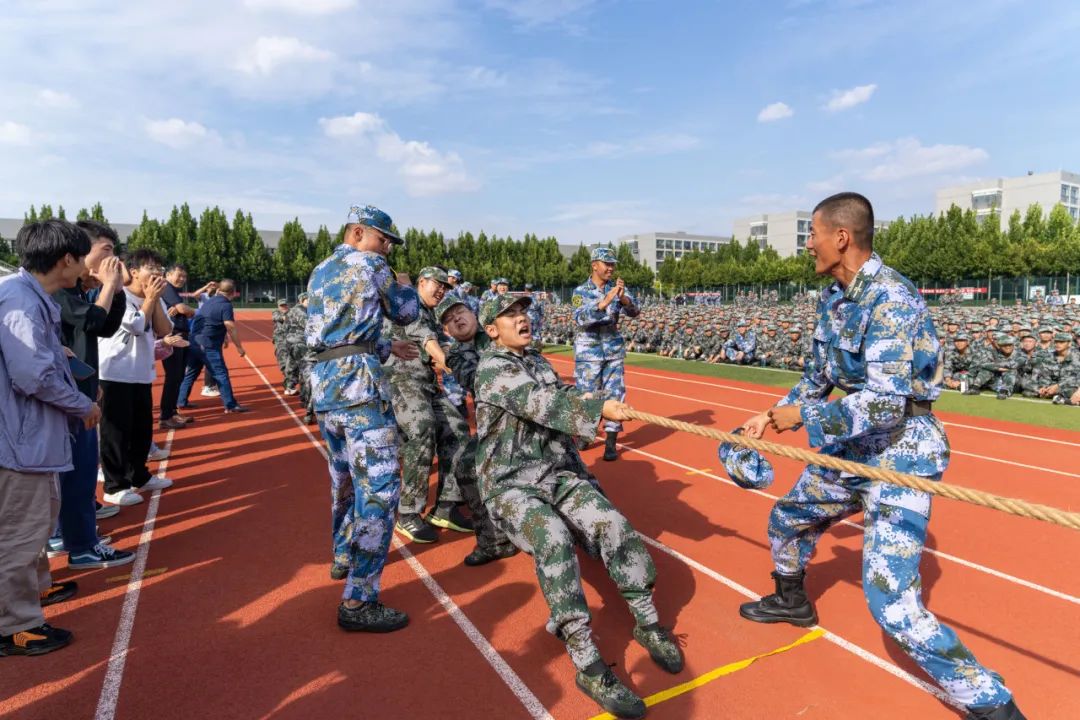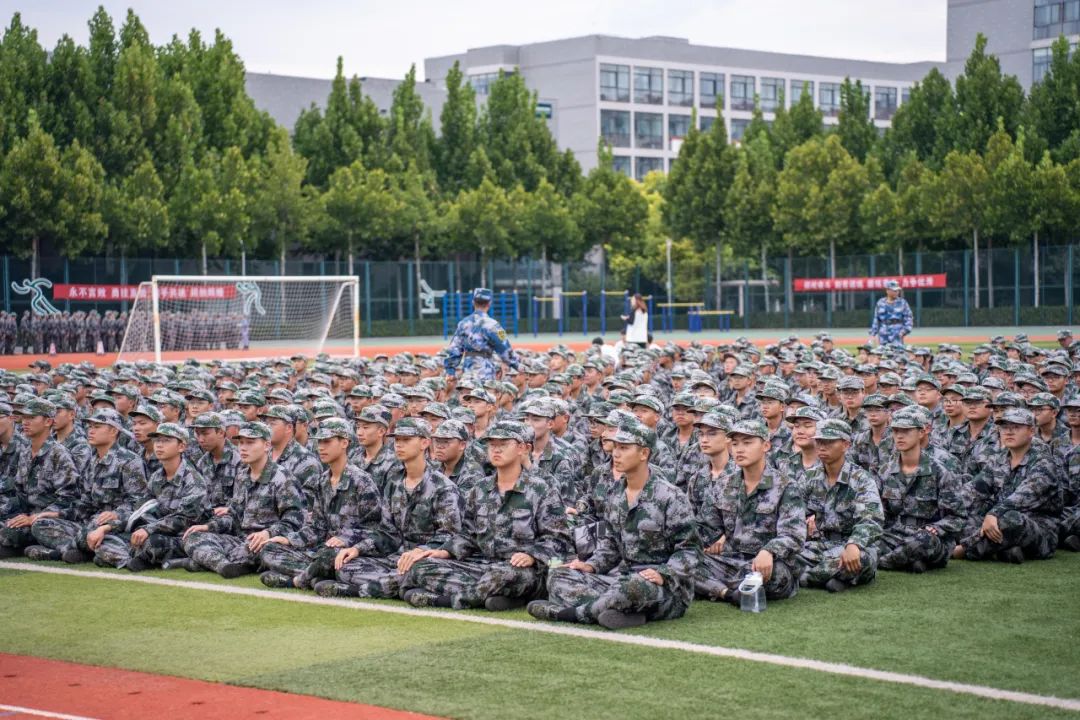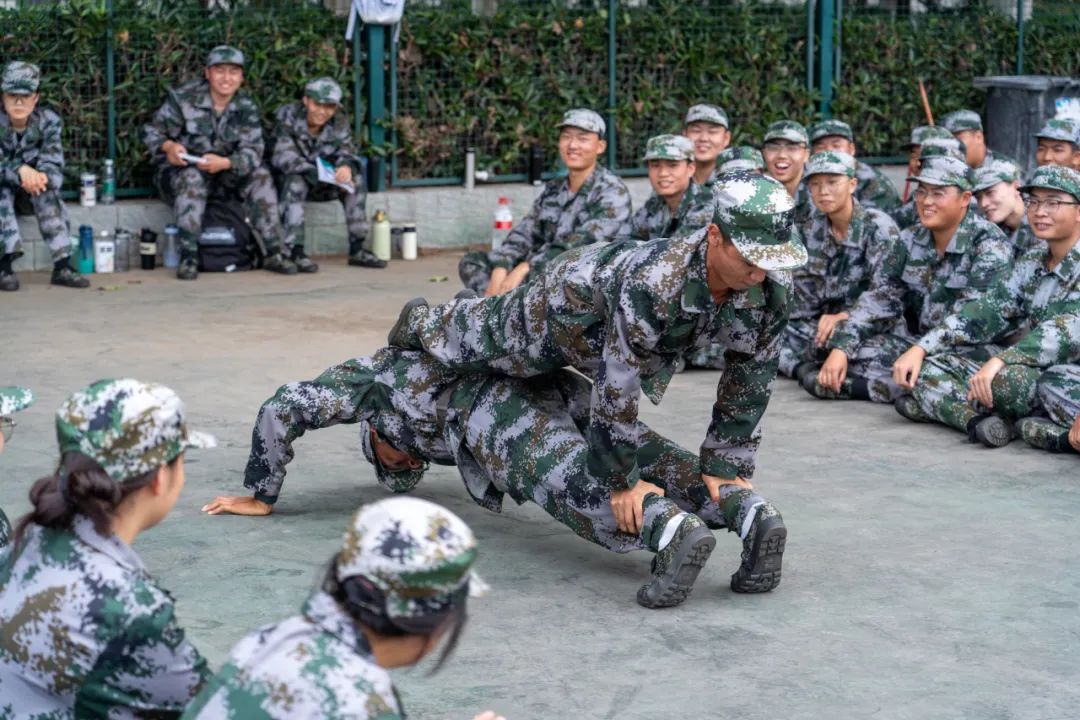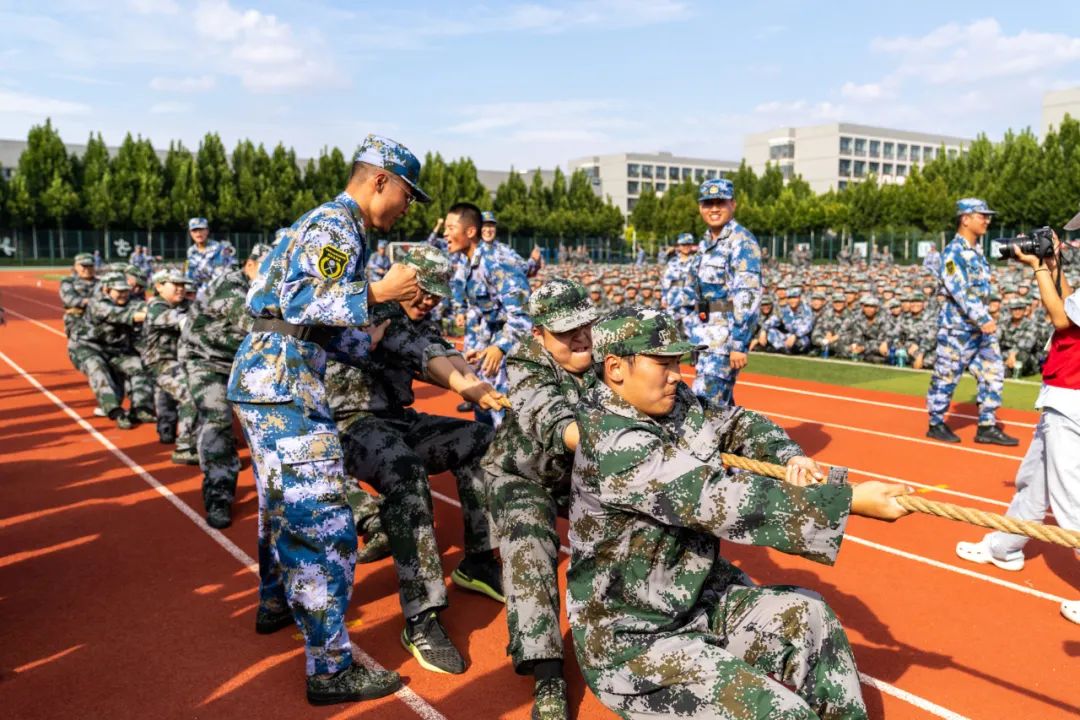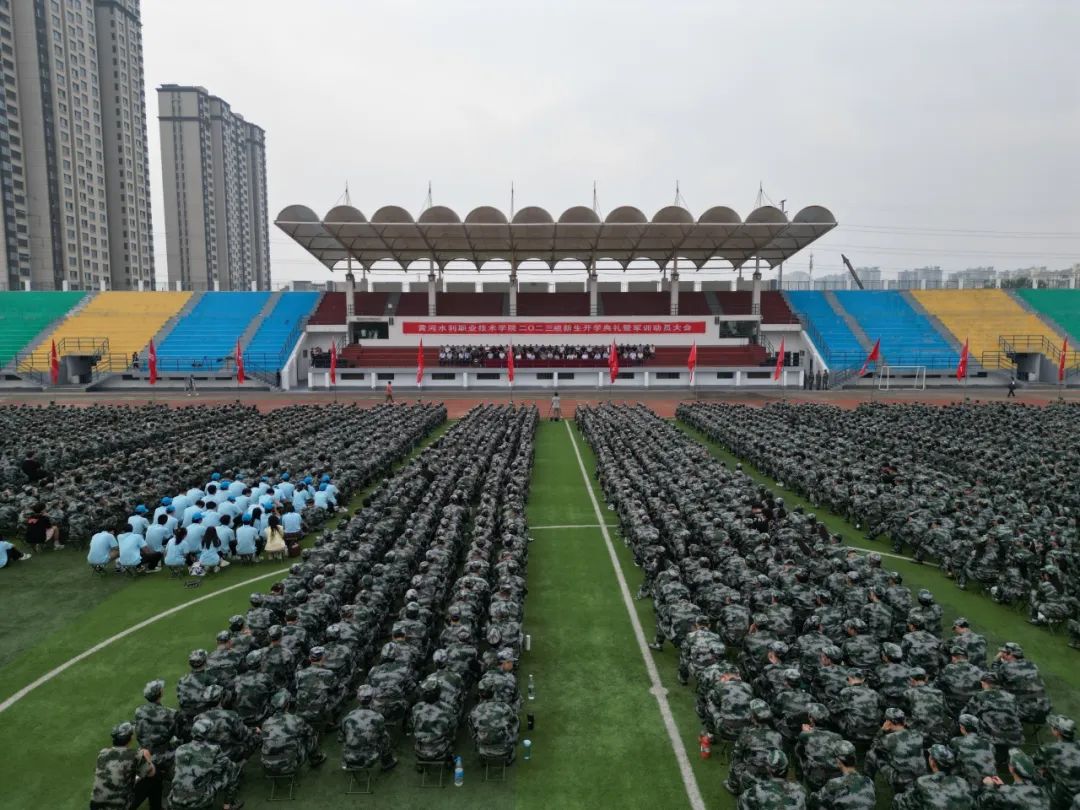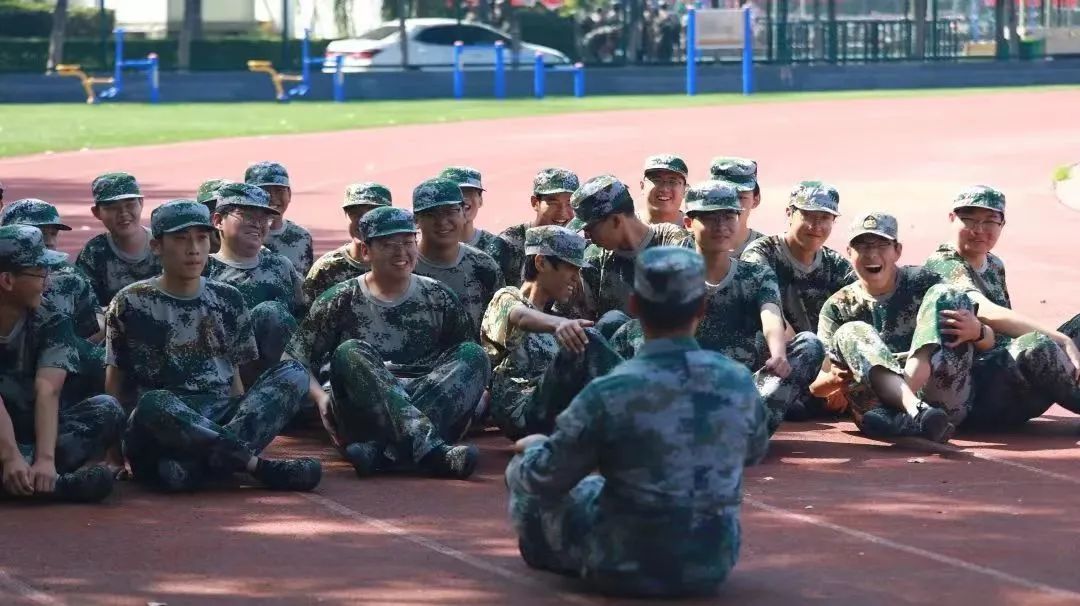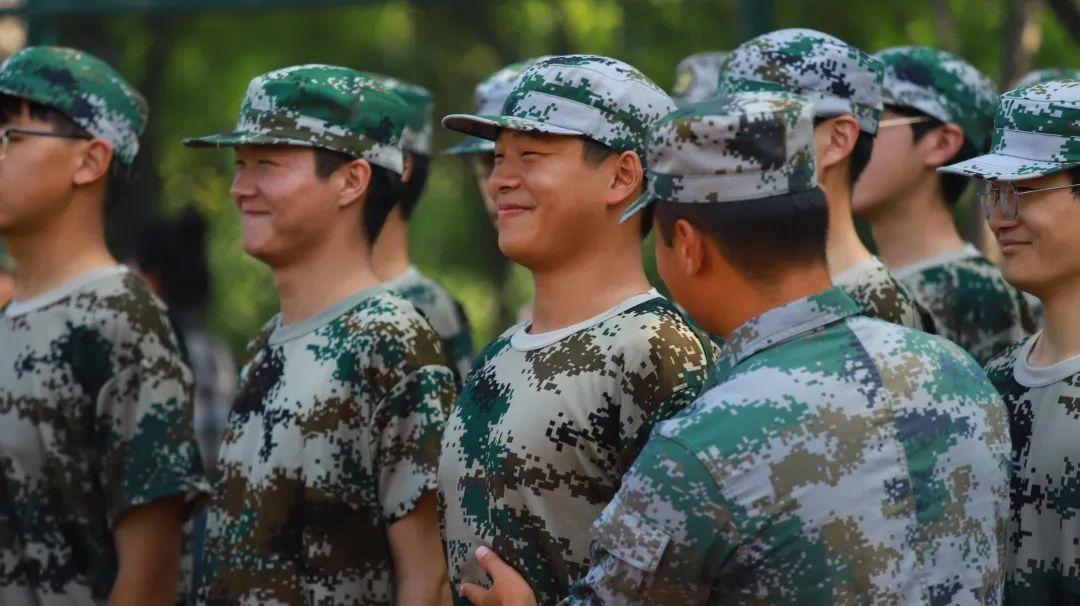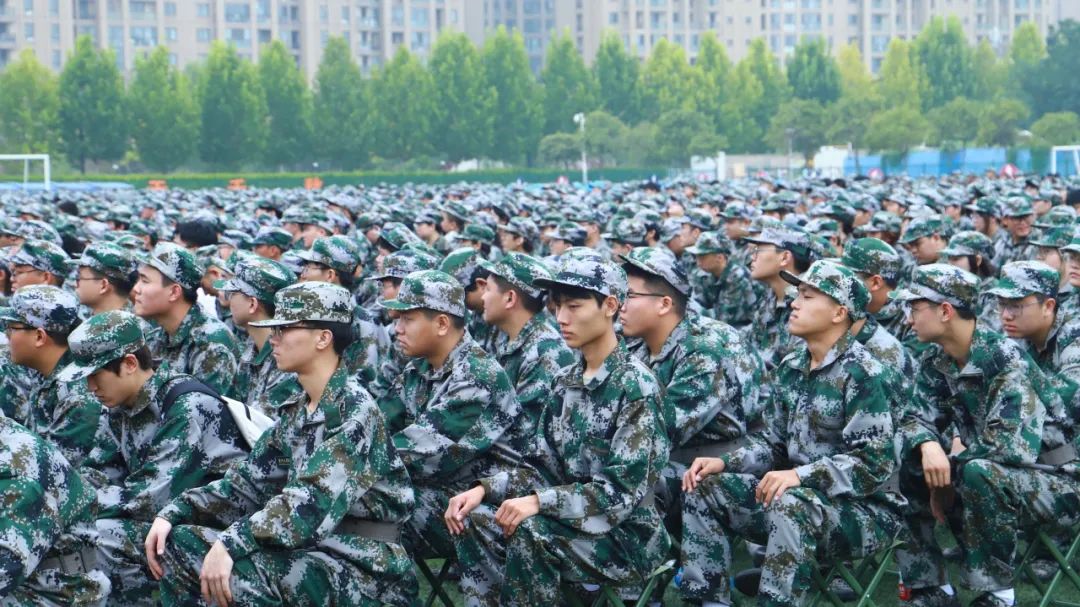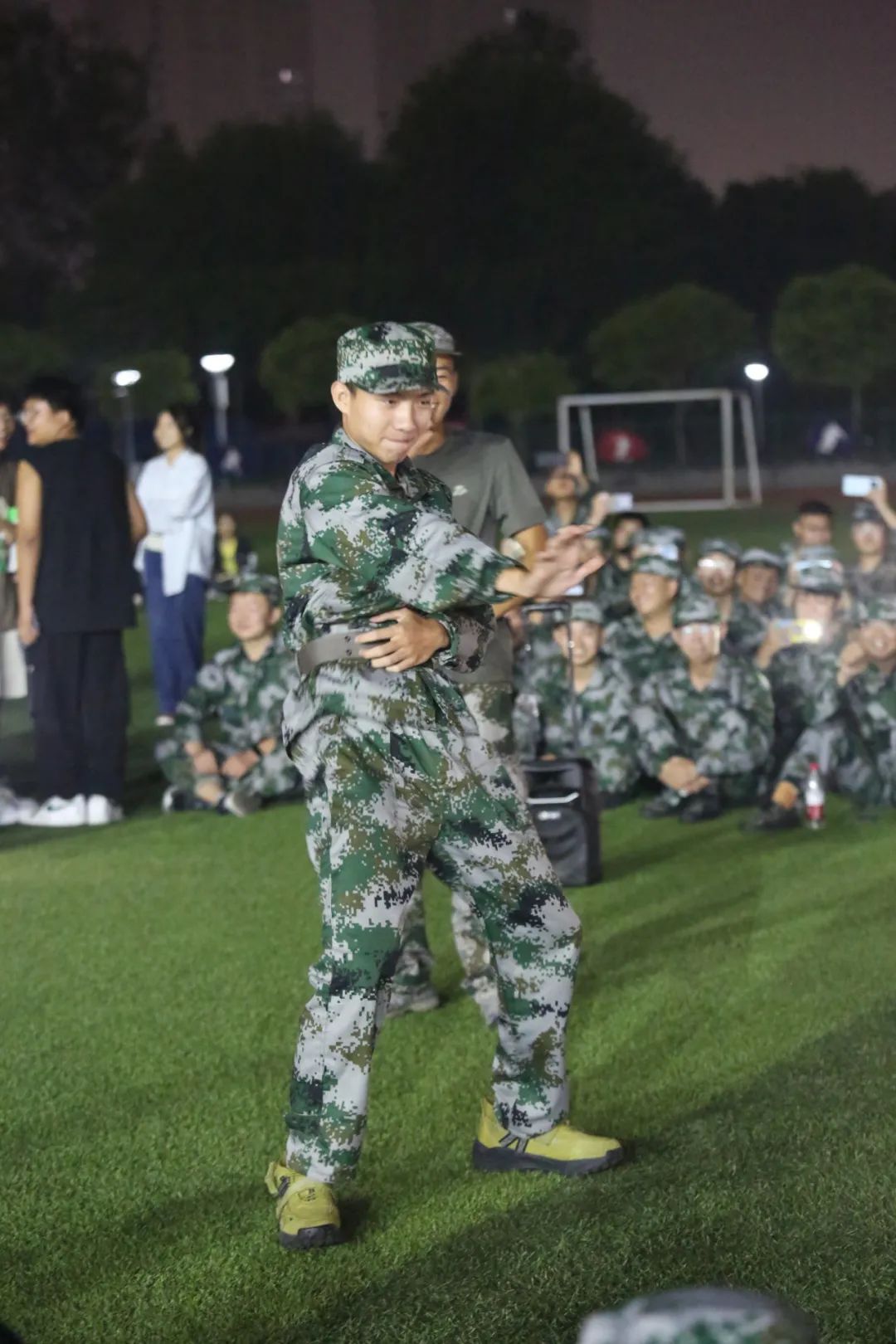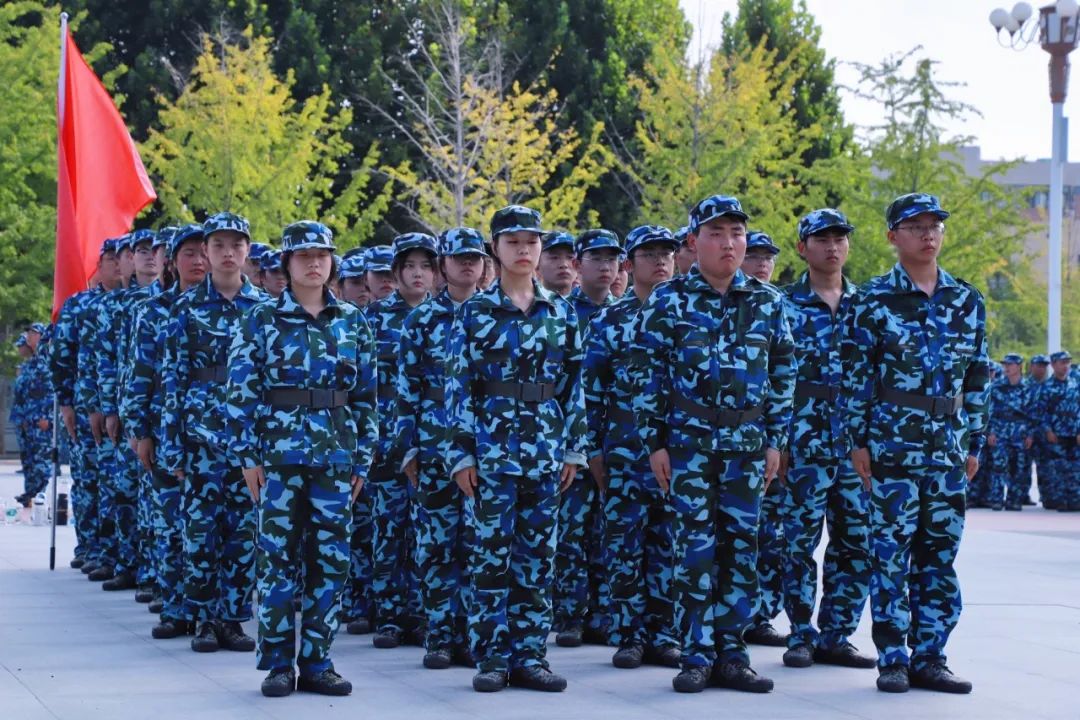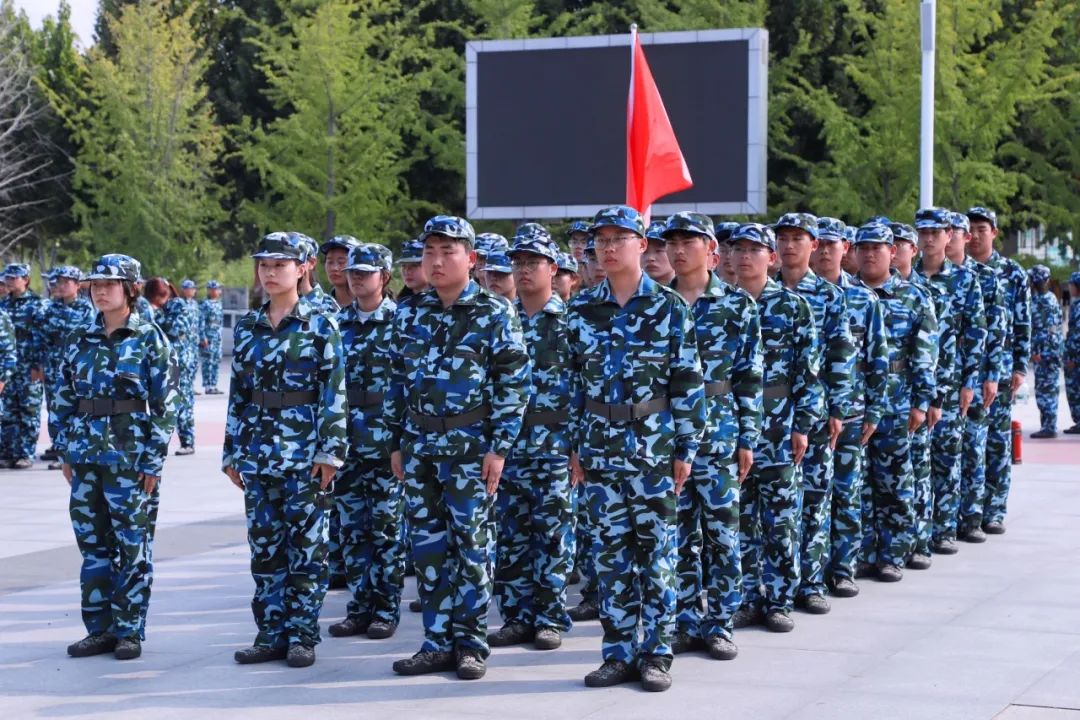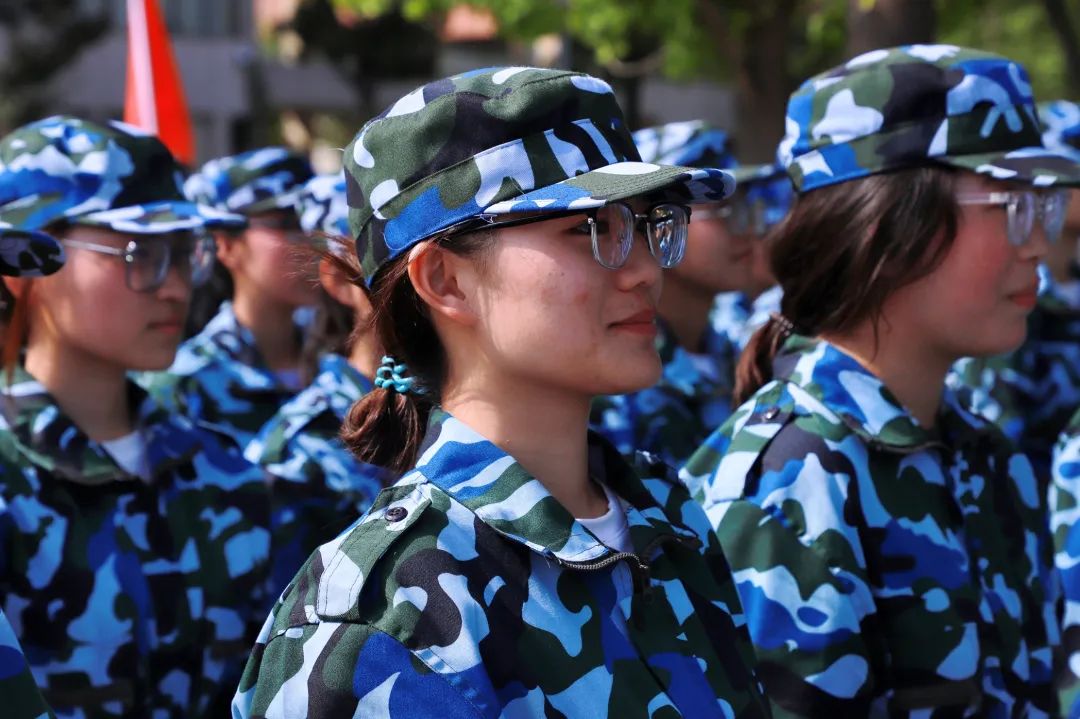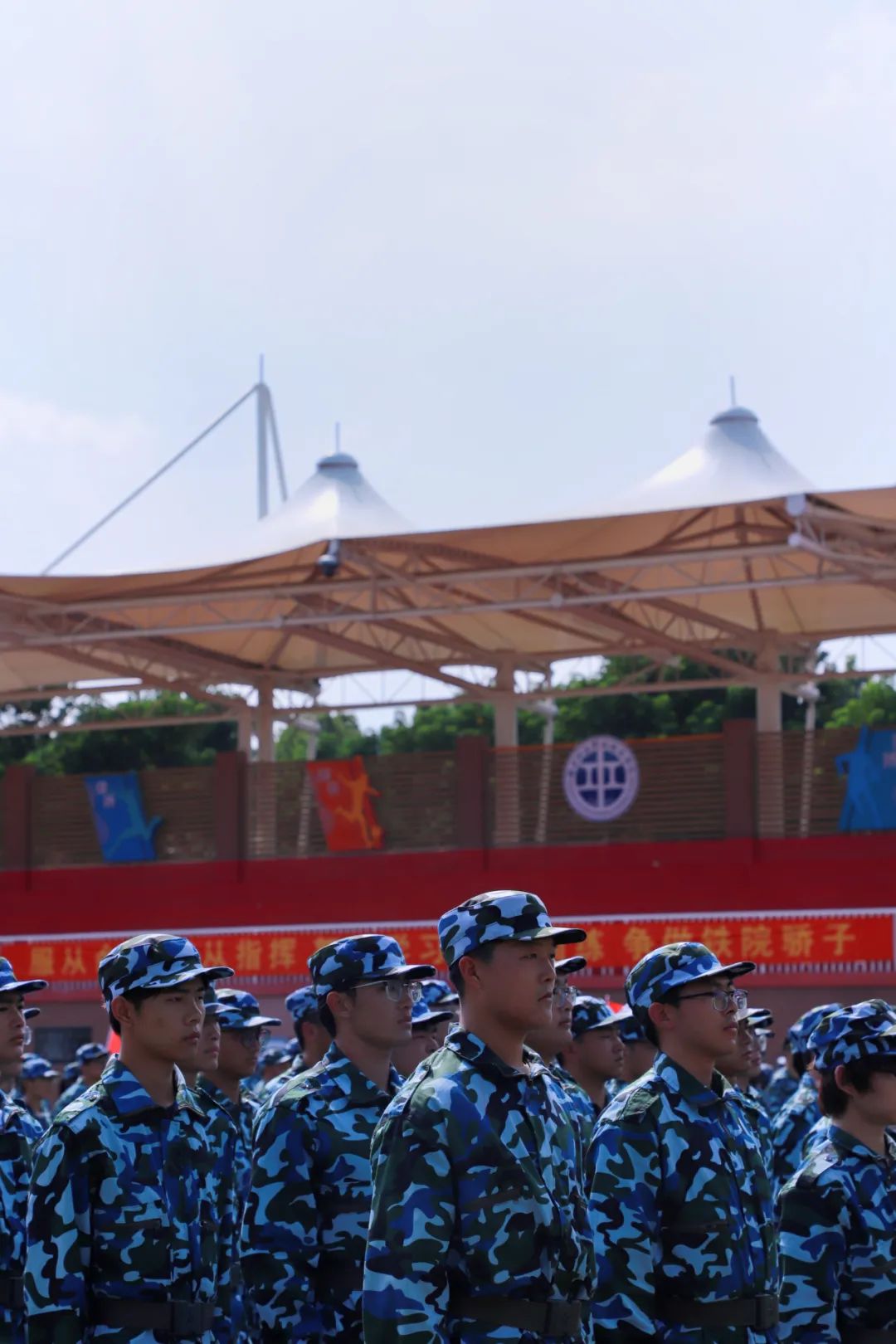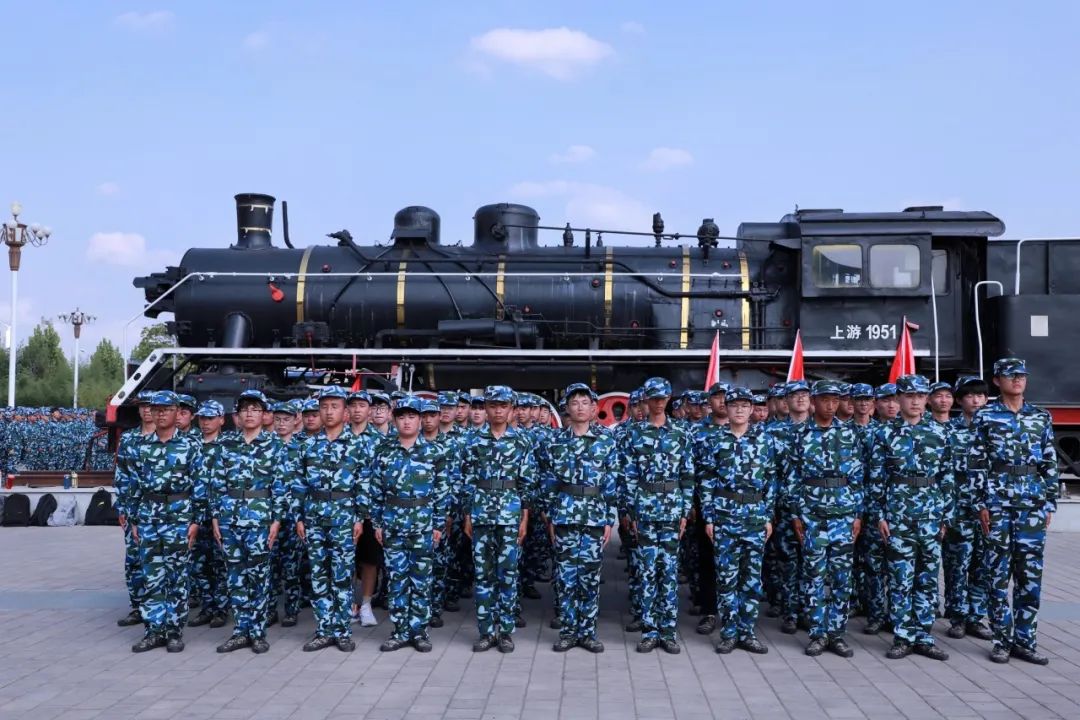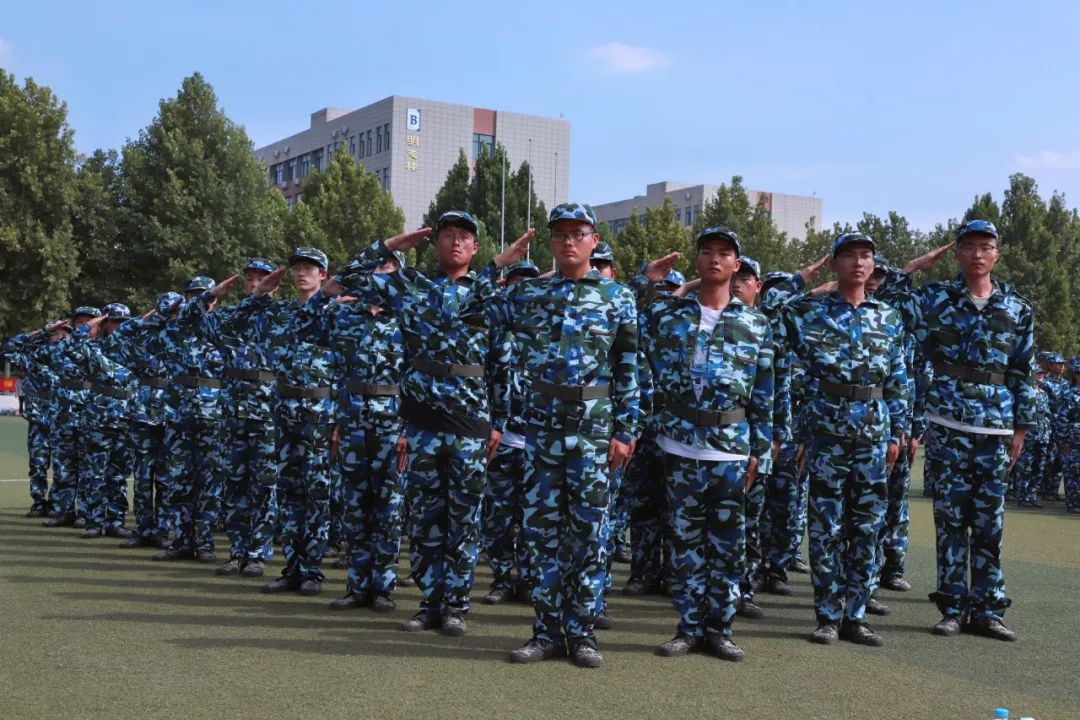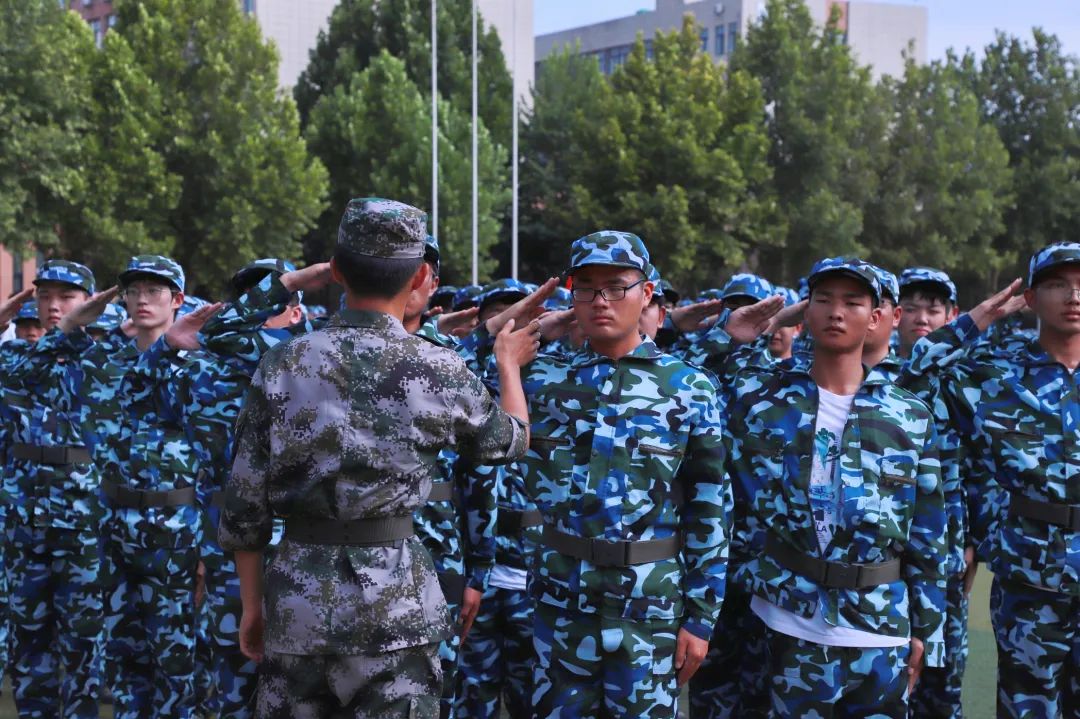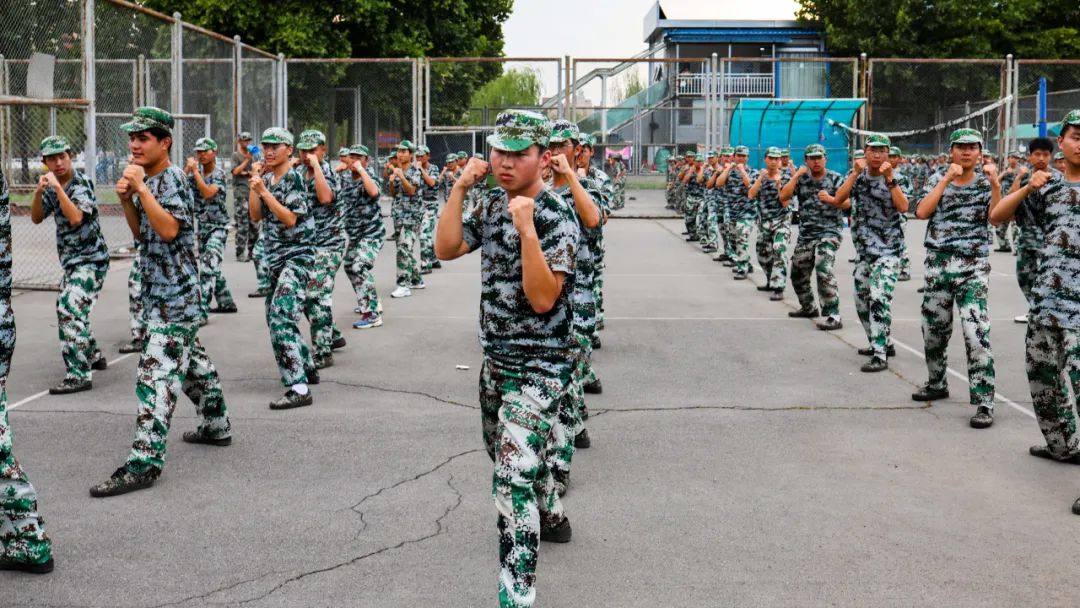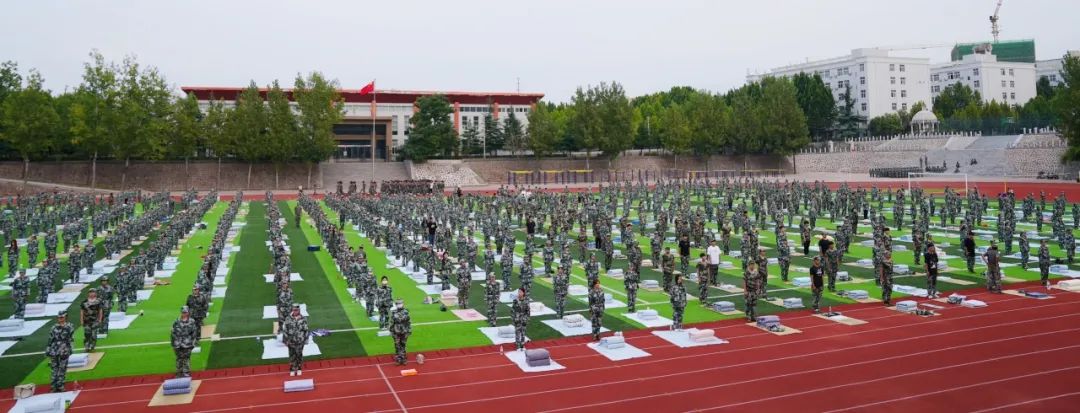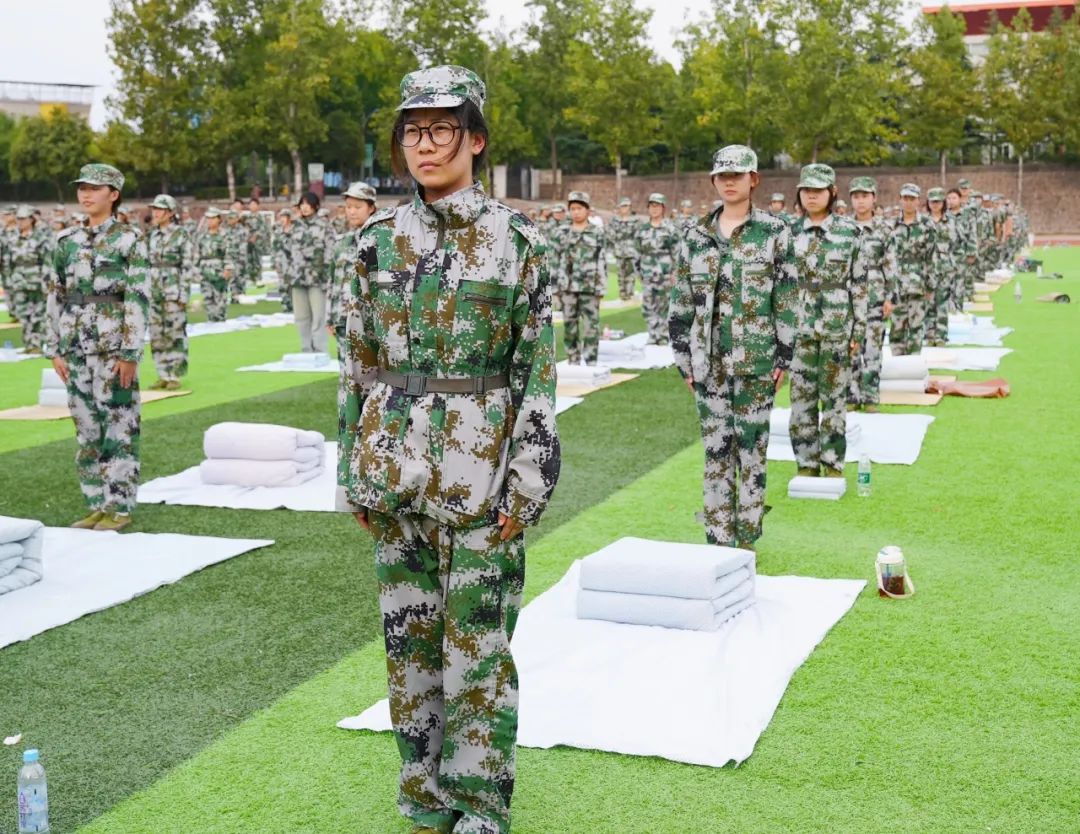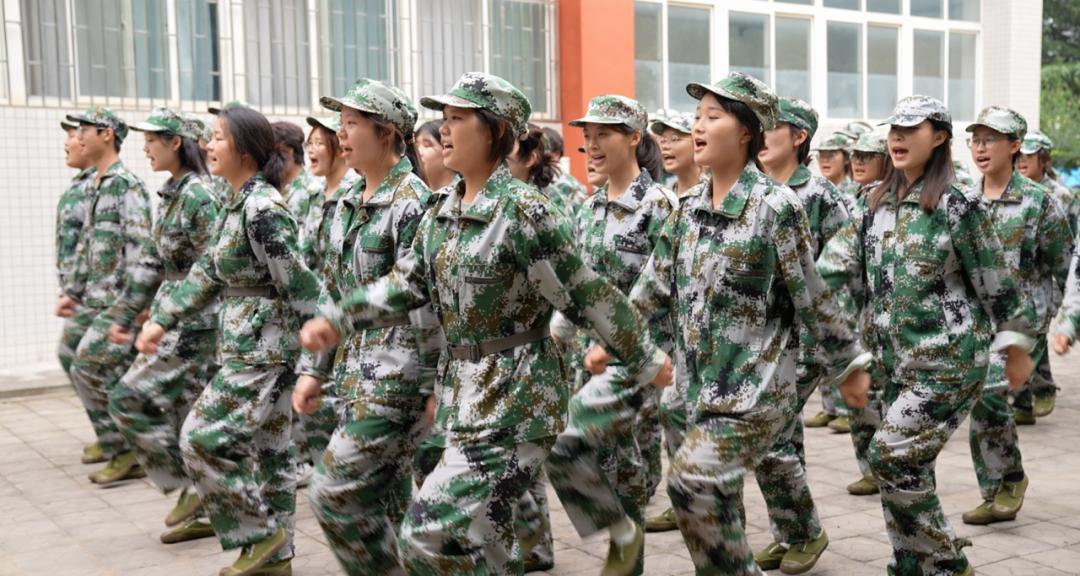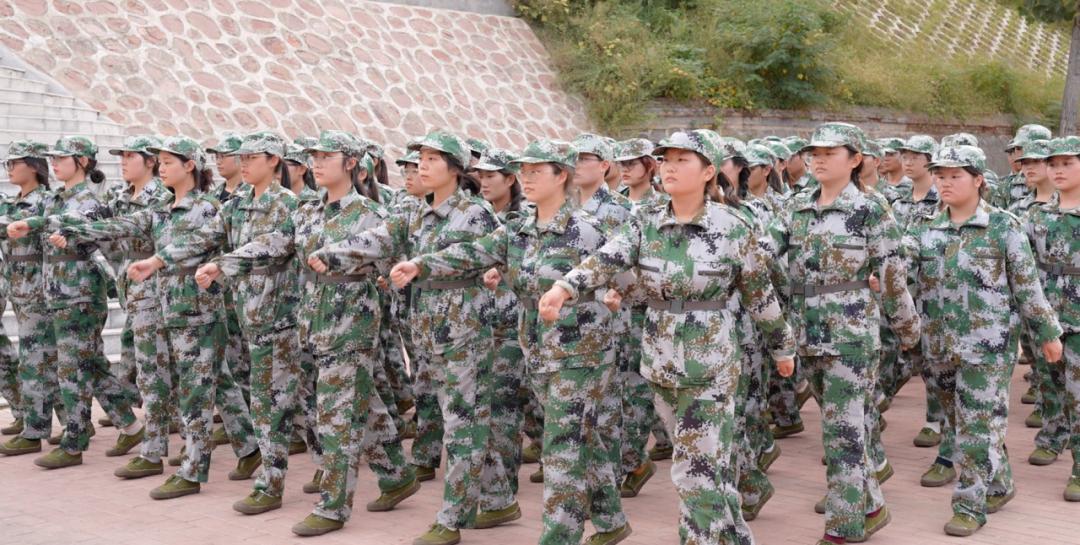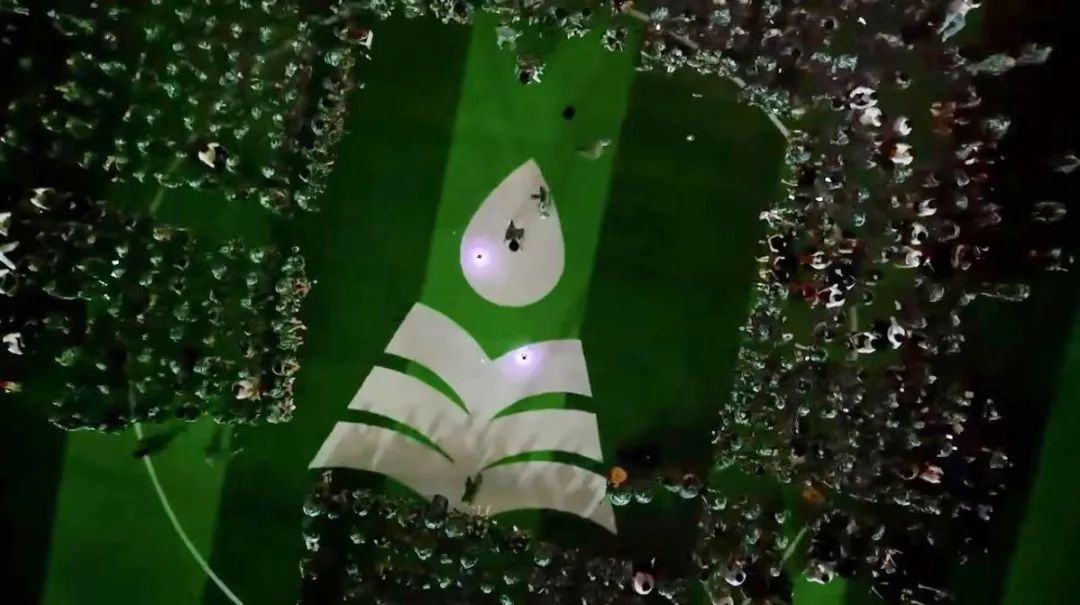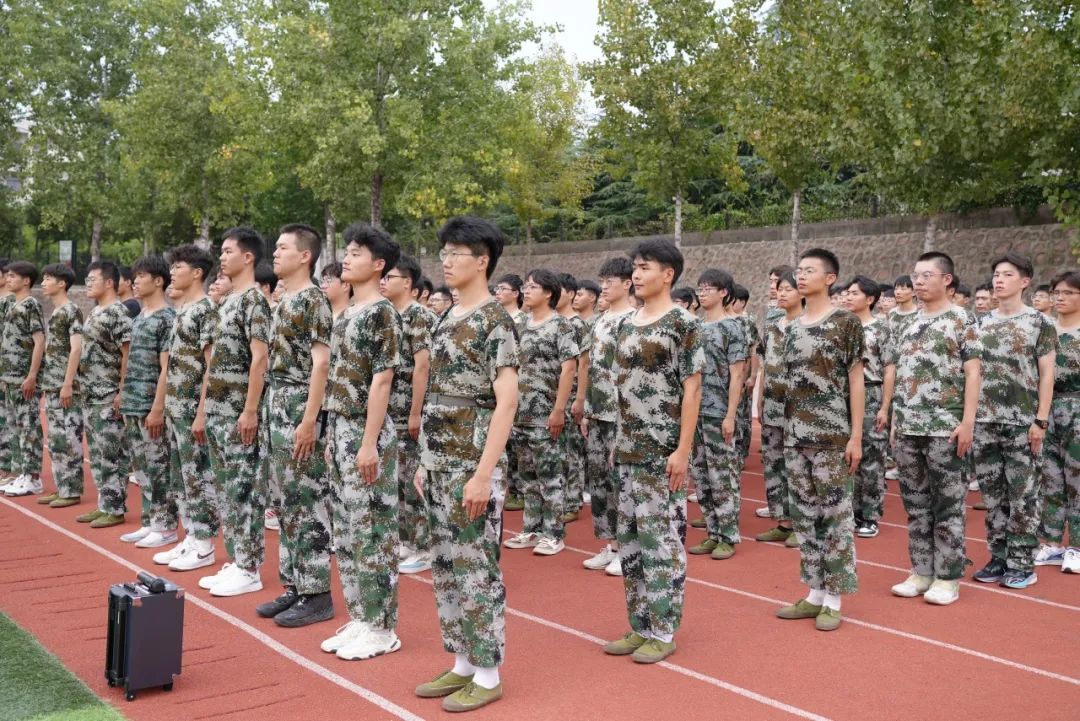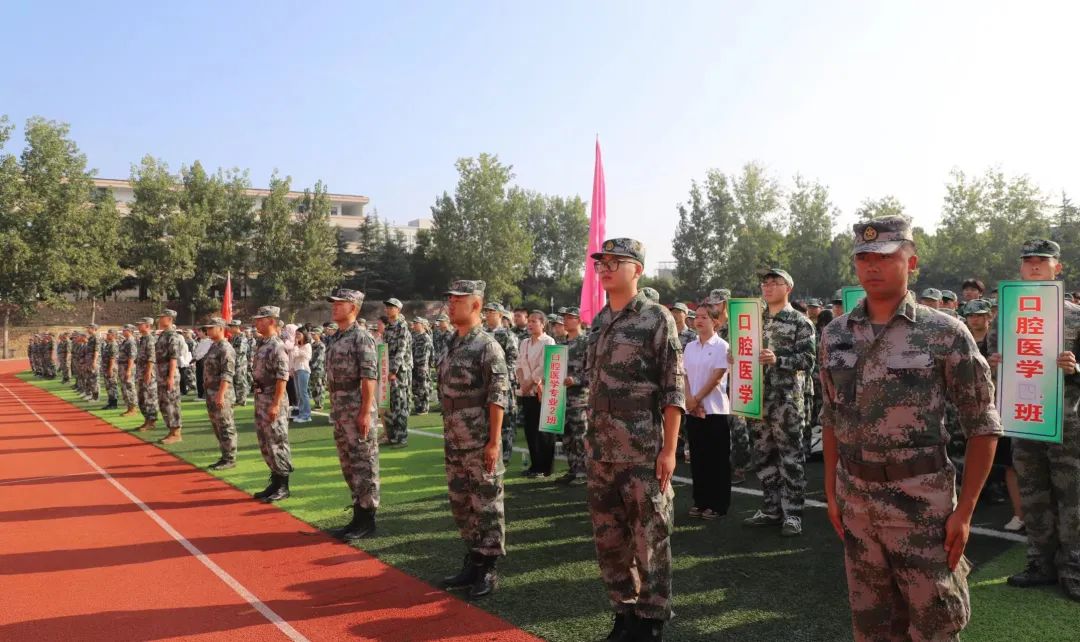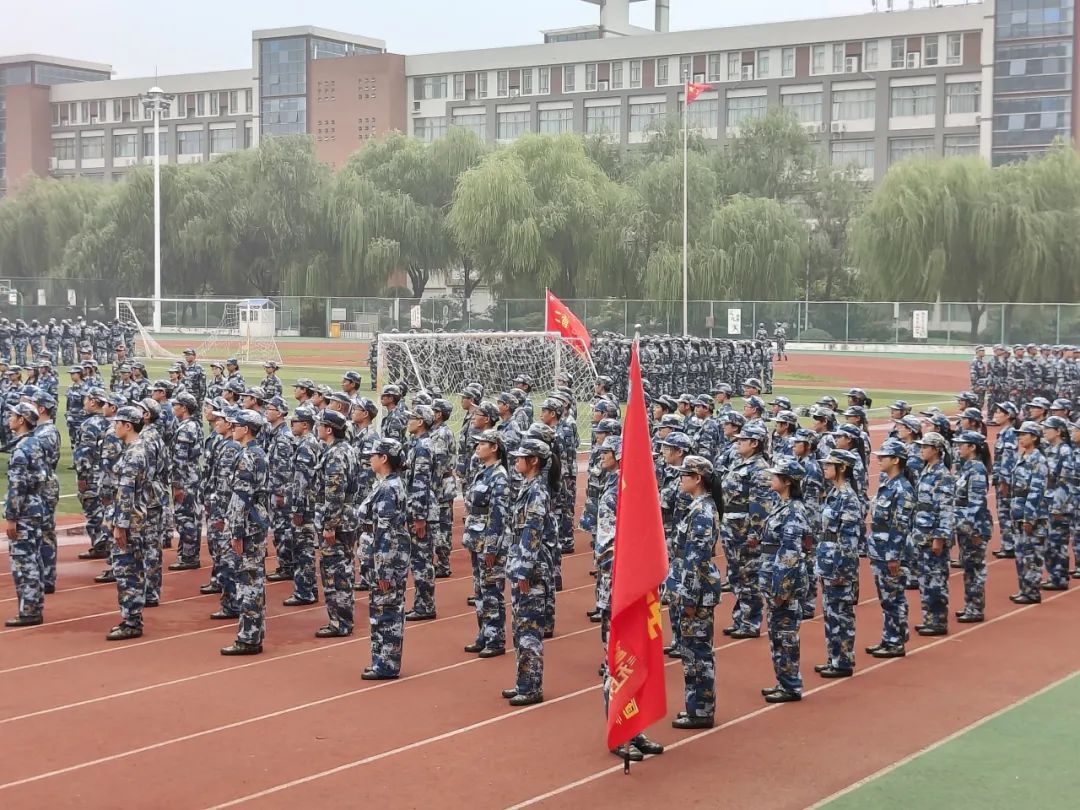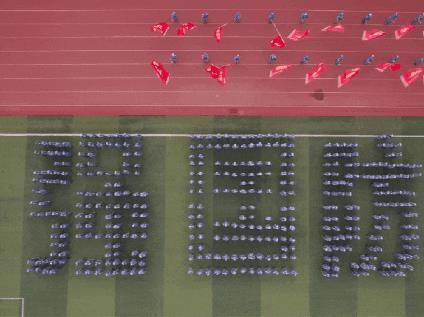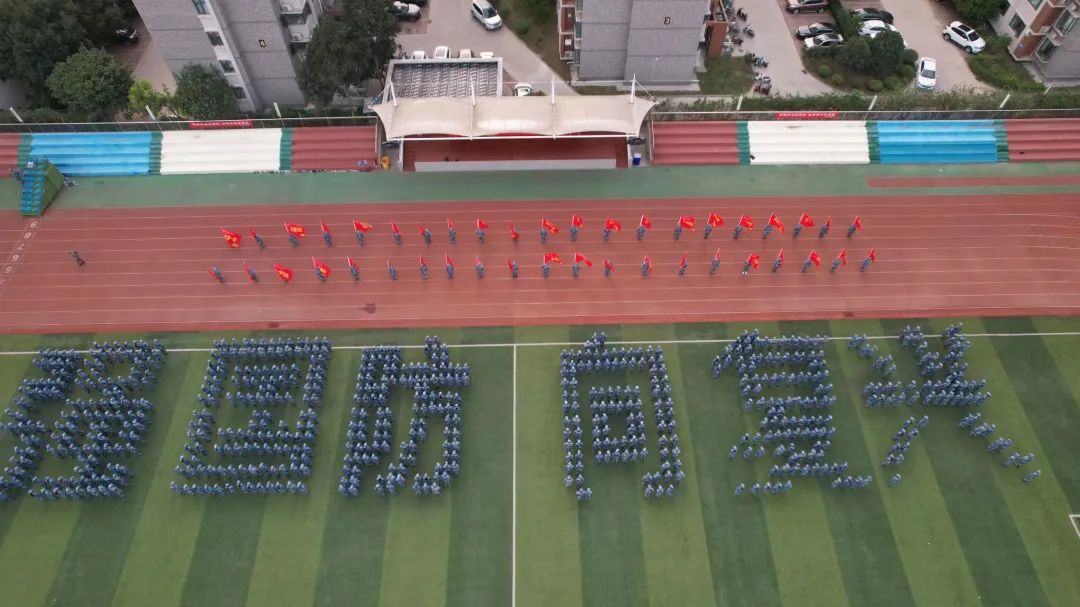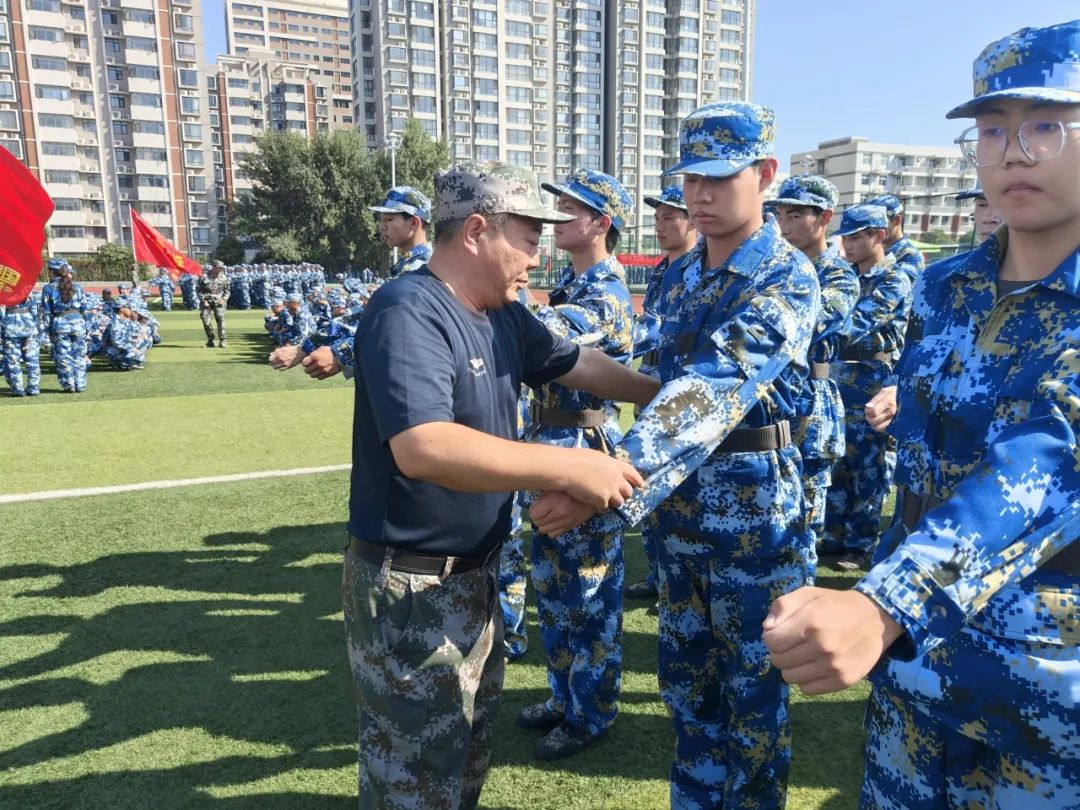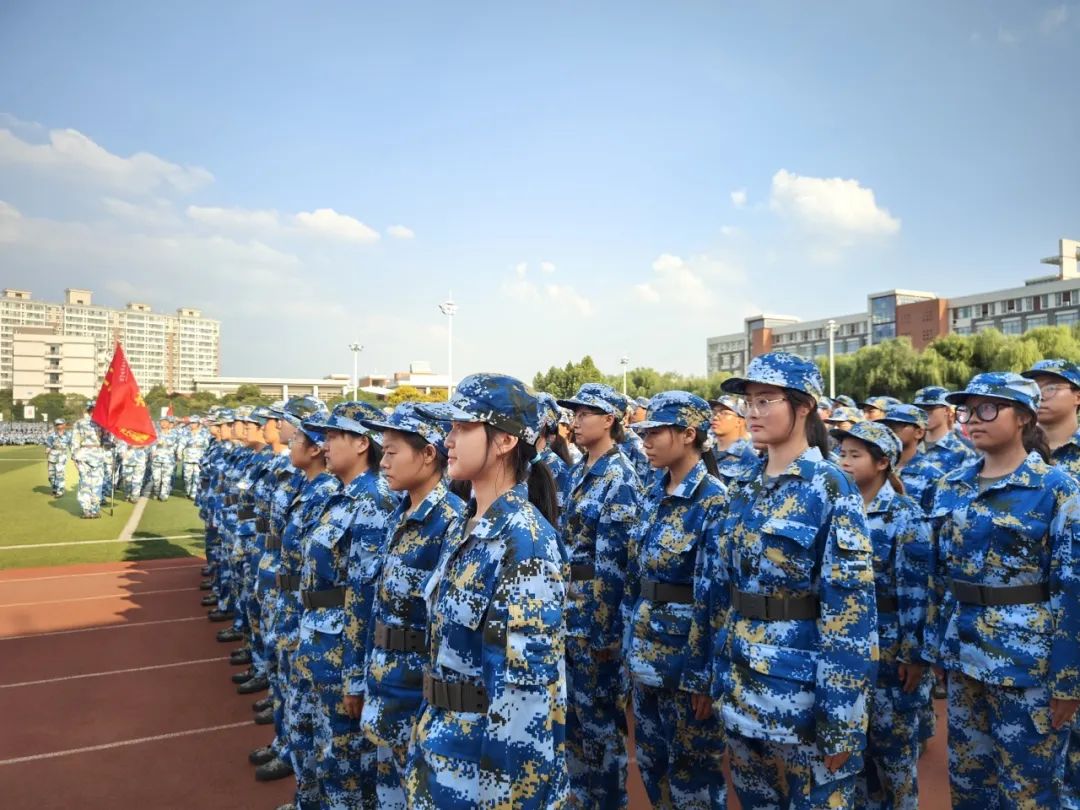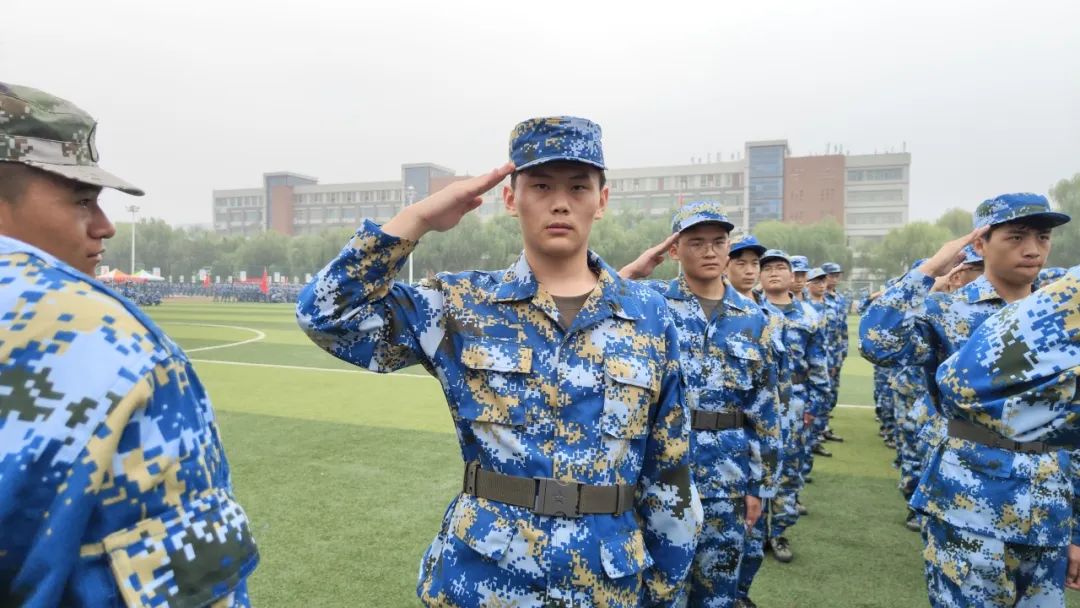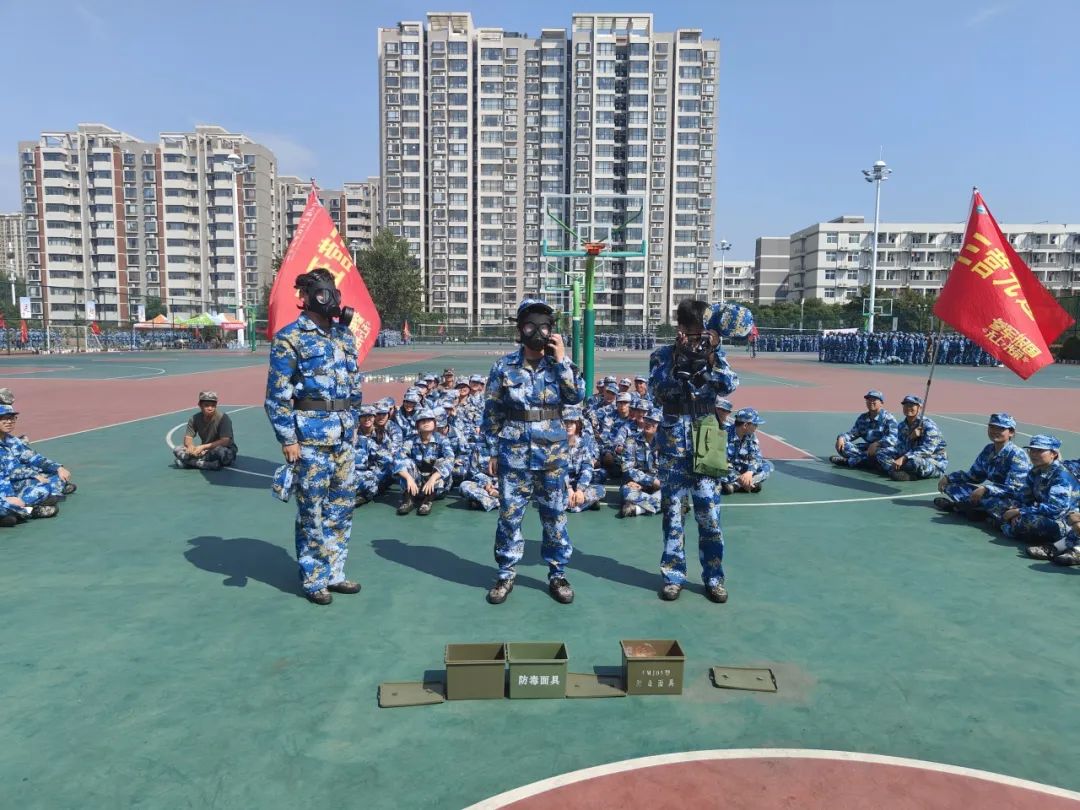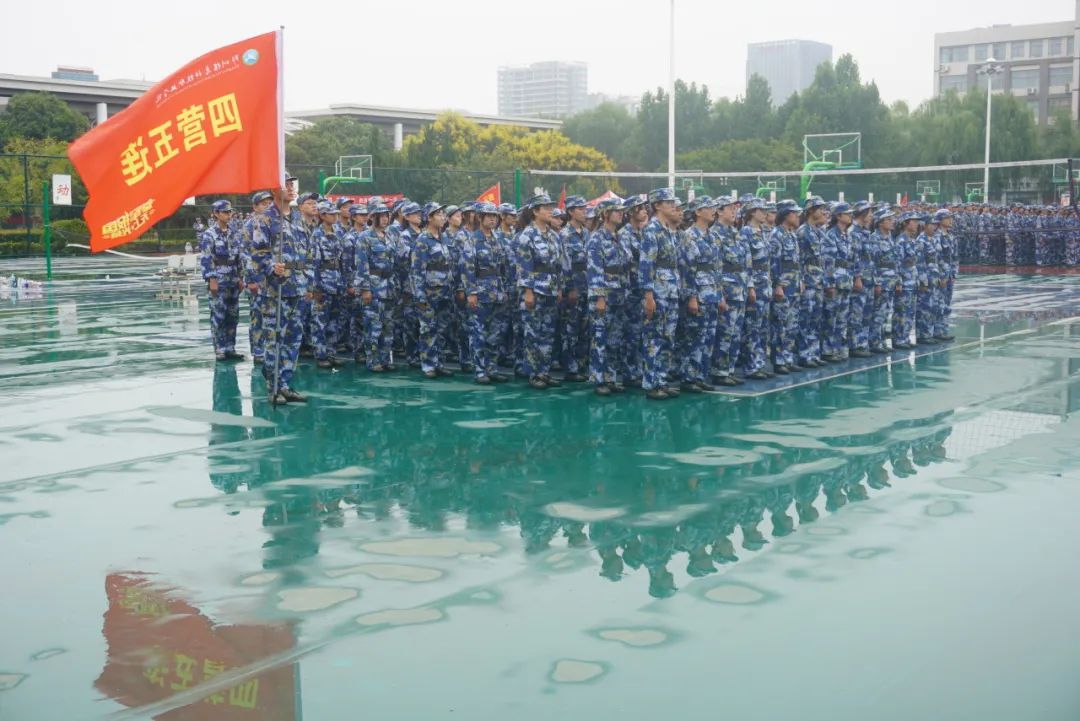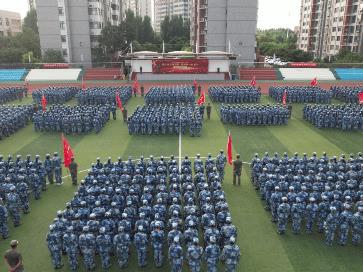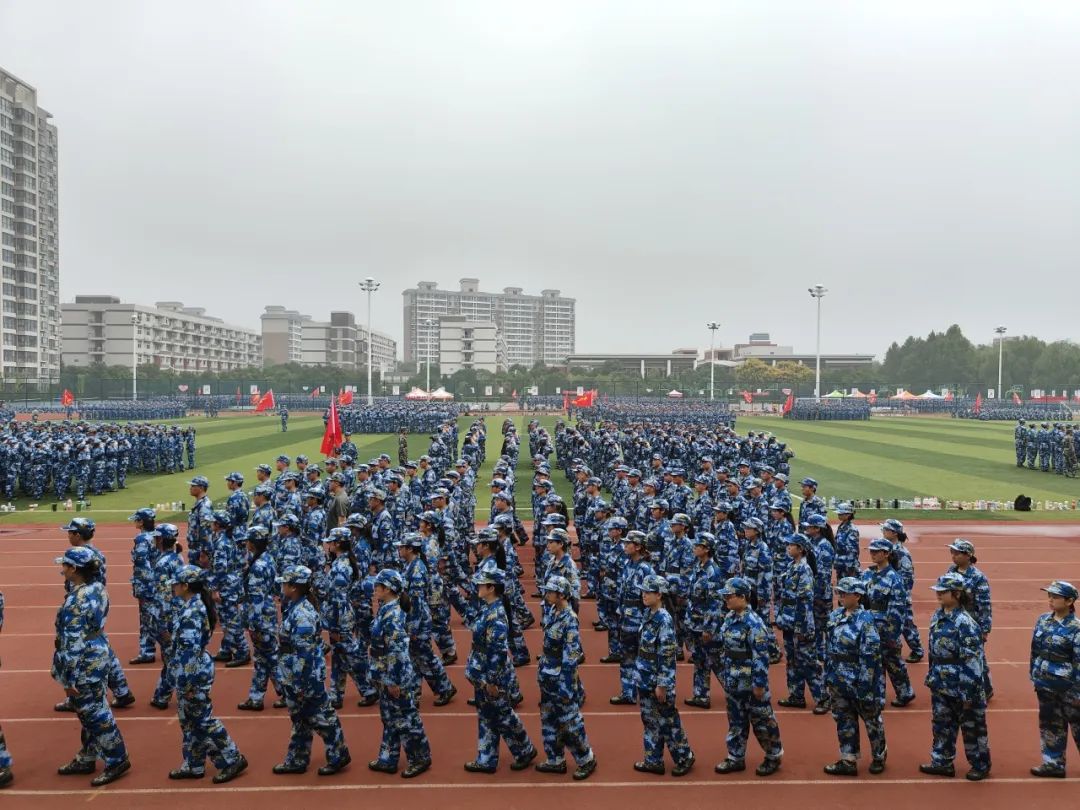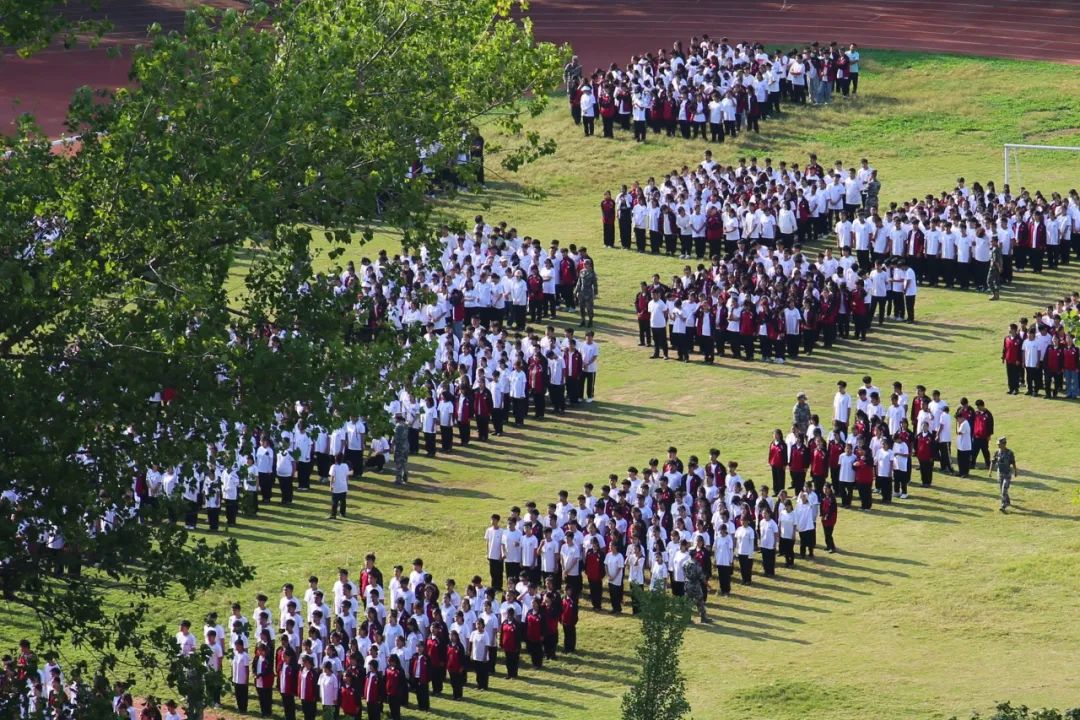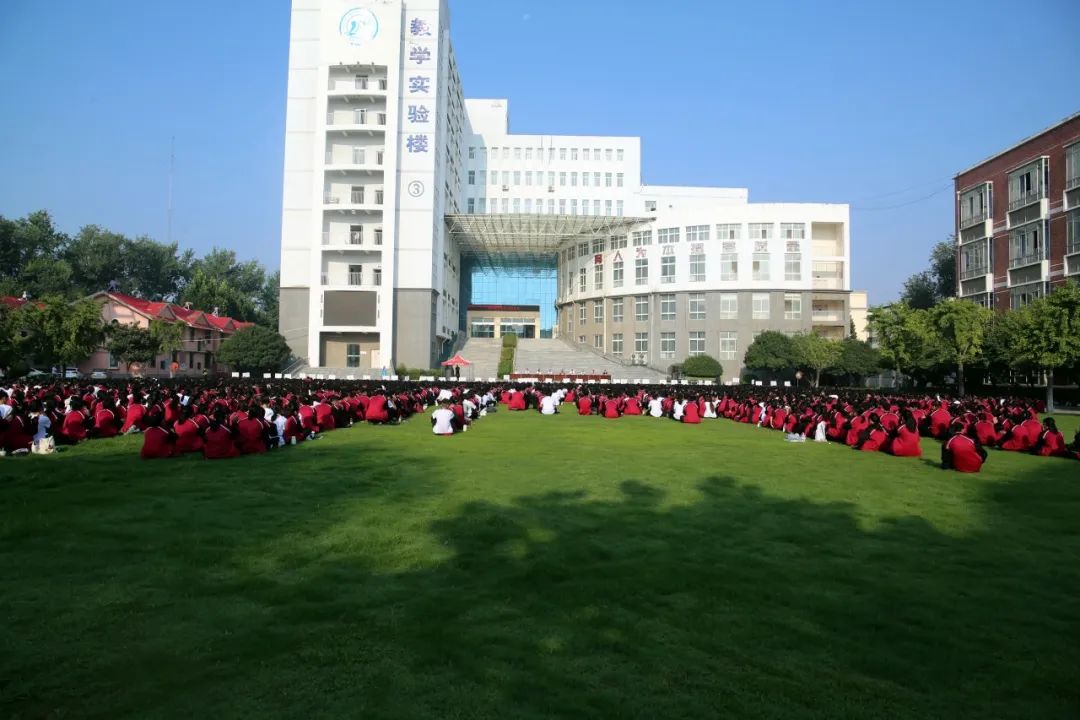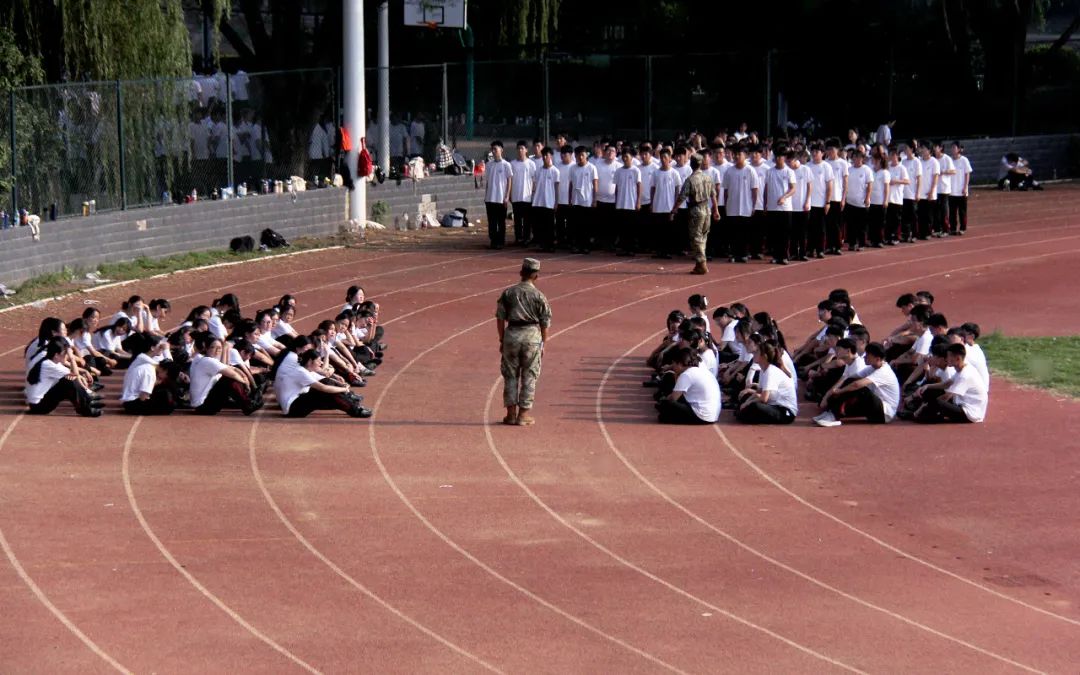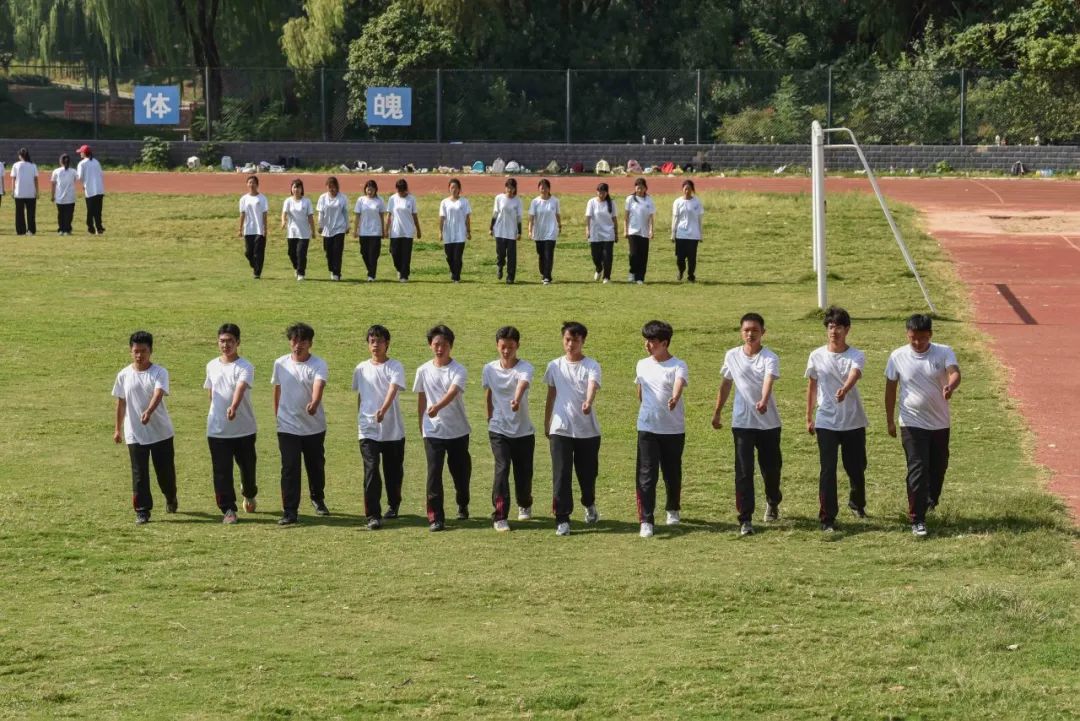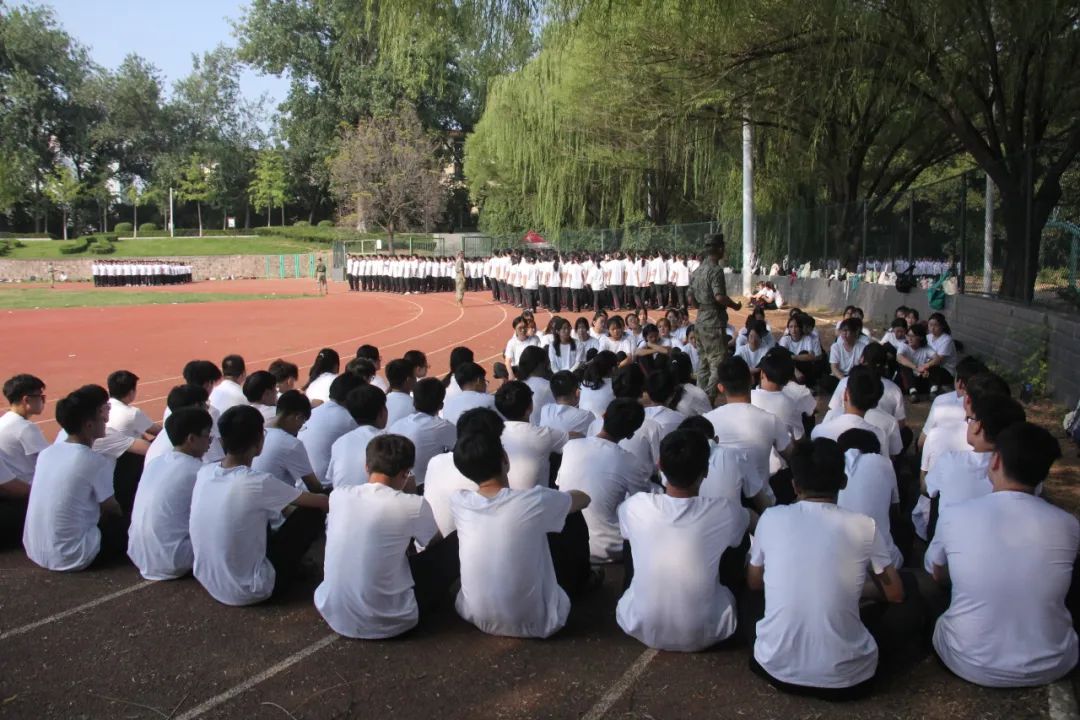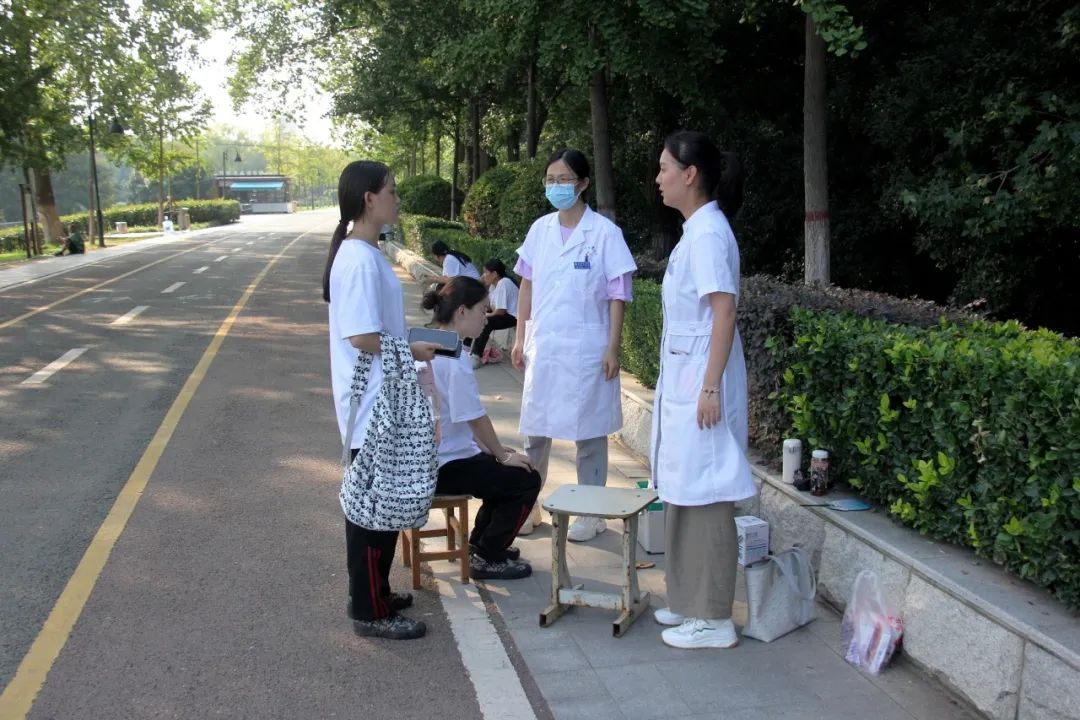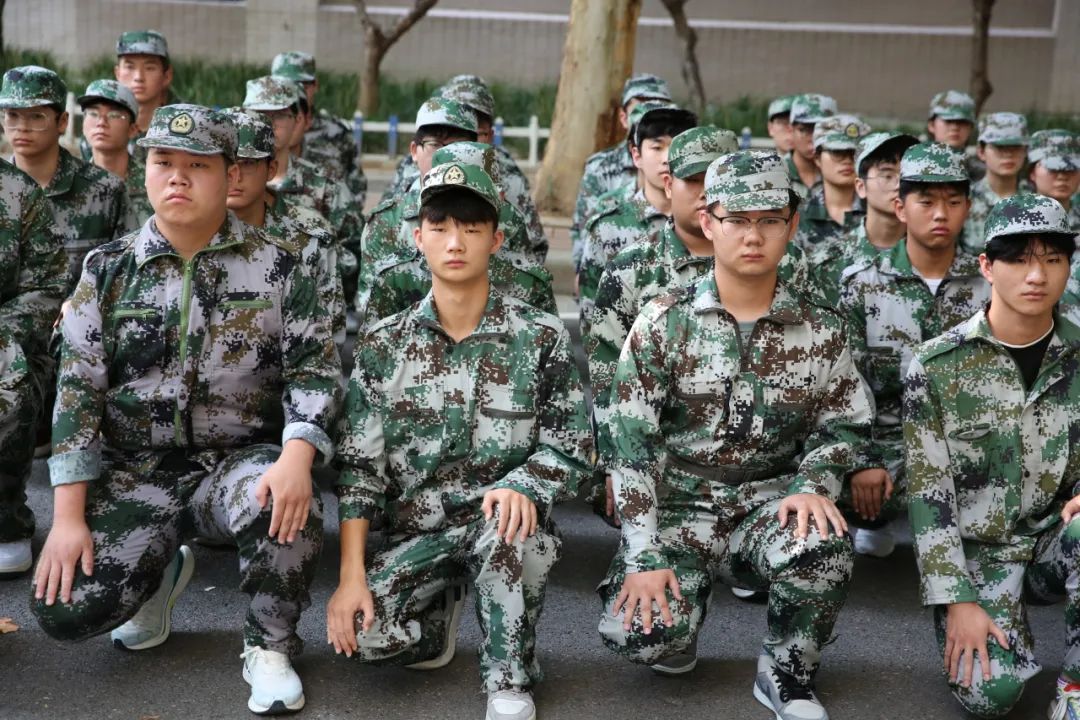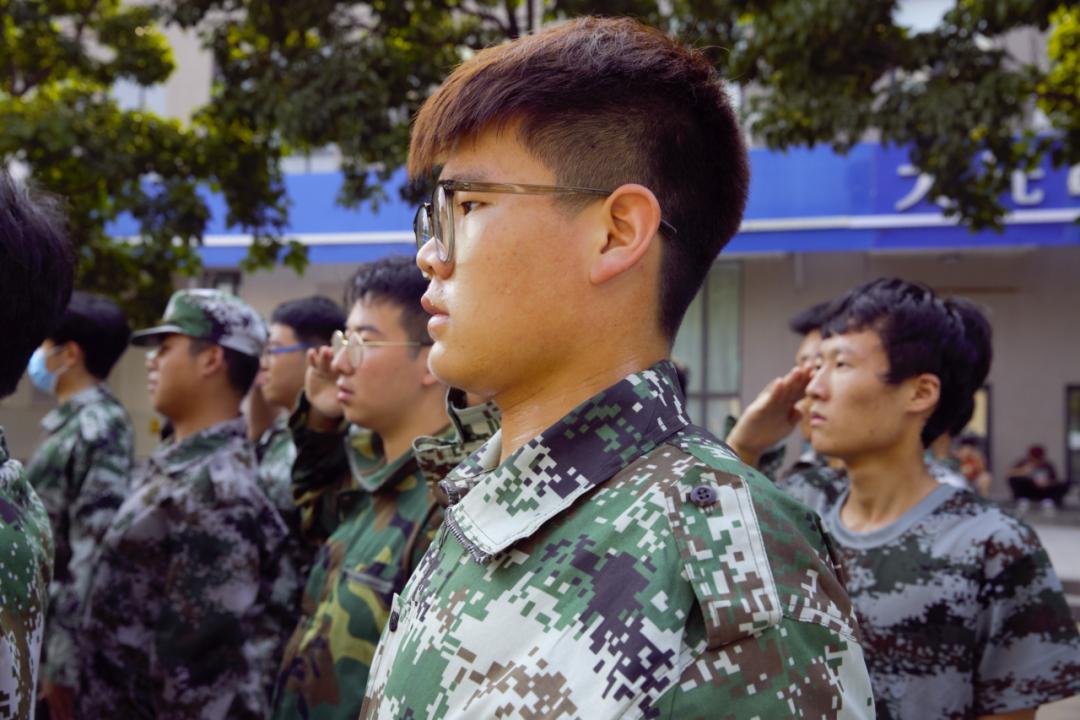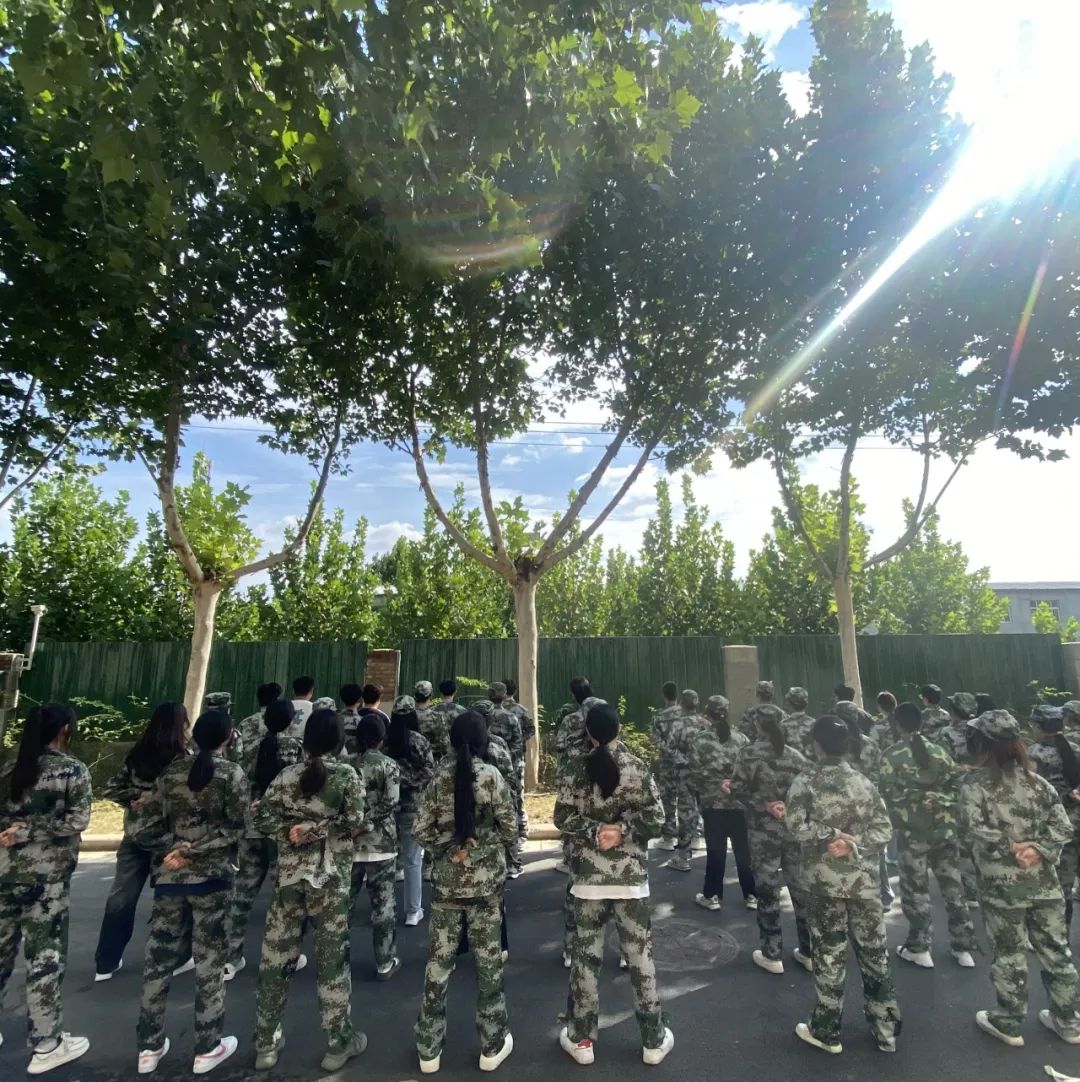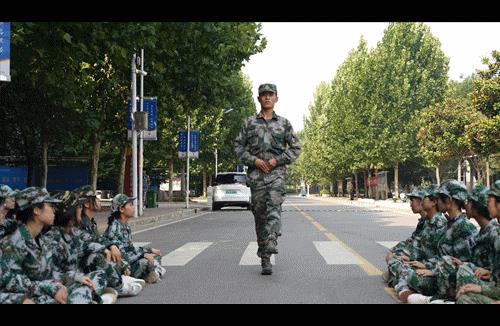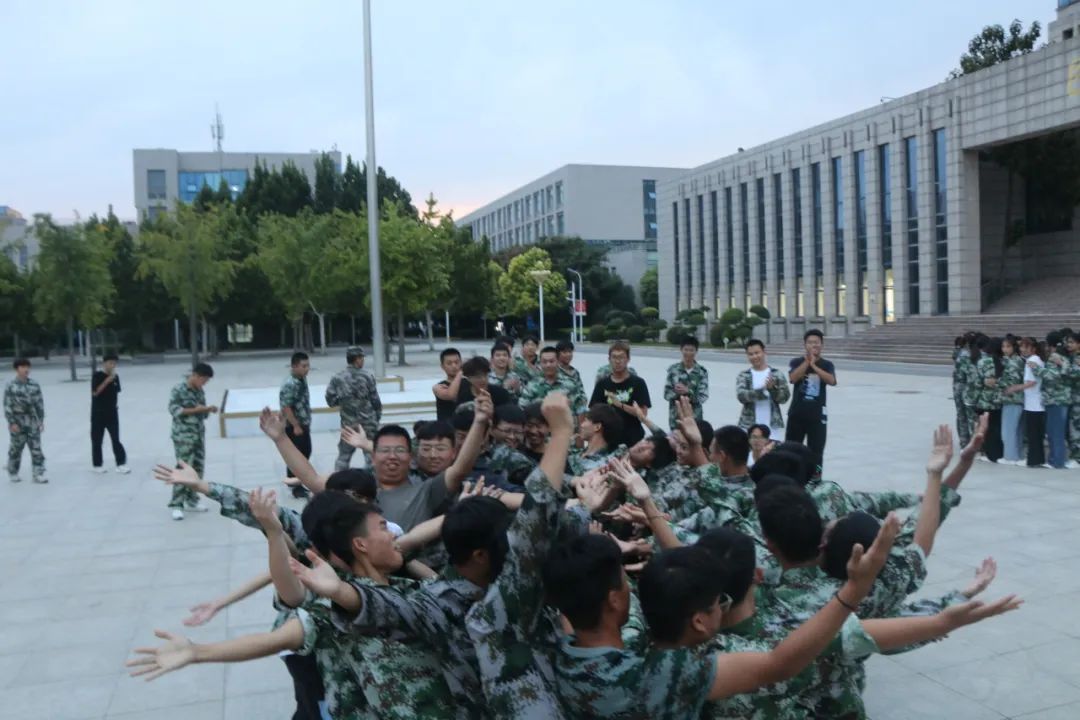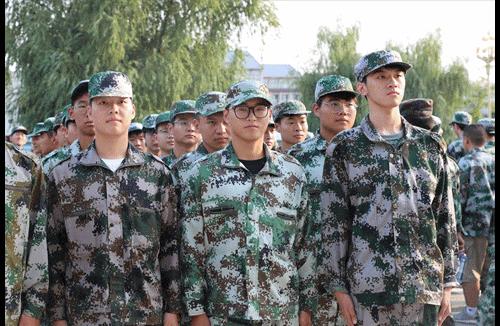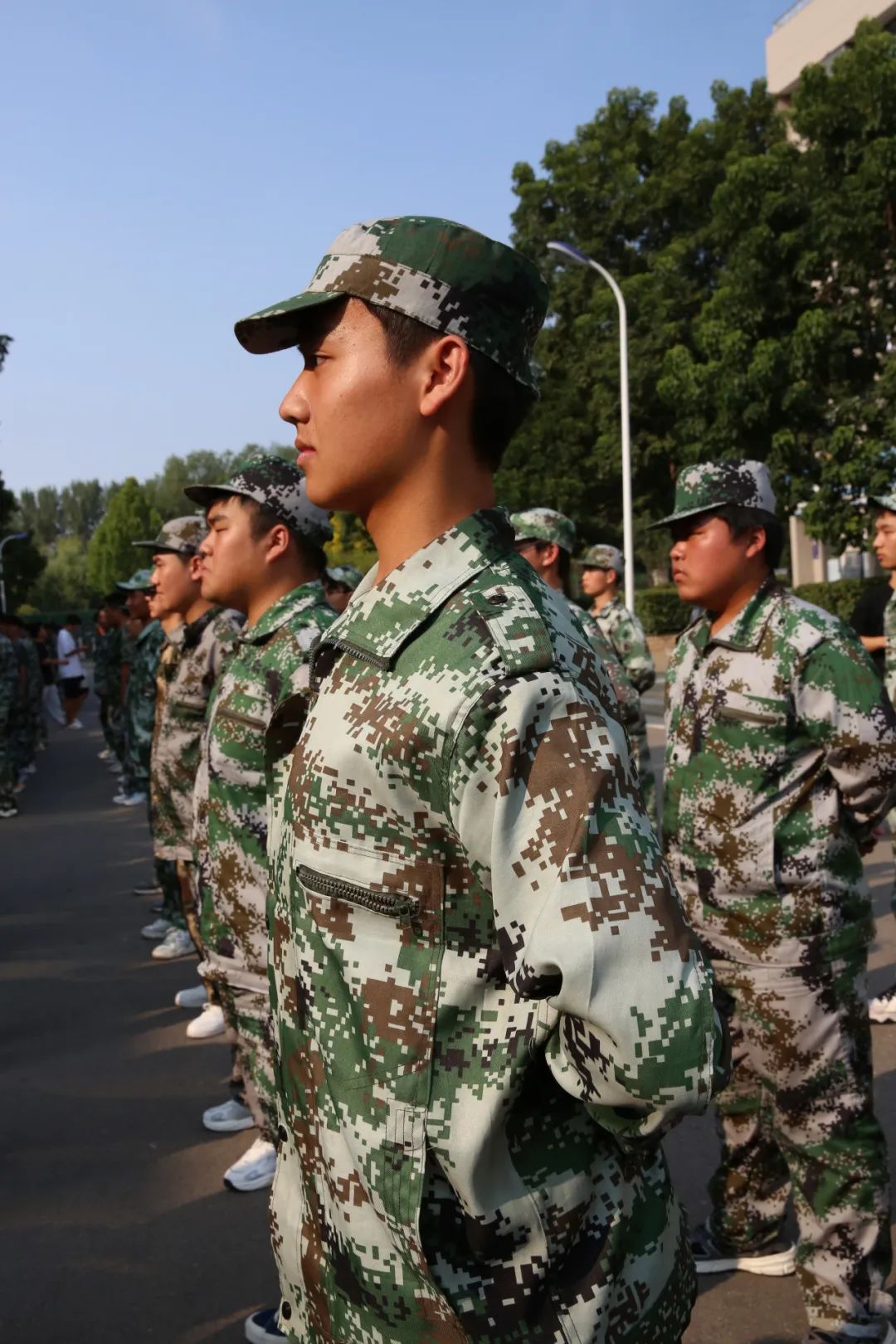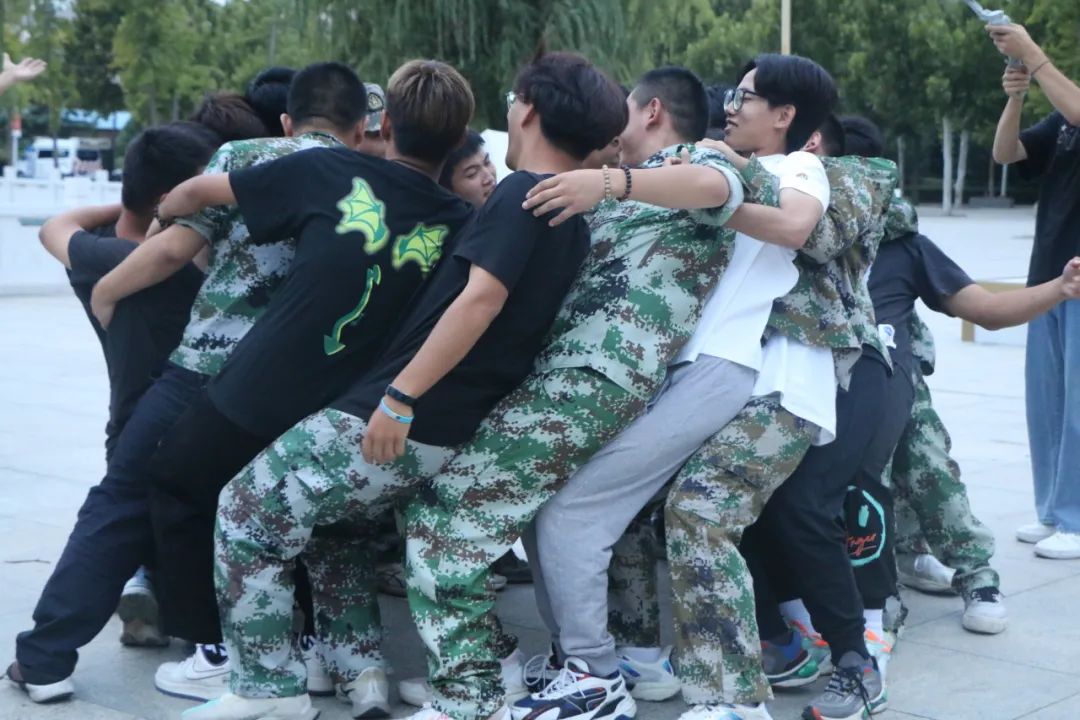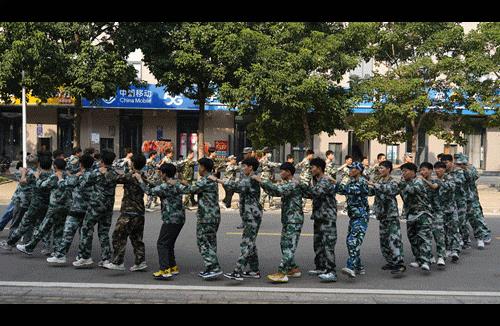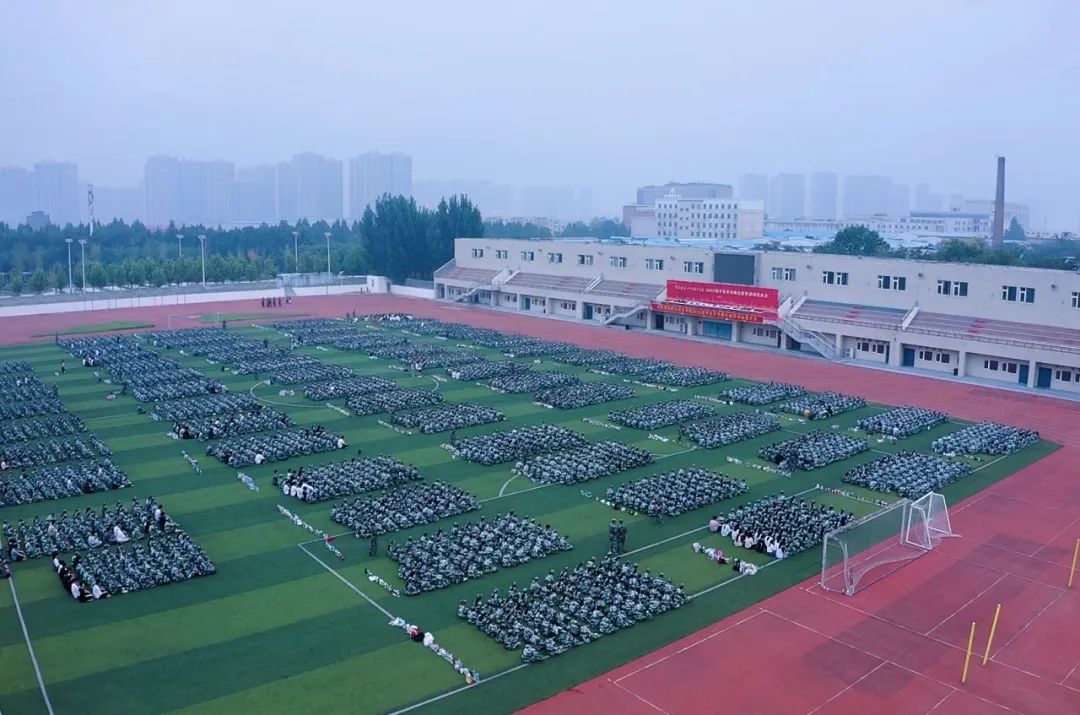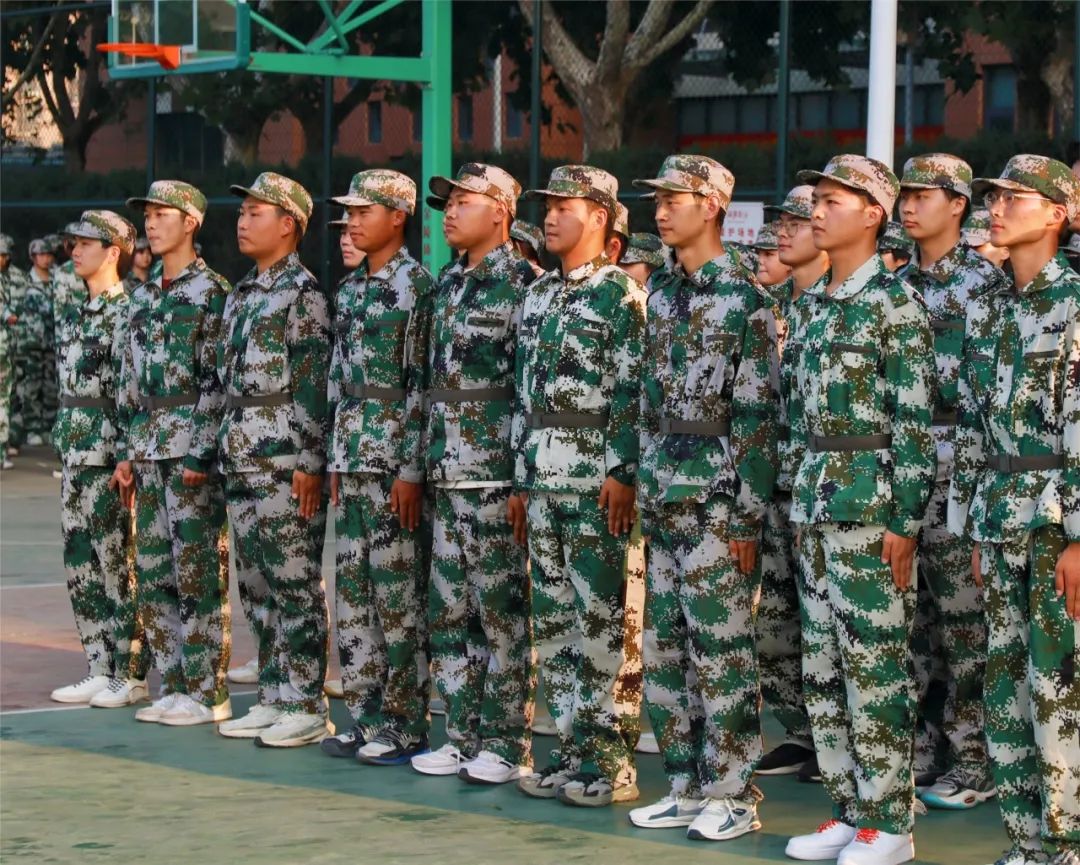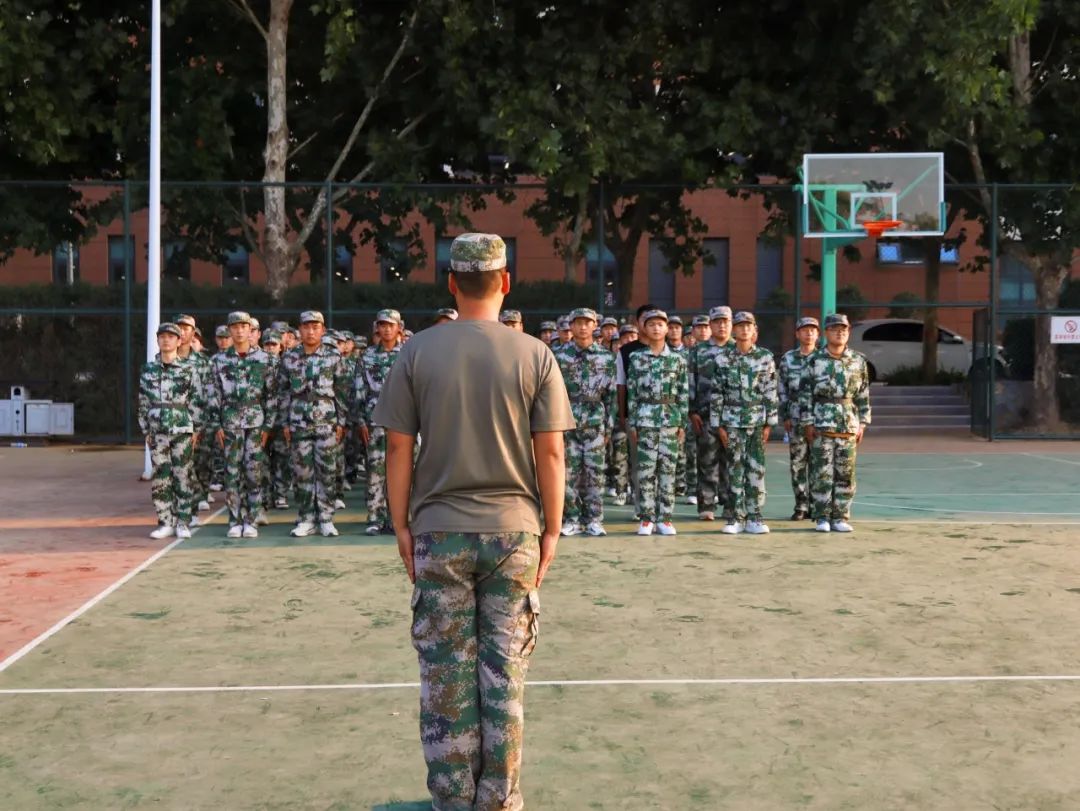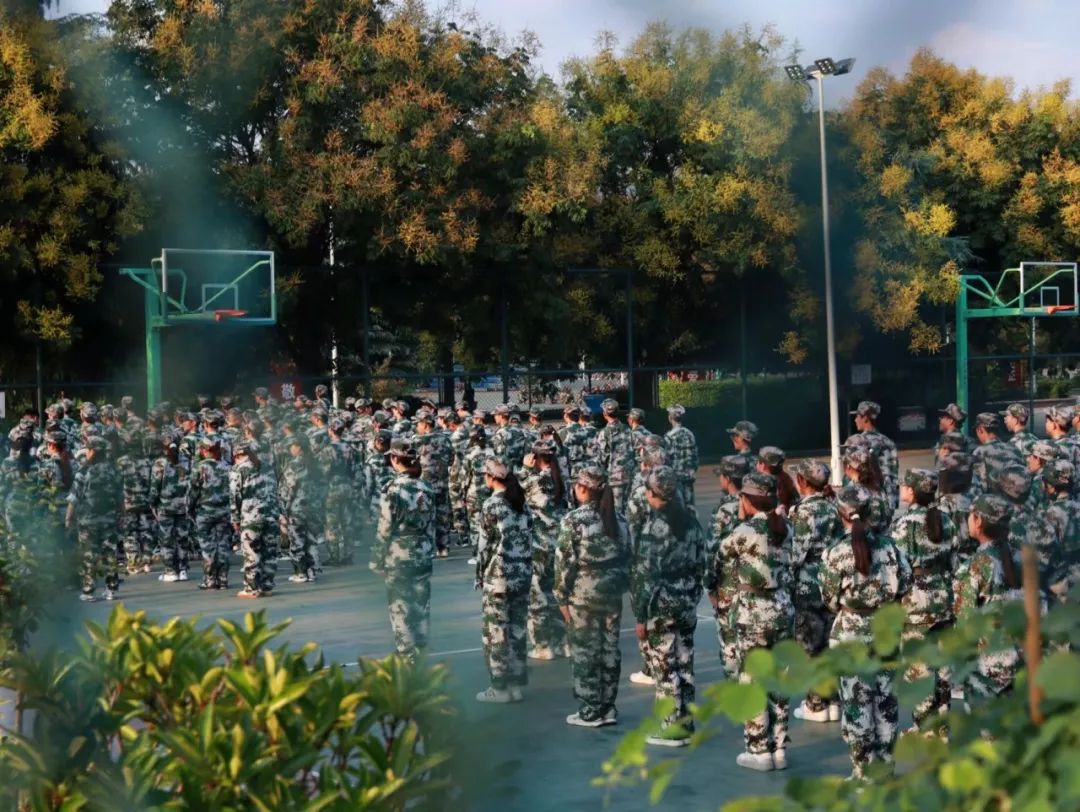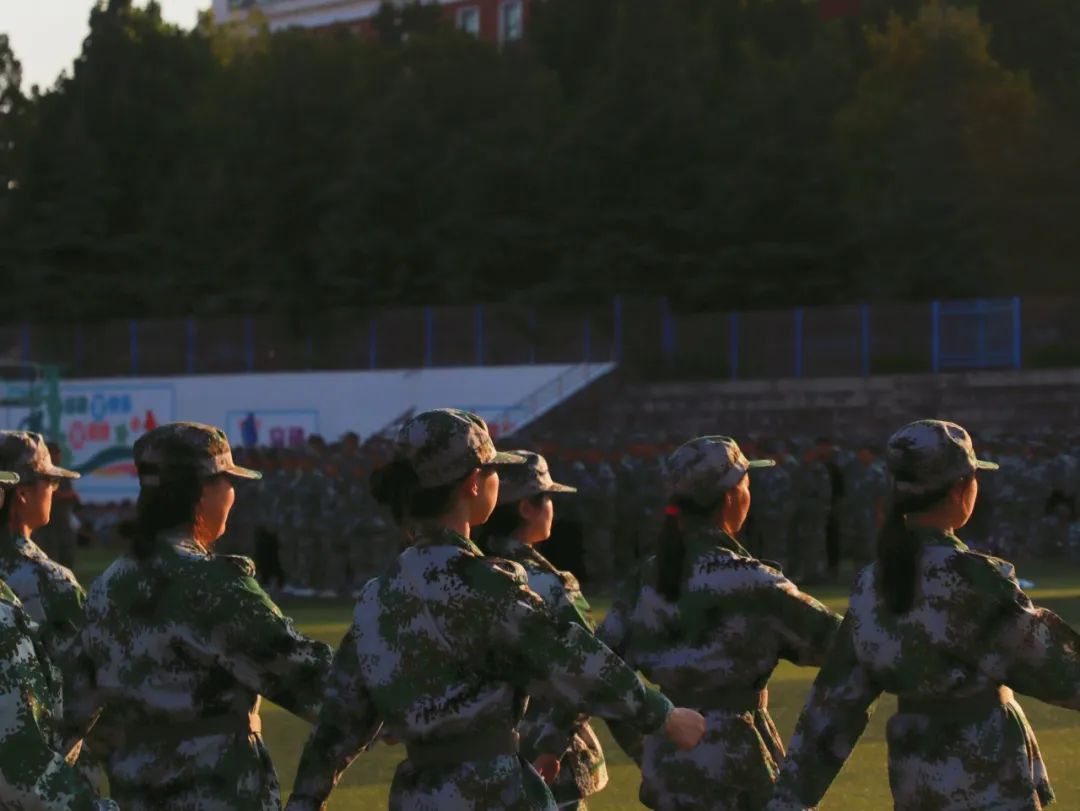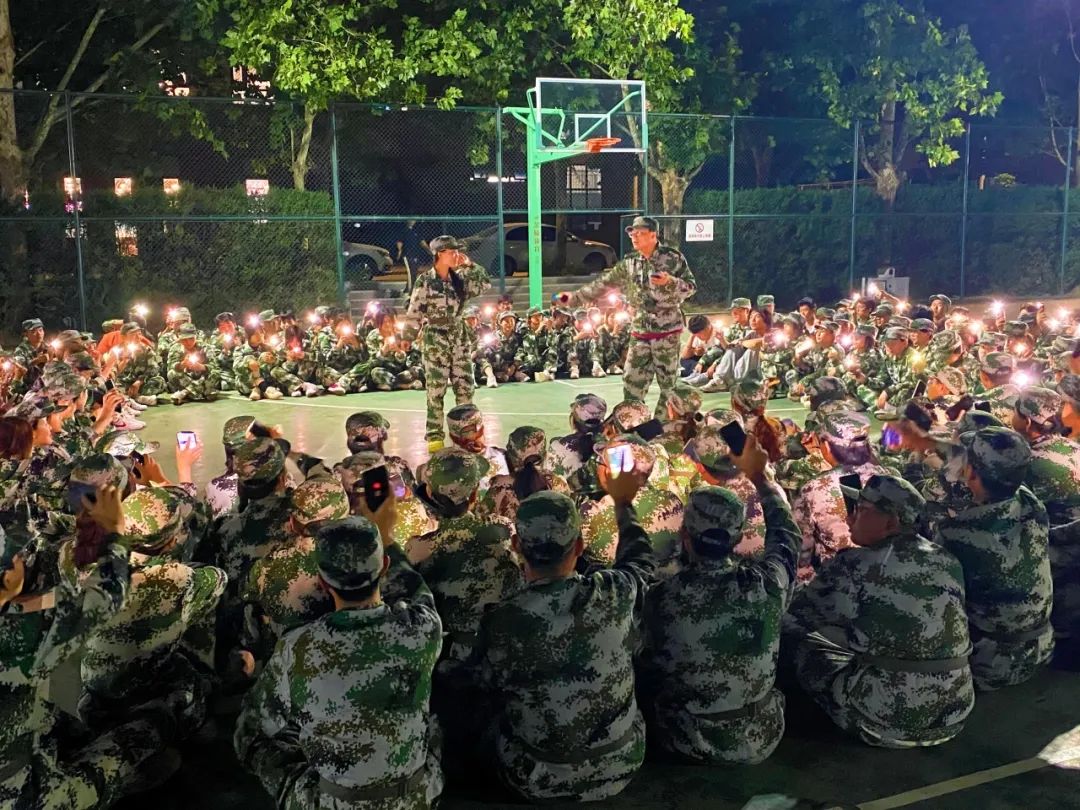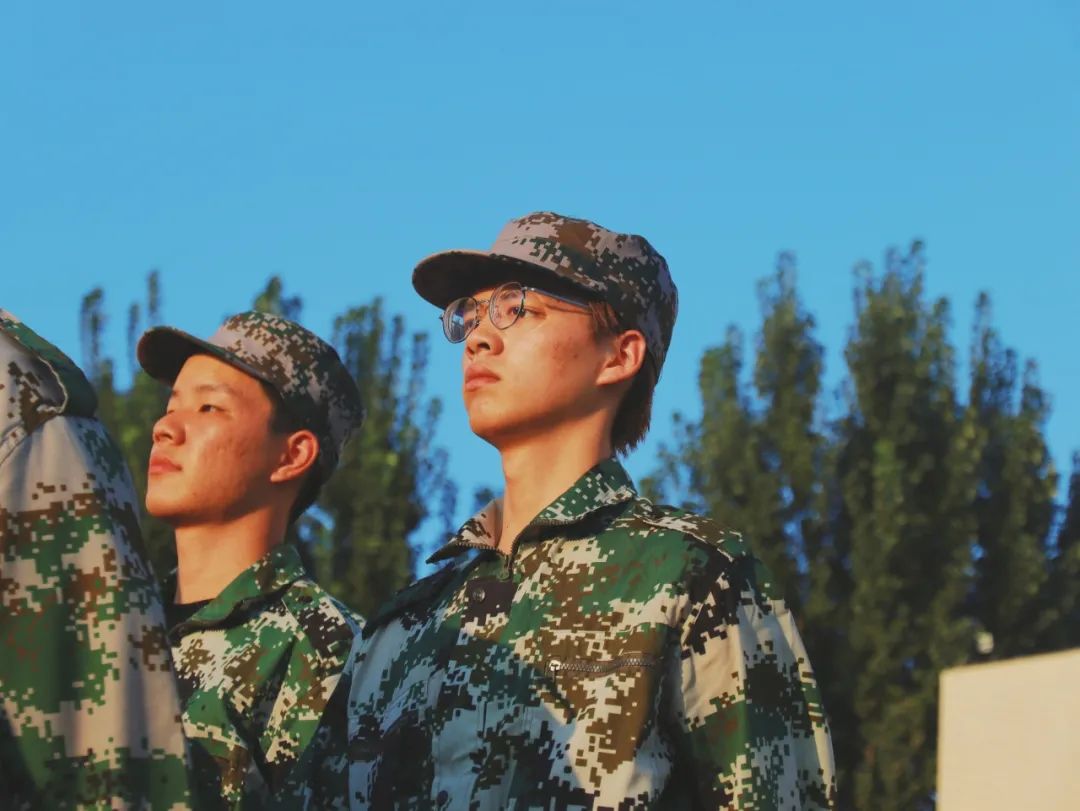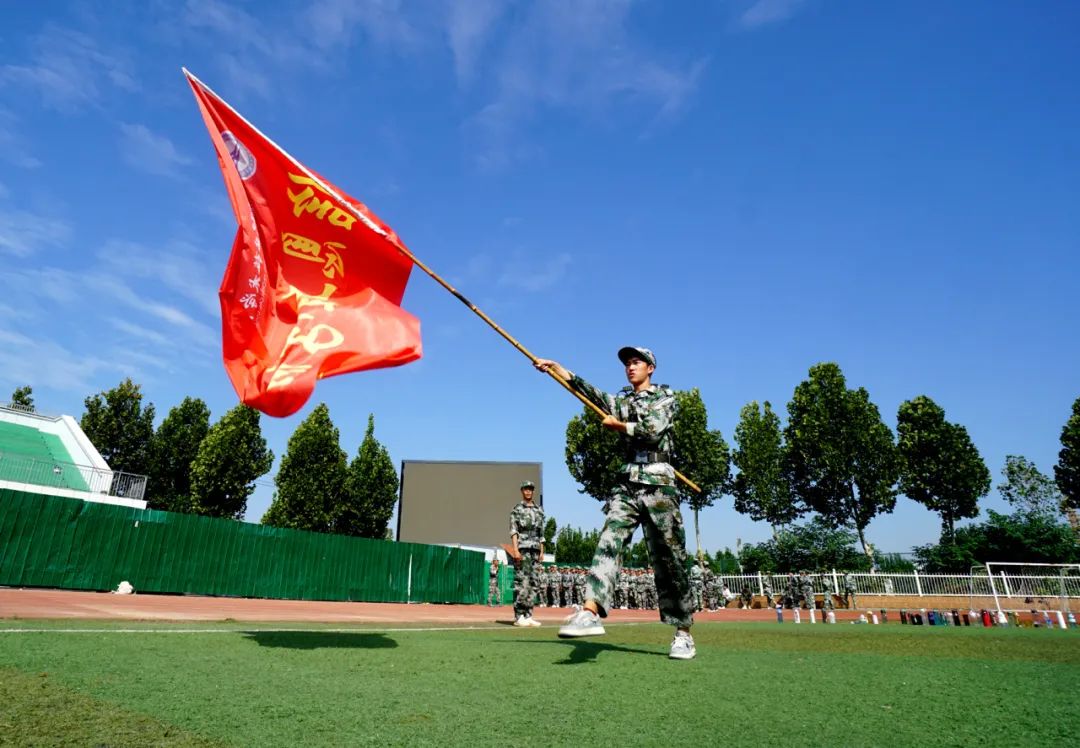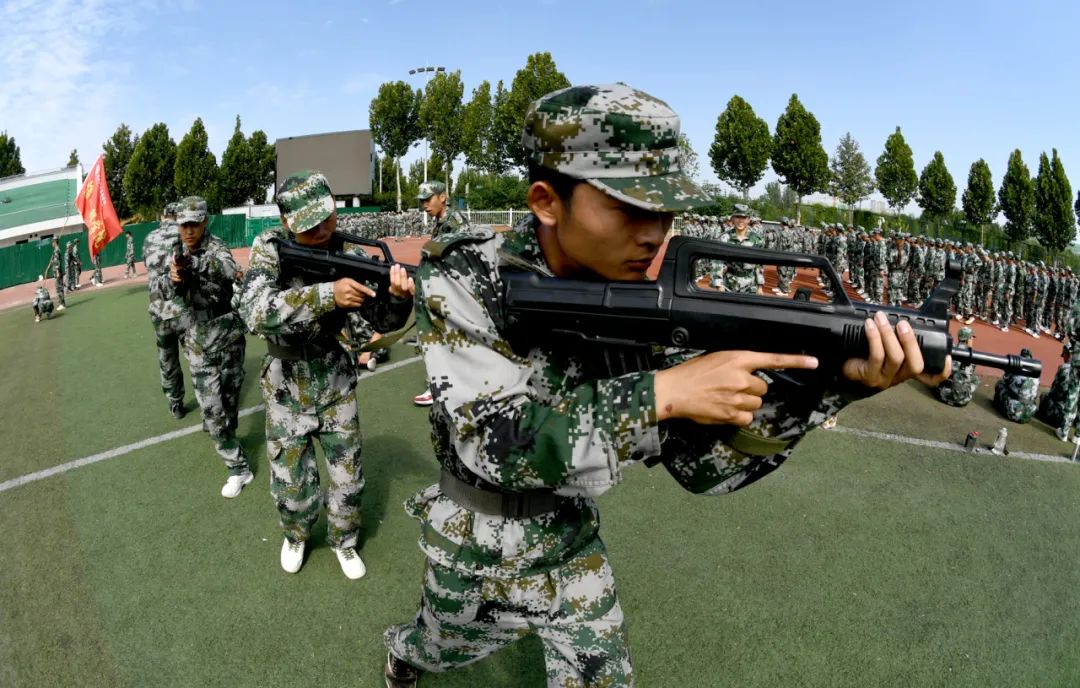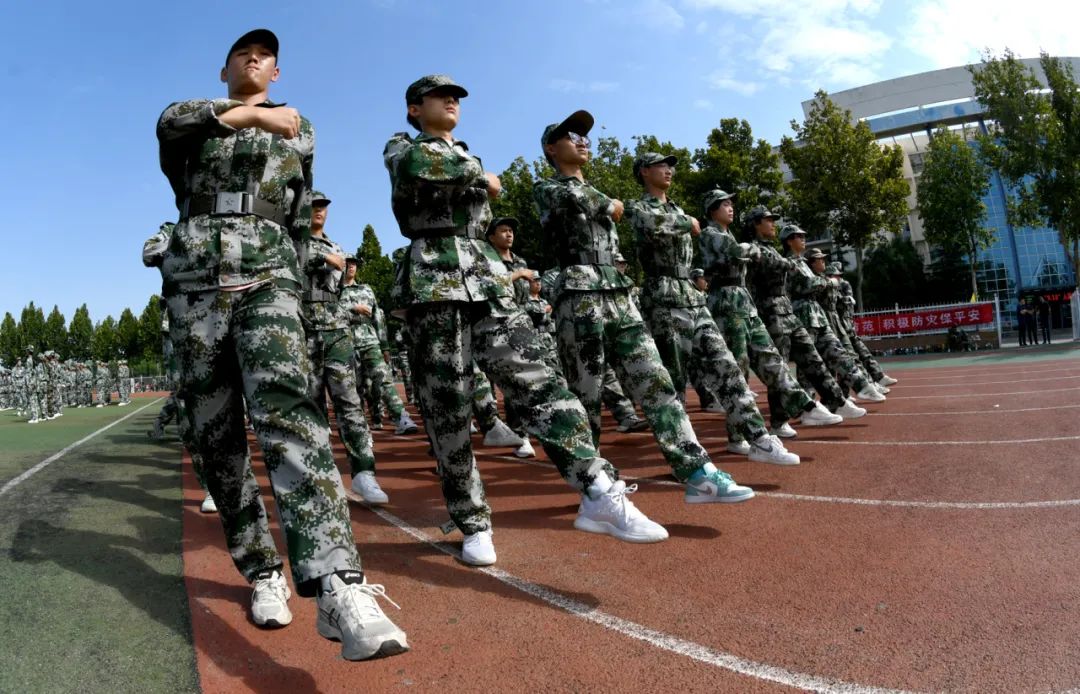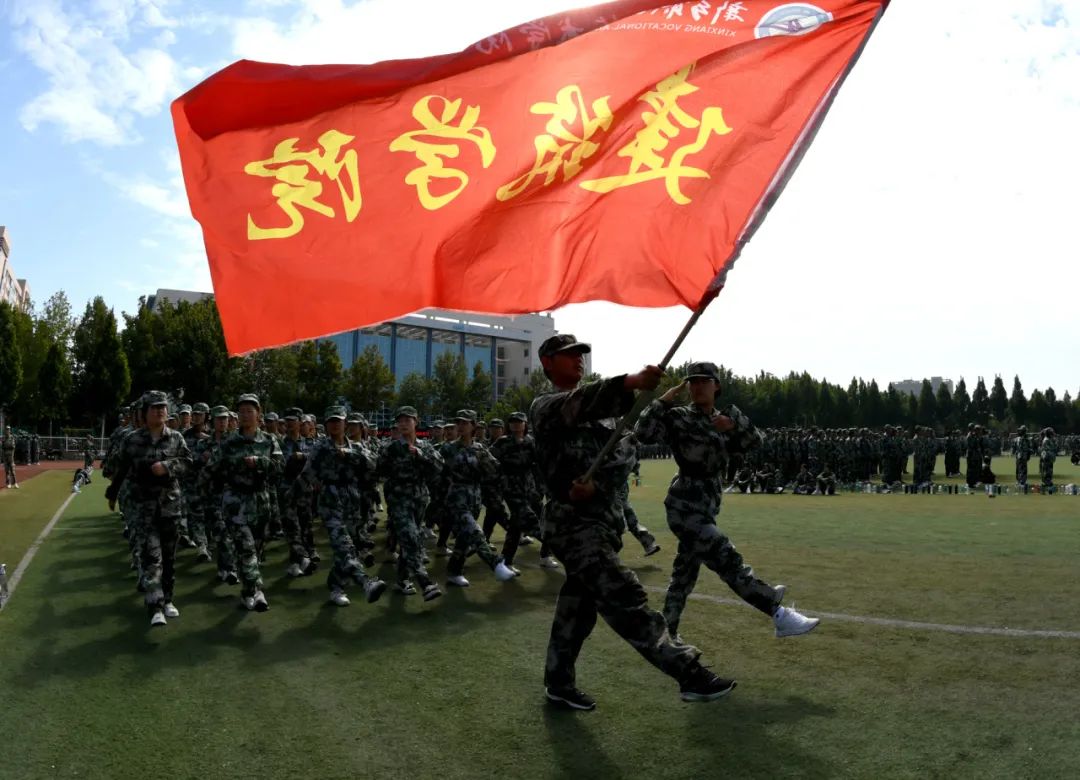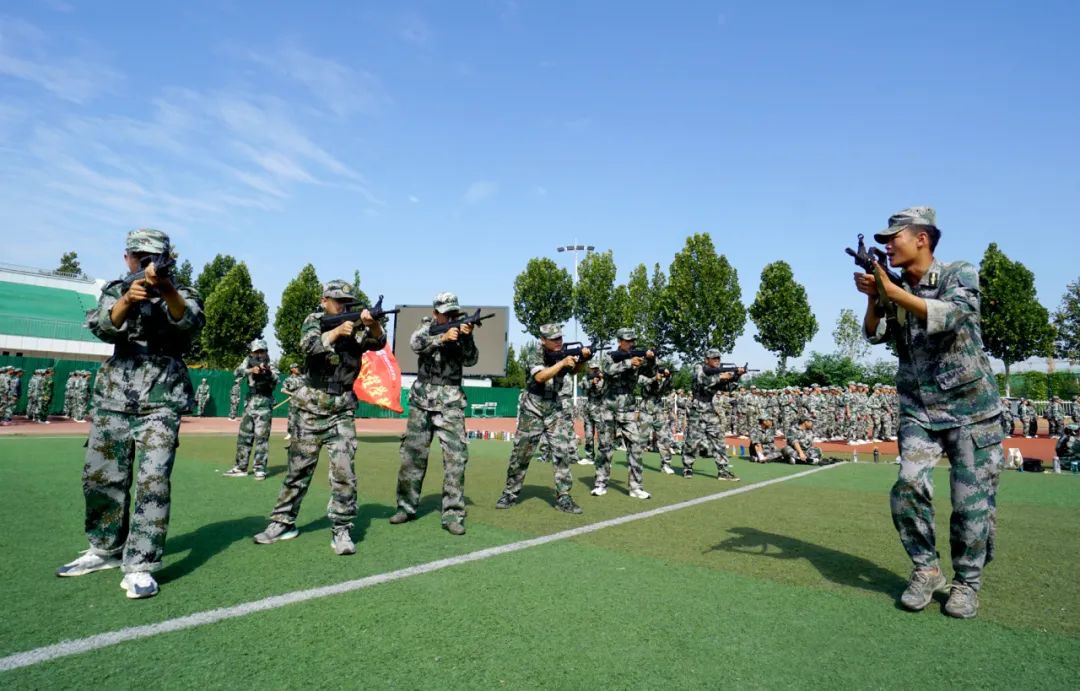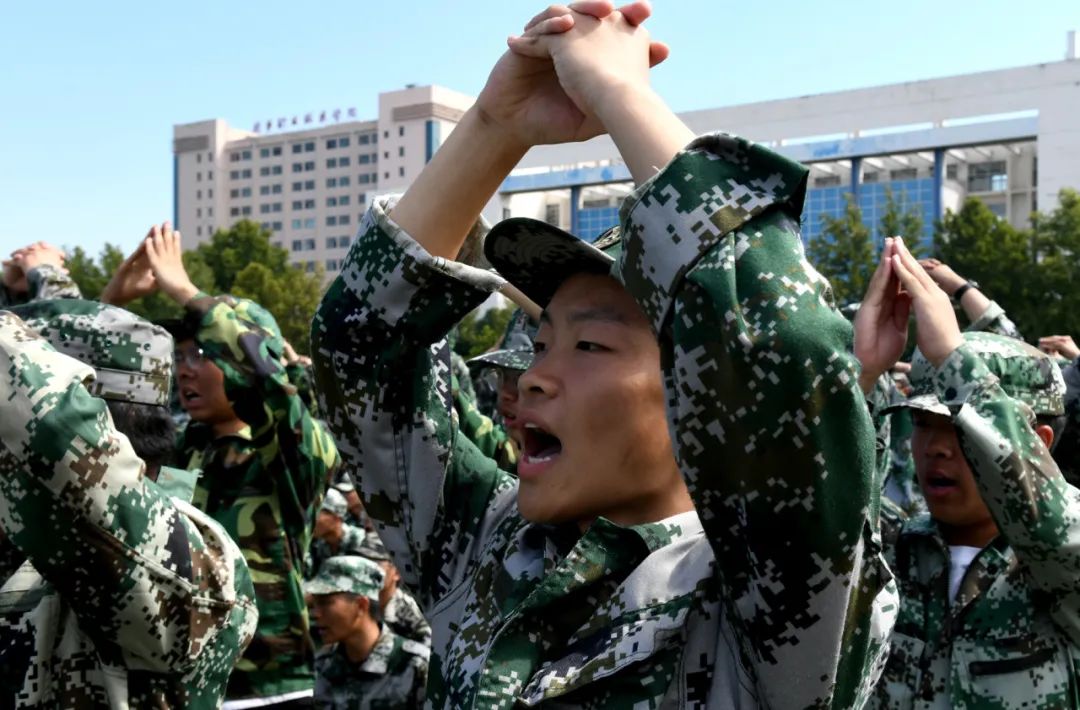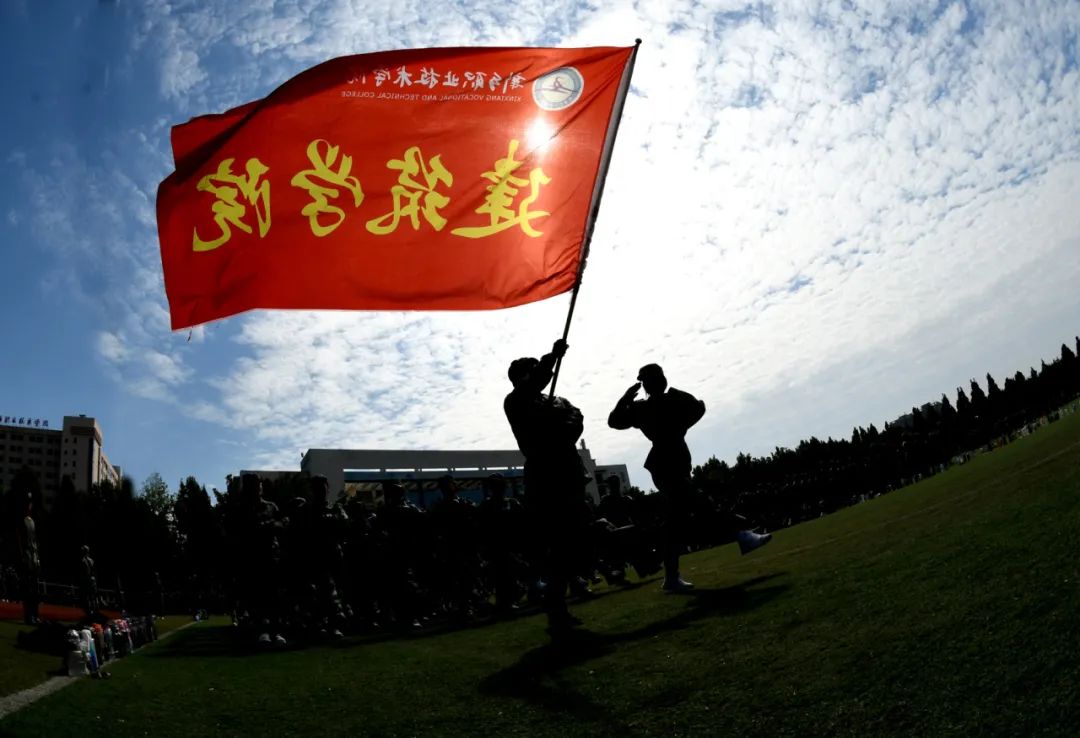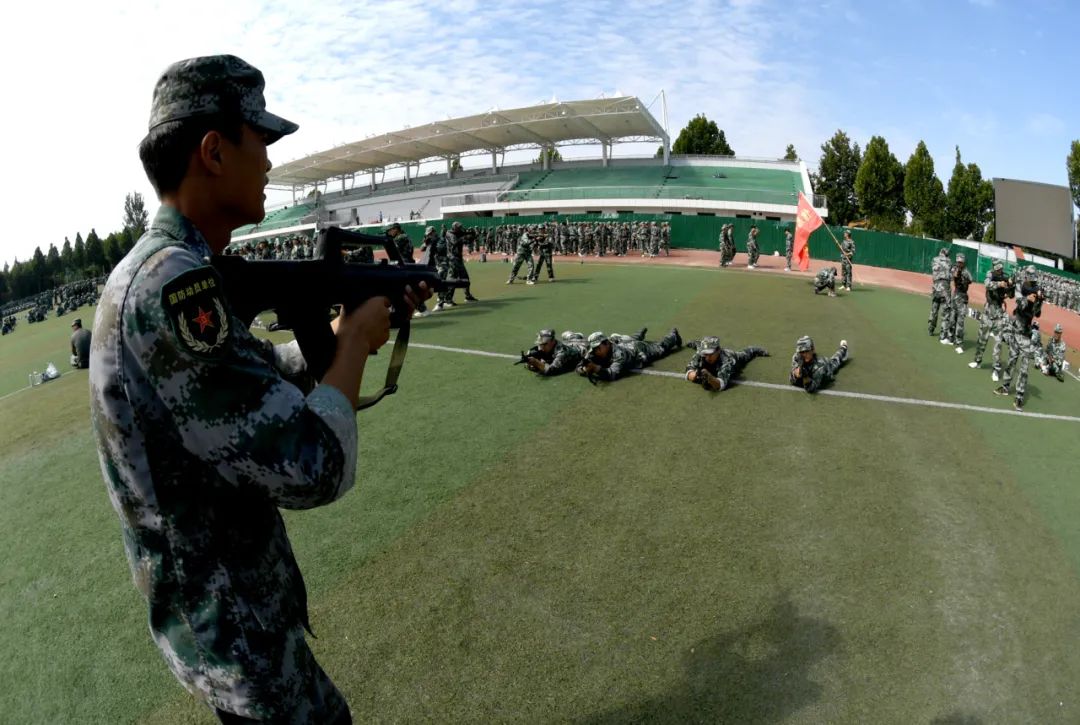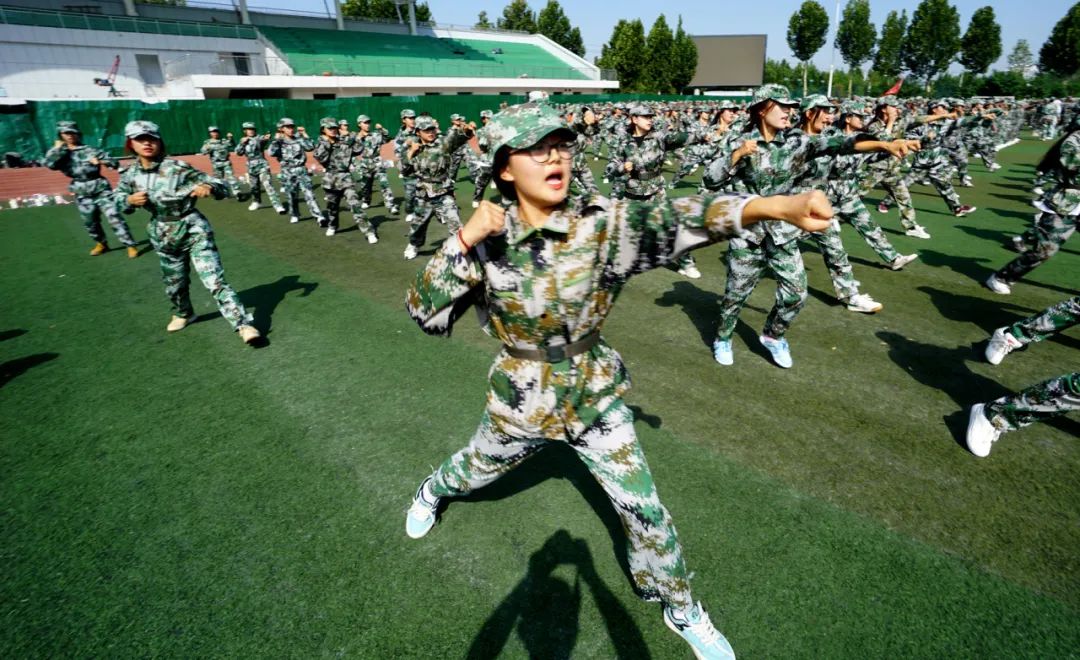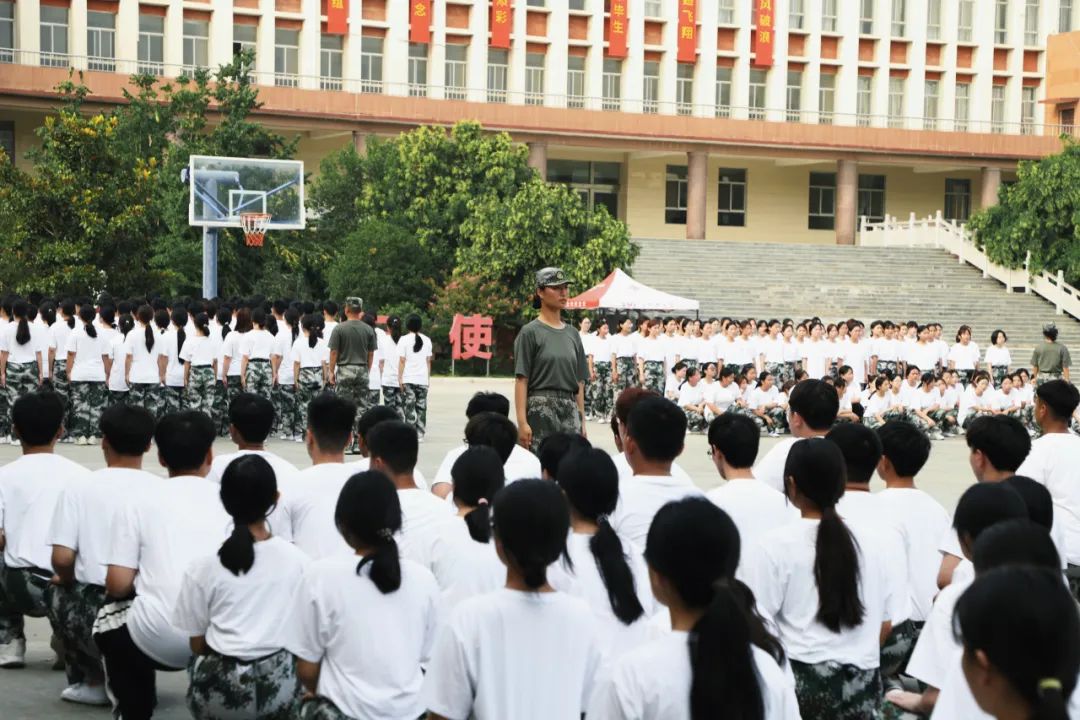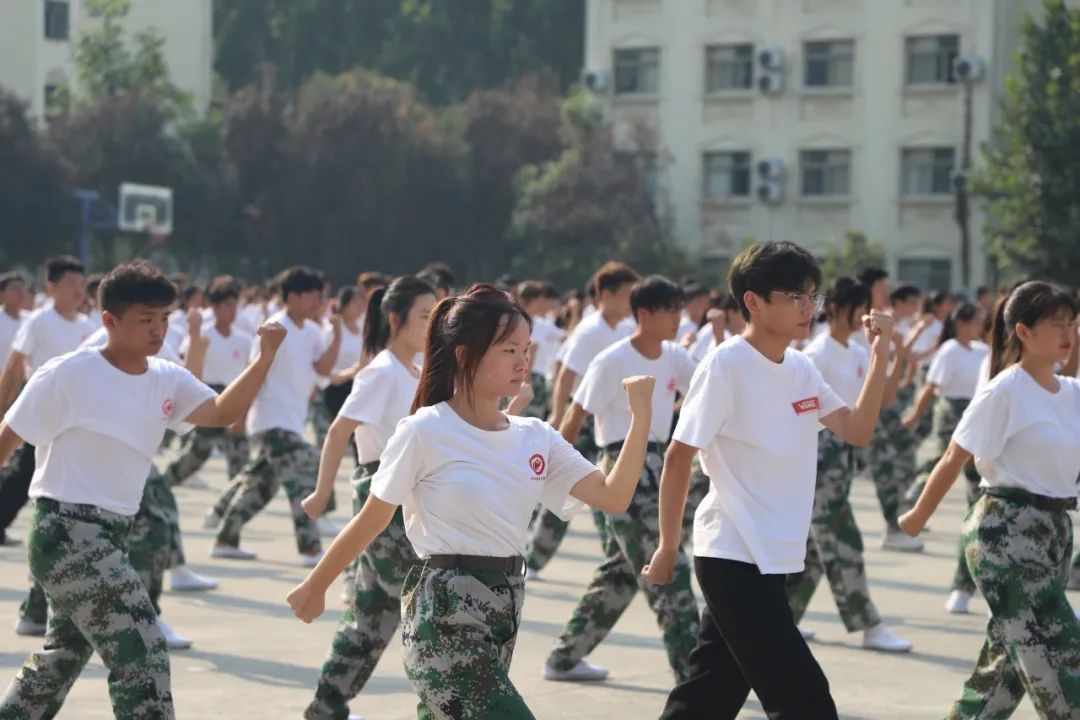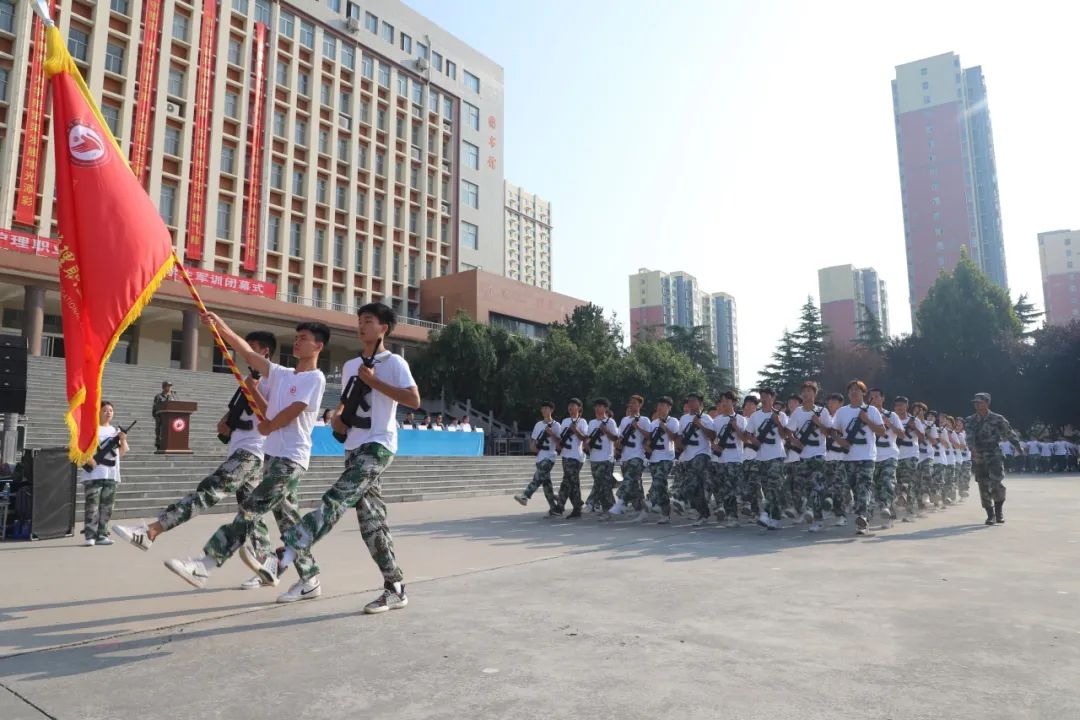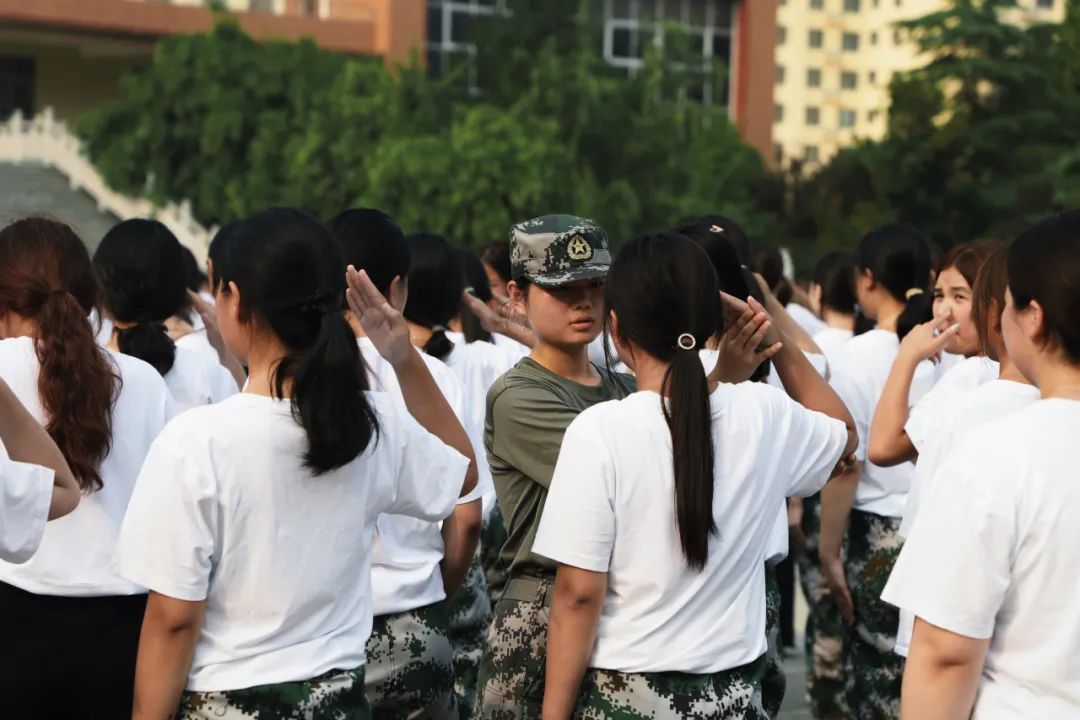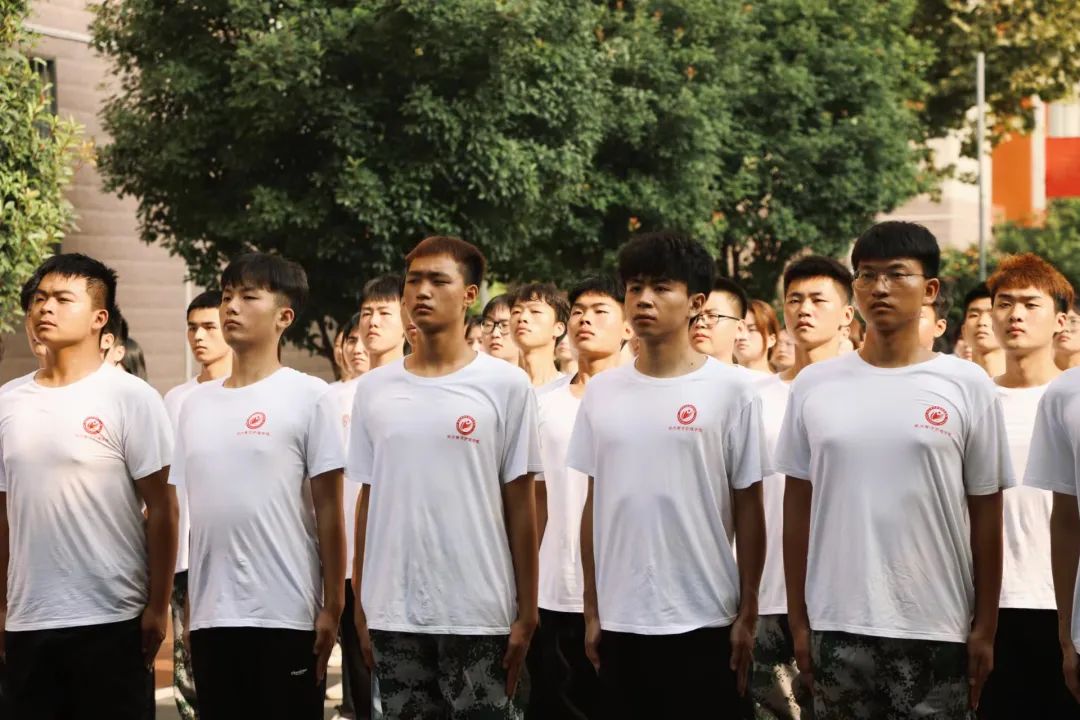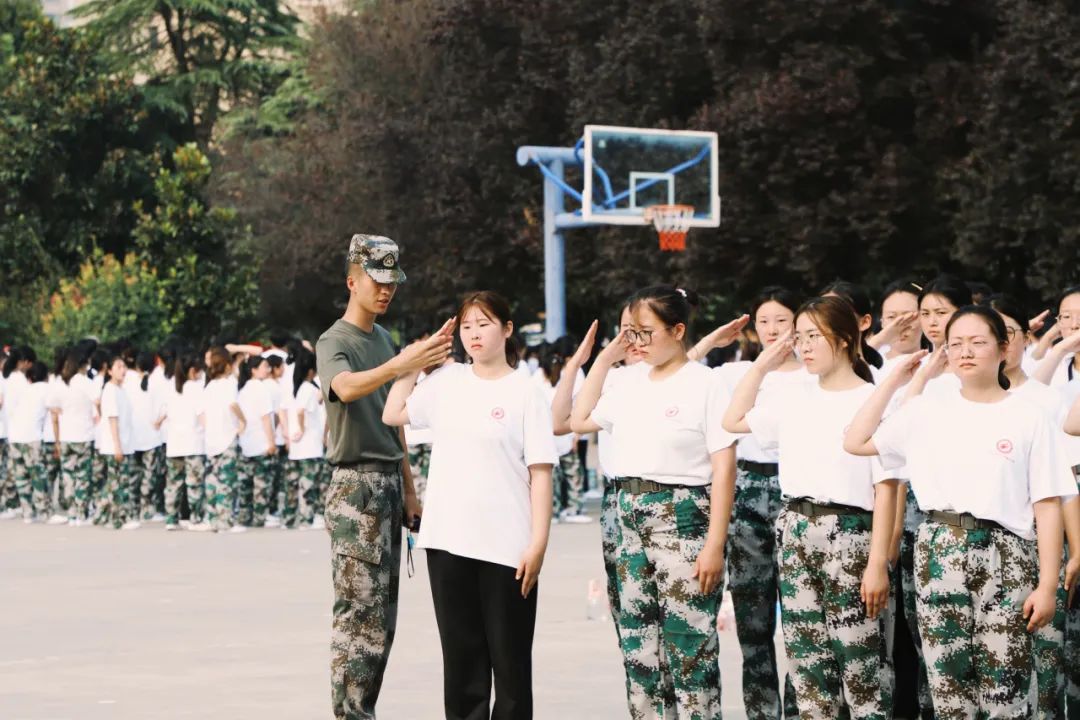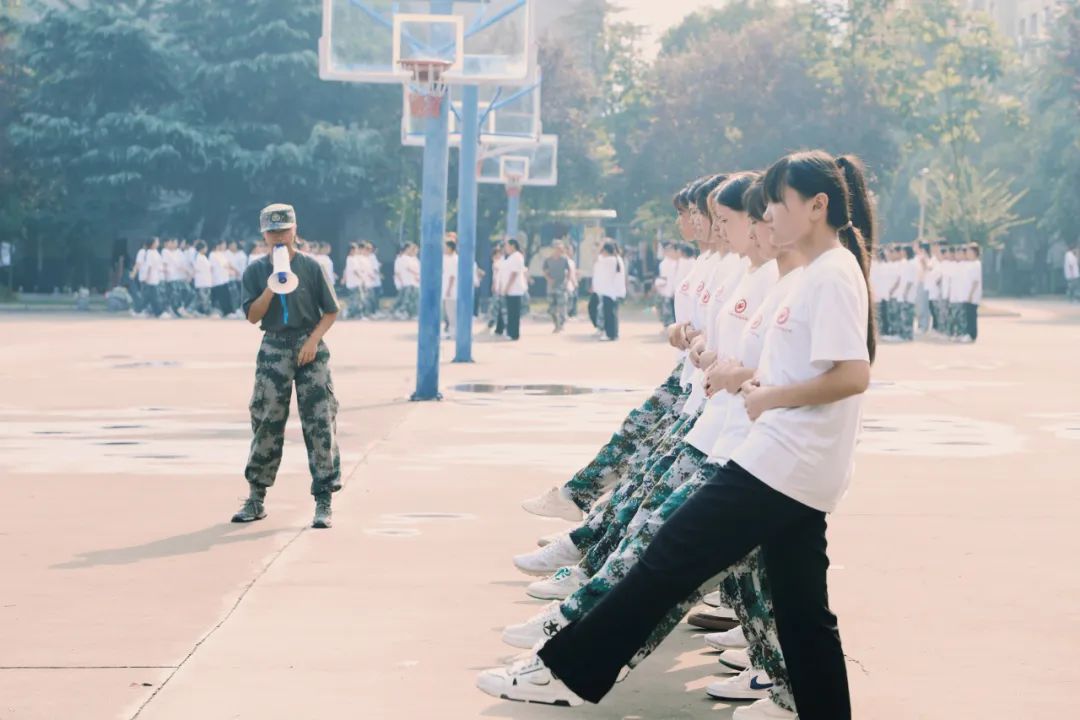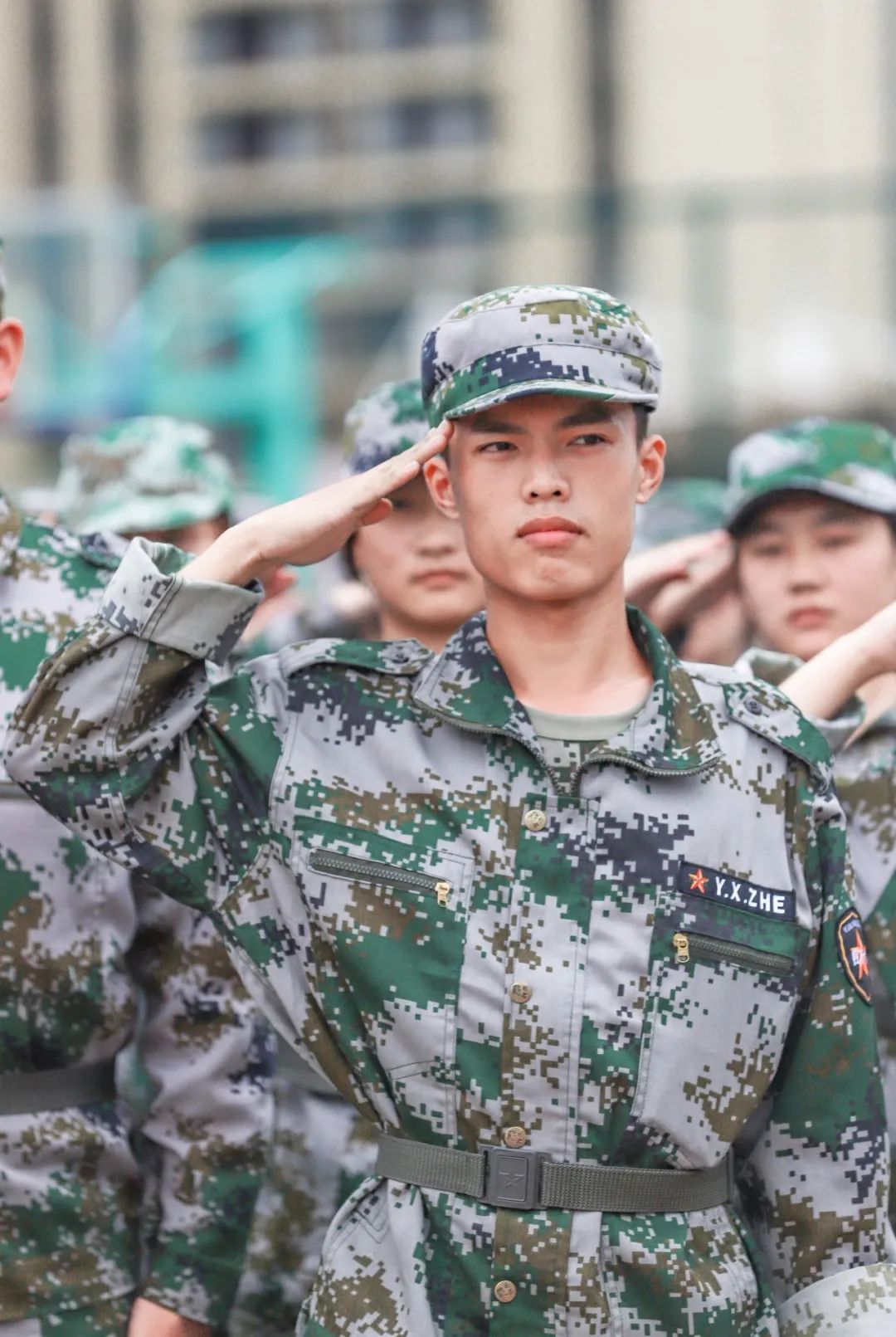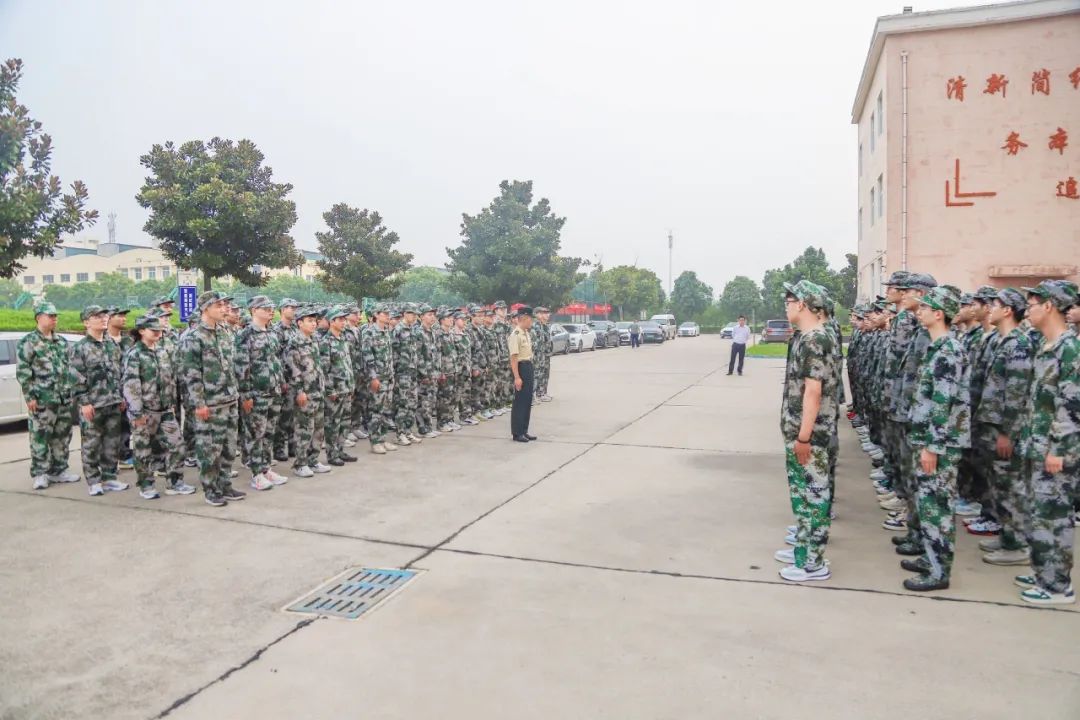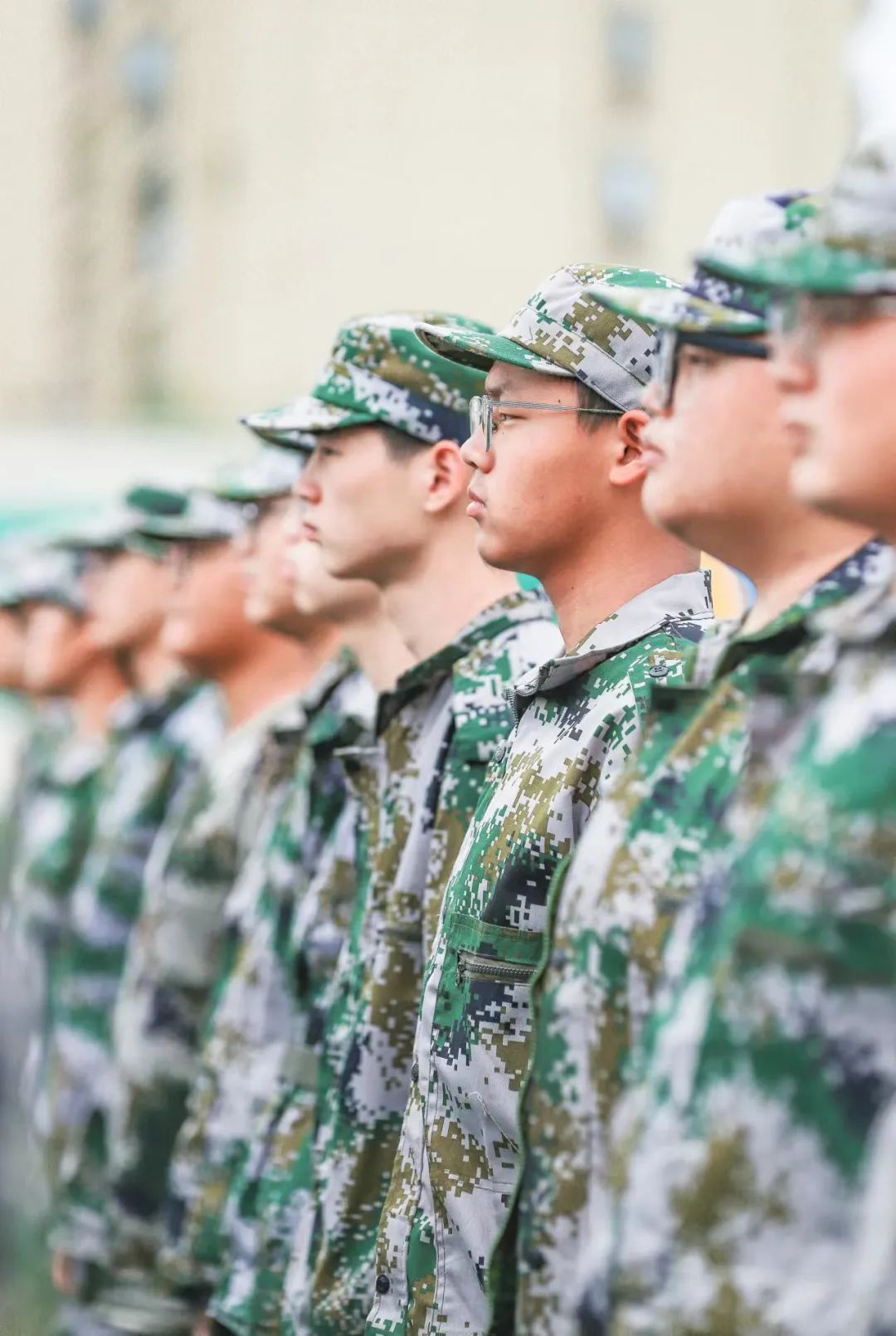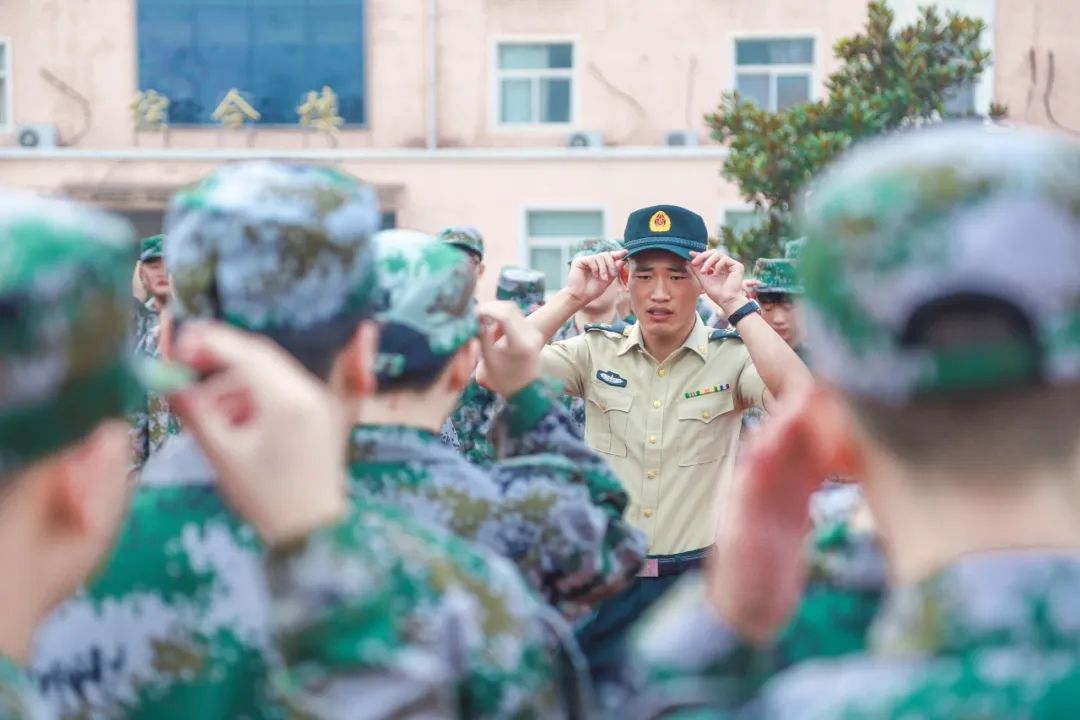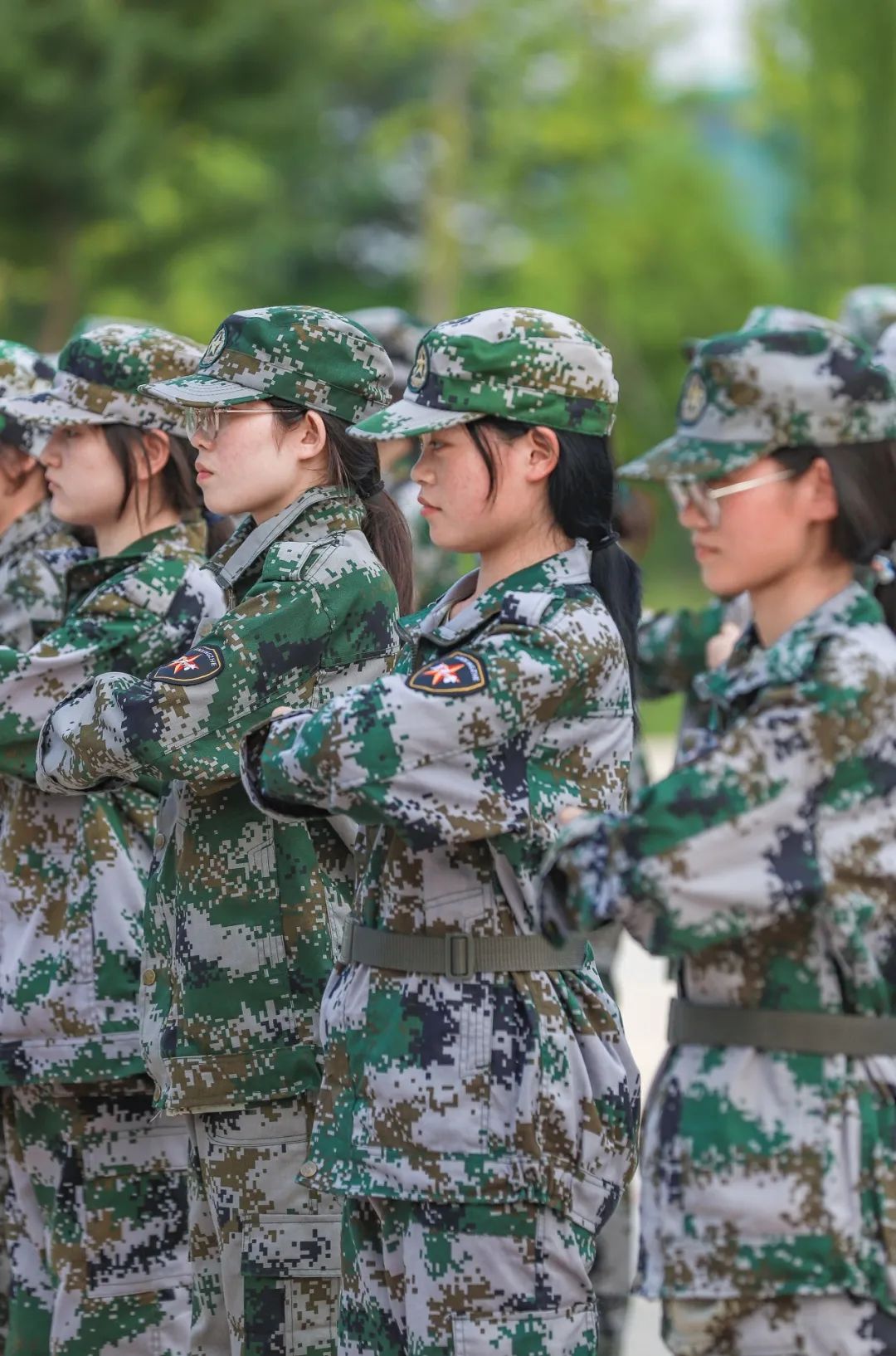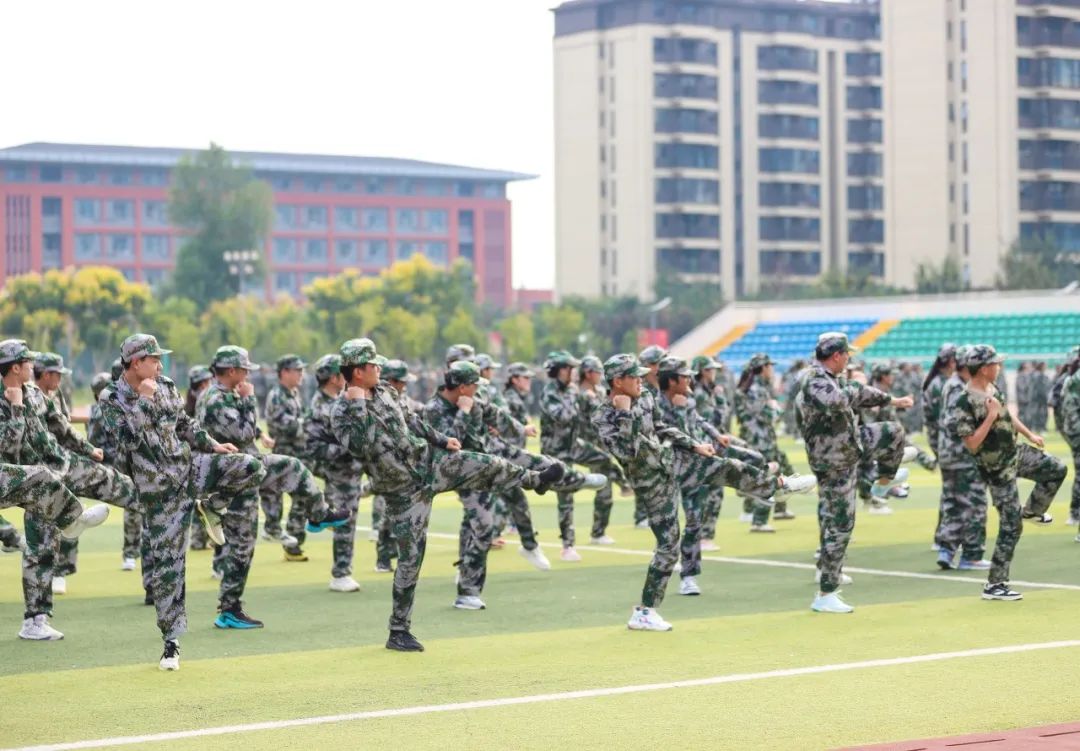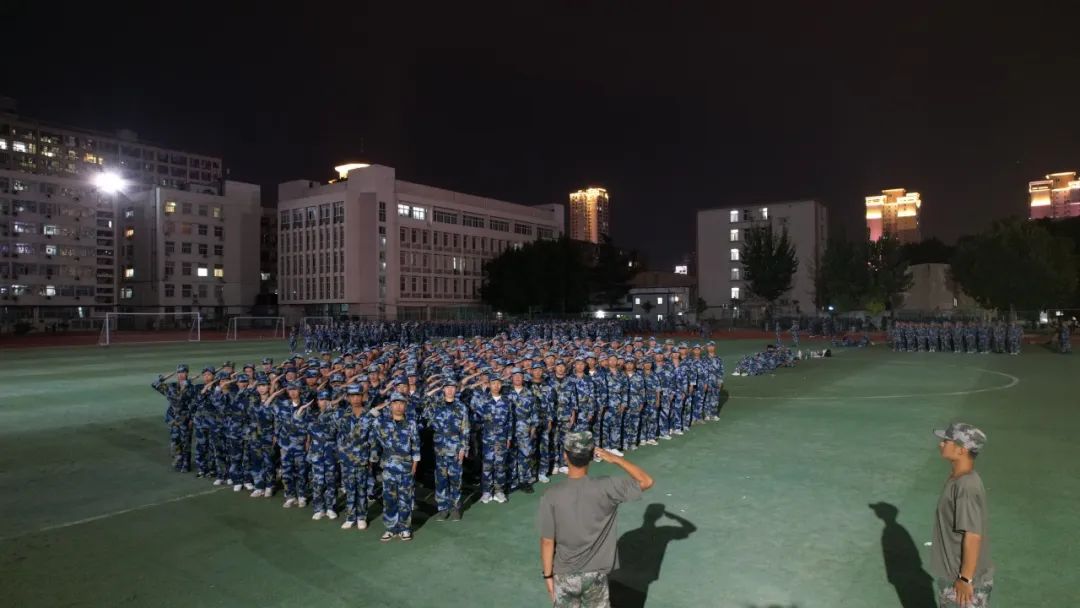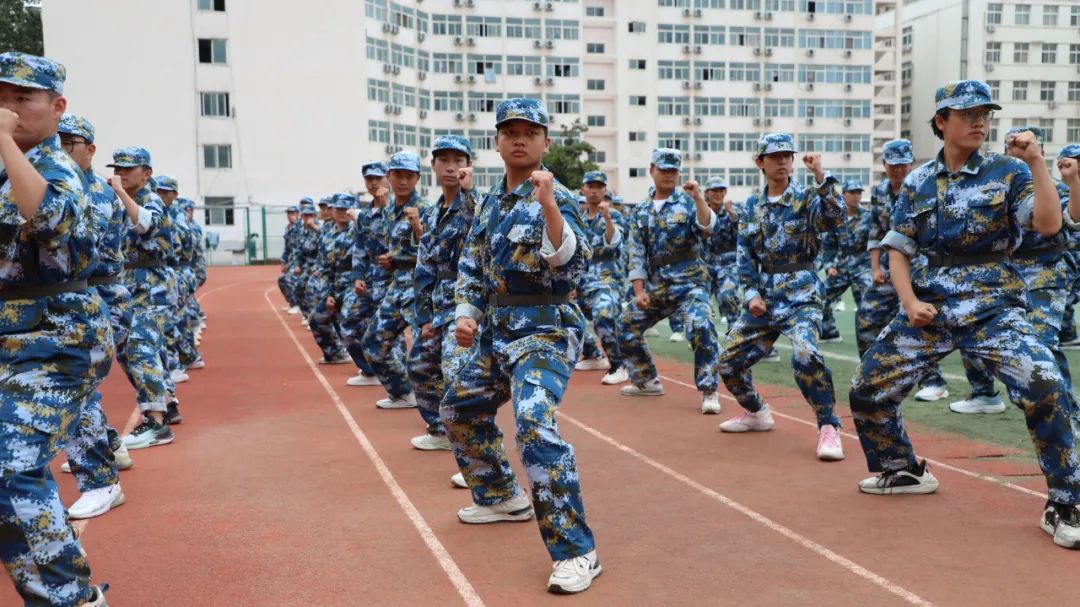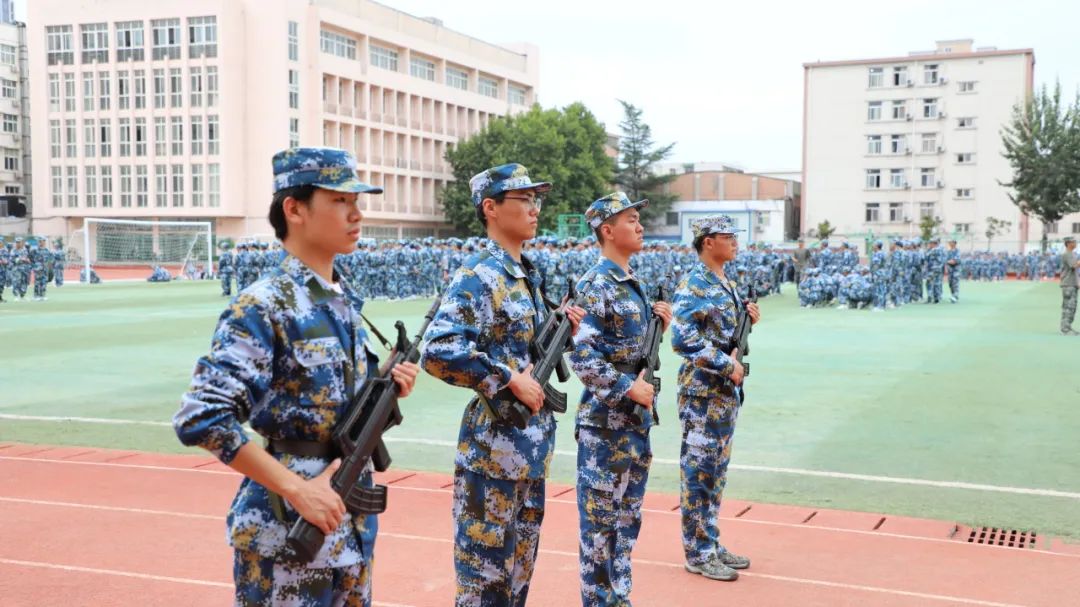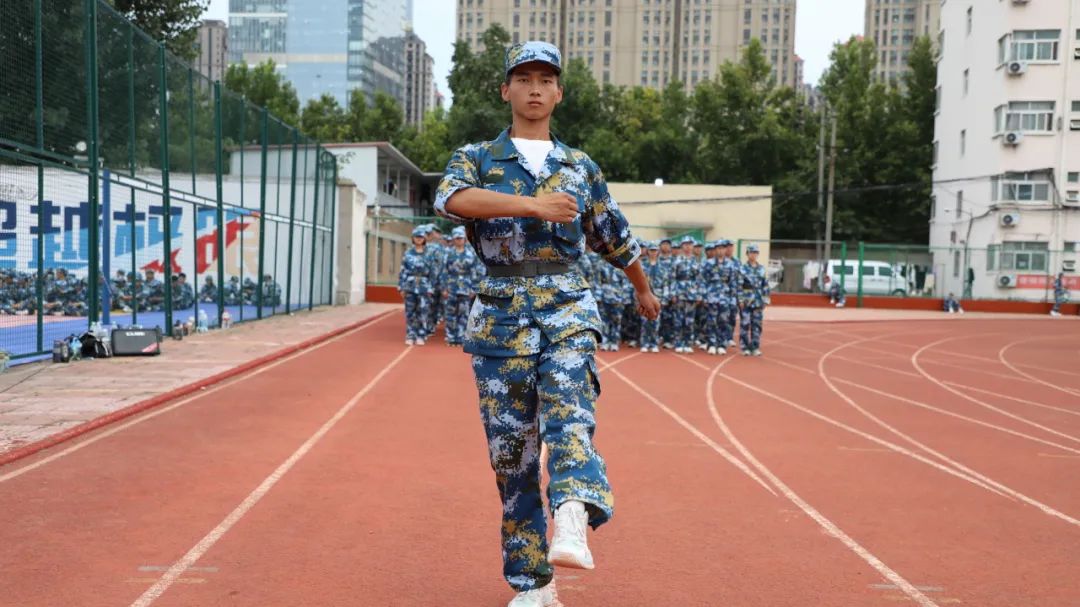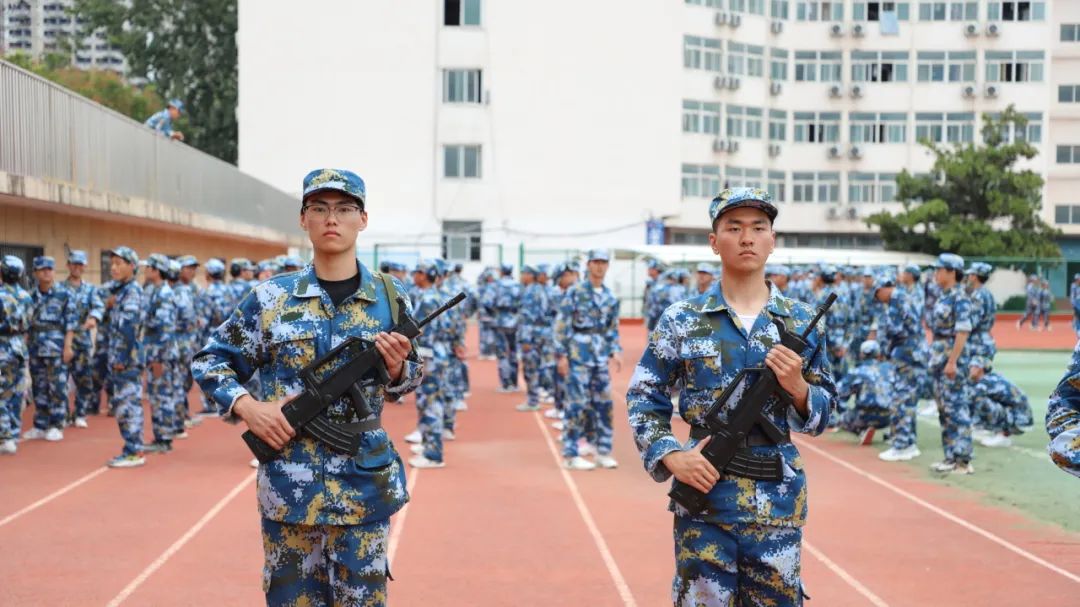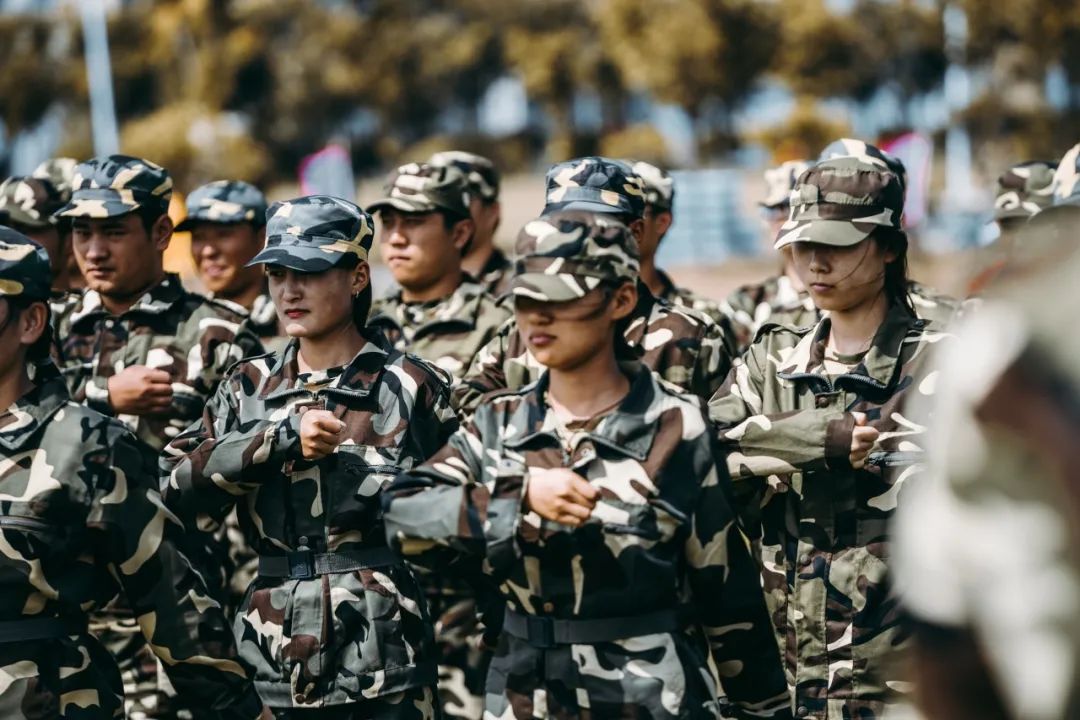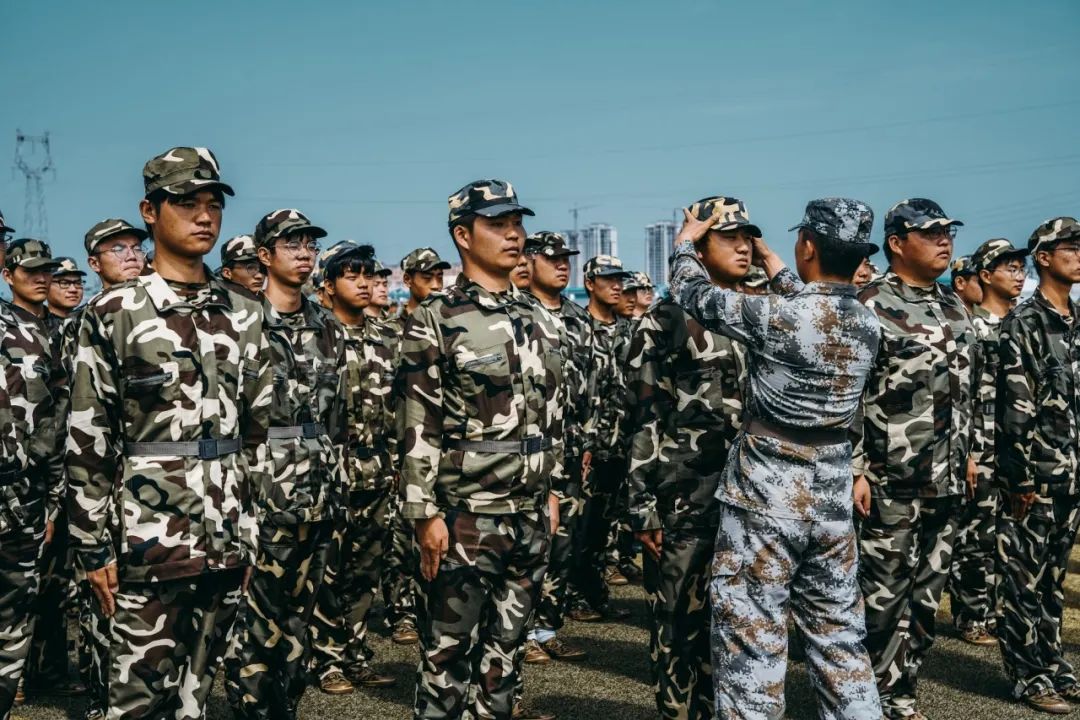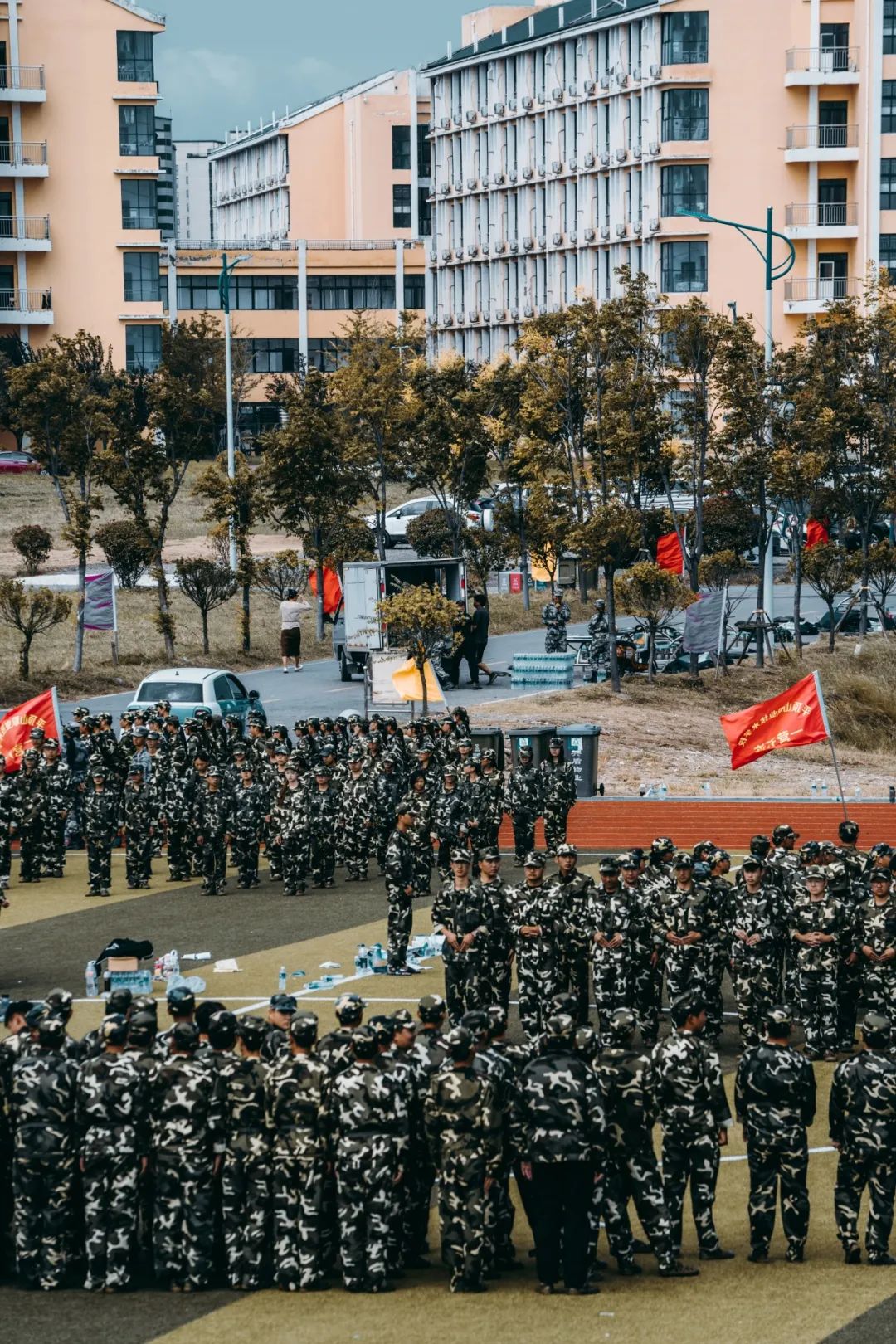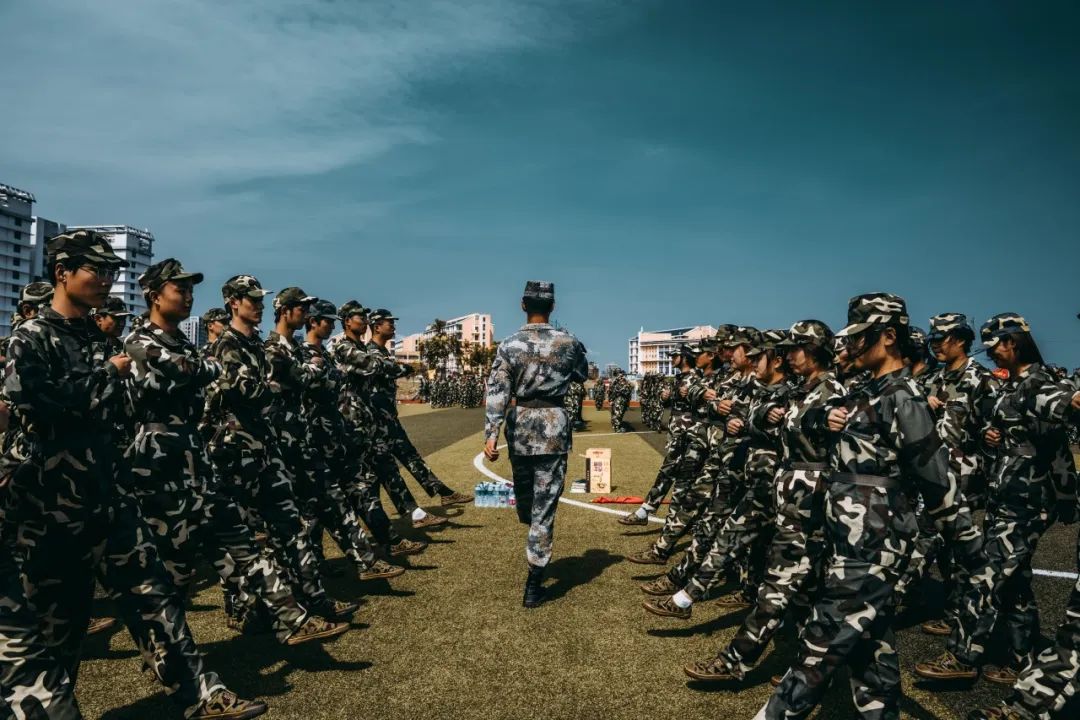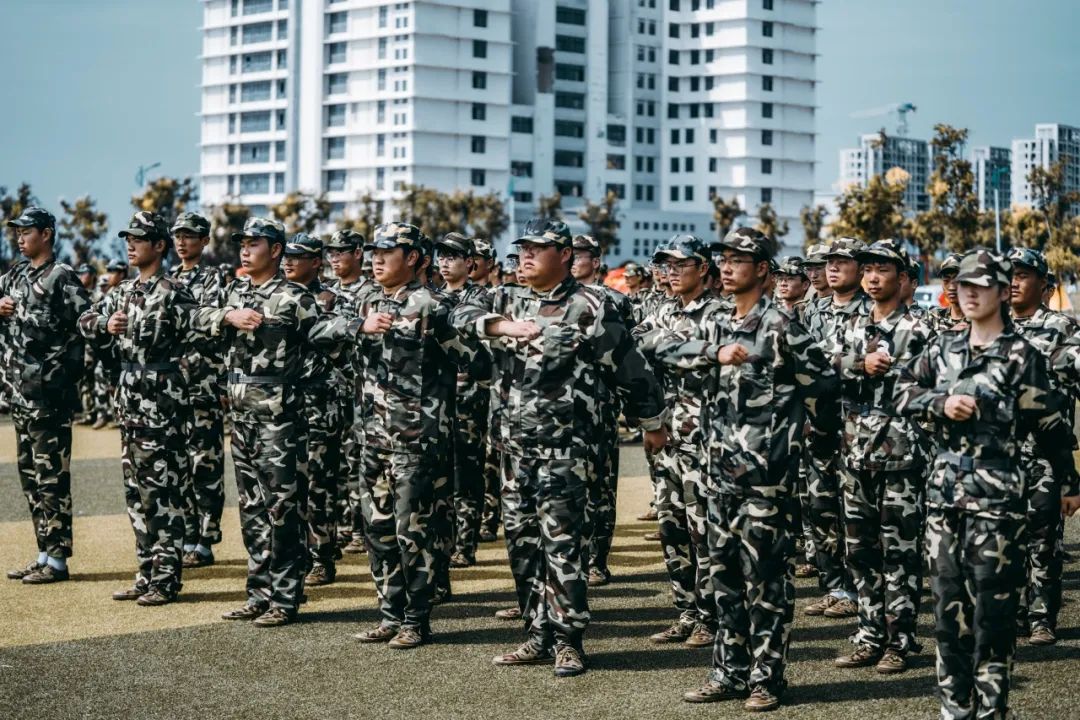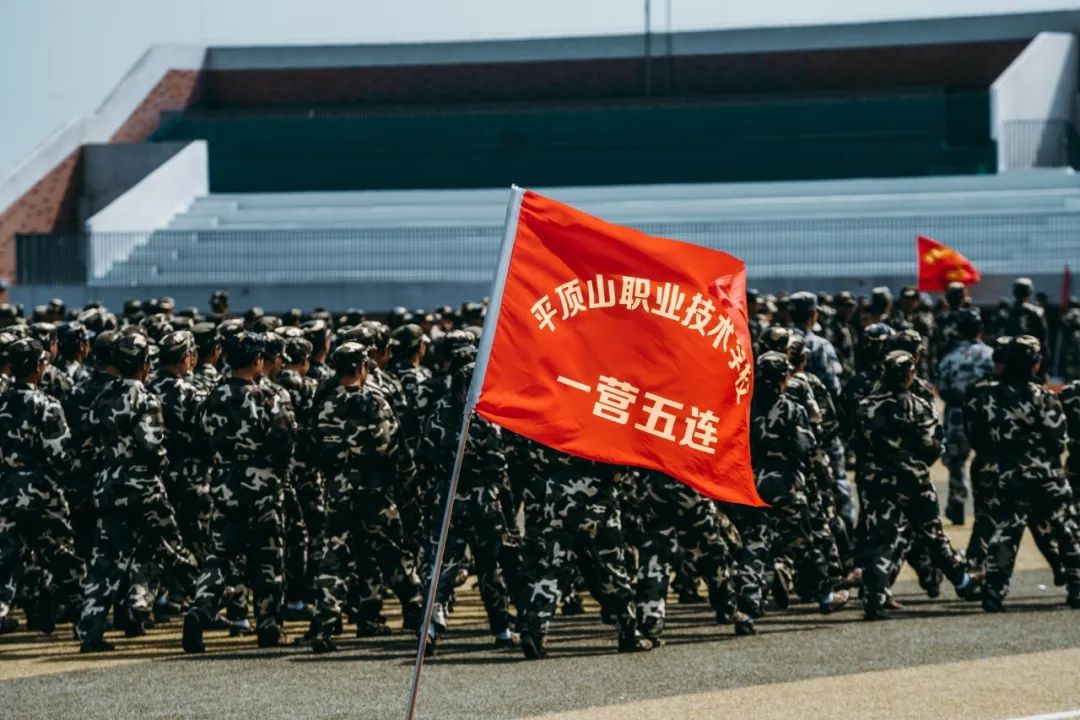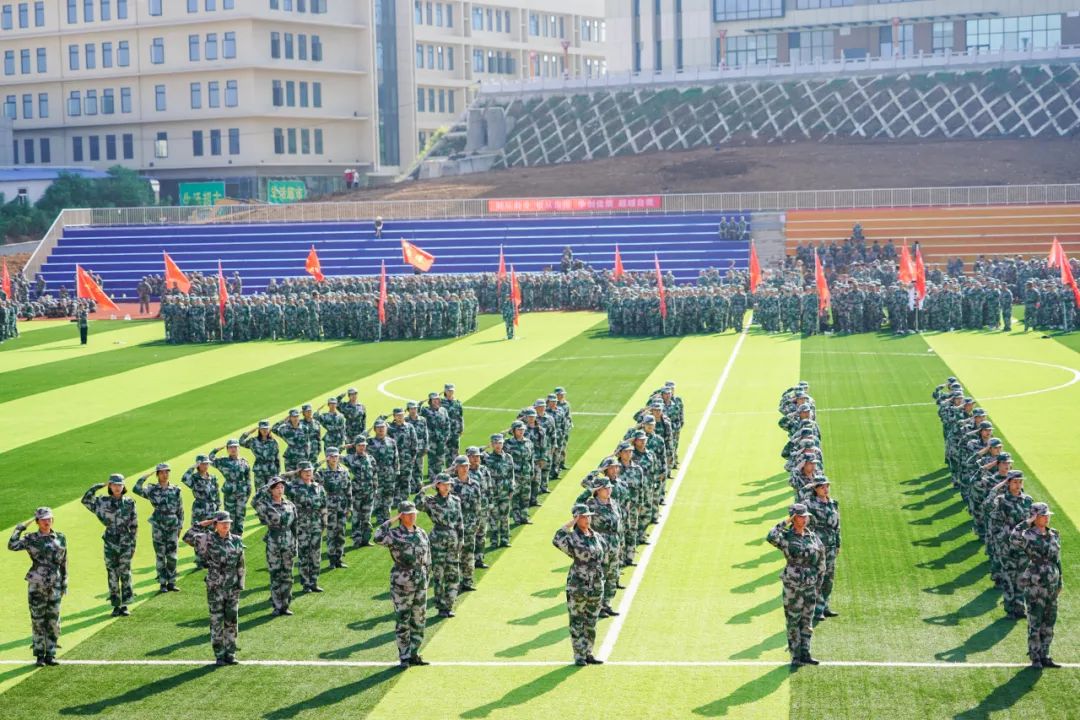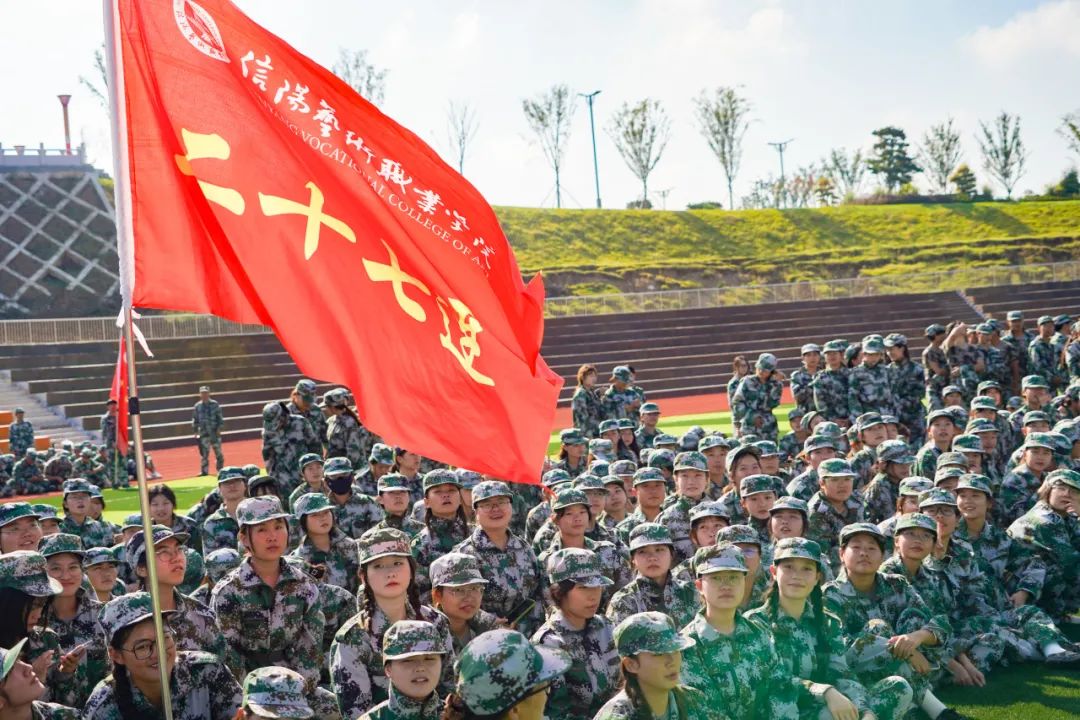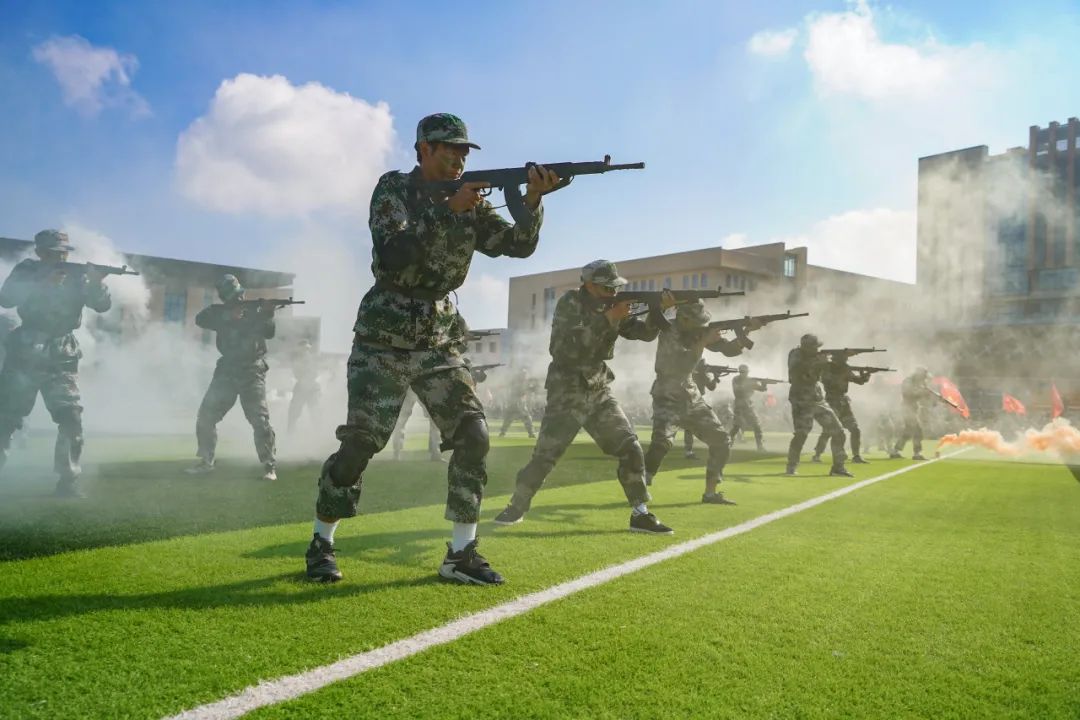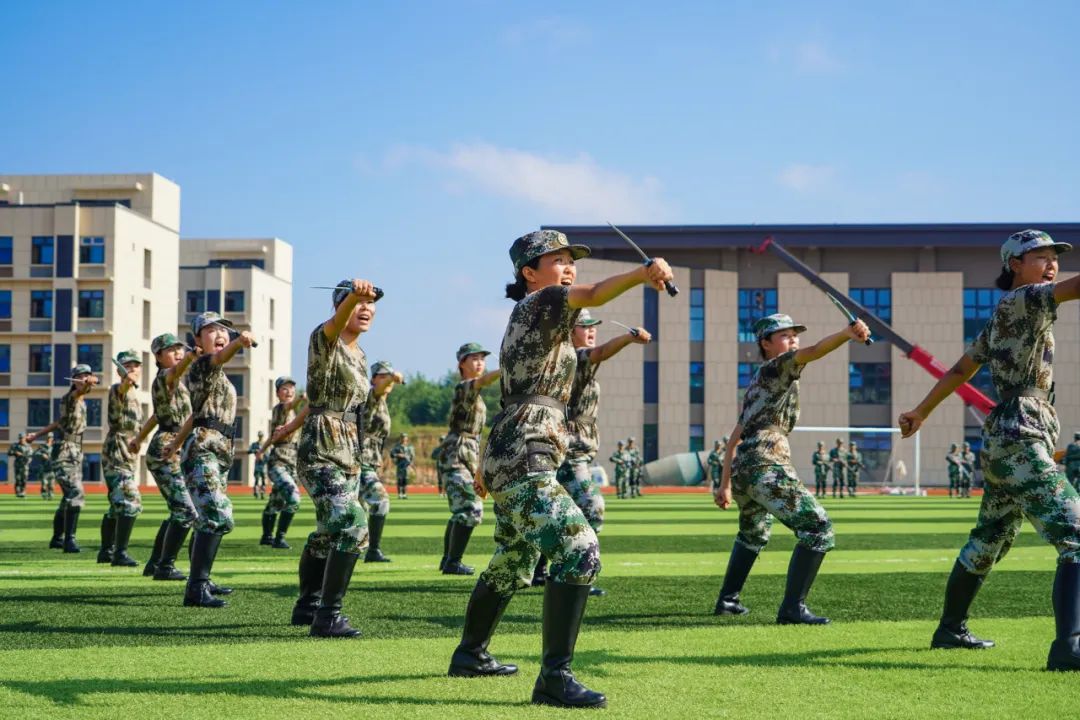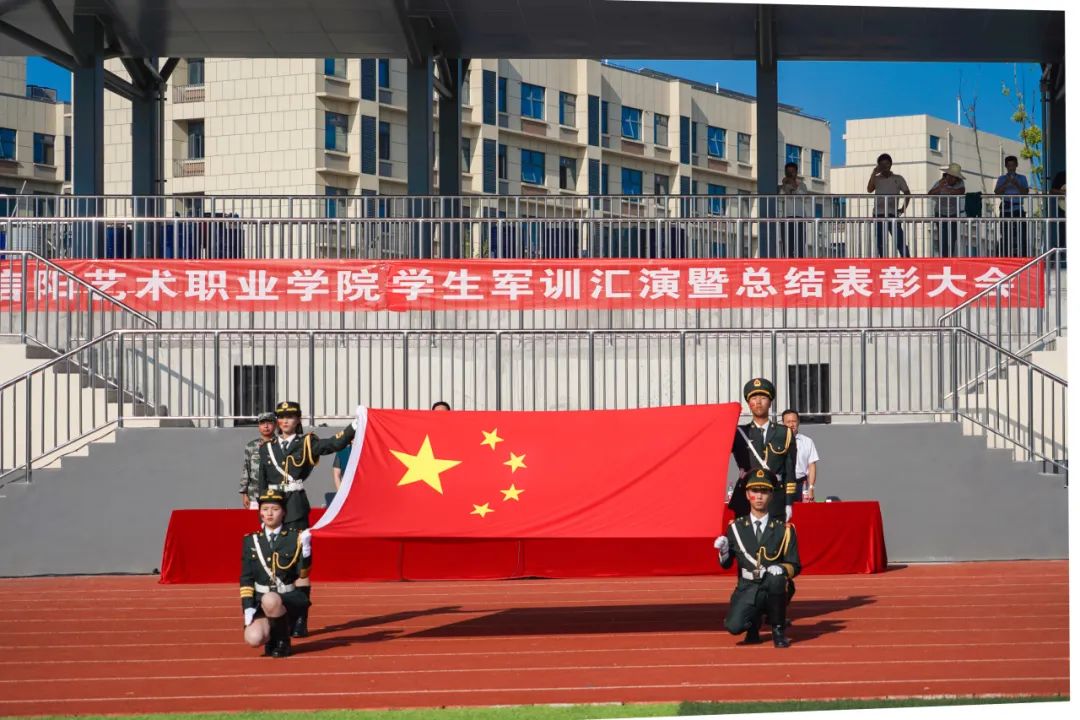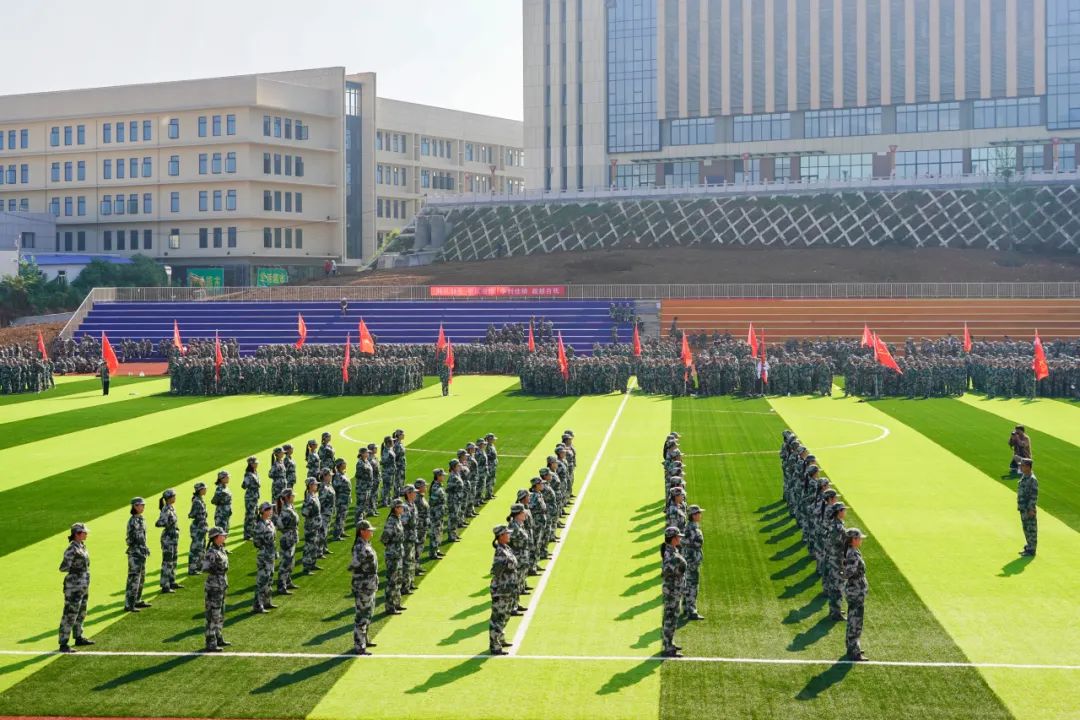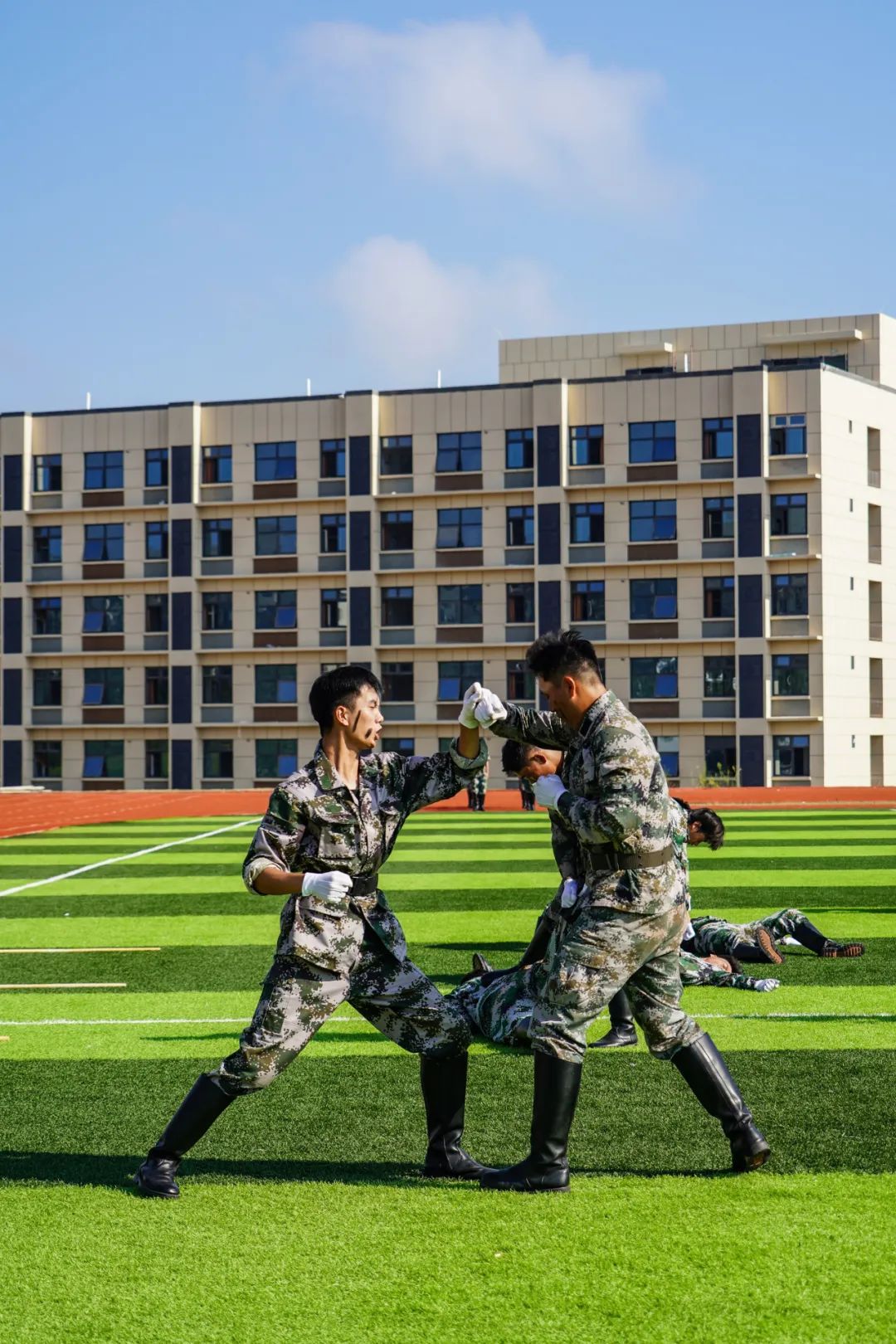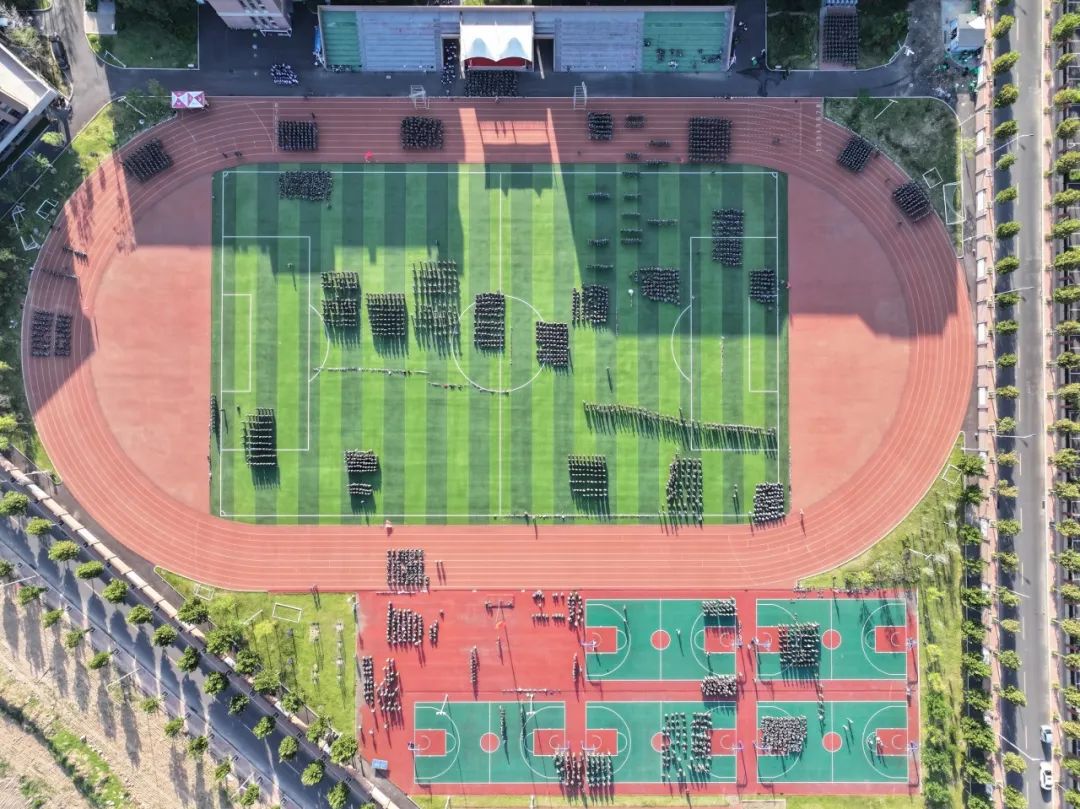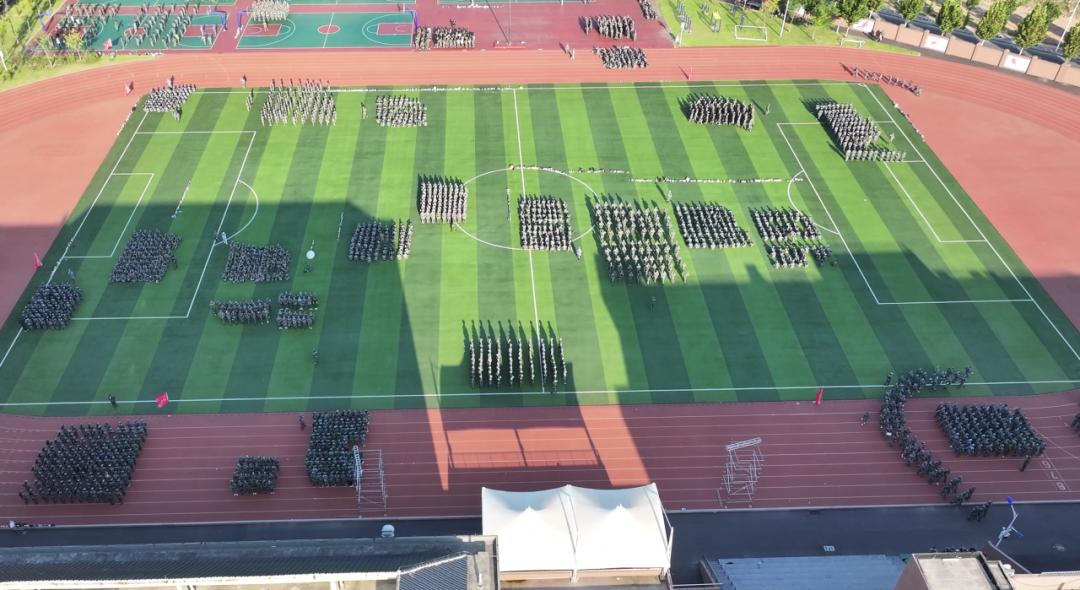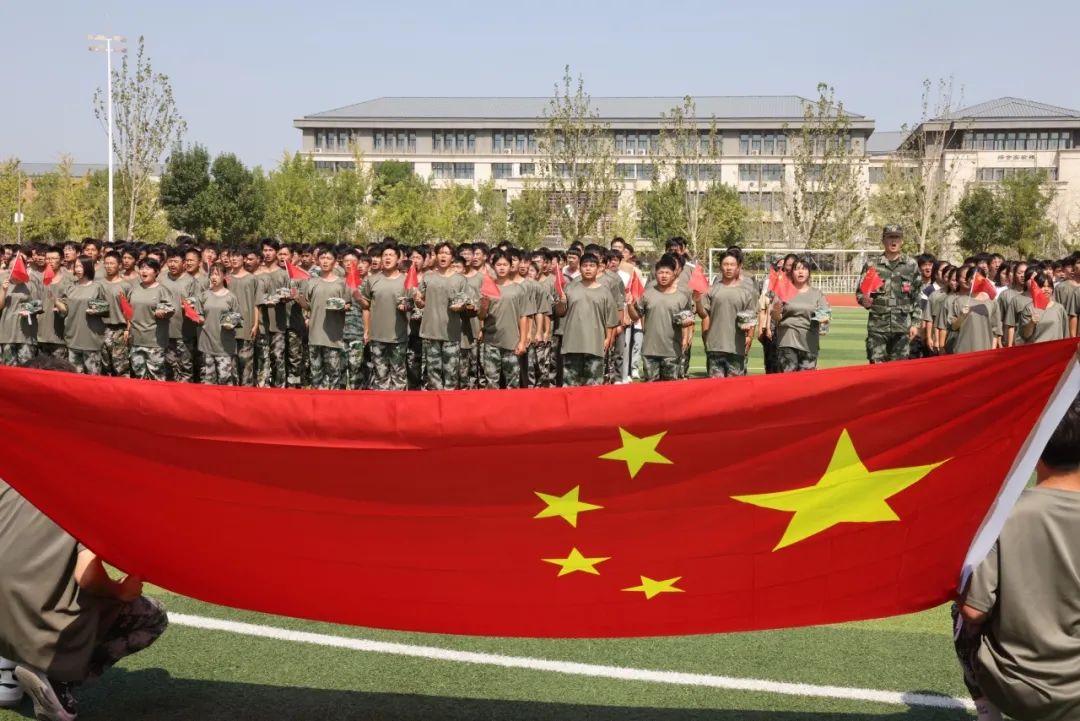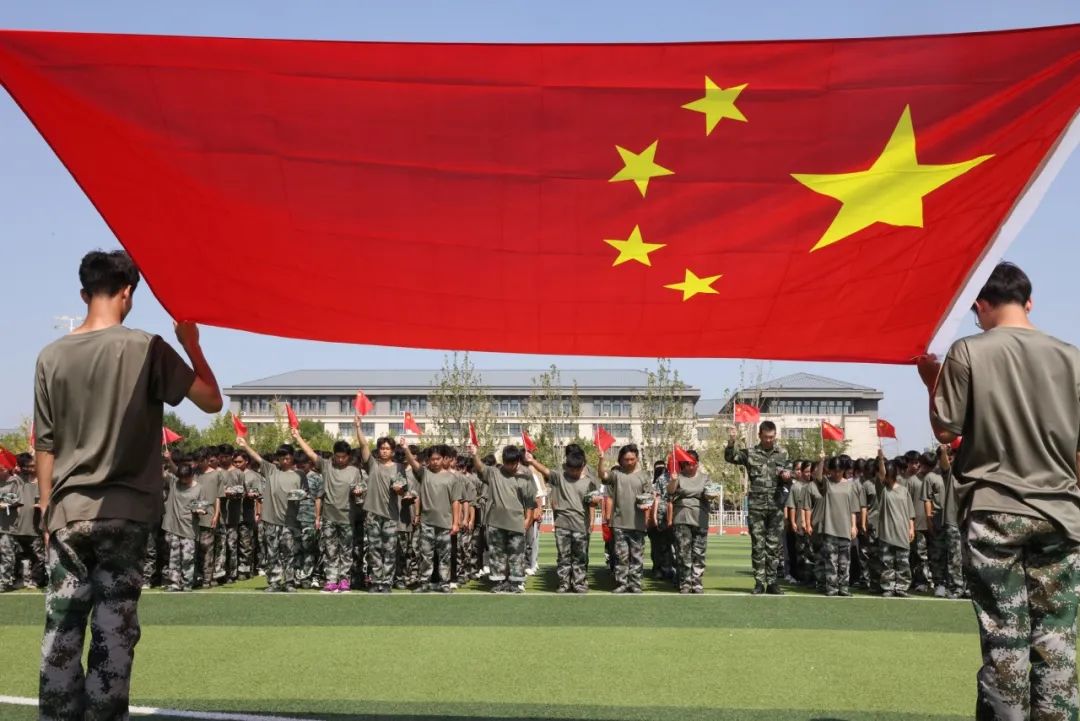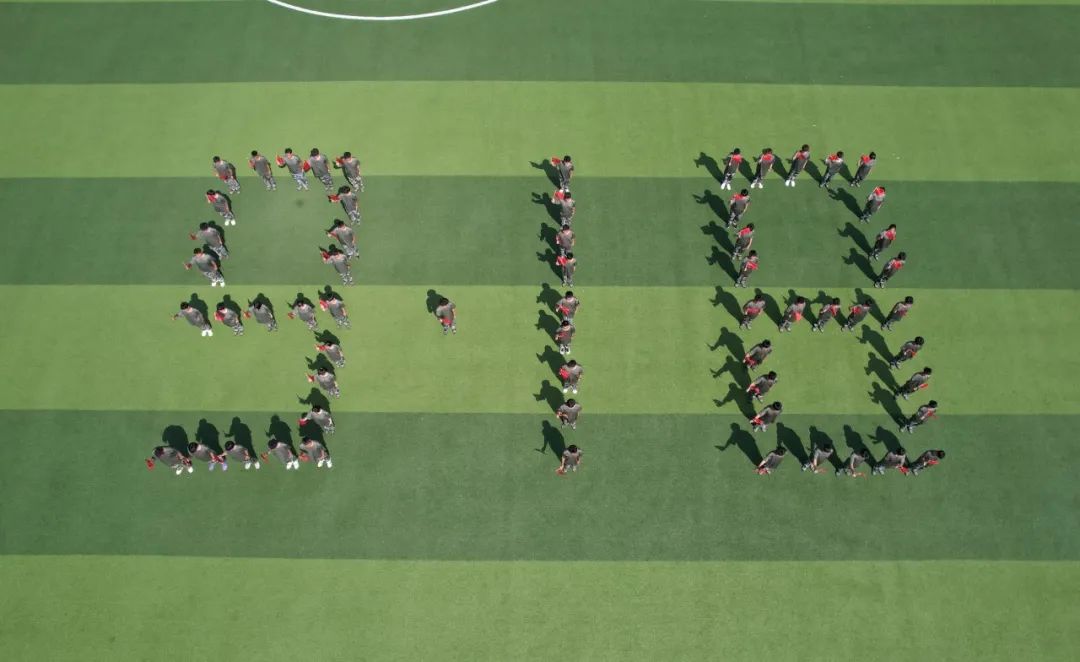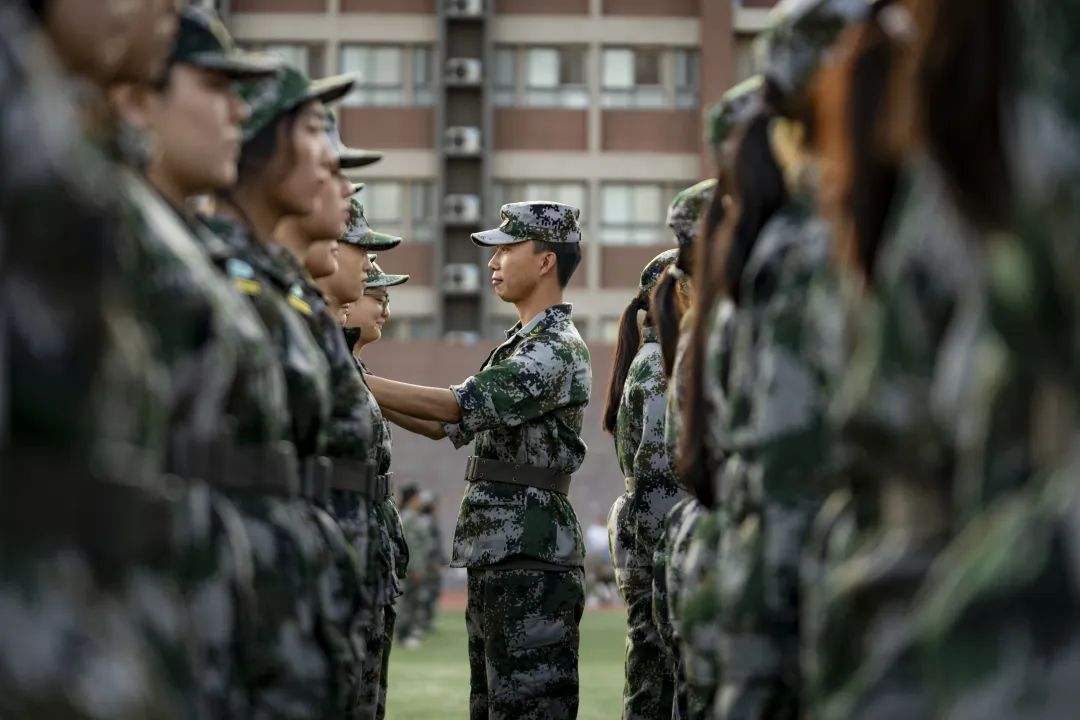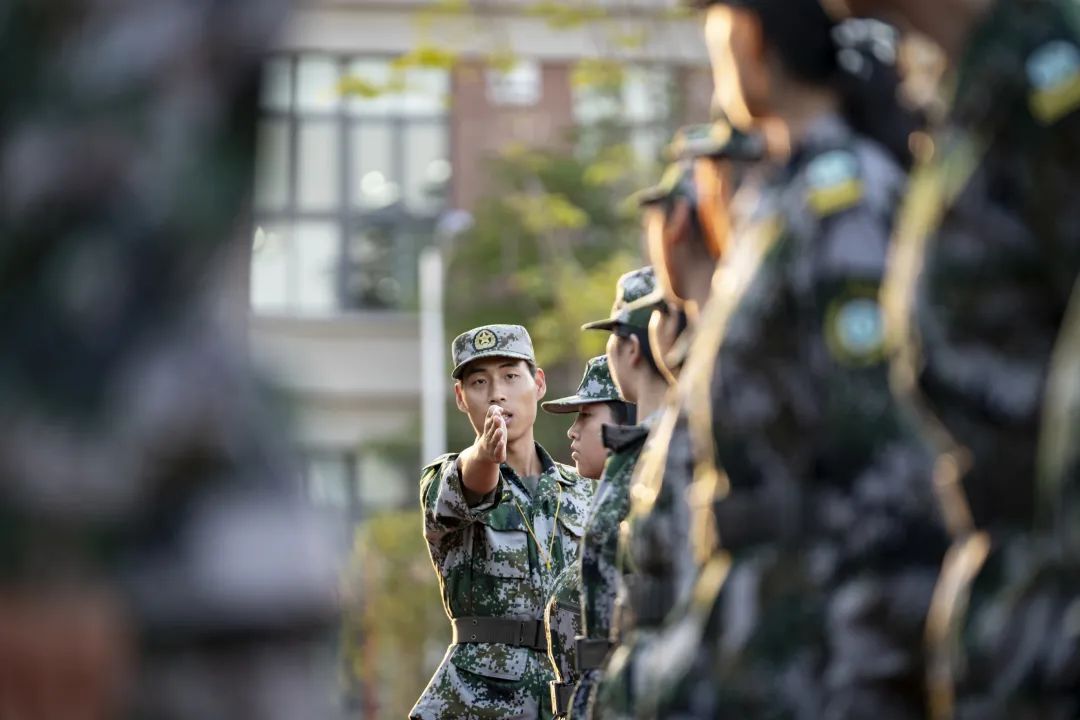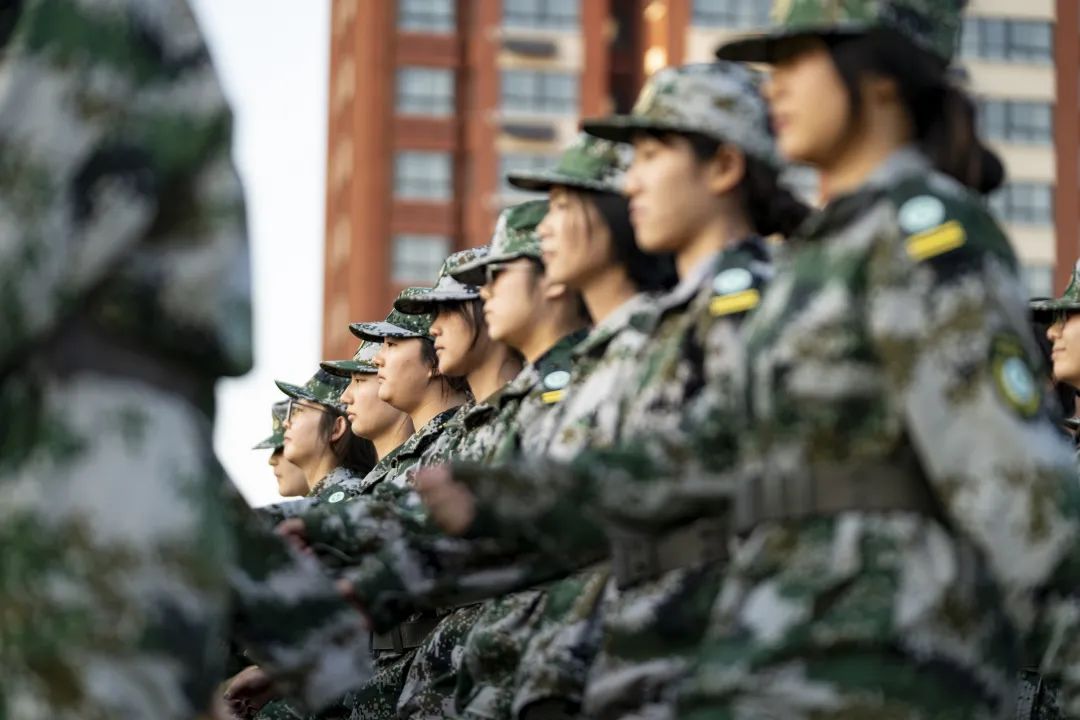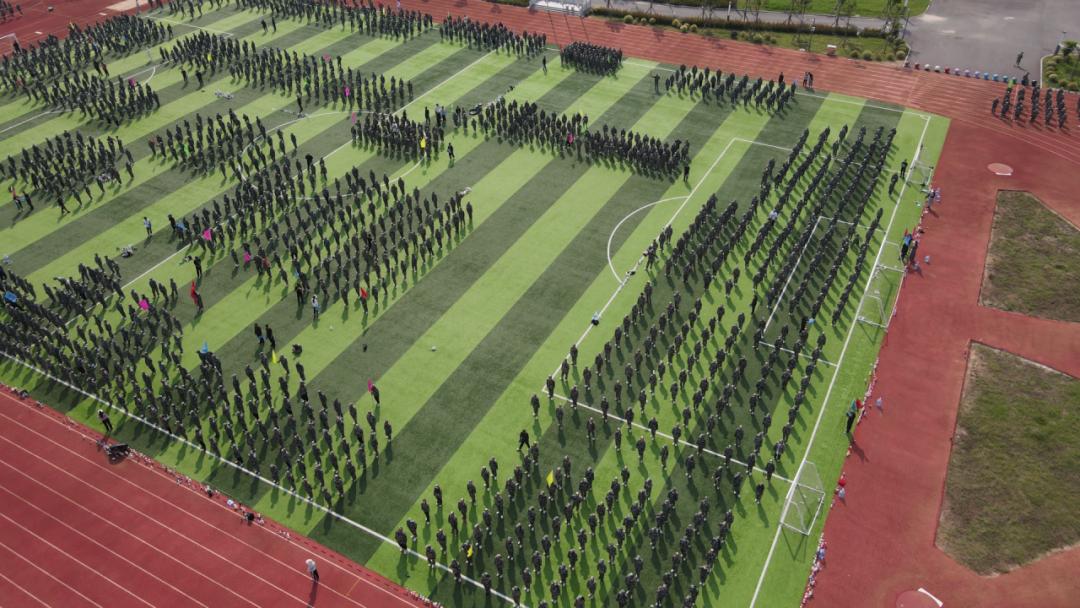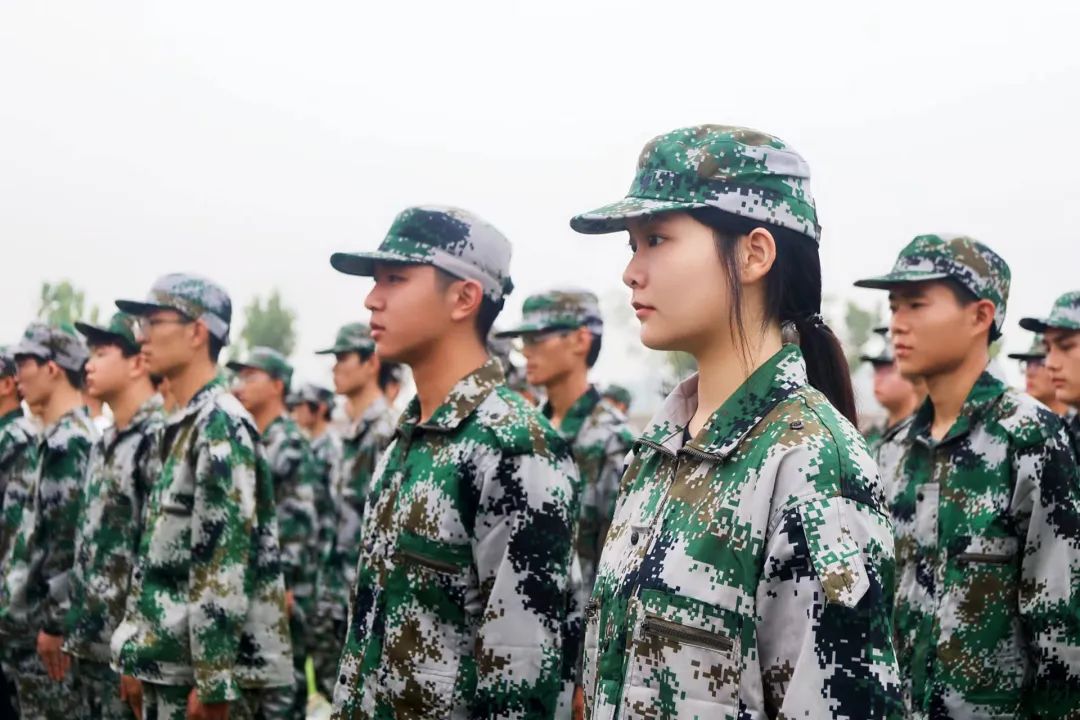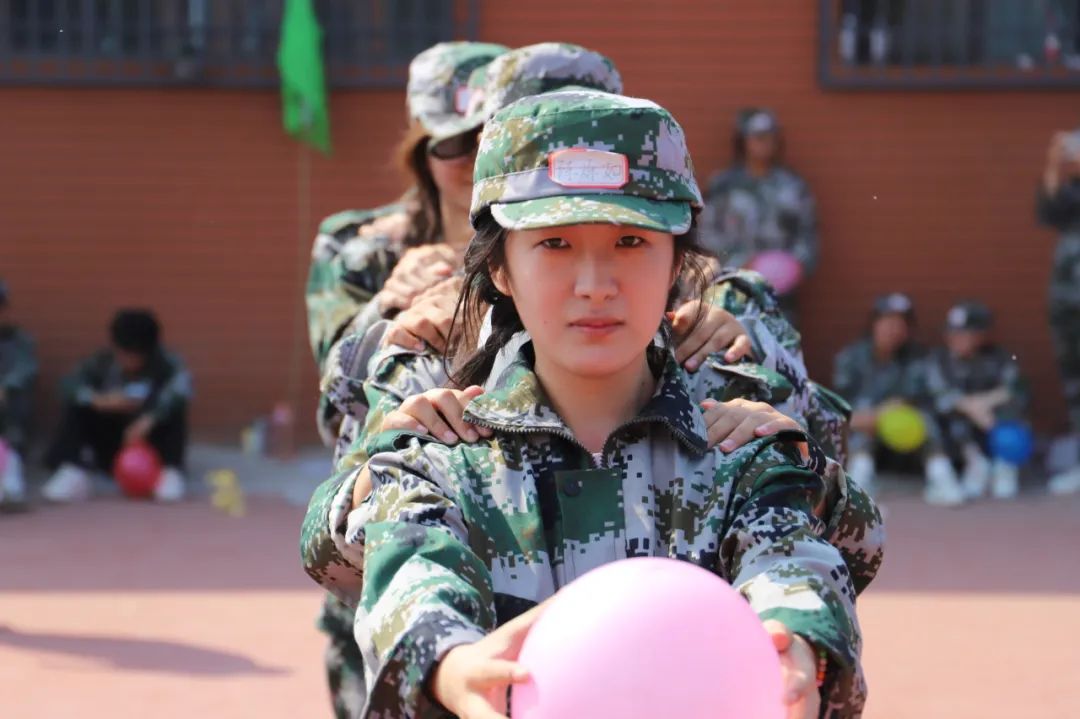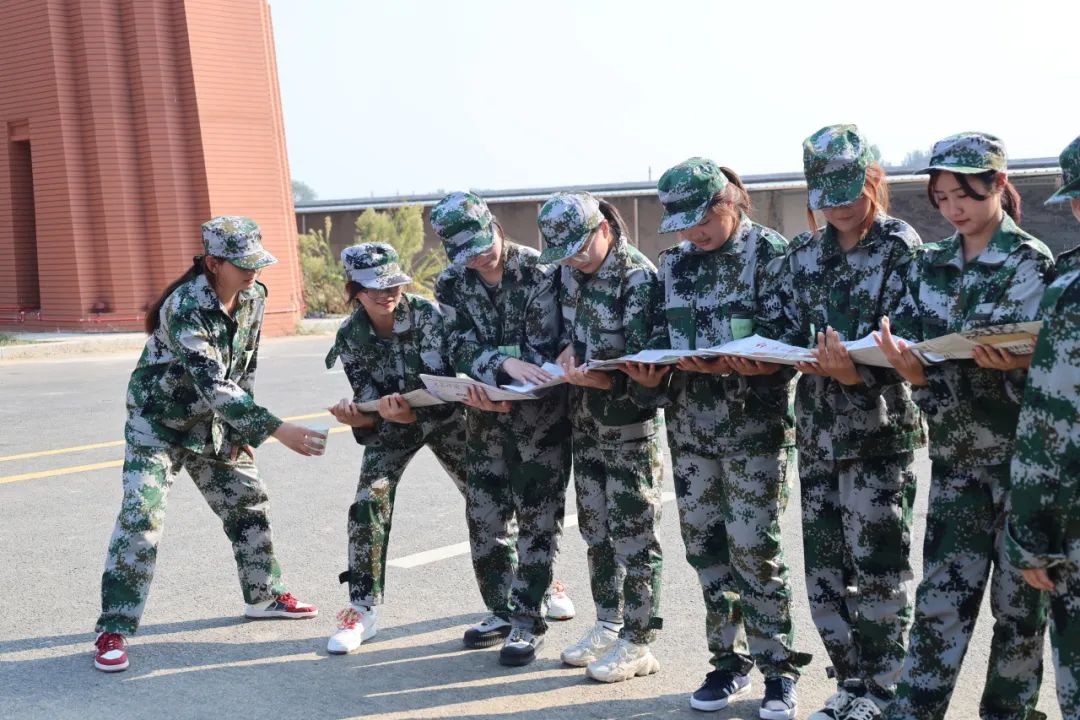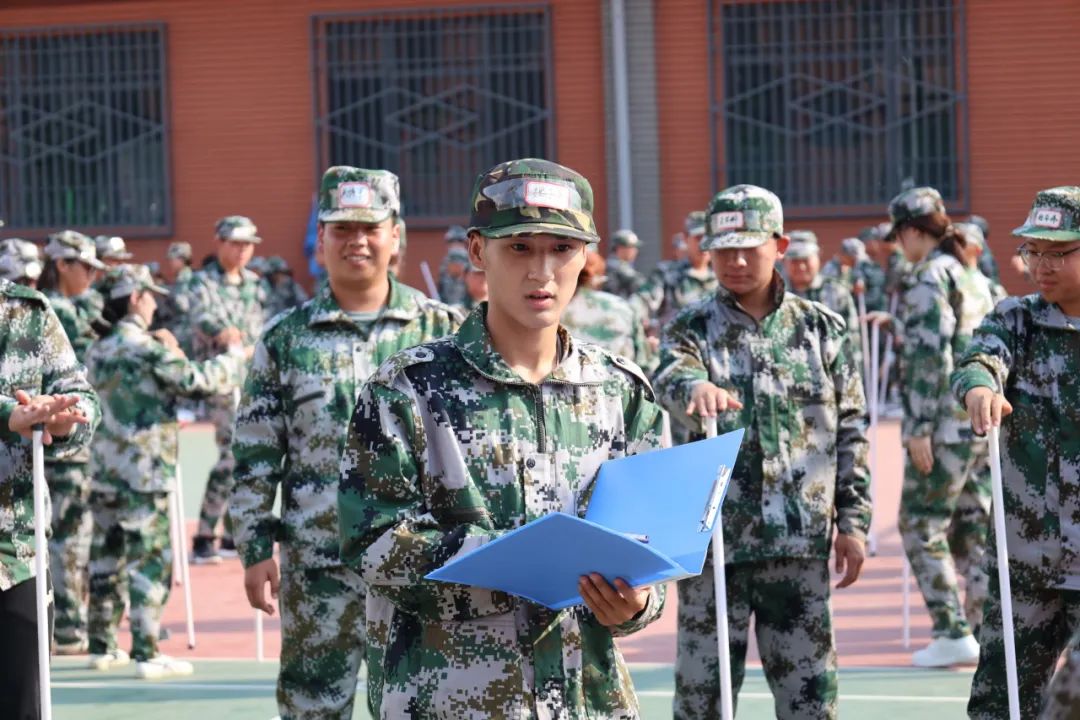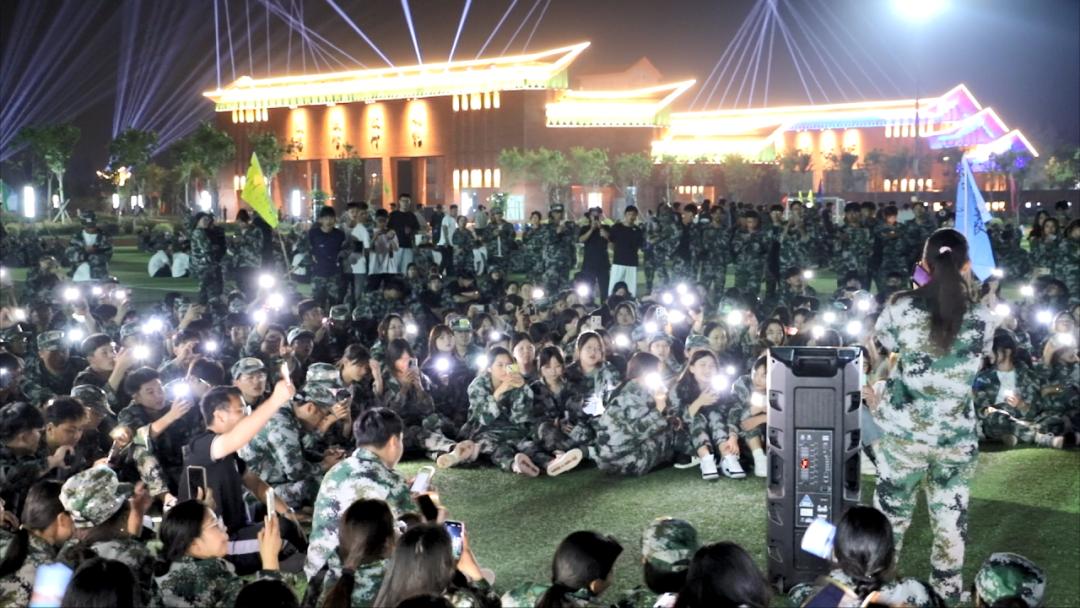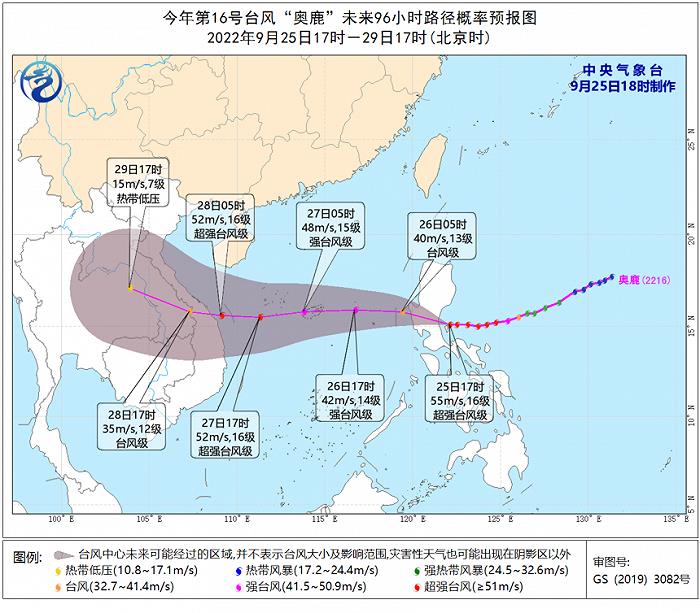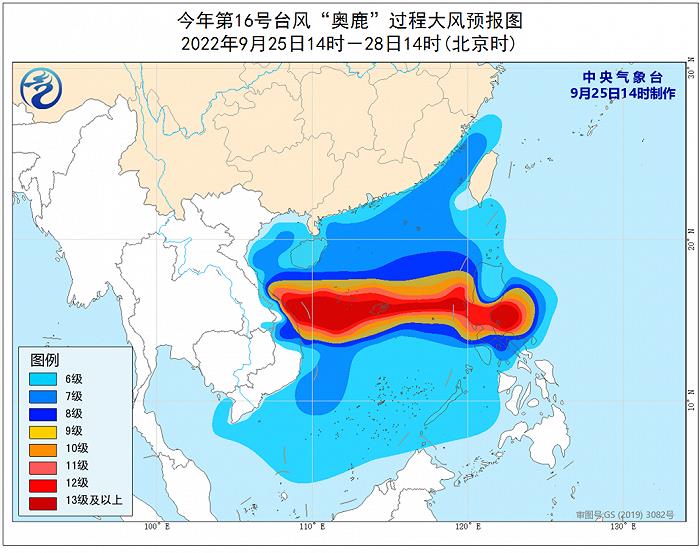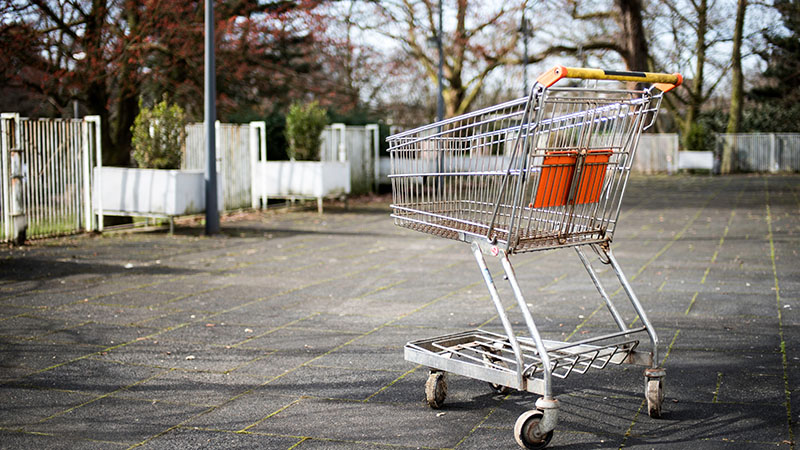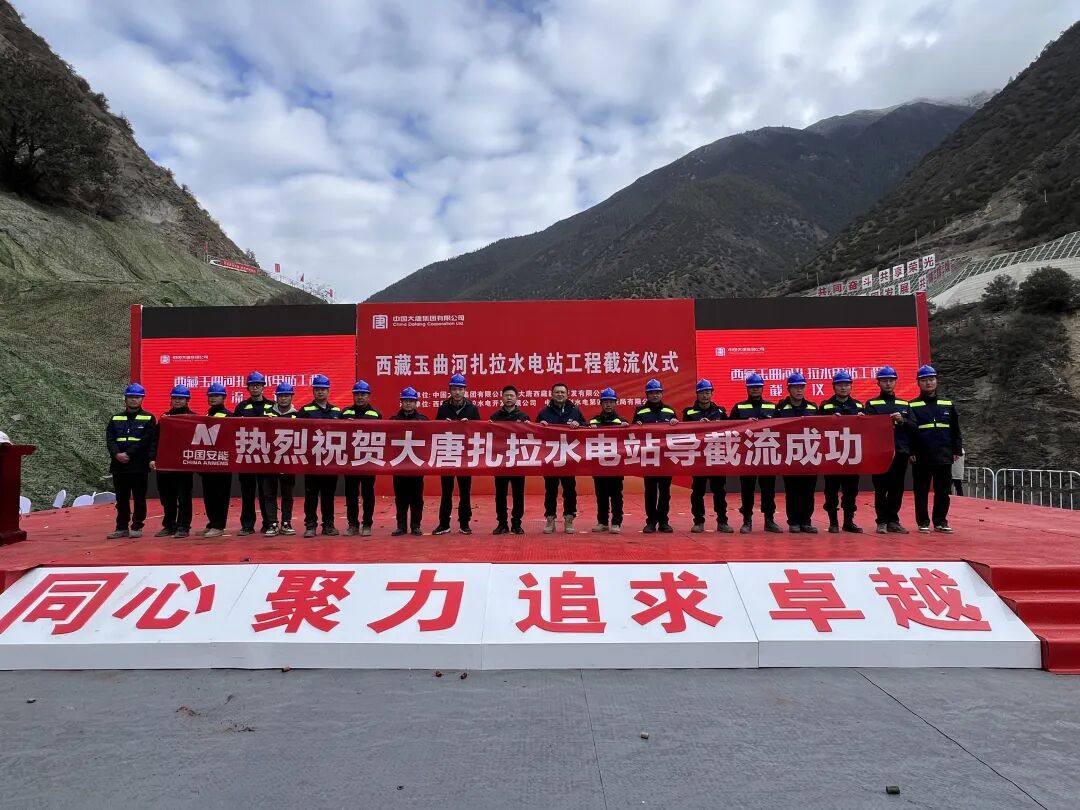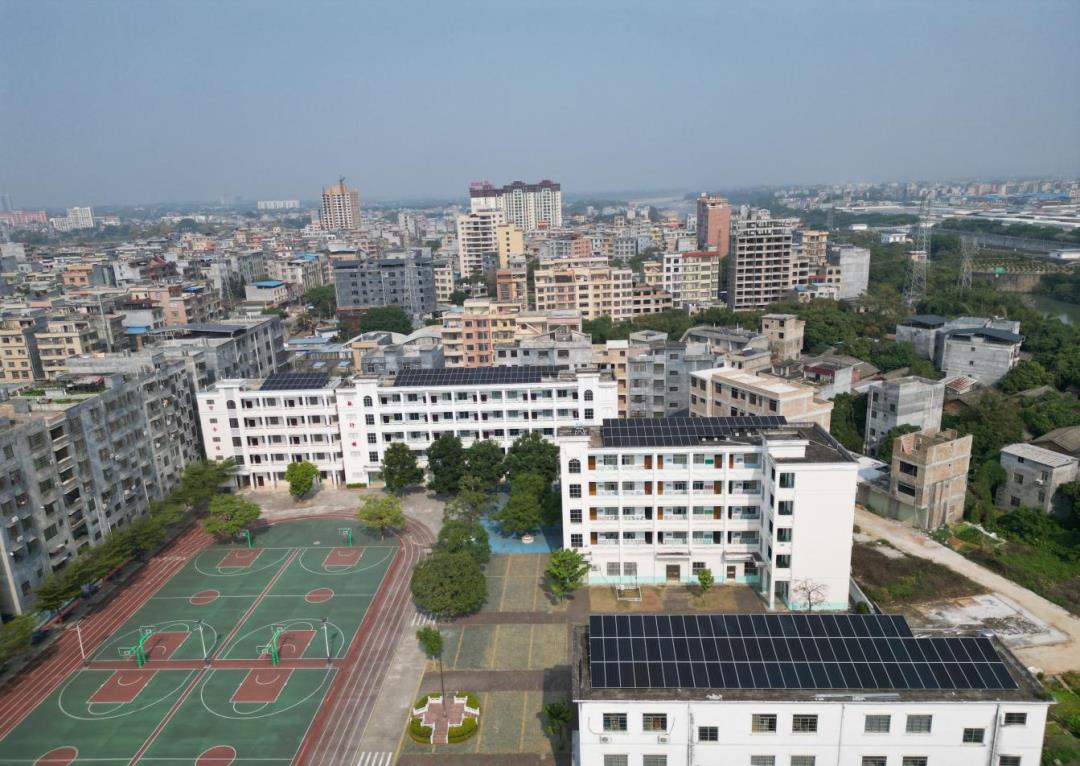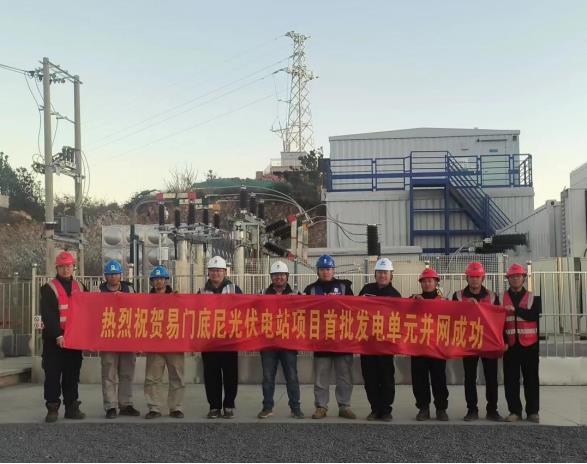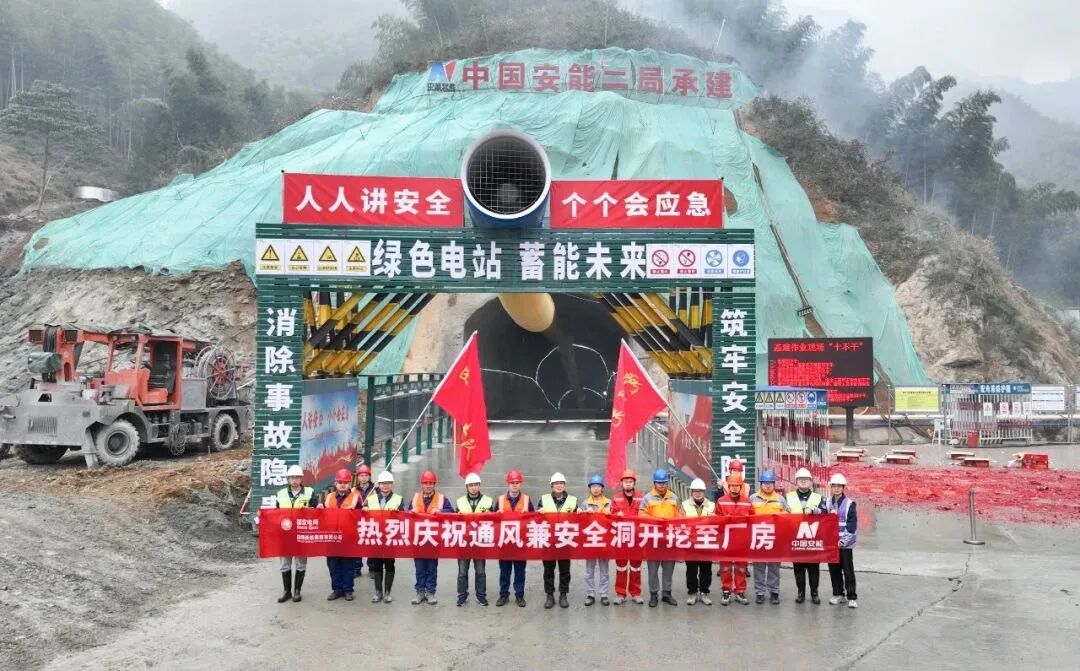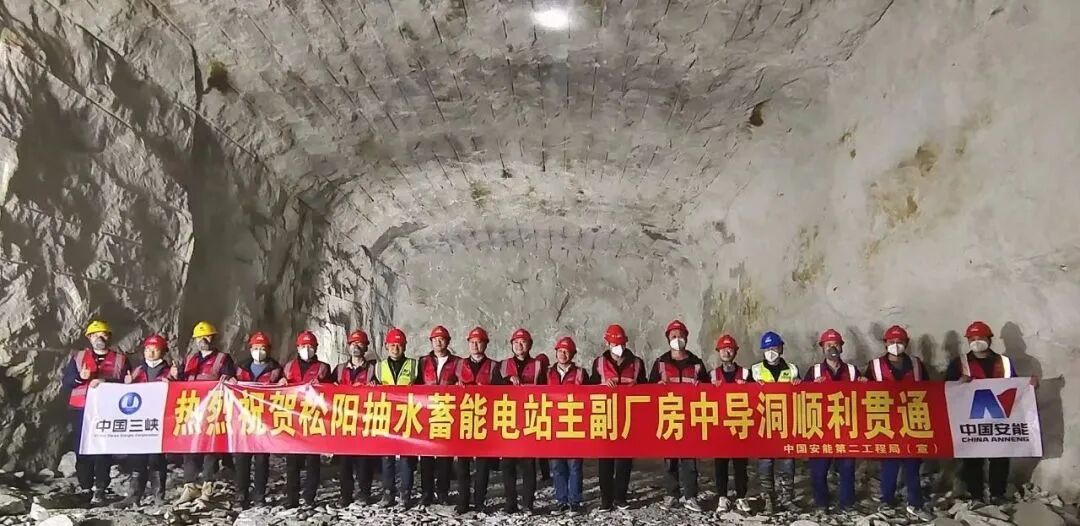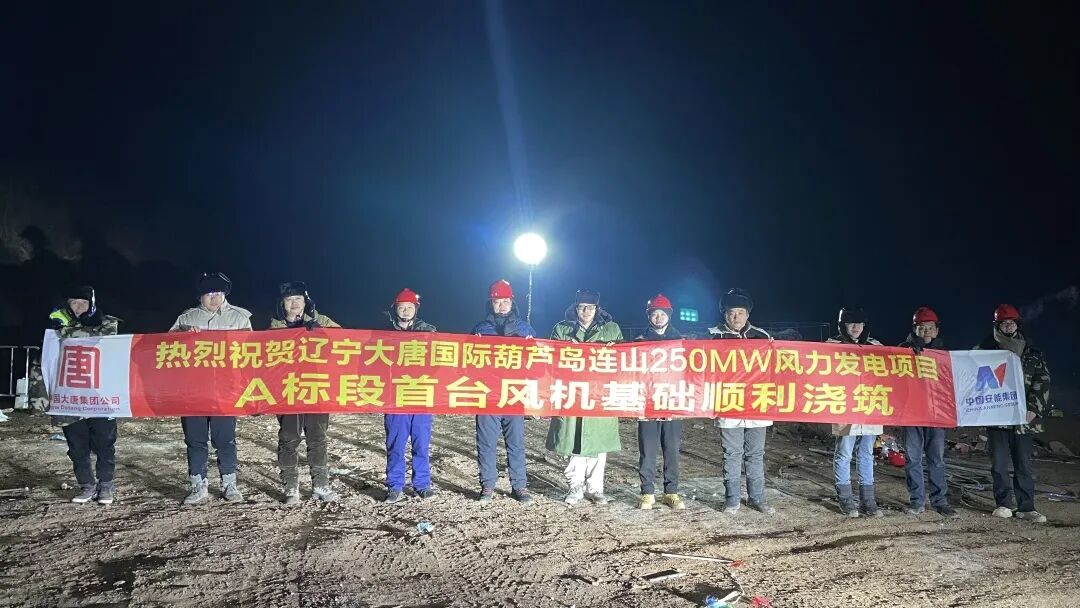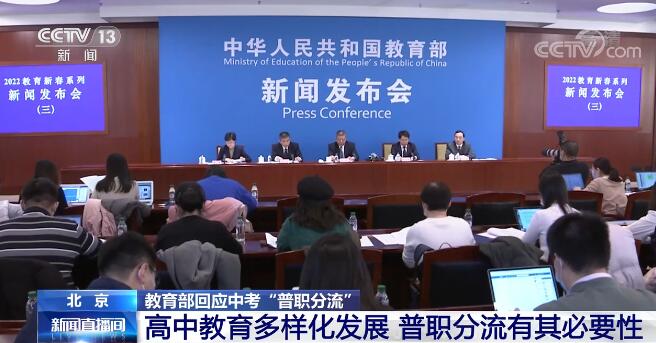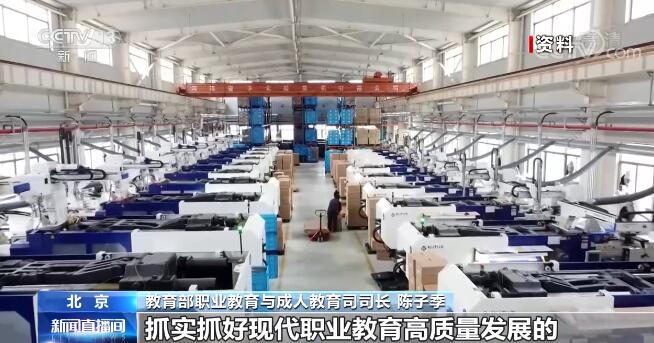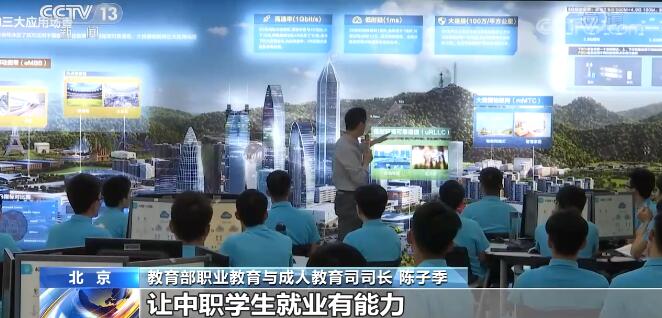Summary of the achievements of national defense and army building in the new era (II): writing the answer sheet of the era of reforming and strengthening the army
Writing the answer sheet of the times to reform and strengthen the army
— — Summary of achievements in national defense and army building in the new era (II)
■ Liberation Army Daily reporter Qian Xiaohu Han Cheng
In the desert Gobi, a certain unit of the army organizes multi-arms cross-domain maneuver and three-dimensional attack and defense; Over the East China Sea, the J -20 fighter formation thundered forward to carry out actual combat drills in the maritime direction; In the western Pacific, the carrier formation of Liaoning ships is breaking waves and tempering its offshore combat capability … … On the occasion of the people’s army’s 95th birthday, we can truly feel the profound changes brought by the reform and strengthening of the army through the turbulent pictures on the training ground of the three military exercises.
A strong country must strengthen the army, and a strong army must reform. In November, 2015, when the snow began to fall in Beijing, the Central Military Commission’s reform work conference was held. President Xi issued a mobilization order to deepen the reform of national defense and the army: fully implement the strategy of strengthening the army through reform and unswervingly follow the road of strengthening the army with China characteristics. The unprecedented integrity and revolutionary changes in the strength, depth and breadth of our military history have thus begun.
The spring tide is surging, and the torrent is brave. The organizational structure of our army has undergone a historic transformation, the road to elite soldiers with China characteristics has taken a historic step, and Socialism with Chinese characteristics’s military policy system is becoming more and more complete … … Today, the people’s army reborn from the fire is accelerating towards the goal of a world-class army by leaps and bounds.
Strategic plan, "key trick" to win the future
It is often a keen and powerful ideological lever that incites history.
Standing at the new time coordinate point, looking back at the course of national defense and military reform again, and looking back at the holistic and revolutionary reconstruction and remodeling brought by this round of reform to the people’s army, we feel more deeply the profound historical vision, broad strategic considerations and strong mission responsibility of the military commander.
Back to November 15th, 2012, just after the 18th National Congress of the Communist Party of China closed, President Xi presided over the first executive meeting of the new Military Commission, which clearly pointed out that we should always forge ahead in the spirit of reform and innovation and strive to seize the initiative in military competition. More than 20 days later, President Xi came to the forefront of China’s reform and opening up — — Guangdong, inspected the Haikou ship at Shekou Port in Shenzhen and sailed with the ship for 4 hours.
"President Xi has high hopes for reforming the strong army and building a strong navy." After a lapse of 10 years, when President Xi inspected the scene overlooking the sea, Shan Donghui, the captain of Haikou Ship, was still vivid; The earnest entrustment of the commander-in-chief always haunts the hearts of naval officers and soldiers. Now, the photo of President Xi and the sailors at the bow of the ship is displayed in the Military History Museum of the detachment where Haikou Ship is located, always encouraging officers and men to be strong in the chart.
If you can’t make the sea, you must make it. The Sino-Japanese War of 1894-1895, more than 100 years ago, was a very painful "national mourning" in the history of modern China, and was called "the pain of gouging out one’s heart" by President Xi.
Gaze at history and observe reality. In the second decade of 21st century, China has become the second largest economy in the world. However, the road from the big to the strong is doomed to be uneven.
Looking around the world, the international pattern and system are undergoing profound adjustment, the global governance system is undergoing profound changes, and the international power balance is undergoing the most revolutionary changes in modern times. In this unprecedented great change, the new military revolution in the world, with the essence of fighting for the strategic initiative, has developed in depth, and major countries have adjusted their security strategies and military strategies one after another, and adjusted their military organizational forms. Its speed, scope, depth and influence are rare since the end of the Second World War.
"Once the military backwardness is formed, the impact on national security will be fatal. I often read some historical materials of modern China, and it hurts me to see the tragic scene of being beaten behind! " President Xi warned the whole army that the new military revolution provided us with a golden opportunity. We must hit the water in the middle stream, and we can’t do it without changing it, and we can’t do it if we change it slowly. This is a big exam that we can’t avoid. The army must hand over a qualified answer to the party and the people and to history.
A hundred battles struggle, and those who struggle first. Focusing on the multiple considerations of history and reality, international and domestic, war and peace, a blueprint for profound changes in the future of the people’s army has been brewing in the commander’s mind.
"What I think most is whether our army can always uphold the absolute leadership of the party when the party and the people need it, whether it can pull up and win the battle, and whether commanders at all levels can lead troops to fight and direct the war." At an important meeting of the army, President Xi’s words struck a deaf ear. This is the questioning of the times and the questioning of the mission.
Examination and questioning come from a deep insight into the risk challenges on the road ahead, and more from a clear understanding of our military’s capabilities and shortcomings — — "There is still a big gap between the modernization level of our army and the national security demand, and between our army and the world’s advanced military level", "Our army is not capable of fighting modern wars, and cadres at all levels are not capable of commanding modern wars", "Without reform, we can’t fight and win battles" … …
National rejuvenation, read here; Strengthen the army and build the army, and linger at night. President Xi profoundly pointed out: We must deepen the reform of national defense and the army with greater wisdom and courage. This is the requirement of the times to realize the Chinese dream and the dream of strengthening the army, the only way to strengthen the army and the key measure to determine the future of the army.
Seek the layout of the article, and make a sound. On March 15, 2014, a message from Xinhua News Agency attracted much attention at home and abroad: the supreme leader served as the leader of the Central Military Commission’s leading group for deepening national defense and army reform. It is the first time in the history of the party that the general secretary of the party personally serves as the leader of the leading group for deepening the reform of national defense and the army.
This year marks the 120th anniversary of the Sino-Japanese Sino-Japanese War of 1894-1895. After two Jiazi, China’s army embarked on a brand-new starting point of transformation and strength.
"The easy and happy reform has been completed, all the delicious meat has been eaten, and the rest are hard bones." Facing the tough battle of national defense and army reform, President Xi encouraged all officers and men of the army: The more difficult it is, the more determined they must be and forge ahead, and they must never be hesitant and timid. As long as the whole army unites its will, dares to gnaw hard bones, and dares to wade in dangerous beaches, there will be no flaming mountain that can’t be crossed!
At the critical moment, the strategic vision and political determination of the supreme commander are the decisive factors for the success of the reform. Focusing on promoting the reform of national defense and the army, President Xi presided over the collective study of the Political Bureau of the Central Committee twice, presided over the meeting of the leading group for the reform of the Military Commission three times, listened to the opinions and suggestions on the reform of large units many times in person, and personally organized and studied major issues of reform.
Where are the institutional obstacles? What are the structural contradictions? How many policy issues are there? A number of reform special groups and expert advisory groups conducted extensive research, concentrated wisdom and repeatedly demonstrated — —
More than 690 military units, more than 800 symposiums and demonstration meetings, more than 900 on-the-job and retired military leaders and experts, more than 2,000 team members of units above the military level and officers of divisions and brigades, and more than 3,400 opinions of officers and men of the army. The reform plan has been adjusted, revised and improved more than 150 times before and after … …
The reform of national defense and the army concerns the overall situation and the whole country. From inside the military to outside the military, from the central government to the local government, all localities and departments have given strong support to deepening the investigation and demonstration of national defense and military reform and drawing up plans, thus forming a touching situation in which the party, government, army and people in Qi Xin work together to help reform. The National Development and Reform Commission, the Ministry of Industry and Information Technology and the Bureau of Science, Technology and Industry for National Defense actively participated in the reform demonstration; The Central Organization Department, the Ministry of Civil Affairs and Ministry of Human Resources and Social Security launched an in-depth study on the reform of management and security for retired military personnel & HELIP; …
Fighting day and night, the Military Commission Reform Office launched a high-intensity, high-density and wide-ranging investigation. Opinions and suggestions from all sides, like a clear spring, inject fresh vitality into the scheme.
In July 2015, President Xi presided over the third plenary meeting of the leading group for the reform of the Central Military Commission, and reviewed and approved in principle the Proposal on the Overall Plan for Deepening the Reform of National Defense and the Army. Subsequently, President Xi presided over the executive meeting of the Central Military Commission and the The Politburo Standing Committee (PSC) meeting respectively to review and approve the Overall Plan. A set of reform designs that solve deep-seated contradictions, have major innovation breakthroughs, and reflect the characteristics of the people’s army have emerged.
The hoof is fast and steady, and the "three major battles" are like a rainbow.
Some moments are destined to be unforgettable, and some events are destined to go down in history.
In the snowy midsummer, the sky is high and the clouds are light, and the harsh alarm cuts through the tranquility of a brigade camp of the 76 th Army. Personnel gathering, unpacking equipment and loading formation … … A full-loaded pull drill kicked off. Looking at the new barracks which integrates the functions of command, training, living and security, Qiu Shaoyun’s company commander Dunzhi Bading really felt the strength of reform: five years ago, when the company moved thousands of miles from Hexi Corridor, it was still a desolate Gobi.
Reform affects the hearts of every officer and soldier. "What is discipline, that is, the party will do whatever it wants." As a witness and witness, Dun Chi-Badin knows well the difficulty of relocation and the pain of reform. "But no matter how difficult and painful it is, we must be resolute and resolute."
This is a historic moment: at 0: 00 on January 16, 2016, the seven military regions of Shenyang, Beijing, Lanzhou, Jinan, Nanjing, Guangzhou and Chengdu stopped exercising their command, and the five war zones in the east, south, west, north and central began to operate.
In less than a month, 15 functional departments of the Central Military Commission were adjusted and formed, and the army leadership, rocket army and strategic support forces were established, which made a big step in the reform of the leadership and command system.
Focusing on implementing the requirements of political army building under the new situation, promoting the organic unity of leading and commanding troops and deepening the reform of national defense and the army, the "first battle" starts with breaking the headquarters system, the military region system and the continental army system, and the first move is to build a leadership and command system of "the Central Military Commission is in charge of the general, the main battle of the theater and the main construction of the service".
With one order, the headquarters system that has been running for decades has become history overnight. Among them, the number of institutions above the division level has been reduced by more than 200, and the number of personnel has been reduced by one third. Military Commission — War zone — The operational command system of the army and the Central Military Commission — Services — The leadership and management system of the army started to operate, and the long-standing institutional obstacles of the army were effectively solved.
According to experts’ evaluation, the new pattern is of great significance for ensuring the party’s absolute leadership over the army, ensuring the efficient command of the army by the military commission, ensuring the scientific planning of the military commission and strengthening the management of army building.
The first battle laid the foundation stone and took advantage of the situation. In December 2016, a conference on the reform of the military scale structure and strength of the Central Military Commission was held in Beijing. President Xi personally deployed and deepened the "second big battle" of national defense and army reform.
The reform of scale structure and strength organization is not simply "addition and subtraction", but the optimization of structure and function leads to scale adjustment, focusing on cracking structural contradictions and realizing the revolutionary reshaping of our military strength system, which is "slimming" and "strengthening the body". Throughout the history of world military development, the scale structure and strength of the army cannot be fixed, but must change with the changes of war forms and combat methods, as well as with the changes of national strategic needs and military missions and tasks. Otherwise, no matter how powerful the army is, it will be out of date and even vulnerable.
On April 18th, 2017, President Xi met with the heads of 84 corps units newly reorganized by the whole army. Ten days later, the regular press conference of the Ministry of National Defense revealed that the army’s 18 group army titles were revoked, and the 13 group army titles after adjustment and formation were announced at the same time. In that reform, Qiu Shaoyun’s former army, like many troops deployed for relocation, left the old camp that had been stationed for more than 40 years, came to a strange new station, and came to a place closer to the front line of military struggle, set up camp, and prepared for training and consolidation.
The boldness and boldness of China’s military reform once again shocked the world: the number of military posts was reduced by 300,000, and the total number of active posts was reduced to 2 million; More than 1,000 units and institutions above the corps level have been reduced, the number of active posts in non-combat institutions has been reduced by nearly half, and the number of combat troops has increased rather than decreased, making it more substantial; The thinking pattern and historical inertia of the concept of mechanized warfare in the "Great Military Region" and "Continental Army" have been gradually changed. The mode of focusing on military groups and winning by quantity, the power structure and deployment of land-based and homeland-defensive forces have been changed, and the degree of integration of troops, the flexibility of operational grouping and application have been significantly improved.
If the reform of the leadership and command system focuses on "strengthening the brain", the reform of scale structure and strength formation focuses on "strengthening the bones and muscles", and the reform of the military policy system focuses on "connecting the meridians". In mid-November 2018, the Central Military Commission’s policy system reform work conference was held in Beijing, which opened the prelude to deepening the "third big battle" of national defense and military reform.
"The military policy system regulates military relations, standardizes military practice, and ensures military development. The reform of the military policy system is very important for realizing the party’s goal of strengthening the army in the new era, building the people’s army into a world-class army in an all-round way, and realizing ‘ Two hundred years ’ The Chinese dream of striving for the goal and realizing the great rejuvenation of the Chinese nation is of great significance. " President Xi’s important speech pointed out the direction for promoting reform.
Four days after the meeting, the list of policies and systems issued just before was released. Twenty-seven policies and systems were included in the list, including strengthening the construction of party organizations, selecting and transferring cadres in war zones, improving the relevant policies of troops stationed in plateau islands, encouraging scientific and technological innovation, managing employment contracts for civilian personnel, and providing medical care for military personnel and their families.
Promote the reform of military expenditure management, military salaries, housing and medical security, improve the management and security system and mechanism of retired military personnel, and build and improve the military honor system … … A series of policies and systems embodying the characteristics of military occupation have been stepped up, providing a solid institutional guarantee for improving the combat effectiveness and stimulating the vitality of the troops.
Rebuild and rebuild, and the "big country array" has taken on a new look.
Time is the best developer and the best touchstone.
At the foot of Helan Mountain, the wind and thunder surge. The "Western Joint -2021" exercise, which attracted worldwide attention and was full of bright spots, was launched at the Army Qingtongxia Contract Tactical Training Base.
In this exercise, China and Russia sent more than 10,000 troops, invested in multi-type aircraft, artillery and armored equipment, and conducted dozens of exercises such as joint air defense, joint obstacle breaking and joint three-dimensional capture. The armed forces of the two countries reached a new height in coordinated operations.
The exercise was led by our army, instead of the independent grouping planning before, it was changed into the mixed grouping and joint planning of the two armies, and the bilingual command information system was used throughout, and the situation data was shared … …
Seeing many new changes, the military experts on the spot can’t help feeling the performance of China’s army: the command level of this exercise is flatter, the operational grouping is more flexible, and the degree of integration and modularization is higher. It can be seen that a joint combat force system with elite combat forces as the main body is taking shape, which vividly shows the new achievements and new leaps of China’s military reform.
Looking back at the Gobi smoke, focusing on the future battlefield. In just a few years, the People’s Army has accelerated its changes in the "new system time": the army’s mobile operations and three-dimensional offensive and defensive capabilities have been significantly enhanced, the navy has accelerated the transformation from offshore defense to offshore defense, the air force has accelerated the transformation to air and space integration, and both offensive and defensive capabilities have been enhanced. The Rocket Army has continuously strengthened its nuclear and conventional capabilities, and the strategic support forces have made every effort to promote the leap-forward development of key areas & HELIP; … With a new system, a new structure, a new pattern and a new look, a new combat force with a leaner scale, a more optimized structure and a more scientific organization is accelerating its rise.
— — The command system is lean and efficient. Military Commission — War zone — The operational command system of the army started to operate, and the highest leadership and command of the army were concentrated in the CPC Central Committee and the Central Military Commission. Compared with the original four headquarters, the new Military Commission has a clearer path of command, construction, management and supervision, a more rational allocation of functions of decision-making, planning, implementation and evaluation, and a more focused strategic planning and macro management, and has truly become a staff organ, an executive organ and a service organ of the Military Commission. The focus of joint operational command is on the war zone, and the focus of army construction management is on the arms and services. The war zone specializes in fighting and is mainly engaged in joint operations, and the services take fighting to lead and seize construction as the battle. Implement the military in the main combat troops of the whole army — Brigade — The battalion system, the combat forces of various arms have been strengthened, the command level has been reduced, the operational command has become flatter and smoother, and the combat formation has become more comprehensive and flexible.
— — The scale structure is constantly optimized. An exercise of crossing the sea and landing on the island started in the summer storm, and the Marines dressed in starry camouflage uniforms made a new appearance. In this round of reform, the Marine Corps, Air Force Airborne Forces, Rocket Forces, Strategic Support Forces, Joint Logistics Support Forces and many other new combat forces were newly adjusted and formed, and the active posts of the Navy and Rocket Forces were moderately increased. For the first time, the posts of the Army were reduced to less than 50% of the total posts of the whole army, and the proportion of services and arms and the proportion of officers and men were greatly improved; The establishment of organs at all levels has been reduced, the internal organs, leadership levels and personnel of organs at all levels have been reduced, and the staff of organs at or above the regimental level have been reduced by about a quarter; Elite combat forces such as aircraft carriers, large destroyers, strategic early warning aircraft, air assault and special operations have been strengthened, which has effectively promoted the transformation of the people’s army from quantitative scale to quality and efficiency.
— — Joint war and joint training start a new game. The roar of air fighters, the array of ground missiles, and the galloping of warships at sea … … In early May, the Eastern Theater organized naval, air and naval forces to conduct normalized live-fire drills in a certain sea and airspace. After the reform and adjustment, the whole army’s concept of preparing for war and joint training has been further strengthened: the Central Military Commission has made great efforts to solve practical problems such as the theory and regulations of theater construction, and established a theater joint operation command system with "four beams and eight pillars"; Each theater plays the role of joint warfare and joint training hub, pulling joint training with realistic tasks, leading joint training with operational plans, inciting joint training with inspection and evaluation, and truly realizing joint training to lead and support joint training of arms and services; All services and arms closely meet the needs of joint combat capability in the theater, innovatively organize a series of service and arms campaign training, and jointly train with the service and arms capability training support system to continuously improve the contribution rate of winning the war.
— — The policy system has become more perfect. On January 1, 2021, the "Provisional Regulations on the Administration of Officers in Active Service" and related supporting regulations were implemented; On March 31, 2022, the Provisional Regulations on Non-commissioned Officers, the Provisional Regulations on Conscripts and related supporting regulations were implemented … … Officers and men have called for reform, and a large number of laws and regulations that are in urgent need of reform and preparation for emergency have been formulated, promulgated or revised. Establish the professionalization system of military officers, optimize the treatment guarantee for military personnel, improve the policy system of military training, equipment development, logistics construction, military scientific research, national defense mobilization, etc. The system of military laws and regulations with China characteristics has been continuously improved, so that all factors conducive to the construction of combat effectiveness can compete with generate’s vitality, attract and gather outstanding talents to the maximum extent, and effectively stimulate the enthusiasm, initiative and creativity of officers and men in reforming and strengthening the army.
China’s military reform has attracted worldwide attention. At the School of International Defence of National Defense University, middle and senior officers from multinational armies once held a round-table discussion entitled "Military Reform in China". A foreign military student said with emotion, "The military reform in China involves a wide range of issues, and it is a huge and complicated project. The smooth progress of the reform fully reflects the Communist Party of China (CPC)’s strong leadership. "
Standing at the new historical tide and looking back at the magnificent picture of reforming and strengthening the army, we firmly believe that under the strong leadership of the CPC Central Committee with the supreme leader as the core, the people’s army in the middle stream will always maintain its determination to reform and the courage to overcome difficulties and create "new and greater miracles that will impress the world"!
